2020 Vol.33
Display Mode: |
2020, 33: 1.
doi: 10.1186/s10033-019-0427-6
Abstract:
Friction stir welding (FSW) has been widely applied in many fields as an alternative to traditional fusion welding. Although serial robots can provide the orientation capability required to weld along curved surfaces, they cannot adequately support the huge axial downward forces that FSW generates. Available parallel mechanism architectures, particularly redundantly actuated architectures for FSW, are still very limited. In this paper, a redundantly actuated 2UPR-2RPU parallel robot for FSW is proposed, where U denotes a universal joint, R denotes a revolute joint and P denotes a prismatic pair. First, its semi-symmetric structure is described. Next, inverse kinematics analysis involving an analytical representation of rotational axes is implemented. Velocity analysis is also conducted, which leads to the formation of a Jacobian matrix. Sensitivity performance is evaluated utilizing level set and convex optimization methods, where the local sensitivity indices are unit consistent, coordinate free, and of definite physical significance. Furthermore, global and hierarchical sensitivity indices are proposed for the design process. Finally, dimension synthesis is conducted based on the sensitivity indices and the optimal link parameters of the parallel robot are obtained. In summary, this paper proposes a dimensional synthesis method for a redundantly actuated parallel robot for FSW based on sensitivity indices.
Friction stir welding (FSW) has been widely applied in many fields as an alternative to traditional fusion welding. Although serial robots can provide the orientation capability required to weld along curved surfaces, they cannot adequately support the huge axial downward forces that FSW generates. Available parallel mechanism architectures, particularly redundantly actuated architectures for FSW, are still very limited. In this paper, a redundantly actuated 2UPR-2RPU parallel robot for FSW is proposed, where U denotes a universal joint, R denotes a revolute joint and P denotes a prismatic pair. First, its semi-symmetric structure is described. Next, inverse kinematics analysis involving an analytical representation of rotational axes is implemented. Velocity analysis is also conducted, which leads to the formation of a Jacobian matrix. Sensitivity performance is evaluated utilizing level set and convex optimization methods, where the local sensitivity indices are unit consistent, coordinate free, and of definite physical significance. Furthermore, global and hierarchical sensitivity indices are proposed for the design process. Finally, dimension synthesis is conducted based on the sensitivity indices and the optimal link parameters of the parallel robot are obtained. In summary, this paper proposes a dimensional synthesis method for a redundantly actuated parallel robot for FSW based on sensitivity indices.
2020, 33: 6.
doi: 10.1186/s10033-019-0428-5
Abstract:
According to statistic data, machinery faults contribute to largest proportion of High-voltage circuit breaker failures, and traditional maintenance methods exist some disadvantages for that issue. Therefore, based on the wavelet packet decomposition approach and support vector machines, a new diagnosis model is proposed for such fault diagnoses in this study. The vibration eigenvalue extraction is analyzed through wavelet packet decomposition, and a four-layer support vector machine is constituted as a fault classifier. The Gaussian radial basis function is employed as the kernel function for the classifier. The penalty parameter c and kernel parameter δ of the support vector machine are vital for the diagnostic accuracy, and these parameters must be carefully predetermined. Thus, a particle swarm optimization-support vector machine model is developed in which the optimal parameters c and δ for the support vector machine in each layer are determined by the particle swarm algorithm. The validity of this fault diagnosis model is determined with a real dataset from the operation experiment. Moreover, comparative investigations of fault diagnosis experiments with a normal support vector machine and a particle swarm optimization back-propagation neural network are also implemented. The results indicate that the proposed fault diagnosis model yields better accuracy and efficiency than these other models.
According to statistic data, machinery faults contribute to largest proportion of High-voltage circuit breaker failures, and traditional maintenance methods exist some disadvantages for that issue. Therefore, based on the wavelet packet decomposition approach and support vector machines, a new diagnosis model is proposed for such fault diagnoses in this study. The vibration eigenvalue extraction is analyzed through wavelet packet decomposition, and a four-layer support vector machine is constituted as a fault classifier. The Gaussian radial basis function is employed as the kernel function for the classifier. The penalty parameter c and kernel parameter δ of the support vector machine are vital for the diagnostic accuracy, and these parameters must be carefully predetermined. Thus, a particle swarm optimization-support vector machine model is developed in which the optimal parameters c and δ for the support vector machine in each layer are determined by the particle swarm algorithm. The validity of this fault diagnosis model is determined with a real dataset from the operation experiment. Moreover, comparative investigations of fault diagnosis experiments with a normal support vector machine and a particle swarm optimization back-propagation neural network are also implemented. The results indicate that the proposed fault diagnosis model yields better accuracy and efficiency than these other models.
2020, 33: 2.
doi: 10.1186/s10033-019-0424-9
Abstract:
The design synthesis is the key issue in the mechanical conceptual design to generate the design candidates that meet the design requirements. This paper devotes to propose a novel and computable synthesis approach of mechanisms based on graph theory and polynomial operation. The graph framework of the synthesis approach is built firstly, and it involves: (1) the kinematic function units extracted from mechanisms; (2) the kinematic link graph that transforms the synthesis problem from mechanical domain into graph domain; (3) two graph representations, i.e., walk representation and path representation, of design candidates; (4) a weighted matrix theorem that transforms the synthesis process into polynomial operation. Then, the formulas and algorithm to the polynomial operation are presented. Based on them, the computational flowchart to the synthesis approach is summarized. A design example is used to validate and illustrate the synthesis approach in detail. The proposed synthesis approach is not only supportive to enumerate the design candidates to the conceptual design of a mechanical system exhaustively and automatically, but also helpful to make that enumeration process computable.
The design synthesis is the key issue in the mechanical conceptual design to generate the design candidates that meet the design requirements. This paper devotes to propose a novel and computable synthesis approach of mechanisms based on graph theory and polynomial operation. The graph framework of the synthesis approach is built firstly, and it involves: (1) the kinematic function units extracted from mechanisms; (2) the kinematic link graph that transforms the synthesis problem from mechanical domain into graph domain; (3) two graph representations, i.e., walk representation and path representation, of design candidates; (4) a weighted matrix theorem that transforms the synthesis process into polynomial operation. Then, the formulas and algorithm to the polynomial operation are presented. Based on them, the computational flowchart to the synthesis approach is summarized. A design example is used to validate and illustrate the synthesis approach in detail. The proposed synthesis approach is not only supportive to enumerate the design candidates to the conceptual design of a mechanical system exhaustively and automatically, but also helpful to make that enumeration process computable.
2020, 33: 3.
doi: 10.1186/s10033-019-0426-7
Abstract:
Conventional manipulators with rigid structures and stiffness actuators have poor flexibility, limited obstacle avoidance capability, and constrained workspace. Some developed flexible or soft manipulators in recent years have the characteristics of infinite degrees of freedom, high flexibility, environmental adaptability, and extended manipulation capability. However, these existing manipulators still cannot achieve the shrinking motion and independent control of specified segments like the animals, which hinders their applications. In this paper, a flexible bio-tensegrity manipulator, inspired by the longitudinal and transversal muscles of octopus tentacles, was proposed to mimic the shrinking behavior and achieve the variable motion patterns of each segment. Such proposed manipulator uses the elastic spring as the backbone, which is driven by four cables and has one variable structure mechanism in each segment to achieve the independent control of each segment. The variable structure mechanism innovatively contains seven lock-release states to independently control the bending and shrinking motion of each segment. After the kinematic modeling and analysis, one prototype of such bionic flexible manipulator was built and the open-loop control method was proposed. Some proof-of-concept experiments, including the shrinking motion, bending motion, and variable structure motion, were carried out by controlling the length of four cables and changing the lock-release states of the variable structure mechanism, which validate the feasibility and validity of our proposed prototype. Meanwhile, the experimental results show the flexible manipulator can accomplish the bending and shrinking motion with the relative error less than 6.8% through the simple independent control of each segment using the variable structure mechanism. This proposed manipulator has the features of controllable degree-of-freedom in each segment, which extend their environmental adaptability, and manipulation capability.
Conventional manipulators with rigid structures and stiffness actuators have poor flexibility, limited obstacle avoidance capability, and constrained workspace. Some developed flexible or soft manipulators in recent years have the characteristics of infinite degrees of freedom, high flexibility, environmental adaptability, and extended manipulation capability. However, these existing manipulators still cannot achieve the shrinking motion and independent control of specified segments like the animals, which hinders their applications. In this paper, a flexible bio-tensegrity manipulator, inspired by the longitudinal and transversal muscles of octopus tentacles, was proposed to mimic the shrinking behavior and achieve the variable motion patterns of each segment. Such proposed manipulator uses the elastic spring as the backbone, which is driven by four cables and has one variable structure mechanism in each segment to achieve the independent control of each segment. The variable structure mechanism innovatively contains seven lock-release states to independently control the bending and shrinking motion of each segment. After the kinematic modeling and analysis, one prototype of such bionic flexible manipulator was built and the open-loop control method was proposed. Some proof-of-concept experiments, including the shrinking motion, bending motion, and variable structure motion, were carried out by controlling the length of four cables and changing the lock-release states of the variable structure mechanism, which validate the feasibility and validity of our proposed prototype. Meanwhile, the experimental results show the flexible manipulator can accomplish the bending and shrinking motion with the relative error less than 6.8% through the simple independent control of each segment using the variable structure mechanism. This proposed manipulator has the features of controllable degree-of-freedom in each segment, which extend their environmental adaptability, and manipulation capability.
2020, 33: 4.
doi: 10.1186/s10033-019-0425-8
Abstract:
The manual design of addendum surfaces on common CAD platforms is very tedious which requires many trials-corrections, which will certainly affect the construction efficiency and quality of addendum surfaces, and then affect the formability and quality of the workpiece in the process of sheet forming. In this paper, an automatic procedure based on parametric design method is proposed for the rapid construction of the addendum surfaces. The kernel of the parametric method is constructing boundary curves based on the shape of surfaces of workpiece and designing guide curves based on Hermite curve interpolation. By some simple parameters, the shape of the addendum surfaces could be controlled and adjusted easily. In addition, a minimum energy optimization method is employed to further optimize the constructed addendum surface. A finite element analysis for the sheet forming process is performed to evaluate the forming quality of constructed addendum surfaces. The instance illustrates that the addendum surface constructed by the proposed method could ensure both the overall smoothing of surfaces and the final forming quality, and it has a good effect on springback after forming. This research proposes a smoothing parametric design method for addendum surfaces construction which could construct and optimize addendum surfaces rapidly.
The manual design of addendum surfaces on common CAD platforms is very tedious which requires many trials-corrections, which will certainly affect the construction efficiency and quality of addendum surfaces, and then affect the formability and quality of the workpiece in the process of sheet forming. In this paper, an automatic procedure based on parametric design method is proposed for the rapid construction of the addendum surfaces. The kernel of the parametric method is constructing boundary curves based on the shape of surfaces of workpiece and designing guide curves based on Hermite curve interpolation. By some simple parameters, the shape of the addendum surfaces could be controlled and adjusted easily. In addition, a minimum energy optimization method is employed to further optimize the constructed addendum surface. A finite element analysis for the sheet forming process is performed to evaluate the forming quality of constructed addendum surfaces. The instance illustrates that the addendum surface constructed by the proposed method could ensure both the overall smoothing of surfaces and the final forming quality, and it has a good effect on springback after forming. This research proposes a smoothing parametric design method for addendum surfaces construction which could construct and optimize addendum surfaces rapidly.
2020, 33: 5.
doi: 10.1186/s10033-019-0429-4
Abstract:
The important parameters to describe waves are their amplitude and length. In order to make it easier to improve wave amplitude and facilitate wave experiment, a simple push-type wave generating method using digital rotary valve control was proposed and diferent wave amplitudes were generated by the new method. After the mathematical model of the new method had been established, numerical analysis based on the linear wave theory was carried out by means of Matlab/Simulink software tools, and experiments were conducted on the push-type wave maker to ascertain the validity of the established model and the numerical simulation results. It shows that both experimental and theoretical results agree relatively well, and the plate motion frequency and amplitude of the push-type wave maker can be continuously adjusted and the various required regular waves can be obtained. Although the wave amplitude and length descends with the increasing of working frequency, the wave amplitude can be improved conveniently by setting the axial opening width of the valve and the oil supply pressure of system. The wave length remains unchanged with the axial opening width and the oil supply pressure change. The research indicates that different regular waves can be easily generated by the new method and the wave amplitude can be further improved in a certain plate motion frequency range.
The important parameters to describe waves are their amplitude and length. In order to make it easier to improve wave amplitude and facilitate wave experiment, a simple push-type wave generating method using digital rotary valve control was proposed and diferent wave amplitudes were generated by the new method. After the mathematical model of the new method had been established, numerical analysis based on the linear wave theory was carried out by means of Matlab/Simulink software tools, and experiments were conducted on the push-type wave maker to ascertain the validity of the established model and the numerical simulation results. It shows that both experimental and theoretical results agree relatively well, and the plate motion frequency and amplitude of the push-type wave maker can be continuously adjusted and the various required regular waves can be obtained. Although the wave amplitude and length descends with the increasing of working frequency, the wave amplitude can be improved conveniently by setting the axial opening width of the valve and the oil supply pressure of system. The wave length remains unchanged with the axial opening width and the oil supply pressure change. The research indicates that different regular waves can be easily generated by the new method and the wave amplitude can be further improved in a certain plate motion frequency range.
2020, 33: 9.
doi: 10.1186/s10033-020-0430-y
Abstract:
Excitation parameter preferences are key factors afecting the performance of magnetic frequency mixing detection. A uniform experimental design method was used to analyze this infuence. Using fuzzy theory, a comprehensive model is established for evaluating the efect of magnetic frequency mixing. A polynomial is selected as the regression function to express explicitly the correlation between the excitation parameters and the frequency-mixing efect. The excitation parameters were then optimized using genetic algorithm. Magnetic frequency mixing experiments were conducted to measure the surface hardness of some ferromagnetic materials. Frequency mixing is further enhanced under the optimal settings, resulting in an improvement in the measurement sensitivity. The results of this study support the application of the magnetic frequency mixing technique in non-destructive testing.
Excitation parameter preferences are key factors afecting the performance of magnetic frequency mixing detection. A uniform experimental design method was used to analyze this infuence. Using fuzzy theory, a comprehensive model is established for evaluating the efect of magnetic frequency mixing. A polynomial is selected as the regression function to express explicitly the correlation between the excitation parameters and the frequency-mixing efect. The excitation parameters were then optimized using genetic algorithm. Magnetic frequency mixing experiments were conducted to measure the surface hardness of some ferromagnetic materials. Frequency mixing is further enhanced under the optimal settings, resulting in an improvement in the measurement sensitivity. The results of this study support the application of the magnetic frequency mixing technique in non-destructive testing.
2020, 33: 14.
doi: 10.1186/s10033-020-0435-6
Abstract:
Taylor-Couette-Poiseuille (TCP) flow dominates the inner water-cooling circulation of canned motor reactor coolant pumps. Current research on TCP flow focuses on torque behaviors and flow regime transitions through experiments and simulations. However, research on axial flow resistance in a large Reynolds number turbulent state is not sufficient, especially for the various flow patterns. This study is devoted to investigating the influence of annular flow on the axial flow resistance of liquid in the coaxial cylinders of the stator and rotor in canned motor reactor coolant pumps, and predicting the coolant flow distribution between the upper coil cooling loop and lower bearing lubricating loop for safe operation. The axial flow resistance, coupled with the annular rotation, is experimentally investigated at a flow rate with an axial Reynolds number, Rea, from 2.6×103 to 6.0×103 and rotational Reynolds number, Ret, from 1.6×104 to 4.0×104. It is revealed that the axial flow frictional coefficient varies against the axial flow rate in linear relation sets with logarithmic coordinates, which shift up when the flow has a higher Ret. Further examination of the axial flow resistance, with the Rea extending to 3.5×105 and Ret up to 1.6×105, by simulation shows gentle variation rates in the axial flow frictional coefficients against the Rea. The relation curves with different Ret values converge when the Rea exceeds 3.5×105. A prediction model for TCP flow consisting of a polygonal approximation with logarithmic coordinates is developed to estimate the axial flow resistance against different axial and rotational Reynolds numbers for the evaluation of heat and mass transfer during transition states and the engineering design of the canned motor chamber structure.
Taylor-Couette-Poiseuille (TCP) flow dominates the inner water-cooling circulation of canned motor reactor coolant pumps. Current research on TCP flow focuses on torque behaviors and flow regime transitions through experiments and simulations. However, research on axial flow resistance in a large Reynolds number turbulent state is not sufficient, especially for the various flow patterns. This study is devoted to investigating the influence of annular flow on the axial flow resistance of liquid in the coaxial cylinders of the stator and rotor in canned motor reactor coolant pumps, and predicting the coolant flow distribution between the upper coil cooling loop and lower bearing lubricating loop for safe operation. The axial flow resistance, coupled with the annular rotation, is experimentally investigated at a flow rate with an axial Reynolds number, Rea, from 2.6×103 to 6.0×103 and rotational Reynolds number, Ret, from 1.6×104 to 4.0×104. It is revealed that the axial flow frictional coefficient varies against the axial flow rate in linear relation sets with logarithmic coordinates, which shift up when the flow has a higher Ret. Further examination of the axial flow resistance, with the Rea extending to 3.5×105 and Ret up to 1.6×105, by simulation shows gentle variation rates in the axial flow frictional coefficients against the Rea. The relation curves with different Ret values converge when the Rea exceeds 3.5×105. A prediction model for TCP flow consisting of a polygonal approximation with logarithmic coordinates is developed to estimate the axial flow resistance against different axial and rotational Reynolds numbers for the evaluation of heat and mass transfer during transition states and the engineering design of the canned motor chamber structure.
2020, 33: 25.
doi: 10.1186/s10033-020-00441-7
Abstract:
The interface between the slipper/swash plate is one of the most important frication pairs in axial piston pumps. The test of this interface in a real pump is very challenging. In this paper, a novel pump prototype is designed and a test rig is set up to study the dynamic lubricating performance of the slipper/swash-plate interface in axial piston machines. Such an experimental setup can simulate the operating condition of a real axial piston pump without changing the relative motion relationship of the interfaces. Considering the lubricant oil film thickness as the main measurement parameter, the attitude of the slipper under the conditions of different load pressure, rotation speed and charge pressure are studied experimentally. After the test, the wear state of the swash plate is observed. According to the friction trace on the surface of the swash plate, the prediction for the attitude of the slipper and the zone easy to wear are verified.
The interface between the slipper/swash plate is one of the most important frication pairs in axial piston pumps. The test of this interface in a real pump is very challenging. In this paper, a novel pump prototype is designed and a test rig is set up to study the dynamic lubricating performance of the slipper/swash-plate interface in axial piston machines. Such an experimental setup can simulate the operating condition of a real axial piston pump without changing the relative motion relationship of the interfaces. Considering the lubricant oil film thickness as the main measurement parameter, the attitude of the slipper under the conditions of different load pressure, rotation speed and charge pressure are studied experimentally. After the test, the wear state of the swash plate is observed. According to the friction trace on the surface of the swash plate, the prediction for the attitude of the slipper and the zone easy to wear are verified.
2020, 33: 28.
doi: 10.1186/s10033-020-00443-5
Abstract:
Oil leakage between the slipper and swash plate of an axial piston pump has a significant effect on the efficiency of the pump. Therefore, it is extremely important that any leakage can be predicted. This study investigates the leakage, oil film thickness, and pocket pressure values of a slipper with circular dimples under different working conditions. The results reveal that flat slippers suffer less leakage than those with textured surfaces. Also, a deep learning-based framework is proposed for modeling the slipper behavior. This framework is a long short-term memory-based deep neural network, which has been extremely successful in predicting time series. The model is compared with four conventional machine learning methods. In addition, statistical analyses and comparisons confirm the superiority of the proposed model.
Oil leakage between the slipper and swash plate of an axial piston pump has a significant effect on the efficiency of the pump. Therefore, it is extremely important that any leakage can be predicted. This study investigates the leakage, oil film thickness, and pocket pressure values of a slipper with circular dimples under different working conditions. The results reveal that flat slippers suffer less leakage than those with textured surfaces. Also, a deep learning-based framework is proposed for modeling the slipper behavior. This framework is a long short-term memory-based deep neural network, which has been extremely successful in predicting time series. The model is compared with four conventional machine learning methods. In addition, statistical analyses and comparisons confirm the superiority of the proposed model.
2020, 33: 30.
doi: 10.1186/s10033-020-00445-3
Abstract:
When saving energy in a pneumatic system, the problem of energy losses is usually solved by reducing the air supply pressure. The power-matching method is applied to optimize the air-supply pressure of the pneumatic system, and the energy-saving effect is verified by experiments. First, the experimental platform of a pneumatic rotary actuator servo-control system is built, and the mechanism of the valve-controlled cylinder system is analyzed. Then, the output power characteristics and load characteristics of the system are derived, and their characteristic curves are drawn. The employed air compressor is considered as a constant-pressure source of a quantitative pump, and the power characteristic of the system is matched. The power source characteristic curve should envelope the output characteristic curve and load characteristic curve. The minimum gas supply pressure obtained by power matching represents the optimal gas supply pressure. The comparative experiments under two different gas supply pressure conditions show that the system under the optimal gas supply pressure can greatly reduce energy losses.
When saving energy in a pneumatic system, the problem of energy losses is usually solved by reducing the air supply pressure. The power-matching method is applied to optimize the air-supply pressure of the pneumatic system, and the energy-saving effect is verified by experiments. First, the experimental platform of a pneumatic rotary actuator servo-control system is built, and the mechanism of the valve-controlled cylinder system is analyzed. Then, the output power characteristics and load characteristics of the system are derived, and their characteristic curves are drawn. The employed air compressor is considered as a constant-pressure source of a quantitative pump, and the power characteristic of the system is matched. The power source characteristic curve should envelope the output characteristic curve and load characteristic curve. The minimum gas supply pressure obtained by power matching represents the optimal gas supply pressure. The comparative experiments under two different gas supply pressure conditions show that the system under the optimal gas supply pressure can greatly reduce energy losses.
2020, 33: 31.
doi: 10.1186/s10033-020-00447-1
Abstract:
A novel metal matrix composite freeform fabrication approach, fiber traction printing (FTP), is demonstrated through controlling the wetting behavior between fibers and the matrix. This process utilizes the fiber bundle to control the cross-sectional shape of the liquid metal, shaping it from circular to rectangular which is more precise. The FTP process could resolve manufacturing difficulties in the complex structure of continuous fiber reinforced metal matrix composites. The printing of the first layer monofilament is discussed in detail, and the effects of the fibrous coating thickness on the mechanical properties and microstructures of the composite are also investigated in this paper. The composite material prepared by the FTP process has a tensile strength of 235.2 MPa, which is close to that of composites fabricated by conventional processes. The complex structures are printed to demonstrate the advantages and innovations of this approach. Moreover, the FTP method is suited to other material systems with good wettability, such as modified carbon fiber, surfactants, and aluminum alloys.
A novel metal matrix composite freeform fabrication approach, fiber traction printing (FTP), is demonstrated through controlling the wetting behavior between fibers and the matrix. This process utilizes the fiber bundle to control the cross-sectional shape of the liquid metal, shaping it from circular to rectangular which is more precise. The FTP process could resolve manufacturing difficulties in the complex structure of continuous fiber reinforced metal matrix composites. The printing of the first layer monofilament is discussed in detail, and the effects of the fibrous coating thickness on the mechanical properties and microstructures of the composite are also investigated in this paper. The composite material prepared by the FTP process has a tensile strength of 235.2 MPa, which is close to that of composites fabricated by conventional processes. The complex structures are printed to demonstrate the advantages and innovations of this approach. Moreover, the FTP method is suited to other material systems with good wettability, such as modified carbon fiber, surfactants, and aluminum alloys.
2020, 33: 35.
doi: 10.1186/s10033-020-00452-4
Abstract:
The torque–angle characteristics of electric–mechanical converters are important determinants of the quality of electrohydraulic proportional control systems. It is far more difficult for a rotary electric–mechanical converter (REMC) to obtain flat torque–angle characteristics than traditional proportional solenoid, greatly influencing the promotion and application of rotary valves for electrohydraulic proportional control systems. A simple and feasible regulation method for the torque–angle characteristics of REMCs based on a hybrid air gap is proposed. The regulation is performed by paralleling an additional axial air gap with the original radial air gap to obtain a flat torque–angle characteristic and increase output torque. For comparison, prototypes of REMCs based on hybrid and radial air gaps were manufactured, and a special test rig was built. The torque–angle characteristics under different excitation currents and step responses were studied by magnetic circuit analysis, finite element simulation, and experimental research. The experimental results were consistent with the theoretical analysis. It was shown that REMCs based on a hybrid air gap can obtain a flat torque–angle characteristic with further optimizing of key structural parameters and also increase output torque. This regulation method provides a new approach for the design of proportional rotary electromechanical converters.
The torque–angle characteristics of electric–mechanical converters are important determinants of the quality of electrohydraulic proportional control systems. It is far more difficult for a rotary electric–mechanical converter (REMC) to obtain flat torque–angle characteristics than traditional proportional solenoid, greatly influencing the promotion and application of rotary valves for electrohydraulic proportional control systems. A simple and feasible regulation method for the torque–angle characteristics of REMCs based on a hybrid air gap is proposed. The regulation is performed by paralleling an additional axial air gap with the original radial air gap to obtain a flat torque–angle characteristic and increase output torque. For comparison, prototypes of REMCs based on hybrid and radial air gaps were manufactured, and a special test rig was built. The torque–angle characteristics under different excitation currents and step responses were studied by magnetic circuit analysis, finite element simulation, and experimental research. The experimental results were consistent with the theoretical analysis. It was shown that REMCs based on a hybrid air gap can obtain a flat torque–angle characteristic with further optimizing of key structural parameters and also increase output torque. This regulation method provides a new approach for the design of proportional rotary electromechanical converters.
2020, 33: 10.
doi: 10.1186/s10033-020-0432-9
Abstract:
The current automatic scallion-transplanting machine is a complicated mechanism composed of two linkage mechanisms and two band carriers. It delivers seedlings inefficiently because of the movement limitations of the linkage mechanism. This paper proposes a new high-order non-circular gear train for an automatic scallion-seedling feeding mechanism. The proposed gear train has an asymmetrical transmission ratio; i.e., its transmission ratio varies. This allows the mechanism's execution component to move in a long displacement and rotate in a large rotation angle. The long displacement enables the execution component to reach the designed working position, and the large rotation angle allows it to feed a scallion in the required pose. A mathematical model for calculating the asymmetrical transmission ratio was established according to the closure requirements and the full-cycle motion of the driven gear pitch curve. Then, the parameter-design model of the new seedling-feeding mechanism was established, based on precise pose points and trajectory-shape control points. Moreover, an aided-design program was developed to obtain the parameter-solution domain of the scallion-seedling feeding mechanism. The mechanism parameters, which met the seedling-feeding function, were optimized to determine the transmission ratio, using a program and a kinematic simulation. Finally, a prototype of the mechanism was produced, and a seedling-feeding experiment was carried out. One-thousand seedlings were tested at a rate of 100 seedlings per minute, and the statistical success rate was 93.4%. Thus, the automatic scallion-seedling feeding mechanism significantly improves the efficiency of automatically transplanting scallions.
The current automatic scallion-transplanting machine is a complicated mechanism composed of two linkage mechanisms and two band carriers. It delivers seedlings inefficiently because of the movement limitations of the linkage mechanism. This paper proposes a new high-order non-circular gear train for an automatic scallion-seedling feeding mechanism. The proposed gear train has an asymmetrical transmission ratio; i.e., its transmission ratio varies. This allows the mechanism's execution component to move in a long displacement and rotate in a large rotation angle. The long displacement enables the execution component to reach the designed working position, and the large rotation angle allows it to feed a scallion in the required pose. A mathematical model for calculating the asymmetrical transmission ratio was established according to the closure requirements and the full-cycle motion of the driven gear pitch curve. Then, the parameter-design model of the new seedling-feeding mechanism was established, based on precise pose points and trajectory-shape control points. Moreover, an aided-design program was developed to obtain the parameter-solution domain of the scallion-seedling feeding mechanism. The mechanism parameters, which met the seedling-feeding function, were optimized to determine the transmission ratio, using a program and a kinematic simulation. Finally, a prototype of the mechanism was produced, and a seedling-feeding experiment was carried out. One-thousand seedlings were tested at a rate of 100 seedlings per minute, and the statistical success rate was 93.4%. Thus, the automatic scallion-seedling feeding mechanism significantly improves the efficiency of automatically transplanting scallions.
2020, 33: 13.
doi: 10.1186/s10033-020-0433-8
Abstract:
Parallel Kinematic Machines (PKMs) are being widely used for precise applications to achieve complex motions and variable poses for the end effector tool. PKMs are found in medical, assembly and manufacturing industries where accuracy is necessary. It is often desired to have a compact and simple architecture for the robotic mechanism. In this paper, the kinematic and dynamic analysis of a novel 3-PRUS (P: prismatic joint, R: revolute joint, U: universal joint, S: spherical joint) parallel manipulator with a mobile platform having 6 Degree of Freedom (DoF) is explained. The kinematic equations for the proposed spatial parallel mechanism are formulated using the Modified Denavit-Hartenberg (DH) technique considering both active and passive joints. The kinematic equations are used to derive the Jacobian matrix of the mechanism to identify the singular points within the workspace. A Jacobian based stiffness analysis is done to understand the variations in stiffness for different poses of the mobile platform and further, it is used to decide trajectories for the end effector within the singularity free region. The analytical model of the robot dynamics is presented using the Euler-Lagrangian approach with Lagrangian multipliers to include the system constraints. The gravity and inertial forces of all links are considered in the mathematical model. The analytical results of the dynamic model are compared with ADAMS simulation results for a pre-defined trajectory of the end effector.
Parallel Kinematic Machines (PKMs) are being widely used for precise applications to achieve complex motions and variable poses for the end effector tool. PKMs are found in medical, assembly and manufacturing industries where accuracy is necessary. It is often desired to have a compact and simple architecture for the robotic mechanism. In this paper, the kinematic and dynamic analysis of a novel 3-PRUS (P: prismatic joint, R: revolute joint, U: universal joint, S: spherical joint) parallel manipulator with a mobile platform having 6 Degree of Freedom (DoF) is explained. The kinematic equations for the proposed spatial parallel mechanism are formulated using the Modified Denavit-Hartenberg (DH) technique considering both active and passive joints. The kinematic equations are used to derive the Jacobian matrix of the mechanism to identify the singular points within the workspace. A Jacobian based stiffness analysis is done to understand the variations in stiffness for different poses of the mobile platform and further, it is used to decide trajectories for the end effector within the singularity free region. The analytical model of the robot dynamics is presented using the Euler-Lagrangian approach with Lagrangian multipliers to include the system constraints. The gravity and inertial forces of all links are considered in the mathematical model. The analytical results of the dynamic model are compared with ADAMS simulation results for a pre-defined trajectory of the end effector.
2020, 33: 17.
doi: 10.1186/s10033-020-0436-5
Abstract:
To assist an amputee in regaining his or her daily quality of life, based on analysis of the motion characteristics of the human hip, a 2-UPR/URR parallel mechanism with a passive limb was designed. The inverse kinematics of this mechanism was analyzed based on a closed-loop vector method. The constrained Jacobian matrix and kinematic Jacobian matrix of each limb were then analyzed, and a 6?×?6 fully Jacobian matrix was constructed. Based on this, kinematic performances were analyzed and summarized. Finally, the dynamic model of the mechanism was constructed based on the virtual work principle, and its theoretical solution was compared with the numerical results, which were obtained in a simulation environment. Results showed that the prosthetic mechanism had a larger rotating workspace and better mechanical performance, which accorded a range of motion and bearing capacity similar to that of the human hip in multiple gait modes. Moreover, the validity of the dynamic model and inverse kinematics were verified by comparing the theoretical and simulation results. Furthermore, with flexion and extension, the torque change in the hip prosthetic mechanism was similar to that of the human hip, which demonstrated the feasibility of the hip prosthetic mechanism and its good dynamic performance.
To assist an amputee in regaining his or her daily quality of life, based on analysis of the motion characteristics of the human hip, a 2-UPR/URR parallel mechanism with a passive limb was designed. The inverse kinematics of this mechanism was analyzed based on a closed-loop vector method. The constrained Jacobian matrix and kinematic Jacobian matrix of each limb were then analyzed, and a 6?×?6 fully Jacobian matrix was constructed. Based on this, kinematic performances were analyzed and summarized. Finally, the dynamic model of the mechanism was constructed based on the virtual work principle, and its theoretical solution was compared with the numerical results, which were obtained in a simulation environment. Results showed that the prosthetic mechanism had a larger rotating workspace and better mechanical performance, which accorded a range of motion and bearing capacity similar to that of the human hip in multiple gait modes. Moreover, the validity of the dynamic model and inverse kinematics were verified by comparing the theoretical and simulation results. Furthermore, with flexion and extension, the torque change in the hip prosthetic mechanism was similar to that of the human hip, which demonstrated the feasibility of the hip prosthetic mechanism and its good dynamic performance.
Improved Stiffness Modeling for An Exechon-Like Parallel Kinematic Machine (PKM) and Its Application
2020, 33: 40.
doi: 10.1186/s10033-020-00451-5
Abstract:
Hole drilling or contour milling for the large and complex workpieces such as automobile panels and aircraft fuselages makes a high combined demand on machining accuracy, stiffness and workspace of machining equipment. Therefore, a 5-DOF (degrees of freedom) parallel kinematic machine (PKM) with redundant constraints is proposed. Based on the kinematics analysis of the parallel mechanism using intermediate variables, the kinematics problems of the PKM are solved through equivalent kinematics model. The structural stiffness matrix method is adopted to model the stiffness of the parallel mechanism of the PKM, where the stiffness of each joint and branch component is obtained by stiffness formula and finite element analysis. And the stiffness model of the parallel mechanism is improved by correction coefficient matrix, each element of which is constructed as a polynomial function of three independent end variables of the parallel mechanism. The terminal stiffness matrices obtained by simulation result are used to determine the coefficients of polynomial function by least square fitting to describe the correction coefficient over the workspace of the parallel mechanism quantitatively. The experiment results prove that the modification method can greatly improve the stiffness model of the parallel mechanism. To enhance the machining accuracy of the PKM, the proposed kinematics model and the improved stiffness model are utilized to optimize the working stiffness of parallel machine by searching the best relative position of parallel machine and workpiece. A plate workpiece taken as example is examined in the case study section, which demonstrates the effectiveness of optimization method.
Hole drilling or contour milling for the large and complex workpieces such as automobile panels and aircraft fuselages makes a high combined demand on machining accuracy, stiffness and workspace of machining equipment. Therefore, a 5-DOF (degrees of freedom) parallel kinematic machine (PKM) with redundant constraints is proposed. Based on the kinematics analysis of the parallel mechanism using intermediate variables, the kinematics problems of the PKM are solved through equivalent kinematics model. The structural stiffness matrix method is adopted to model the stiffness of the parallel mechanism of the PKM, where the stiffness of each joint and branch component is obtained by stiffness formula and finite element analysis. And the stiffness model of the parallel mechanism is improved by correction coefficient matrix, each element of which is constructed as a polynomial function of three independent end variables of the parallel mechanism. The terminal stiffness matrices obtained by simulation result are used to determine the coefficients of polynomial function by least square fitting to describe the correction coefficient over the workspace of the parallel mechanism quantitatively. The experiment results prove that the modification method can greatly improve the stiffness model of the parallel mechanism. To enhance the machining accuracy of the PKM, the proposed kinematics model and the improved stiffness model are utilized to optimize the working stiffness of parallel machine by searching the best relative position of parallel machine and workpiece. A plate workpiece taken as example is examined in the case study section, which demonstrates the effectiveness of optimization method.
2020, 33: 44.
doi: 10.1186/s10033-020-00460-4
Abstract:
To study the characteristics of the 5-prismatic-spherical-spherical (PSS)/universal-prismatic-universal (UPU) parallel mechanism with elastically active branched chains, the dynamics modeling and solutions of the parallel mechanism were investigated. First, the active branched chains and screw sliders were considered as spatial beam elements and plane beam element models, respectively, and the dynamic equations of each element model were derived using the Lagrange method. Second, the equations of the 5-PSS/UPU parallel mechanism were obtained according to the kinematic coupling relationship between the active branched chains and moving platform. Finally, based on the parallel mechanism dynamic equations, the natural frequency distribution of the 5-PSS/UPU parallel mechanism in the working space and elastic displacement of the moving platform were obtained. The results show that the natural frequency of the 5-PSS/UPU parallel mechanism under a given motion situation is greater than its operating frequency. The maximum position error is - 0.096 mm in direction Y, and the maximum orientation error is - 0.29° around the X-axis. The study provides important information for analyzing the dynamic performance, dynamic optimization design, and dynamic control of the 5-PSS/UPU parallel mechanism with elastically active branched chains.
To study the characteristics of the 5-prismatic-spherical-spherical (PSS)/universal-prismatic-universal (UPU) parallel mechanism with elastically active branched chains, the dynamics modeling and solutions of the parallel mechanism were investigated. First, the active branched chains and screw sliders were considered as spatial beam elements and plane beam element models, respectively, and the dynamic equations of each element model were derived using the Lagrange method. Second, the equations of the 5-PSS/UPU parallel mechanism were obtained according to the kinematic coupling relationship between the active branched chains and moving platform. Finally, based on the parallel mechanism dynamic equations, the natural frequency distribution of the 5-PSS/UPU parallel mechanism in the working space and elastic displacement of the moving platform were obtained. The results show that the natural frequency of the 5-PSS/UPU parallel mechanism under a given motion situation is greater than its operating frequency. The maximum position error is - 0.096 mm in direction Y, and the maximum orientation error is - 0.29° around the X-axis. The study provides important information for analyzing the dynamic performance, dynamic optimization design, and dynamic control of the 5-PSS/UPU parallel mechanism with elastically active branched chains.
2020, 33: 49.
doi: 10.1186/s10033-020-00465-z
Abstract:
Propulsion during push-off is the key to realizing human locomotion. Humans have evolved a way of walking with high energy utilization, but it can be further improved. Drawing inspiration from the muscle-tendon unit, a passive spring-actuated ankle-foot exoskeleton is designed to assist with human walking and to lengthen walking duration by mechanically enhancing walking efficiency. Detection of the gait events is realized using a smart clutch, which is designed to detect the contact states between the shoe sole and the ground, and automatically switch its working state. The engagement of a suspended spring behind the human calf muscles is hence controlled and is in synchrony with gait. The device is completely passive and contains no external power source. Energy is stored and returned passively using the clutch. In our walking trials, the soleus electromyography activity is reduced by as much as 72.2% when the proposed ankle-foot exoskeleton is worn on the human body. The influence of the exoskeleton on walking habits is also studied. The results show the potential use of the exoskeleton in humans' daily life.
Propulsion during push-off is the key to realizing human locomotion. Humans have evolved a way of walking with high energy utilization, but it can be further improved. Drawing inspiration from the muscle-tendon unit, a passive spring-actuated ankle-foot exoskeleton is designed to assist with human walking and to lengthen walking duration by mechanically enhancing walking efficiency. Detection of the gait events is realized using a smart clutch, which is designed to detect the contact states between the shoe sole and the ground, and automatically switch its working state. The engagement of a suspended spring behind the human calf muscles is hence controlled and is in synchrony with gait. The device is completely passive and contains no external power source. Energy is stored and returned passively using the clutch. In our walking trials, the soleus electromyography activity is reduced by as much as 72.2% when the proposed ankle-foot exoskeleton is worn on the human body. The influence of the exoskeleton on walking habits is also studied. The results show the potential use of the exoskeleton in humans' daily life.
2020, 33: 50.
doi: 10.1186/s10033-020-00466-y
Abstract:
Current research of automatic transmission (AT) mainly focuses on the improvement of driving performance, and configuration innovation is one of the main research directions. However, finding new configurations of ATs is one of the main limitations of configuration innovation. In the present study, epicyclic gear trains (EGTs) are applied to investigate mechanisms of 9-speed ATs. Then four kinematic configurations are proposed for automatic transitions. In order to evaluate the performance of proposed mechanisms, the lever analogy method is applied to conduct kinematic and mechanical analyses. The power flow analysis is conducted, and then transmission efficiencies are calculated based on the torque method. The comparative analysis between the proposed and existing mechanisms is carried out where obtained results show that proposed mechanisms have reasonable performance and can be used in ATs. The prototype of an AT is manufactured and the speed test is conducted, which proves the accuracy of analysis and the feasibility of proposed mechanisms.
Current research of automatic transmission (AT) mainly focuses on the improvement of driving performance, and configuration innovation is one of the main research directions. However, finding new configurations of ATs is one of the main limitations of configuration innovation. In the present study, epicyclic gear trains (EGTs) are applied to investigate mechanisms of 9-speed ATs. Then four kinematic configurations are proposed for automatic transitions. In order to evaluate the performance of proposed mechanisms, the lever analogy method is applied to conduct kinematic and mechanical analyses. The power flow analysis is conducted, and then transmission efficiencies are calculated based on the torque method. The comparative analysis between the proposed and existing mechanisms is carried out where obtained results show that proposed mechanisms have reasonable performance and can be used in ATs. The prototype of an AT is manufactured and the speed test is conducted, which proves the accuracy of analysis and the feasibility of proposed mechanisms.
2020, 33: 54.
doi: 10.1186/s10033-020-00473-z
Abstract:
To avoid impacts and vibrations during the processes of acceleration and deceleration while possessing flexible working ways for cable-suspended parallel robots (CSPRs), point-to-point trajectory planning demands an under-constrained cable-suspended parallel robot (UCPR) with variable angle and height cable mast as described in this paper. The end-effector of the UCPR with three cables can achieve three translational degrees of freedom (DOFs). The inverse kinematic and dynamic modeling of the UCPR considering the angle and height of cable mast are completed. The motion trajectory of the end-effector comprising six segments is given. The connection points of the trajectory segments (except for point P3 in the X direction) are devised to have zero instantaneous velocities, which ensure that the acceleration has continuity and the planned acceleration curve achieves smooth transition. The trajectory is respectively planned using three algebraic methods, including fifth degree polynomial, cycloid trajectory, and double-S velocity curve. The results indicate that the trajectory planned by fifth degree polynomial method is much closer to the given trajectory of the end-effector. Numerical simulation and experiments are accomplished for the given trajectory based on fifth degree polynomial planning. At the points where the velocity suddenly changes, the length and tension variation curves of the planned and unplanned three cables are compared and analyzed. The OptiTrack motion capture system is adopted to track the end-effector of the UCPR during the experiment. The effectiveness and feasibility of fifth degree polynomial planning are validated.
To avoid impacts and vibrations during the processes of acceleration and deceleration while possessing flexible working ways for cable-suspended parallel robots (CSPRs), point-to-point trajectory planning demands an under-constrained cable-suspended parallel robot (UCPR) with variable angle and height cable mast as described in this paper. The end-effector of the UCPR with three cables can achieve three translational degrees of freedom (DOFs). The inverse kinematic and dynamic modeling of the UCPR considering the angle and height of cable mast are completed. The motion trajectory of the end-effector comprising six segments is given. The connection points of the trajectory segments (except for point P3 in the X direction) are devised to have zero instantaneous velocities, which ensure that the acceleration has continuity and the planned acceleration curve achieves smooth transition. The trajectory is respectively planned using three algebraic methods, including fifth degree polynomial, cycloid trajectory, and double-S velocity curve. The results indicate that the trajectory planned by fifth degree polynomial method is much closer to the given trajectory of the end-effector. Numerical simulation and experiments are accomplished for the given trajectory based on fifth degree polynomial planning. At the points where the velocity suddenly changes, the length and tension variation curves of the planned and unplanned three cables are compared and analyzed. The OptiTrack motion capture system is adopted to track the end-effector of the UCPR during the experiment. The effectiveness and feasibility of fifth degree polynomial planning are validated.
2020, 33: 56.
doi: 10.1186/s10033-020-00470-2
Abstract:
The hydraulic parallel manipulator combines the high-power density of the hydraulic system and high rigidity of the parallel mechanism with excellent load-carrying capacity. However, the high-precision trajectory tracking control of the hydraulic parallel manipulator is challenged by the coupling dynamics of the parallel mechanism and the high nonlinearities of the hydraulic system. In this study, the trajectory control of a 3-DOF symmetric spherical parallel 3UPS/S manipulator is evaluated. Focusing on the highly coupling and nonlinear system dynamics, a compound impedance control method for a hydraulic driven parallel manipulator is proposed, which combines impedance control with the spatial motion characteristics of a parallel manipulator. The control strategy is divided into the inner and outer loops. The inner loop controls the impedance of the actuator in the joint space, and the outer loop controls the impedance of the entire platform in the task space to compensate the coupling of the actuators and improve the tracking accuracy of the moving platform. Compound impedance control does not require force or pressure sensors and is less dependent on modeling precision. The experimental results show that the compound impedance control effectively improves the tracking accuracy of the moving platform. This research proposes a compound impedance control strategy for a 3-DOF hydraulic parallel manipulator, which has high tracking precision with a simple and cheap system configuration.
The hydraulic parallel manipulator combines the high-power density of the hydraulic system and high rigidity of the parallel mechanism with excellent load-carrying capacity. However, the high-precision trajectory tracking control of the hydraulic parallel manipulator is challenged by the coupling dynamics of the parallel mechanism and the high nonlinearities of the hydraulic system. In this study, the trajectory control of a 3-DOF symmetric spherical parallel 3UPS/S manipulator is evaluated. Focusing on the highly coupling and nonlinear system dynamics, a compound impedance control method for a hydraulic driven parallel manipulator is proposed, which combines impedance control with the spatial motion characteristics of a parallel manipulator. The control strategy is divided into the inner and outer loops. The inner loop controls the impedance of the actuator in the joint space, and the outer loop controls the impedance of the entire platform in the task space to compensate the coupling of the actuators and improve the tracking accuracy of the moving platform. Compound impedance control does not require force or pressure sensors and is less dependent on modeling precision. The experimental results show that the compound impedance control effectively improves the tracking accuracy of the moving platform. This research proposes a compound impedance control strategy for a 3-DOF hydraulic parallel manipulator, which has high tracking precision with a simple and cheap system configuration.
2020, 33: 59.
doi: 10.1186/s10033-020-00475-x
Abstract:
In gear transmission, temperature rise has a non-negligible impact on the accuracy, noise and transmission efficiency. However, there is no relevant research on the temperature rise of the anti-backlash single-roller enveloping hourglass worm (ASEHW) gear. To solve this problem, based on tribology principle and Hertz contact theory, the thermal power calculation method of the ASEHW gear was proposed for the first time and thermal analysis was carried out by Ansys software. The bulk temperature of the ASEHW gear under four different rotating speed (300 r/min, 600 r/min, 900 r/min, 1200 r/min) is calculated. The main factors causing temperature rise of the ASEHW gear are analyzed theoretically. Meanwhile, an experimental study is performed to verify the simulation results and validate the theory methods. The theory presented in this paper provides a solution for the thermal power calculation of ASEHW gear. This research provides a theoretical basis for further optimization of ASEHW gear.
In gear transmission, temperature rise has a non-negligible impact on the accuracy, noise and transmission efficiency. However, there is no relevant research on the temperature rise of the anti-backlash single-roller enveloping hourglass worm (ASEHW) gear. To solve this problem, based on tribology principle and Hertz contact theory, the thermal power calculation method of the ASEHW gear was proposed for the first time and thermal analysis was carried out by Ansys software. The bulk temperature of the ASEHW gear under four different rotating speed (300 r/min, 600 r/min, 900 r/min, 1200 r/min) is calculated. The main factors causing temperature rise of the ASEHW gear are analyzed theoretically. Meanwhile, an experimental study is performed to verify the simulation results and validate the theory methods. The theory presented in this paper provides a solution for the thermal power calculation of ASEHW gear. This research provides a theoretical basis for further optimization of ASEHW gear.
2020, 33: 63.
doi: 10.1186/s10033-020-00484-w
Abstract:
It has been challenging to design seedling pick-up mechanism based on given key points and trajectories, because it involves dimensional synthesis and rod length optimization. In this paper, the dimensional synthesis of seedling pick-up mechanism with planetary gear train was studied based on the data of given key points and the trajectory of the endpoint of seedling pick-up mechanism. Given the positions and orientations requirements of the five key points, the study first conducted a dimensional synthesis of the linkage size and center of rotation. The next steps were to select a reasonable solution and optimize the data values based on the ideal seedling trajectory. The link motion was driven by the planetary gear train of the two-stage gear. Four pitch curves of noncircular gears were obtained by calculating and distributing the transmission ratio according to the data. For the pitch curve with two convex points, the tooth profile design method of incomplete noncircular gear was applied. The seedling pick-up mechanism was tested by a virtual prototype and a physical prototype designed with the obtained parameter values. The results were consistent with the theoretical design requirements, confirming that the mechanism meets the expected requirements for picking seedlings up. This paper presents a new design method of vegetable pot seedling pick-up mechanism for an automatic vegetable transplanter.
It has been challenging to design seedling pick-up mechanism based on given key points and trajectories, because it involves dimensional synthesis and rod length optimization. In this paper, the dimensional synthesis of seedling pick-up mechanism with planetary gear train was studied based on the data of given key points and the trajectory of the endpoint of seedling pick-up mechanism. Given the positions and orientations requirements of the five key points, the study first conducted a dimensional synthesis of the linkage size and center of rotation. The next steps were to select a reasonable solution and optimize the data values based on the ideal seedling trajectory. The link motion was driven by the planetary gear train of the two-stage gear. Four pitch curves of noncircular gears were obtained by calculating and distributing the transmission ratio according to the data. For the pitch curve with two convex points, the tooth profile design method of incomplete noncircular gear was applied. The seedling pick-up mechanism was tested by a virtual prototype and a physical prototype designed with the obtained parameter values. The results were consistent with the theoretical design requirements, confirming that the mechanism meets the expected requirements for picking seedlings up. This paper presents a new design method of vegetable pot seedling pick-up mechanism for an automatic vegetable transplanter.
2020, 33: 78.
doi: 10.1186/s10033-020-00487-7
Abstract:
The current type synthesis of the redundant actuated parallel mechanisms is adding active-actuated kinematic branches on the basis of the traditional parallel mechanisms, or using screw theory to perform multiple getting intersection and union to complete type synthesis. The number of redundant parallel mechanisms obtained by these two methods is limited. In this paper, based on Grassmann line geometry and Atlas method, a novel and effective method for type synthesis of redundant actuated parallel mechanisms (PMs) with closed-loop units is proposed. Firstly, the degree of freedom (DOF) and constraint line graph of the moving platform are determined successively, and redundant lines are added in constraint line graph to obtain the redundant constraint line graph and their equivalent line graph, and a branch constraint allocation scheme is formulated based on the allocation criteria. Secondly, a scheme is selected and redundant lines are added in the branch chains DOF graph to construct the redundant actuated branch chains with closed-loop units. Finally, the branch chains that meet the requirements of branch chains configuration criteria and F & C (degree of freedom & constraint) line graph are assembled. In this paper, two types of 2 rotational and 1 translational (2R1T) redundant actuated parallel mechanisms and one type of 2 translational and 1 rotational (2T1R) redundant actuated parallel mechanisms with few branches and closed-loop units were taken as examples, and 238, 92 and 15 new configurations were synthesized. All the mechanisms contain closed-loop units, and the mechanisms and the actuators both have good symmetry. Therefore, all the mechanisms have excellent comprehensive performance, in which the two rotational DOFs of the moving platform of 2R1T redundant actuated parallel mechanism can be independently controlled. The instantaneous analysis shows that all mechanisms are not instantaneous, which proves the feasibility and practicability of the method.
The current type synthesis of the redundant actuated parallel mechanisms is adding active-actuated kinematic branches on the basis of the traditional parallel mechanisms, or using screw theory to perform multiple getting intersection and union to complete type synthesis. The number of redundant parallel mechanisms obtained by these two methods is limited. In this paper, based on Grassmann line geometry and Atlas method, a novel and effective method for type synthesis of redundant actuated parallel mechanisms (PMs) with closed-loop units is proposed. Firstly, the degree of freedom (DOF) and constraint line graph of the moving platform are determined successively, and redundant lines are added in constraint line graph to obtain the redundant constraint line graph and their equivalent line graph, and a branch constraint allocation scheme is formulated based on the allocation criteria. Secondly, a scheme is selected and redundant lines are added in the branch chains DOF graph to construct the redundant actuated branch chains with closed-loop units. Finally, the branch chains that meet the requirements of branch chains configuration criteria and F & C (degree of freedom & constraint) line graph are assembled. In this paper, two types of 2 rotational and 1 translational (2R1T) redundant actuated parallel mechanisms and one type of 2 translational and 1 rotational (2T1R) redundant actuated parallel mechanisms with few branches and closed-loop units were taken as examples, and 238, 92 and 15 new configurations were synthesized. All the mechanisms contain closed-loop units, and the mechanisms and the actuators both have good symmetry. Therefore, all the mechanisms have excellent comprehensive performance, in which the two rotational DOFs of the moving platform of 2R1T redundant actuated parallel mechanism can be independently controlled. The instantaneous analysis shows that all mechanisms are not instantaneous, which proves the feasibility and practicability of the method.
2020, 33: 86.
doi: 10.1186/s10033-020-00511-w
Abstract:
Converting customer needs into specific forms and providing consumers with services are crucial in product design. Currently, conversion is no longer difficult due to the development of modern technology, and various measures can be applied for product realization, thus increasing the complexity of analysis and evaluation in the design process. The focus of the design process has thus shifted from problem solving to minimizing the total amount of information content. This paper presents a New Hybrid Axiomatic Design (AD) Methodology based on iteratively matching and merging design parameters that meet the independence axiom and attribute constraints by applying trimming technology, the ideal final results, and technology evolution theory. The proposed method minimizes the total amount of information content and improves the design quality. Finally, a case study of a rehabilitation robot design for hemiplegic patients is presented. The results indicate that the iterative matching and merging of related attributes can minimize the total amount of information content, reduce the cost, and improve design efficiency. Additionally, evolutionary technology prediction can ensure product novelty and improve market competitiveness. The methodology provides an excellent way to design a new (or improved) product.
Converting customer needs into specific forms and providing consumers with services are crucial in product design. Currently, conversion is no longer difficult due to the development of modern technology, and various measures can be applied for product realization, thus increasing the complexity of analysis and evaluation in the design process. The focus of the design process has thus shifted from problem solving to minimizing the total amount of information content. This paper presents a New Hybrid Axiomatic Design (AD) Methodology based on iteratively matching and merging design parameters that meet the independence axiom and attribute constraints by applying trimming technology, the ideal final results, and technology evolution theory. The proposed method minimizes the total amount of information content and improves the design quality. Finally, a case study of a rehabilitation robot design for hemiplegic patients is presented. The results indicate that the iterative matching and merging of related attributes can minimize the total amount of information content, reduce the cost, and improve design efficiency. Additionally, evolutionary technology prediction can ensure product novelty and improve market competitiveness. The methodology provides an excellent way to design a new (or improved) product.
2020, 33: 96.
doi: 10.1186/s10033-020-00509-4
Abstract:
As for the complex operational tasks in the unstructured environment with narrow workspace and numerous obstacles, the traditional robots cannot accomplish these mentioned complex operational tasks and meet the dexterity demands. The hyper-redundant bionic robots can complete complex tasks in the unstructured environments by simulating the motion characteristics of the elephant's trunk and octopus tentacles. Compared with traditional robots, the hyper-redundant bionic robots can accomplish complex tasks because of their flexible structure. A hyper-redundant elephant's trunk robot (HRETR) with an open structure is developed in this paper. The content includes mechanical structure design, kinematic analysis, virtual prototype simulation, control system design, and prototype building. This design is inspired by the flexible motion of an elephant's trunk, which is expansible and is composed of six unit modules, namely, 3UPS-PS parallel in series. First, the mechanical design of the HRETR is completed according to the motion characteristics of an elephant's trunk and based on the principle of mechanical bionic design. After that, the backbone mode method is used to establish the kinematic model of the robot. The simulation software SolidWorks and ADAMS are combined to analyze the kinematic characteristics when the trajectory of the end moving platform of the robot is assigned. With the help of ANSYS, the static stiffness of each component and the whole robot is analyzed. On this basis, the materials of the weak parts of the mechanical structure and the hardware are selected reasonably. Next, the extensible structures of software and hardware control system are constructed according to the modular and hierarchical design criteria. Finally, the prototype is built and its performance is tested. The proposed research provides a method for the design and development for the hyper-redundant bionic robot.
As for the complex operational tasks in the unstructured environment with narrow workspace and numerous obstacles, the traditional robots cannot accomplish these mentioned complex operational tasks and meet the dexterity demands. The hyper-redundant bionic robots can complete complex tasks in the unstructured environments by simulating the motion characteristics of the elephant's trunk and octopus tentacles. Compared with traditional robots, the hyper-redundant bionic robots can accomplish complex tasks because of their flexible structure. A hyper-redundant elephant's trunk robot (HRETR) with an open structure is developed in this paper. The content includes mechanical structure design, kinematic analysis, virtual prototype simulation, control system design, and prototype building. This design is inspired by the flexible motion of an elephant's trunk, which is expansible and is composed of six unit modules, namely, 3UPS-PS parallel in series. First, the mechanical design of the HRETR is completed according to the motion characteristics of an elephant's trunk and based on the principle of mechanical bionic design. After that, the backbone mode method is used to establish the kinematic model of the robot. The simulation software SolidWorks and ADAMS are combined to analyze the kinematic characteristics when the trajectory of the end moving platform of the robot is assigned. With the help of ANSYS, the static stiffness of each component and the whole robot is analyzed. On this basis, the materials of the weak parts of the mechanical structure and the hardware are selected reasonably. Next, the extensible structures of software and hardware control system are constructed according to the modular and hierarchical design criteria. Finally, the prototype is built and its performance is tested. The proposed research provides a method for the design and development for the hyper-redundant bionic robot.
2020, 33: 98.
doi: 10.1186/s10033-020-00512-9
Abstract:
Gas bearings, which have the advantages of low frictional resistance and power loss, high rotational speed and high temperature operation, and long life, are more suitable than are traditional liquid lubricated bearings because of their high precision, high rotational speed, and special condition support. However, the problem of starting a closed-cycle compression system with gas bearings still needs to be solved for practical application. Thus, a new start-up method for a closed-cycle compression system with aerostatic gas bearings is proposed in this paper. Further, this paper presents a numerical simulation and experimental investigation of the methodos feasibility and characteristics during the start-up process when the gas tankos initial pressure is fixed. The results show that the gas tank volume is approximately directly proportional to the start-up time allowable, and a gas tank volume sufficiently small, which not only ensures the feasibility of start-up, but also affects other components only slightly, can be obtained. A perfect combination of radial and axial loads also can be achieved to make the start-up time allowable as long as possible. R134a is a better choice for the working medium than is air, as the start-up time allowable is longer, which leads to a smaller gas tank. This research proposes a new start-up method for a closed-cycle compression system with aerostatic gas bearings which has sufficient load capacity to support system during the start-up method.
Gas bearings, which have the advantages of low frictional resistance and power loss, high rotational speed and high temperature operation, and long life, are more suitable than are traditional liquid lubricated bearings because of their high precision, high rotational speed, and special condition support. However, the problem of starting a closed-cycle compression system with gas bearings still needs to be solved for practical application. Thus, a new start-up method for a closed-cycle compression system with aerostatic gas bearings is proposed in this paper. Further, this paper presents a numerical simulation and experimental investigation of the methodos feasibility and characteristics during the start-up process when the gas tankos initial pressure is fixed. The results show that the gas tank volume is approximately directly proportional to the start-up time allowable, and a gas tank volume sufficiently small, which not only ensures the feasibility of start-up, but also affects other components only slightly, can be obtained. A perfect combination of radial and axial loads also can be achieved to make the start-up time allowable as long as possible. R134a is a better choice for the working medium than is air, as the start-up time allowable is longer, which leads to a smaller gas tank. This research proposes a new start-up method for a closed-cycle compression system with aerostatic gas bearings which has sufficient load capacity to support system during the start-up method.
2020, 33: 11.
doi: 10.1186/s10033-020-0431-x
Abstract:
Bolts are important fasteners indispensable in the manufacturing field for their advantages, which include convenient assembly and disassembly, easy maintenance, refastenability to prevent looseness, and the avoidance of a phase change in the connected material composition. The precise control of the tightening force in bolts is closely related to the safety and reliability of the connected equipment or structure. Although there are many methods for estimating the tightening force applied to a bolt during assembly, poor accuracy in controlling the preload during the tightening process and a lack of monitoring to determine the residual axial force in service remain issues in evaluating the safety of bolted assemblies. As a nondestructive testing technology, ultrasonic measurement can be applied to successfully address these issues. In order to help researchers understand the theoretical basis and technological development in this field and to equip them to conduct further in-depth research, in this review, the basic knowledge describing the state of stress and deformation of bolts, as well as conventional testing methods are summarized and analyzed. Then, through a review of recent research of the ultrasonic measurement of the axial stress in bolts, the influence of the effective stressed length and temperature are analyzed and proposed methods of calibration and compensation are reviewed. In order to avoid coupling errors caused by traditional piezoelectric transducers, two newly proposed ultrasonic coupling technologies, the electromagnetic acoustic transducer (EMAT) and the permanent mounted transducer system (PMTS), are reviewed. Finally, the new direction of research of the detection of residual axial stress in in-service bolts that have been assembled to yield is discussed.
Bolts are important fasteners indispensable in the manufacturing field for their advantages, which include convenient assembly and disassembly, easy maintenance, refastenability to prevent looseness, and the avoidance of a phase change in the connected material composition. The precise control of the tightening force in bolts is closely related to the safety and reliability of the connected equipment or structure. Although there are many methods for estimating the tightening force applied to a bolt during assembly, poor accuracy in controlling the preload during the tightening process and a lack of monitoring to determine the residual axial force in service remain issues in evaluating the safety of bolted assemblies. As a nondestructive testing technology, ultrasonic measurement can be applied to successfully address these issues. In order to help researchers understand the theoretical basis and technological development in this field and to equip them to conduct further in-depth research, in this review, the basic knowledge describing the state of stress and deformation of bolts, as well as conventional testing methods are summarized and analyzed. Then, through a review of recent research of the ultrasonic measurement of the axial stress in bolts, the influence of the effective stressed length and temperature are analyzed and proposed methods of calibration and compensation are reviewed. In order to avoid coupling errors caused by traditional piezoelectric transducers, two newly proposed ultrasonic coupling technologies, the electromagnetic acoustic transducer (EMAT) and the permanent mounted transducer system (PMTS), are reviewed. Finally, the new direction of research of the detection of residual axial stress in in-service bolts that have been assembled to yield is discussed.
2020, 33: 12.
doi: 10.1186/s10033-020-0434-7
Abstract:
This article reviews the status of thermomechanical analysis of the friction stir welding (FSW) process for establishing guidelines for further investigation, flling the available research gaps, and expanding FSW applications. Firstly, the advantages and applications of FSW process are introduced, and the signifcance and key issues for thermomechanical analysis in FSW are pointed out. Then, solid mechanic and fuid dynamic methods in modeling FSW process are described, and the key issues in modeling FSW are discussed. Diferent available mesh modeling techniques including the applications, benefts and shortcomings are explained. After that, at diferent subsections, the thermomechanical analysis in FSW of aluminum alloys and steels are examined and summarized in depth. Finally, the conclusions and summary are presented in order to investigate the lack of knowledge and the possibilities for future study of each method and each material.
This article reviews the status of thermomechanical analysis of the friction stir welding (FSW) process for establishing guidelines for further investigation, flling the available research gaps, and expanding FSW applications. Firstly, the advantages and applications of FSW process are introduced, and the signifcance and key issues for thermomechanical analysis in FSW are pointed out. Then, solid mechanic and fuid dynamic methods in modeling FSW process are described, and the key issues in modeling FSW are discussed. Diferent available mesh modeling techniques including the applications, benefts and shortcomings are explained. After that, at diferent subsections, the thermomechanical analysis in FSW of aluminum alloys and steels are examined and summarized in depth. Finally, the conclusions and summary are presented in order to investigate the lack of knowledge and the possibilities for future study of each method and each material.
2020, 33: 26.
doi: 10.1186/s10033-020-00442-6
Abstract:
There is a consensus in the aerospace field that the development of reusable liquid rockets can effectively reduce the launch expense. The pursuit of a long service life and reutilization highly depends on the bearing components. However, the rolling element bearings (REBs) used in the existing rocket turbopumps present obvious and increasing limitations due to their mechanical contacting mode. For REBs, high rotational speed and long service life are two performance indexes that mutually restrict each other. To go beyond the DN value (the product of the bearing bore and rotational speed) limit of REBs, the major space powers have conducted substantial explorations on the use of new types of bearings to replace the REB. This review discusses, first, the crucial role of bearings in rocket turbopumps and the related structural improvements of REBs. Then, with the prospect of application to the next generation of reusable liquid rocket turbopumps, the bearing candidates investigated by major space powers are summarized comprehensively. These promising alternatives to REBs include fluid-film, foil, and magnetic bearings, together with the novel superconducting compound bearings recently proposed by our team. Our more than ten years of relevant research on fluid-film and magnetic bearings are also introduced. This review is meaningful for the development of long-life and highly reliable bearings to be used in future reusable rocket turbopumps.
There is a consensus in the aerospace field that the development of reusable liquid rockets can effectively reduce the launch expense. The pursuit of a long service life and reutilization highly depends on the bearing components. However, the rolling element bearings (REBs) used in the existing rocket turbopumps present obvious and increasing limitations due to their mechanical contacting mode. For REBs, high rotational speed and long service life are two performance indexes that mutually restrict each other. To go beyond the DN value (the product of the bearing bore and rotational speed) limit of REBs, the major space powers have conducted substantial explorations on the use of new types of bearings to replace the REB. This review discusses, first, the crucial role of bearings in rocket turbopumps and the related structural improvements of REBs. Then, with the prospect of application to the next generation of reusable liquid rocket turbopumps, the bearing candidates investigated by major space powers are summarized comprehensively. These promising alternatives to REBs include fluid-film, foil, and magnetic bearings, together with the novel superconducting compound bearings recently proposed by our team. Our more than ten years of relevant research on fluid-film and magnetic bearings are also introduced. This review is meaningful for the development of long-life and highly reliable bearings to be used in future reusable rocket turbopumps.
2020, 33: 29.
doi: 10.1186/s10033-020-00446-2
Abstract:
Electro-hydraulic control valves are key hydraulic components for industrial applications and aerospace, which controls electro-hydraulic motion. With the development of automation, digital technology, and communication technology, electro-hydraulic control valves are becoming more digital, integrated, and intelligent in order to meet the requirements of Industry 4.0. This paper reviews the state of the art development for electro-hydraulic control valves and their related technologies. This review paper considers three aspects of state acquisition through sensors or indirect acquisition technologies, control strategies along with digital controllers and novel valves, and online maintenance through data interaction and fault diagnosis. The main features and development trends of electro-hydraulic control valves oriented to Industry 4.0 are discussed.
Electro-hydraulic control valves are key hydraulic components for industrial applications and aerospace, which controls electro-hydraulic motion. With the development of automation, digital technology, and communication technology, electro-hydraulic control valves are becoming more digital, integrated, and intelligent in order to meet the requirements of Industry 4.0. This paper reviews the state of the art development for electro-hydraulic control valves and their related technologies. This review paper considers three aspects of state acquisition through sensors or indirect acquisition technologies, control strategies along with digital controllers and novel valves, and online maintenance through data interaction and fault diagnosis. The main features and development trends of electro-hydraulic control valves oriented to Industry 4.0 are discussed.
2020, 33: 32.
doi: 10.1186/s10033-020-00449-z
Abstract:
Covering about three quarters of the surface area of the earth, the ocean is a critical source of sustenance, medicine, and commerce. However, such vast expanse in both surface area and depth, presents myriad observing challenges for researchers, such as corrosion, attenuation of electromagnetic waves, and high pressure. Ocean observation technologies are progressing from the conventional single node, static and short-term modalities to multiple nodes, dynamic and long-term modalities, to increase the density of both temporal and spatial samplings. Although people's knowledge of the oceans has been still quite limited, the contributions of many nations cooperating to develop the Global Ocean Observing System (GOOS) have remarkably promoted the development of ocean observing technologies. This paper reviews the typical observing technologies deployed from the sea surface to the seafloor, and discusses the future trend of the ocean observation systems with the docking technology and sustained ocean energy.
Covering about three quarters of the surface area of the earth, the ocean is a critical source of sustenance, medicine, and commerce. However, such vast expanse in both surface area and depth, presents myriad observing challenges for researchers, such as corrosion, attenuation of electromagnetic waves, and high pressure. Ocean observation technologies are progressing from the conventional single node, static and short-term modalities to multiple nodes, dynamic and long-term modalities, to increase the density of both temporal and spatial samplings. Although people's knowledge of the oceans has been still quite limited, the contributions of many nations cooperating to develop the Global Ocean Observing System (GOOS) have remarkably promoted the development of ocean observing technologies. This paper reviews the typical observing technologies deployed from the sea surface to the seafloor, and discusses the future trend of the ocean observation systems with the docking technology and sustained ocean energy.
2020, 22: 42.
doi: 10.1186/s10033-020-00458-y
Abstract:
Solid particle erosion is a common phenomenon in engineering fields, such as manufacturing, energy, military and aviation. However, with the rising industrial requirements, the development of anti-solid particle erosion materials remains a great challenge. After billions of years of evolution, several natural materials exhibit unique and exceptional solid particle erosion resistance. These materials achieved the same excellent solid particle erosion resistance performance through diversified strategies. This resistance arises from their micro/nanoscale surface structure and interface material properties, which provide inspiration for novel multiple solutions to solid particle erosion. Here, this review first summarizes the recent significant process in the research of natural anti-solid particle erosion materials and their general design principles. According to these principles, several erosion-resistant structures are available. Combined with advanced micro/nanomanufacturing technologies, several artificial anti-solid particle erosion materials have been obtained. Then, the potential applications of anti-solid particle erosion materials are prospected. Finally, the remaining challenges and promising breakthroughs regarding anti-solid particle erosion materials are briefly discussed.
Solid particle erosion is a common phenomenon in engineering fields, such as manufacturing, energy, military and aviation. However, with the rising industrial requirements, the development of anti-solid particle erosion materials remains a great challenge. After billions of years of evolution, several natural materials exhibit unique and exceptional solid particle erosion resistance. These materials achieved the same excellent solid particle erosion resistance performance through diversified strategies. This resistance arises from their micro/nanoscale surface structure and interface material properties, which provide inspiration for novel multiple solutions to solid particle erosion. Here, this review first summarizes the recent significant process in the research of natural anti-solid particle erosion materials and their general design principles. According to these principles, several erosion-resistant structures are available. Combined with advanced micro/nanomanufacturing technologies, several artificial anti-solid particle erosion materials have been obtained. Then, the potential applications of anti-solid particle erosion materials are prospected. Finally, the remaining challenges and promising breakthroughs regarding anti-solid particle erosion materials are briefly discussed.
2020, 33: 43.
doi: 10.1186/s10033-020-00459-x
Abstract:
The rapidly increasing demand and complexity of manufacturing process potentiates the usage of manufacturing data with the highest priority to achieve precise analyze and control, rather than using simplified physical models and human expertise. In the era of data-driven manufacturing, the explosion of data amount revolutionized how data is collected and analyzed. This paper overviews the advance of technologies developed for in-process manufacturing data collection and analysis. It can be concluded that groundbreaking sensoring technology to facilitate direct measurement is one important leading trend for advanced data collection, due to the complexity and uncertainty during indirect measurement. On the other hand, physical model-based data analysis contains inevitable simplifications and sometimes ill-posed solutions due to the limited capacity of describing complex manufacturing process. Machine learning, especially deep learning approach has great potential for making better decisions to automate the process when fed with abundant data, while trending data-driven manufacturing approaches succeeded by using limited data to achieve similar or even better decisions. And these trends can demonstrated be by analyzing some typical applications of manufacturing process.
The rapidly increasing demand and complexity of manufacturing process potentiates the usage of manufacturing data with the highest priority to achieve precise analyze and control, rather than using simplified physical models and human expertise. In the era of data-driven manufacturing, the explosion of data amount revolutionized how data is collected and analyzed. This paper overviews the advance of technologies developed for in-process manufacturing data collection and analysis. It can be concluded that groundbreaking sensoring technology to facilitate direct measurement is one important leading trend for advanced data collection, due to the complexity and uncertainty during indirect measurement. On the other hand, physical model-based data analysis contains inevitable simplifications and sometimes ill-posed solutions due to the limited capacity of describing complex manufacturing process. Machine learning, especially deep learning approach has great potential for making better decisions to automate the process when fed with abundant data, while trending data-driven manufacturing approaches succeeded by using limited data to achieve similar or even better decisions. And these trends can demonstrated be by analyzing some typical applications of manufacturing process.
2020, 33: 62.
doi: 10.1186/s10033-020-00481-z
Abstract:
Topology and performance are the two main topics dealt in the development of robotic mechanisms. However, it is still a challenge to connect them by integrating the modeling and design process of both parts in a unified frame. As the properties associated with topology and performance, finite motion and instantaneous motion of the robot play key roles in the procedure. On the purpose of providing a fundamental preparation for integrated modeling and design, this paper carries out a review on the existing unified mathematic frameworks for motion description and computation, involving matrix Lie group and Lie algebra, dual quaternion and pure dual quaternion, finite screw and instantaneous screw. Besides the application in robotics, the review of the work from these mathematicians concentrates on the description, composition and intersection operations of the finite and instantaneous motions, especially on the exponential-differential maps which connect the two sides. Furthermore, an in-depth discussion is worked out by investigating the algebraical relationship among these methods and their further progress in integrated robotic development. The presented review offers insightful investigation to the motion description and computation, and therefore would help designers to choose appropriate mathematical tool in the integrated design and modeling and design of mechanisms and robots.
Topology and performance are the two main topics dealt in the development of robotic mechanisms. However, it is still a challenge to connect them by integrating the modeling and design process of both parts in a unified frame. As the properties associated with topology and performance, finite motion and instantaneous motion of the robot play key roles in the procedure. On the purpose of providing a fundamental preparation for integrated modeling and design, this paper carries out a review on the existing unified mathematic frameworks for motion description and computation, involving matrix Lie group and Lie algebra, dual quaternion and pure dual quaternion, finite screw and instantaneous screw. Besides the application in robotics, the review of the work from these mathematicians concentrates on the description, composition and intersection operations of the finite and instantaneous motions, especially on the exponential-differential maps which connect the two sides. Furthermore, an in-depth discussion is worked out by investigating the algebraical relationship among these methods and their further progress in integrated robotic development. The presented review offers insightful investigation to the motion description and computation, and therefore would help designers to choose appropriate mathematical tool in the integrated design and modeling and design of mechanisms and robots.
2020, 33: 64.
doi: 10.1186/s10033-020-00479-7
Abstract:
Al–Li alloy is a new structural material with the advantages of lightweight and high strength. The extrusion profiles of Al–Li alloy are widely used in aerospace and other fields, which can significantly reduce the weight of the aerospace equipment and improve their carrying capacity and service performance. Particular service conditions of structural components in aeronautical and space areas put forward strict requirements on microstructure, mechanical properties, and dimensional precision of Al–Li alloy profiles. Therefore, it places higher requirements on the shape forming and microstructure controlling of the Al–Li alloy profiles. The manufacturing process of the profiles involves billet homogenization, hot extrusion, solution and quenching treatments, artificial aging, and others. The parameters of each process as well as the die structure have important effects on the final performance of the profiles. This article summarizes the main applications and key mechanical properties of Al–Li alloy extrusion profiles. The technologies related to the manufacturing process of the extrusion profiles are summarized and analyzed. The related studies about the evolutions of the microstructure and mechanical properties during homogenization and extrusion processes are reviewed. The developments of the solid solution and quenching treatments as well as the aging strengthening technology for extruded Al–Li alloy profiles are also introduced. The scientific problems and key technologies that need to be solved in the manufacturing of Al–Li alloy extrusion profiles are presented, and the prospect for future development trends in these fields is given.
Al–Li alloy is a new structural material with the advantages of lightweight and high strength. The extrusion profiles of Al–Li alloy are widely used in aerospace and other fields, which can significantly reduce the weight of the aerospace equipment and improve their carrying capacity and service performance. Particular service conditions of structural components in aeronautical and space areas put forward strict requirements on microstructure, mechanical properties, and dimensional precision of Al–Li alloy profiles. Therefore, it places higher requirements on the shape forming and microstructure controlling of the Al–Li alloy profiles. The manufacturing process of the profiles involves billet homogenization, hot extrusion, solution and quenching treatments, artificial aging, and others. The parameters of each process as well as the die structure have important effects on the final performance of the profiles. This article summarizes the main applications and key mechanical properties of Al–Li alloy extrusion profiles. The technologies related to the manufacturing process of the extrusion profiles are summarized and analyzed. The related studies about the evolutions of the microstructure and mechanical properties during homogenization and extrusion processes are reviewed. The developments of the solid solution and quenching treatments as well as the aging strengthening technology for extruded Al–Li alloy profiles are also introduced. The scientific problems and key technologies that need to be solved in the manufacturing of Al–Li alloy extrusion profiles are presented, and the prospect for future development trends in these fields is given.
2020, 33: 66.
doi: 10.1186/s10033-020-00480-0
Abstract:
Deep-sea sediment is extremely important in marine scientific research, such as that concerning marine geology and microbial communities. The research findings are closely related to the in-situ information of the sediment. One prerequisite for investigations of deep-sea sediment is providing sampling techniques capable of preventing distortion during recovery. As the fruit of such sampling techniques, samplers designed for obtaining sediment have become indispensable equipment, owing to their low cost, light weight, compactness, easy operation, and high adaptability to sea conditions. This paper introduces the research and application of typical deep-sea sediment samplers. Then, a representative sampler recently developed in China is analyzed. On this basis, a review and analysis is conducted regarding the key techniques of various deep-sea sediment samplers, including sealing, pressure and temperature retaining, low-disturbance sampling, and no-pressure drop transfer. Then, the shortcomings in the key techniques for deep-sea sediment sampling are identified. Finally, prospects for the future development of key techniques for deep-sea sediment sampling are proposed, from the perspectives of structural diversification, functional integration, intelligent operation, and high-fidelity samples. This paper summarizes the existing samplers in the context of the key techniques mentioned above, and can provide reference for the optimized design of samplers and development of key sampling techniques.
Deep-sea sediment is extremely important in marine scientific research, such as that concerning marine geology and microbial communities. The research findings are closely related to the in-situ information of the sediment. One prerequisite for investigations of deep-sea sediment is providing sampling techniques capable of preventing distortion during recovery. As the fruit of such sampling techniques, samplers designed for obtaining sediment have become indispensable equipment, owing to their low cost, light weight, compactness, easy operation, and high adaptability to sea conditions. This paper introduces the research and application of typical deep-sea sediment samplers. Then, a representative sampler recently developed in China is analyzed. On this basis, a review and analysis is conducted regarding the key techniques of various deep-sea sediment samplers, including sealing, pressure and temperature retaining, low-disturbance sampling, and no-pressure drop transfer. Then, the shortcomings in the key techniques for deep-sea sediment sampling are identified. Finally, prospects for the future development of key techniques for deep-sea sediment sampling are proposed, from the perspectives of structural diversification, functional integration, intelligent operation, and high-fidelity samples. This paper summarizes the existing samplers in the context of the key techniques mentioned above, and can provide reference for the optimized design of samplers and development of key sampling techniques.
2020, 33: 79.
doi: 10.1186/s10033-020-00485-9
Abstract:
Multilegged robots have the potential to serve as assistants for humans, replacing them in performing dangerous, dull, or unclean tasks. However, they are still far from being sufficiently versatile and robust for many applications. This paper addresses key points that might yield breakthroughs for highly dynamic multilegged robots with the abilities of running (or jumping and hopping) and self-balancing. First, 21 typical multilegged robots from the last five years are surveyed, and the most impressive performances of these robots are presented. Second, current developments regarding key technologies of highly dynamic multilegged robots are reviewed in detail. The latest leg mechanisms with serial-parallel hybrid topologies and rigid-flexible coupling configurations are analyzed. Then, the development trends of three typical actuators, namely hydraulic, quasi-direct drive, and serial elastic actuators, are discussed. After that, the sensors and modeling methods used for perception are surveyed. Furthermore, this paper pays special attention to the review of control approaches since control is a great challenge for highly dynamic multilegged robots. Four dynamics-based control methods and two model-free control methods are described in detail. Third, key open topics of future research concerning the mechanism, actuation, perception, and control of highly dynamic multilegged robots are proposed. This paper reviews the state of the art development for multilegged robots, and discusses the future trend of multilegged robots.
Multilegged robots have the potential to serve as assistants for humans, replacing them in performing dangerous, dull, or unclean tasks. However, they are still far from being sufficiently versatile and robust for many applications. This paper addresses key points that might yield breakthroughs for highly dynamic multilegged robots with the abilities of running (or jumping and hopping) and self-balancing. First, 21 typical multilegged robots from the last five years are surveyed, and the most impressive performances of these robots are presented. Second, current developments regarding key technologies of highly dynamic multilegged robots are reviewed in detail. The latest leg mechanisms with serial-parallel hybrid topologies and rigid-flexible coupling configurations are analyzed. Then, the development trends of three typical actuators, namely hydraulic, quasi-direct drive, and serial elastic actuators, are discussed. After that, the sensors and modeling methods used for perception are surveyed. Furthermore, this paper pays special attention to the review of control approaches since control is a great challenge for highly dynamic multilegged robots. Four dynamics-based control methods and two model-free control methods are described in detail. Third, key open topics of future research concerning the mechanism, actuation, perception, and control of highly dynamic multilegged robots are proposed. This paper reviews the state of the art development for multilegged robots, and discusses the future trend of multilegged robots.
2020, 33: 87.
doi: 10.1186/s10033-020-00503-w
Abstract:
Topology Optimization (TO) is a powerful numerical technique to determine the optimal material layout in a design domain, which has accepted considerable developments in recent years. The classic Finite Element Method (FEM) is applied to compute the unknown structural responses in TO. However, several numerical deficiencies of the FEM significantly influence the effectiveness and efficiency of TO. In order to eliminate the negative influence of the FEM on TO, IsoGeometric Analysis (IGA) has become a promising alternative due to its unique feature that the Computer-Aided Design (CAD) model and Computer-Aided Engineering (CAE) model can be unified into a same mathematical model. In the paper, the main intention is to provide a comprehensive overview for the developments of Isogeometric Topology Optimization (ITO) in methods and applications. Finally, some prospects for the developments of ITO in the future are also presented.
Topology Optimization (TO) is a powerful numerical technique to determine the optimal material layout in a design domain, which has accepted considerable developments in recent years. The classic Finite Element Method (FEM) is applied to compute the unknown structural responses in TO. However, several numerical deficiencies of the FEM significantly influence the effectiveness and efficiency of TO. In order to eliminate the negative influence of the FEM on TO, IsoGeometric Analysis (IGA) has become a promising alternative due to its unique feature that the Computer-Aided Design (CAD) model and Computer-Aided Engineering (CAE) model can be unified into a same mathematical model. In the paper, the main intention is to provide a comprehensive overview for the developments of Isogeometric Topology Optimization (ITO) in methods and applications. Finally, some prospects for the developments of ITO in the future are also presented.
2020, 33: 89.
doi: 10.1186/s10033-020-00514-7
Abstract:
The high-end equipment represented by high-end machine tools and aero-engines is the core component of the national intelligent manufacturing plan, and the mass unbalance is the main reason for its excessive vibration, that seriously impacts the operation efficiency and running life of the equipment. In order to change the traditional way that the fault of equipment can only be repaired by human, the self-recovery mechanism of human and animal are given to the equipment in this paper, which forms the self-recovery regulation (SR) system for unbalance vibration of high-end equipment. The system can online generate the self-recovery force to restrain the unbalance vibration of the equipment in operation, which is an important direction for the development of the equipment to the advanced intelligent stage. Based on the basic principles of SR technique, the typical engineering application cases of this technique in the field of aeroengine and high-end machine tools are introduced, and four related studies promoting the development of this technique are summarized and analyzed in turn. It includes feature extraction, imbalance location, regulation method and balancing actuator. Self-recovery Regulation (SR) Technique is an important way to realize intelligent manufacturing and intelligent maintenance. Relevant research can lay a technical foundation for the development of high-end equipment with self-health function.
The high-end equipment represented by high-end machine tools and aero-engines is the core component of the national intelligent manufacturing plan, and the mass unbalance is the main reason for its excessive vibration, that seriously impacts the operation efficiency and running life of the equipment. In order to change the traditional way that the fault of equipment can only be repaired by human, the self-recovery mechanism of human and animal are given to the equipment in this paper, which forms the self-recovery regulation (SR) system for unbalance vibration of high-end equipment. The system can online generate the self-recovery force to restrain the unbalance vibration of the equipment in operation, which is an important direction for the development of the equipment to the advanced intelligent stage. Based on the basic principles of SR technique, the typical engineering application cases of this technique in the field of aeroengine and high-end machine tools are introduced, and four related studies promoting the development of this technique are summarized and analyzed in turn. It includes feature extraction, imbalance location, regulation method and balancing actuator. Self-recovery Regulation (SR) Technique is an important way to realize intelligent manufacturing and intelligent maintenance. Relevant research can lay a technical foundation for the development of high-end equipment with self-health function.
2020, 33: 16.
doi: 10.1186/s10033-020-00437-3
Abstract:
Most gear fault diagnosis (GFD) approaches suffer from inefficiency when facing with multiple varying working conditions at the same time. In this paper, a non-negative matrix factorization (NMF)-theoretic co-clustering strategy is proposed specially to classify more than one task at the same time using the high dimension matrix, aiming to offer a fast multi-tasking solution. The short-time Fourier transform (STFT) is first used to obtain the time-frequency features from the gear vibration signal. Then, the optimal clustering numbers are estimated using the Bayesian information criterion (BIC) theory, which possesses the simultaneous assessment capability, compared with traditional validity indexes. Subsequently, the classical/modified NMF-based co-clustering methods are carried out to obtain the classification results in both row and column tasks. Finally, the parameters involved in BIC and NMF algorithms are determined using the gradient ascent (GA) strategy in order to achieve reliable diagnostic results. The Spectra Quest's Drivetrain Dynamics Simulator gear data sets were analyzed to verify the effectiveness of the proposed approach.
Most gear fault diagnosis (GFD) approaches suffer from inefficiency when facing with multiple varying working conditions at the same time. In this paper, a non-negative matrix factorization (NMF)-theoretic co-clustering strategy is proposed specially to classify more than one task at the same time using the high dimension matrix, aiming to offer a fast multi-tasking solution. The short-time Fourier transform (STFT) is first used to obtain the time-frequency features from the gear vibration signal. Then, the optimal clustering numbers are estimated using the Bayesian information criterion (BIC) theory, which possesses the simultaneous assessment capability, compared with traditional validity indexes. Subsequently, the classical/modified NMF-based co-clustering methods are carried out to obtain the classification results in both row and column tasks. Finally, the parameters involved in BIC and NMF algorithms are determined using the gradient ascent (GA) strategy in order to achieve reliable diagnostic results. The Spectra Quest's Drivetrain Dynamics Simulator gear data sets were analyzed to verify the effectiveness of the proposed approach.
2020, 33: 20.
doi: 10.1186/s10033-020-00439-1
Abstract:
A honeycomb structure is widely used in sandwich structure components in aeronautics and astronautics; however, machining is required to reveal some of its features. In honeycomb structures, deficiencies, such as burrs, edge subsiding, and cracking, can easily appear, owing to poor specific stiffness in the radial direction. Some effective fixation methods based on a filling principle have been applied by researchers, including approaches based on wax, polyethylene glycol, iron powder, and (especially) ice. However, few studies have addressed the optimization of the cutting parameters. This study focused on optimizing the cutting parameters to obtain a better surface roughness (calculated as a roughness average or Ra) and surface morphology in the machining of an aluminum alloy honeycomb by an ice fixation method. A Taguchi method and an analysis of variance were used to analyze the effects and contributions of spindle speed, cutting depth, and feed rate. The optimal cutting parameters were determined using the signal-to-noise ratio combined with the surface morphology. An F-value and P-value were calculated for the value of the Ra, according to a "smaller is better" model. Additionally, the optimum cutting parameters for machining the aluminum honeycomb by ice fixation were found at different levels. The results of this study showed that the optimal parameters were a feed rate of 50 mm/min, cutting depth of 1.2 mm, and spindle speed of 4000 r/min. Feed rate was the most significant factor for minimizing Ra and improving the surface morphology, followed by spindle speed. The cutting depth had little effect on Ra and surface morphology. After optimization, the value of Ra could reach 0.218 μm, and no surface morphology deterioration was observed in the verified experiment. Thus, this research proposes optimal parameters based on ice fixation for improving the surface quality.
A honeycomb structure is widely used in sandwich structure components in aeronautics and astronautics; however, machining is required to reveal some of its features. In honeycomb structures, deficiencies, such as burrs, edge subsiding, and cracking, can easily appear, owing to poor specific stiffness in the radial direction. Some effective fixation methods based on a filling principle have been applied by researchers, including approaches based on wax, polyethylene glycol, iron powder, and (especially) ice. However, few studies have addressed the optimization of the cutting parameters. This study focused on optimizing the cutting parameters to obtain a better surface roughness (calculated as a roughness average or Ra) and surface morphology in the machining of an aluminum alloy honeycomb by an ice fixation method. A Taguchi method and an analysis of variance were used to analyze the effects and contributions of spindle speed, cutting depth, and feed rate. The optimal cutting parameters were determined using the signal-to-noise ratio combined with the surface morphology. An F-value and P-value were calculated for the value of the Ra, according to a "smaller is better" model. Additionally, the optimum cutting parameters for machining the aluminum honeycomb by ice fixation were found at different levels. The results of this study showed that the optimal parameters were a feed rate of 50 mm/min, cutting depth of 1.2 mm, and spindle speed of 4000 r/min. Feed rate was the most significant factor for minimizing Ra and improving the surface morphology, followed by spindle speed. The cutting depth had little effect on Ra and surface morphology. After optimization, the value of Ra could reach 0.218 μm, and no surface morphology deterioration was observed in the verified experiment. Thus, this research proposes optimal parameters based on ice fixation for improving the surface quality.
2020, 33: 21.
doi: 10.1186/s10033-020-00438-2
Abstract:
In the robotic welding process with thick steel plates, laser vision sensors are widely used to profile the weld seam to implement automatic seam tracking. The weld seam profile extraction (WSPE) result is a crucial step for identifying the feature points of the extracted profile to guide the welding torch in real time. The visual information processing system may collapse when interference data points in the image survive during the phase of feature point identification, which results in low tracking accuracy and poor welding quality. This paper presents a visual attention feature-based method to extract the weld seam profile (WSP) from the strong arc background using clustering results. First, a binary image is obtained through the preprocessing stage. Second, all data points with a gray value 255 are clustered with the nearest neighborhood clustering algorithm. Third, a strategy is developed to discern one cluster belonging to the WSP from the appointed candidate clusters in each loop, and a scheme is proposed to extract the entire WSP using visual continuity. Compared with the previous methods the proposed method in this paper can extract more useful details of the WSP and has better stability in terms of removing the interference data. Considerable WSPE tests with butt joints and T-joints show the anti-interference ability of the proposed method, which contributes to smoothing the welding process and shows its practical value in robotic automated welding with thick steel plates.
In the robotic welding process with thick steel plates, laser vision sensors are widely used to profile the weld seam to implement automatic seam tracking. The weld seam profile extraction (WSPE) result is a crucial step for identifying the feature points of the extracted profile to guide the welding torch in real time. The visual information processing system may collapse when interference data points in the image survive during the phase of feature point identification, which results in low tracking accuracy and poor welding quality. This paper presents a visual attention feature-based method to extract the weld seam profile (WSP) from the strong arc background using clustering results. First, a binary image is obtained through the preprocessing stage. Second, all data points with a gray value 255 are clustered with the nearest neighborhood clustering algorithm. Third, a strategy is developed to discern one cluster belonging to the WSP from the appointed candidate clusters in each loop, and a scheme is proposed to extract the entire WSP using visual continuity. Compared with the previous methods the proposed method in this paper can extract more useful details of the WSP and has better stability in terms of removing the interference data. Considerable WSPE tests with butt joints and T-joints show the anti-interference ability of the proposed method, which contributes to smoothing the welding process and shows its practical value in robotic automated welding with thick steel plates.
2020, 33: 33.
doi: 10.1186/s10033-020-00448-0
Abstract:
Selective laser melting (SLM) is an emerging additive manufacturing technology for fabricating aluminum alloys and aluminum matrix composites. Nevertheless, it remains unclear how to improve the properties of laser manufactured aluminum alloy by adding ceramic reinforcing particles. Here the effect of trace addition of TiB2 ceramic (1% weight fraction) on microstructural and mechanical properties of SLM-produced AlSi10Mg composite parts was investigated. The densification level increased with increasing laser power and decreasing scan speed. A near fully dense composite part (99.37%) with smooth surface morphology and elevated inter-layer bonding was successfully obtained. A decrease of lattice plane distance was identified by X-ray diffraction with the laser scan speed decreased, which implied that the crystal lattices were distorted due to the dissolution of Si and TiB2 particles. A homogeneous composite microstructure with the distribution of surface-smoothened TiB2 particles was present, and a small amount of Si particles precipitated at the interface between reinforcing particles and matrix. In contrast to the AlSi10Mg alloy, the composites showed a stabilized microhardness distribution. A higher ultimate tensile strength of 380.0 MPa, yield strength of 250.4 MPa and elongation of 3.43% were obtained even with a trace amount of ceramic addition. The improvement of tensile properties can be attributed to multiple mechanisms including solid solution strengthening, load-bearing strengthening and dispersion strengthening. This research provides a theoretical basis for ceramic reinforced aluminum matrix composites by additive manufacturing.
Selective laser melting (SLM) is an emerging additive manufacturing technology for fabricating aluminum alloys and aluminum matrix composites. Nevertheless, it remains unclear how to improve the properties of laser manufactured aluminum alloy by adding ceramic reinforcing particles. Here the effect of trace addition of TiB2 ceramic (1% weight fraction) on microstructural and mechanical properties of SLM-produced AlSi10Mg composite parts was investigated. The densification level increased with increasing laser power and decreasing scan speed. A near fully dense composite part (99.37%) with smooth surface morphology and elevated inter-layer bonding was successfully obtained. A decrease of lattice plane distance was identified by X-ray diffraction with the laser scan speed decreased, which implied that the crystal lattices were distorted due to the dissolution of Si and TiB2 particles. A homogeneous composite microstructure with the distribution of surface-smoothened TiB2 particles was present, and a small amount of Si particles precipitated at the interface between reinforcing particles and matrix. In contrast to the AlSi10Mg alloy, the composites showed a stabilized microhardness distribution. A higher ultimate tensile strength of 380.0 MPa, yield strength of 250.4 MPa and elongation of 3.43% were obtained even with a trace amount of ceramic addition. The improvement of tensile properties can be attributed to multiple mechanisms including solid solution strengthening, load-bearing strengthening and dispersion strengthening. This research provides a theoretical basis for ceramic reinforced aluminum matrix composites by additive manufacturing.
2020, 33: 37.
doi: 10.1186/s10033-020-00454-2
Abstract:
The aim of this paper is to study the effect of agitator's types on the turbulent flows in stirred tanks without and with baffles. The hydrodynamics behavior induced by four different agitator's types: a Rushton turbine (RT), a circular blade turbine (CBT), a diverging triangular blade turbine (DTBT) and converging triangular blade turbine (CTBT) are numerically predicted by solving the Navier-Stokes equations and RNG κ–ε turbulent model. The simulations are carried out using the Multi Reference Frame (MRF) approach. The numerical results showed good agreement with experiment. We find that the agitator CTBT gives an important profit on the power consumption per report/ratio the others and DTBT give a good reduction of the vortex size of the impeller angles.
The aim of this paper is to study the effect of agitator's types on the turbulent flows in stirred tanks without and with baffles. The hydrodynamics behavior induced by four different agitator's types: a Rushton turbine (RT), a circular blade turbine (CBT), a diverging triangular blade turbine (DTBT) and converging triangular blade turbine (CTBT) are numerically predicted by solving the Navier-Stokes equations and RNG κ–ε turbulent model. The simulations are carried out using the Multi Reference Frame (MRF) approach. The numerical results showed good agreement with experiment. We find that the agitator CTBT gives an important profit on the power consumption per report/ratio the others and DTBT give a good reduction of the vortex size of the impeller angles.
2020, 33: 41.
doi: 10.1186/s10033-020-00457-z
Abstract:
he different conditions of use of a component result in a variety of damage levels. Therefore, excluding differences in shape and size, used parts show a high degree of uncertainty regarding failure characteristics, quality conditions, and remaining life, which seriously affects the efficiency of a remanufacturing scheme design. Aiming to address this problem, a remanufacturing scheme design method based on the reconstruction of incomplete information of used parts is proposed. First, the remaining life of the reconstructed model is predicted by finite element analysis, and the demand for the next life cycle is determined. Second, the scanned 3D damage point cloud data are registered with the original point cloud data using the integral iterative method to construct a missing point cloud model to achieve the restoration of geometric information. Then, according to reverse engineering and laser cladding remanufacturing, the tool remanufacturing process path can be generated by the tool contact point path section line method. Finally, the proposed method is adopted for turbine blades to evaluate the effectiveness and feasibility of the proposed scheme. This study proposes a remanufacturing scheme design method based on the incomplete reconstruction of used part information to solve the uncertain and highly personalized problems in remanufacturing.
he different conditions of use of a component result in a variety of damage levels. Therefore, excluding differences in shape and size, used parts show a high degree of uncertainty regarding failure characteristics, quality conditions, and remaining life, which seriously affects the efficiency of a remanufacturing scheme design. Aiming to address this problem, a remanufacturing scheme design method based on the reconstruction of incomplete information of used parts is proposed. First, the remaining life of the reconstructed model is predicted by finite element analysis, and the demand for the next life cycle is determined. Second, the scanned 3D damage point cloud data are registered with the original point cloud data using the integral iterative method to construct a missing point cloud model to achieve the restoration of geometric information. Then, according to reverse engineering and laser cladding remanufacturing, the tool remanufacturing process path can be generated by the tool contact point path section line method. Finally, the proposed method is adopted for turbine blades to evaluate the effectiveness and feasibility of the proposed scheme. This study proposes a remanufacturing scheme design method based on the incomplete reconstruction of used part information to solve the uncertain and highly personalized problems in remanufacturing.
2020, 33: 46.
doi: 10.1186/s10033-020-00462-2
Abstract:
Recent researches show that there are some anomalies, which are not satisfied with common sense, appearing in some special permutation flow shop scheduling problems (PFSPs). These anomalies can be divided into three different types, such as changing the processing time of some operations, changing the number of total jobs and changing the number of total machines. This paper summarizes these three types of anomalies showing in the special PFSPs and gives some examples to make them better understood. The extended critical path is proposed and the reason why these anomalies happen in special PFSPs is given: anomalies will occur in these special PFSPs when the time of the operations on the reverse critical path changes. After that, the further reason for these anomalies is presented that when any one of these three types of anomalies happens, the original constraint in the special PFSPs is destroyed, which makes the anomalies appear. Finally, the application of these anomalies in production practice is given through examples and also with the possible research directions. The main contribution of this research is analyzing the intial reason why the anomalies appear in special PFSPs and pointing out the application and the possible research directions of all these three types of anomalies.
Recent researches show that there are some anomalies, which are not satisfied with common sense, appearing in some special permutation flow shop scheduling problems (PFSPs). These anomalies can be divided into three different types, such as changing the processing time of some operations, changing the number of total jobs and changing the number of total machines. This paper summarizes these three types of anomalies showing in the special PFSPs and gives some examples to make them better understood. The extended critical path is proposed and the reason why these anomalies happen in special PFSPs is given: anomalies will occur in these special PFSPs when the time of the operations on the reverse critical path changes. After that, the further reason for these anomalies is presented that when any one of these three types of anomalies happens, the original constraint in the special PFSPs is destroyed, which makes the anomalies appear. Finally, the application of these anomalies in production practice is given through examples and also with the possible research directions. The main contribution of this research is analyzing the intial reason why the anomalies appear in special PFSPs and pointing out the application and the possible research directions of all these three types of anomalies.
2020, 33: 48.
doi: 10.1186/s10033-020-00463-1
Abstract:
Pipe belt conveyor is a new type of environmentally friendly and efficient bulk conveying equipment. In the design of the roller, the belt and the driving motor of pipe belt conveyor, the sag resistance is a key parameter. Meanwhile, the normal force between the conveyor belt and the roller group is the other important factor need be considered and has a great influence on the sag resistance. This paper analyzes a pipe belt conveyor with a diameter of 150 mm to study the calculation method of normal force. And the relationship between the normal force and the sag resistance is explored. Firstly, the normal force is decomposed into three components related to the forming force of belt, material gravity and belt gravity. So it can be expressed as a linear combination of these three quantities, and the coefficients of each component are obtained based on the dynamic analysis of belt-roller. The results show that the coefficient is mainly affected by the material filling rate, and is almost not affected by the distance between the rollers and the density of the material. The calculation method of the normal force is eventually obtained. Secondly, the normal force in the case of different material filling rates is tested by experiments, and the calculation method of the normal force is verified. Thirdly, the variation law of the sag resistance in the case of different roller group spacing and material filling rate is studied by the dynamic model. It is found that the roller group spacing and material filling rate affects the sag resistance by changing the normal force. There is a power function relationship between the sag resistance and the normal force. In the case of different roller group spacing and material filling rate, the relationship among the sag resistance and the normal force remains unchanged. This study results are of great significance to the design of pipe belt conveyor.
Pipe belt conveyor is a new type of environmentally friendly and efficient bulk conveying equipment. In the design of the roller, the belt and the driving motor of pipe belt conveyor, the sag resistance is a key parameter. Meanwhile, the normal force between the conveyor belt and the roller group is the other important factor need be considered and has a great influence on the sag resistance. This paper analyzes a pipe belt conveyor with a diameter of 150 mm to study the calculation method of normal force. And the relationship between the normal force and the sag resistance is explored. Firstly, the normal force is decomposed into three components related to the forming force of belt, material gravity and belt gravity. So it can be expressed as a linear combination of these three quantities, and the coefficients of each component are obtained based on the dynamic analysis of belt-roller. The results show that the coefficient is mainly affected by the material filling rate, and is almost not affected by the distance between the rollers and the density of the material. The calculation method of the normal force is eventually obtained. Secondly, the normal force in the case of different material filling rates is tested by experiments, and the calculation method of the normal force is verified. Thirdly, the variation law of the sag resistance in the case of different roller group spacing and material filling rate is studied by the dynamic model. It is found that the roller group spacing and material filling rate affects the sag resistance by changing the normal force. There is a power function relationship between the sag resistance and the normal force. In the case of different roller group spacing and material filling rate, the relationship among the sag resistance and the normal force remains unchanged. This study results are of great significance to the design of pipe belt conveyor.
2020, 33: 52.
doi: 10.1186/s10033-020-00469-9
Abstract:
Current and displacement stiffness are important parameters of axial magnetic bearing (AMB) and are usually considered as constants for the control system. However, in actual dynamic work situations, time-varying force leads to time-varying currents and air gap with a specific frequency, which makes the stiffness of appear decrease and even worsens control performance for the whole system. In this paper, an AMB dynamic stiffness model considering the flux variation across the air gap due to frequency is established to obtain the accurate dynamic stiffness. The dynamic stiffness characteristics are analyzed by means of the dynamic equivalent magnetic circuit method. The analytical results show that the amplitude of current and displacement stiffness decreases with frequency increasing. Moreover, compared with the stiffness model without considering the variation of flux density across the air gap, the improved dynamic stiffness results are closer to the actual results. Through the dynamic stiffness measurement method of AMB, experiments of AMB in magnetically suspended molecular pump (MSMP) are carried out and the experimental results are consistent with theoretical analysis results. This paper proposes the dynamic stiffness model of axial magnetic bearing considering the variation of flux density across the air gap, which improves the accuracy of the AMB stiffness analysis.
Current and displacement stiffness are important parameters of axial magnetic bearing (AMB) and are usually considered as constants for the control system. However, in actual dynamic work situations, time-varying force leads to time-varying currents and air gap with a specific frequency, which makes the stiffness of appear decrease and even worsens control performance for the whole system. In this paper, an AMB dynamic stiffness model considering the flux variation across the air gap due to frequency is established to obtain the accurate dynamic stiffness. The dynamic stiffness characteristics are analyzed by means of the dynamic equivalent magnetic circuit method. The analytical results show that the amplitude of current and displacement stiffness decreases with frequency increasing. Moreover, compared with the stiffness model without considering the variation of flux density across the air gap, the improved dynamic stiffness results are closer to the actual results. Through the dynamic stiffness measurement method of AMB, experiments of AMB in magnetically suspended molecular pump (MSMP) are carried out and the experimental results are consistent with theoretical analysis results. This paper proposes the dynamic stiffness model of axial magnetic bearing considering the variation of flux density across the air gap, which improves the accuracy of the AMB stiffness analysis.
2020, 33: 53.
doi: 10.1186/s10033-020-00471-1
Abstract:
Pure iron is one of the difficult-to-machine materials due to its large chip deformation, adhesion, work-hardening, and built-up edges formation during machining. This leads to a large workpiece deformation and challenge to meet the required technical indicators. Therefore, under varying the grain size of pure iron, the influence of cutting speed, feed, and depth of cut on the cutting force, heat generation, and machining residual stresses were explored in the turning process to improve the machinability without compromising the mechanical properties of the material. The experimental findings have depicted that the influence of grain size on cutting force in the precision turning process is not apparent. However, the cutting temperature and residual stress of machining fine-grain iron were much smaller than the coarse grain at all levels of cutting parameters.
Pure iron is one of the difficult-to-machine materials due to its large chip deformation, adhesion, work-hardening, and built-up edges formation during machining. This leads to a large workpiece deformation and challenge to meet the required technical indicators. Therefore, under varying the grain size of pure iron, the influence of cutting speed, feed, and depth of cut on the cutting force, heat generation, and machining residual stresses were explored in the turning process to improve the machinability without compromising the mechanical properties of the material. The experimental findings have depicted that the influence of grain size on cutting force in the precision turning process is not apparent. However, the cutting temperature and residual stress of machining fine-grain iron were much smaller than the coarse grain at all levels of cutting parameters.
2020, 33: 55.
doi: 10.1186/s10033-020-00474-y
Abstract:
Single point incremental forming (SPIF) is an innovative sheet forming process with a high economic pay-off. The formability in this process can be maximized by executing forming with a tool of specific small radius, regarded as threshold critical radius. Its value has been reported as 2.2 mm for 1 mm thick sheet materials. However, with a change in the forming conditions specifically in the sheet thickness and step size, the critical radius is likely to alter due to a change in the bending condition. The main aim of the present study is to undertake this point into account and develop a relatively generic condition. The study is composed of experimental and numerical investigations. The maximum wall angle (θmax) without sheet fracturing is regarded as sheet formability. A number of sheet materials are formed to fracture and the trends correlating formability with normalized radius (i.e., R/To where R is the tool-radius and To is the sheet thickness) are drawn. These trends confirm that there is a critical tool-radius (Rc) that maximizes the formability in SPIF. Furthermore, it is found that the critical radius is not fixed rather it shows dependence on the sheet thickness such that Rc = βTo, where β varies from 2.2 to 3.3 as the thickness increases from 1 mm to 3 mm. The critical radius, however, remains insensitive to variation in step size ranging from 0.3 mm to 0.7 mm. This is also observed that the selection of tool with R < Rc narrows down the formability window not only on the higher side but also on the lower side. The higher limit, as revealed by the experimental and FEA results, diminishes due to excessive shearing because of in-plane biaxial compression, and the lower limit reduces due to pillowing in the bottom of part. The new tool-radius condition proposed herein study would be helpful in maximizing the formability of materials in SPIF without performing experimental trials.
Single point incremental forming (SPIF) is an innovative sheet forming process with a high economic pay-off. The formability in this process can be maximized by executing forming with a tool of specific small radius, regarded as threshold critical radius. Its value has been reported as 2.2 mm for 1 mm thick sheet materials. However, with a change in the forming conditions specifically in the sheet thickness and step size, the critical radius is likely to alter due to a change in the bending condition. The main aim of the present study is to undertake this point into account and develop a relatively generic condition. The study is composed of experimental and numerical investigations. The maximum wall angle (θmax) without sheet fracturing is regarded as sheet formability. A number of sheet materials are formed to fracture and the trends correlating formability with normalized radius (i.e., R/To where R is the tool-radius and To is the sheet thickness) are drawn. These trends confirm that there is a critical tool-radius (Rc) that maximizes the formability in SPIF. Furthermore, it is found that the critical radius is not fixed rather it shows dependence on the sheet thickness such that Rc = βTo, where β varies from 2.2 to 3.3 as the thickness increases from 1 mm to 3 mm. The critical radius, however, remains insensitive to variation in step size ranging from 0.3 mm to 0.7 mm. This is also observed that the selection of tool with R < Rc narrows down the formability window not only on the higher side but also on the lower side. The higher limit, as revealed by the experimental and FEA results, diminishes due to excessive shearing because of in-plane biaxial compression, and the lower limit reduces due to pillowing in the bottom of part. The new tool-radius condition proposed herein study would be helpful in maximizing the formability of materials in SPIF without performing experimental trials.
2020, 33: 67.
doi: 10.1186/s10033-020-00486-8
Abstract:
The spherical valve plate/cylinder block pair has the advantages of strong overturning resistance and large bearing area. However, the configurations of the unloading and pre-boosting triangular grooves on the spherical valve plate are different from those in the planar valve plate, resulting in special cavitation phenomenon on the spherical port plate pair. In order to study cavitation characteristics of spherical port plate pair, a dynamic CFD model of the piston pump including turbulence model, cavitation model and fluid compressibility is established. A detailed UDF compilation scheme is provided for modelling of the micron-sized spherical oil film mesh, which makes up for the lack of research on the meshing of the spherical oil film. In this paper, using CFD simulation tools, from the perspectives of pressure field, velocity field and gas volume fraction change, a detailed analysis of the transient evolution of the submerged cavitation jet in a axial piston pump with spherical valve plate is carried out. The study indicates the movement direction of the cavitation cloud cluster through the cloud image and the velocity vector direction of the observation point. The sharp decrease of velocity and gas volume fraction indicates the collapse phenomenon of bubbles on the part wall surface. These discoveries verify the special erosion effect in case of the spherical valve plate/cylinder block pair. The submerged cavitation jet generated by the unloading triangular grooves distributed on the spherical valve plate not only cause denudation of the inner wall surface of the valve plate, but also cause strong impact and denudation on the lower surface of the cylinder body. Finally, the direction of the unloading triangular groove was modified to extend the distance between it and the wall surface which can effectively alleviate the erosion effect.
The spherical valve plate/cylinder block pair has the advantages of strong overturning resistance and large bearing area. However, the configurations of the unloading and pre-boosting triangular grooves on the spherical valve plate are different from those in the planar valve plate, resulting in special cavitation phenomenon on the spherical port plate pair. In order to study cavitation characteristics of spherical port plate pair, a dynamic CFD model of the piston pump including turbulence model, cavitation model and fluid compressibility is established. A detailed UDF compilation scheme is provided for modelling of the micron-sized spherical oil film mesh, which makes up for the lack of research on the meshing of the spherical oil film. In this paper, using CFD simulation tools, from the perspectives of pressure field, velocity field and gas volume fraction change, a detailed analysis of the transient evolution of the submerged cavitation jet in a axial piston pump with spherical valve plate is carried out. The study indicates the movement direction of the cavitation cloud cluster through the cloud image and the velocity vector direction of the observation point. The sharp decrease of velocity and gas volume fraction indicates the collapse phenomenon of bubbles on the part wall surface. These discoveries verify the special erosion effect in case of the spherical valve plate/cylinder block pair. The submerged cavitation jet generated by the unloading triangular grooves distributed on the spherical valve plate not only cause denudation of the inner wall surface of the valve plate, but also cause strong impact and denudation on the lower surface of the cylinder body. Finally, the direction of the unloading triangular groove was modified to extend the distance between it and the wall surface which can effectively alleviate the erosion effect.
2020, 33: 72.
doi: 10.1186/s10033-020-00492-w
Abstract:
Water lubricated guide bearings for hydro turbines and pumps are conventionally designed with multiple axial grooves to provide effectively cooling and flushing away abrasives. Due to the variety of groove configuration in terms of number and size, a predication of their performance is difficult. This paper deals with an analytical procedure to investigate groove effect on load capacity, stiffness and damping for this type of bearing where it is considered as an assembly of many inclined slide bearings. The result can be applied to bearings made of hard materials combined with low bearing pressure.
Water lubricated guide bearings for hydro turbines and pumps are conventionally designed with multiple axial grooves to provide effectively cooling and flushing away abrasives. Due to the variety of groove configuration in terms of number and size, a predication of their performance is difficult. This paper deals with an analytical procedure to investigate groove effect on load capacity, stiffness and damping for this type of bearing where it is considered as an assembly of many inclined slide bearings. The result can be applied to bearings made of hard materials combined with low bearing pressure.
2020, 33: 73.
doi: 10.1186/s10033-020-00496-6
Abstract:
Diamond tools with orderly arrangements of diamond grits have drawn considerable attention in the machining field owing to their outstanding advantages of high sharpness and long service life. This diamond super tool, as well as the manufacturing equipment, has been unavailable to Chinese enterprises for a long time due to patents. In this paper, a diamond blade segment with a 3D lattice of diamond grits was additively manufactured using a new type of cold pressing equipment (AME100). The equipment, designed with a rotary working platform and 16 molding stations, can be used to additively manufacture segments with diamond grits arranged in an orderly fashion, layer by layer; under this additive manufacturing process, at least 216000 pcs of diamond green segments with five orderly arranged grit layers can be produced per month. The microstructure of the segment was observed via SEM and the diamond blade fabricated using these segments was compared to other commercial cutting tools. The experimental results showed that the 3D lattice of diamond grits was formed in the green segment. The filling rate of diamond grits in the lattice could be guaranteed to be above 95%; this is much higher than the 90% filling rate of the automatic array system (ARIX). When used to cut stone, the cutting amount of the blade with segments made by AME100 is two times that of ordinary tools, with the same diamond concentration. When used to dry cut reinforced concrete, its cutting speed is 10% faster than that of ARIX. Under wet cutting conditions, its service life is twice that of ARIX. By applying the machine vision online inspection system and a special needle jig with a negative pressure system, this study developed a piece of additive manufacturing equipment for efficiently fabricating blade segments with a 3D lattice of diamond grits.
Diamond tools with orderly arrangements of diamond grits have drawn considerable attention in the machining field owing to their outstanding advantages of high sharpness and long service life. This diamond super tool, as well as the manufacturing equipment, has been unavailable to Chinese enterprises for a long time due to patents. In this paper, a diamond blade segment with a 3D lattice of diamond grits was additively manufactured using a new type of cold pressing equipment (AME100). The equipment, designed with a rotary working platform and 16 molding stations, can be used to additively manufacture segments with diamond grits arranged in an orderly fashion, layer by layer; under this additive manufacturing process, at least 216000 pcs of diamond green segments with five orderly arranged grit layers can be produced per month. The microstructure of the segment was observed via SEM and the diamond blade fabricated using these segments was compared to other commercial cutting tools. The experimental results showed that the 3D lattice of diamond grits was formed in the green segment. The filling rate of diamond grits in the lattice could be guaranteed to be above 95%; this is much higher than the 90% filling rate of the automatic array system (ARIX). When used to cut stone, the cutting amount of the blade with segments made by AME100 is two times that of ordinary tools, with the same diamond concentration. When used to dry cut reinforced concrete, its cutting speed is 10% faster than that of ARIX. Under wet cutting conditions, its service life is twice that of ARIX. By applying the machine vision online inspection system and a special needle jig with a negative pressure system, this study developed a piece of additive manufacturing equipment for efficiently fabricating blade segments with a 3D lattice of diamond grits.
2020, 33: 83.
doi: 10.1186/s10033-020-00502-x
Abstract:
The spindle barrel finishing is commonly used to improve the surface integrity of the important parts of the high-end equipment while it is difficult to provide enough test artifacts for the traditional trial and error experiment to obtain the desirable processing technology. The EDEM simulation of the spindle barrel finishing can provide effective help for the process design, however, the difference between the simulation and experiment is closely related to the selection of the contact model during simulation. In this paper, simulations and experiments are conducted based on the identical apparatus and conditions to facilitate the comparison and validation between each other. Based on the Hertz contact theory, the effect of the material properties of contact objects and the relative position of the workpiece on the contact force is qualified. The expression of the correlation coefficient of the contact model is deduced. Then the formula for calculating the contact force between the barrel finishing abrasive and the workpiece that includes influence coefficient of the material properties and the relative positions is established. Finally, the contact force calculation formula is verified by changing the rotating speed. The result shows that the material correction coefficient ranges from 1.41 to 2.38, which is inversely related to the equivalent modulus E. The position correction coefficient ranges from 2.0 to 2.3. The relative error value between the calculation result and the experimental test result is from 0.58% to 14.07%. This research lay a theoretical foundation for the correction theory of the core elements of the spindle barrel finishing process.
The spindle barrel finishing is commonly used to improve the surface integrity of the important parts of the high-end equipment while it is difficult to provide enough test artifacts for the traditional trial and error experiment to obtain the desirable processing technology. The EDEM simulation of the spindle barrel finishing can provide effective help for the process design, however, the difference between the simulation and experiment is closely related to the selection of the contact model during simulation. In this paper, simulations and experiments are conducted based on the identical apparatus and conditions to facilitate the comparison and validation between each other. Based on the Hertz contact theory, the effect of the material properties of contact objects and the relative position of the workpiece on the contact force is qualified. The expression of the correlation coefficient of the contact model is deduced. Then the formula for calculating the contact force between the barrel finishing abrasive and the workpiece that includes influence coefficient of the material properties and the relative positions is established. Finally, the contact force calculation formula is verified by changing the rotating speed. The result shows that the material correction coefficient ranges from 1.41 to 2.38, which is inversely related to the equivalent modulus E. The position correction coefficient ranges from 2.0 to 2.3. The relative error value between the calculation result and the experimental test result is from 0.58% to 14.07%. This research lay a theoretical foundation for the correction theory of the core elements of the spindle barrel finishing process.
2020, 33: 84.
doi: 10.1186/s10033-020-00508-5
Abstract:
In the nondestructive testing and evaluation area, magnetic major hysteresis loop measurement technology are widely applied for ferromagnetic material evaluation. However the characterization ability of major hysteresis loop measurement technology greatly varies as the evaluated target properties. To solve this limitation, magnetic minor hysteresis loops, which reflect the responses of ferromagnetic material magnetization in a systematic way, is recommend. Inspired by plenty of information carried by the minor loops, the sensitivity mapping technique was developed to achieve the highest sensitivity of minor-loop parameters to the nondestructively evaluated targets. In this study, for the first time, the sensitivity mapping technique is used to measure the tensile force in a steel strand and evaluate the effective case depth in induction-hardened steel rods. The method and procedures for the sensitivity mapping technique are given before experimental detection. The obtained experimental results indicate that the linear correlation between the induced voltage (or the magnetic induction intensity) and the tensile force (or effective case depth) exists at most of the locations in the cluster of minor loops. The obtained sensitivity maps can be used to optimize the applied magnetic field (or excitation current) and the analyzed locations at the minor loops for achieving the highest sensitivity. For the purpose of tensile force measurement, it is suggested that the strand should be firstly magnetized to the near-saturation state and then restored to the remanent state. In this way, the highest sensitivity is obtained as about 15.26 mV/kN. As for the induction-hardened steel rods, the highest sensitivity of magnetic induction intensity to the effective case depth occurs under low magnetic field conditions and the absolute value of the highest sensitivity is about 0.1110 T/mm. This indicates that if the highest sensitivity is required in the case depth evaluation, the induction-hardened steel rods are only required to be weakly magnetized. The proposed sensitivity mapping technique shows the good performance in the high-sensitivity evaluation of tensile force and case depth in ferromagnetic materials and its application scope can be extended to other nondestructive detection fields.
In the nondestructive testing and evaluation area, magnetic major hysteresis loop measurement technology are widely applied for ferromagnetic material evaluation. However the characterization ability of major hysteresis loop measurement technology greatly varies as the evaluated target properties. To solve this limitation, magnetic minor hysteresis loops, which reflect the responses of ferromagnetic material magnetization in a systematic way, is recommend. Inspired by plenty of information carried by the minor loops, the sensitivity mapping technique was developed to achieve the highest sensitivity of minor-loop parameters to the nondestructively evaluated targets. In this study, for the first time, the sensitivity mapping technique is used to measure the tensile force in a steel strand and evaluate the effective case depth in induction-hardened steel rods. The method and procedures for the sensitivity mapping technique are given before experimental detection. The obtained experimental results indicate that the linear correlation between the induced voltage (or the magnetic induction intensity) and the tensile force (or effective case depth) exists at most of the locations in the cluster of minor loops. The obtained sensitivity maps can be used to optimize the applied magnetic field (or excitation current) and the analyzed locations at the minor loops for achieving the highest sensitivity. For the purpose of tensile force measurement, it is suggested that the strand should be firstly magnetized to the near-saturation state and then restored to the remanent state. In this way, the highest sensitivity is obtained as about 15.26 mV/kN. As for the induction-hardened steel rods, the highest sensitivity of magnetic induction intensity to the effective case depth occurs under low magnetic field conditions and the absolute value of the highest sensitivity is about 0.1110 T/mm. This indicates that if the highest sensitivity is required in the case depth evaluation, the induction-hardened steel rods are only required to be weakly magnetized. The proposed sensitivity mapping technique shows the good performance in the high-sensitivity evaluation of tensile force and case depth in ferromagnetic materials and its application scope can be extended to other nondestructive detection fields.
2020, 33: 93.
doi: 10.1186/s10033-020-00517-4
Abstract:
The current research mainly focuses on the flow control for the two-stage proportional valve with hydraulic position feedback which is named as Valvistor valve. Essentially, the Valvistor valve is a proportional throttle valve and the flow fluctuates with the change of load pressure. The flow fluctuation severely restricts the application of the Valvistor valve. In this paper, a novel flow control method the Valvistor valve is provided to suppress the flow fluctuation and develop a high performance proportional flow valve. The mathematical model of this valve is established and linearized. Fuzzy proportional-integral-derivative (PID) controller is adopted in the closed-loop flow control system. The feedback is obtained by the flow inference with back-propagation neural network (BPNN) based on the spool displacement in the pilot stage and the pressure differential across the main orifice. The results show that inference with BPNN can obtain the flow data fast and accurately. With the flow control method, the flow can keep at the set point when the pressure differential across the main orifice changes. The flow control method is effective and the Valvistor valve changes from proportional throttle valve to proportional flow valve. For the developed proportional flow valve, the settling time of the flow is very short when the load pressure changes abruptly. The performances of hysteresis, linearity and bandwidth are in a high range. The linear mathematical model can be verified and the assumptions in the system modeling is reasonable.
The current research mainly focuses on the flow control for the two-stage proportional valve with hydraulic position feedback which is named as Valvistor valve. Essentially, the Valvistor valve is a proportional throttle valve and the flow fluctuates with the change of load pressure. The flow fluctuation severely restricts the application of the Valvistor valve. In this paper, a novel flow control method the Valvistor valve is provided to suppress the flow fluctuation and develop a high performance proportional flow valve. The mathematical model of this valve is established and linearized. Fuzzy proportional-integral-derivative (PID) controller is adopted in the closed-loop flow control system. The feedback is obtained by the flow inference with back-propagation neural network (BPNN) based on the spool displacement in the pilot stage and the pressure differential across the main orifice. The results show that inference with BPNN can obtain the flow data fast and accurately. With the flow control method, the flow can keep at the set point when the pressure differential across the main orifice changes. The flow control method is effective and the Valvistor valve changes from proportional throttle valve to proportional flow valve. For the developed proportional flow valve, the settling time of the flow is very short when the load pressure changes abruptly. The performances of hysteresis, linearity and bandwidth are in a high range. The linear mathematical model can be verified and the assumptions in the system modeling is reasonable.
2020, 33: 94.
doi: 10.1186/s10033-020-00519-2
Abstract:
A design problem with deficient information is generally described as wicked or ill-defined. The information insufficiency leaves designers with loose settings, free environments, and a lack of strict boundaries, which provides them with more opportunities to facilitate innovation. Therefore, to capture the opportunity behind the uncertainty of a design problem, this study models an innovative design as a composite solving process, where the problem is clarified and resolved from fuzziness to satisfying solutions by interplay among design problems, knowledge, and solutions. Additionally, a triple-helix structured model for the innovative product design process is proposed based on the co-evolution of the problem, solution, and knowledge spaces, to provide designers with a distinct design strategy and method for innovative design. The three spaces interact and co-evolve through iterative mappings, including problem structuring, knowledge expansion, and solution generation. The mappings carry the information processing and decision-making activities of the design, and create the path to satisfying solutions. Finally, a case study of a reactor coolant flow distribution device is presented to demonstrate the practicability of this model and the method for innovative product design.
A design problem with deficient information is generally described as wicked or ill-defined. The information insufficiency leaves designers with loose settings, free environments, and a lack of strict boundaries, which provides them with more opportunities to facilitate innovation. Therefore, to capture the opportunity behind the uncertainty of a design problem, this study models an innovative design as a composite solving process, where the problem is clarified and resolved from fuzziness to satisfying solutions by interplay among design problems, knowledge, and solutions. Additionally, a triple-helix structured model for the innovative product design process is proposed based on the co-evolution of the problem, solution, and knowledge spaces, to provide designers with a distinct design strategy and method for innovative design. The three spaces interact and co-evolve through iterative mappings, including problem structuring, knowledge expansion, and solution generation. The mappings carry the information processing and decision-making activities of the design, and create the path to satisfying solutions. Finally, a case study of a reactor coolant flow distribution device is presented to demonstrate the practicability of this model and the method for innovative product design.
2020, 33: 95.
doi: 10.1186/s10033-020-00504-9
Abstract:
Wideband acoustic imaging, which combines compressed sensing (CS) and microphone arrays, is widely used for locating acoustic sources. However, the location results of this method are unstable, and the computational efficiency is low. In this work, in order to improve the robustness and reduce the computational cost, a DCS-SOMP-SVD compressed sensing method, which combines the distributed compressed sensing using simultaneously orthogonal matching pursuit (DCS-SOMP) and singular value decomposition (SVD) is proposed. The performance of the DCS-SOMP-SVD is studied through both simulation and experiment. In the simulation, the locating results of the DCS-SOMP-SVD method are compared with the wideband BP method and the DCS-SOMP method. In terms of computational efficiency, the proposed method is as efficient as the DCS-SOMP method and more efficient than the wideband BP method. In terms of locating accuracy, the proposed method can still locate all sources when the signal to noise ratio (SNR) is - 20 dB, while the wideband BP method and the DCS-SOMP method can only locate all sources when the SNR is higher than 0 dB. The performance of the proposed method can be improved by expanding the frequency range. Moreover, there is no extra source in the maps of the proposed method, even though the target sparsity is overestimated. Finally, a gas leak experiment is conducted to verify the feasibility of the DCS-SOMP-SVD method in the practical engineering environment. The experimental results show that the proposed method can locate both two leak sources in different frequency ranges. This research proposes a DCS-SOMP-SVD method which has sufficient robustness and low computational cost for wideband acoustic imaging.
Wideband acoustic imaging, which combines compressed sensing (CS) and microphone arrays, is widely used for locating acoustic sources. However, the location results of this method are unstable, and the computational efficiency is low. In this work, in order to improve the robustness and reduce the computational cost, a DCS-SOMP-SVD compressed sensing method, which combines the distributed compressed sensing using simultaneously orthogonal matching pursuit (DCS-SOMP) and singular value decomposition (SVD) is proposed. The performance of the DCS-SOMP-SVD is studied through both simulation and experiment. In the simulation, the locating results of the DCS-SOMP-SVD method are compared with the wideband BP method and the DCS-SOMP method. In terms of computational efficiency, the proposed method is as efficient as the DCS-SOMP method and more efficient than the wideband BP method. In terms of locating accuracy, the proposed method can still locate all sources when the signal to noise ratio (SNR) is - 20 dB, while the wideband BP method and the DCS-SOMP method can only locate all sources when the SNR is higher than 0 dB. The performance of the proposed method can be improved by expanding the frequency range. Moreover, there is no extra source in the maps of the proposed method, even though the target sparsity is overestimated. Finally, a gas leak experiment is conducted to verify the feasibility of the DCS-SOMP-SVD method in the practical engineering environment. The experimental results show that the proposed method can locate both two leak sources in different frequency ranges. This research proposes a DCS-SOMP-SVD method which has sufficient robustness and low computational cost for wideband acoustic imaging.
2020, 33: 97.
doi: 10.1186/s10033-020-00515-6
Abstract:
High repeatability of needle insertion experiments is essential to the needle-phantom interaction model validation. However, the influential factors governing the accuracy of the phantom and needle deformations have not been systematically studied. In this paper, the impact of influential factors, including phantom characteristic represented by the ratio of DMSO and thawing time (TT), needle properties represented by needle external diameter (NED) and operating factors such as needle insertion velocity (Ⅳ), insertion positions (IP) and repeated insertion times (RITs) are analyzed by orthogonal experiment design. The range calculation shows the most sensitive parameters to phantom deformations are RITs, Ⅳ and DMSO while the most sensitive parameters to needle deflection are DMSO, TT and NED. By variance analysis, the significant factors on maximum tissue deformation (MTD) are Ⅳ, followed by RITs, DMSO and IP. And NED and TT have nearly no significant impact on MTD. The significant sequence on maximum needle deflection (MND) is as follows: DMSO, TT and NED. Results show that, among all impacting factors, phantom deformation is susceptible to both material properties and operative factors while the needle deflection is more susceptible to material properties of the phantom, which can help researchers in related fields to conduct experiments in a more precise manner and better understand the needle-phantom interaction mechanism.
High repeatability of needle insertion experiments is essential to the needle-phantom interaction model validation. However, the influential factors governing the accuracy of the phantom and needle deformations have not been systematically studied. In this paper, the impact of influential factors, including phantom characteristic represented by the ratio of DMSO and thawing time (TT), needle properties represented by needle external diameter (NED) and operating factors such as needle insertion velocity (Ⅳ), insertion positions (IP) and repeated insertion times (RITs) are analyzed by orthogonal experiment design. The range calculation shows the most sensitive parameters to phantom deformations are RITs, Ⅳ and DMSO while the most sensitive parameters to needle deflection are DMSO, TT and NED. By variance analysis, the significant factors on maximum tissue deformation (MTD) are Ⅳ, followed by RITs, DMSO and IP. And NED and TT have nearly no significant impact on MTD. The significant sequence on maximum needle deflection (MND) is as follows: DMSO, TT and NED. Results show that, among all impacting factors, phantom deformation is susceptible to both material properties and operative factors while the needle deflection is more susceptible to material properties of the phantom, which can help researchers in related fields to conduct experiments in a more precise manner and better understand the needle-phantom interaction mechanism.
2020, 33: 23.
doi: 10.1186/s10033-020-00440-8
Abstract:
An equivalent mechanical model with the equivalent physical meaning of mass-spring-damping is proposed for cylindrical lithium-ion batteries through experiments and theory. The equivalent mechanical model of a cylindrical lithium-ion battery consists of a spring-damping parallel unit. Therefore, a spring-damping parallel unit connecting a damping unit in series is selected to construct the constitutive characteristics of the battery under mechanical abuse. Comparison results show that the equivalent mechanical model can more effectively describe the mechanical properties of the batteries than most cubic fitting models, of which the average relative error of the equivalent mechanical model under different states-of-charge is less than 6.75%. Combined with the proposed equivalent mechanical model, the failure process of the batteries was simulated and analyzed using LS-Dyna and HyperWorks. Under rigid rod tests, failure occurred at the core and bottom of the batteries; under hemispherical punch tests, failure occurred at the core and top, consistent with the experimental results. The average prediction error for the failure displacement under different abuse conditions is less than 4% in the simulations. The equivalent mechanical model requires only a few parameters and can be recognized easily. In the future, the model can be used in safety warning devices based on mechanical penetration.
An equivalent mechanical model with the equivalent physical meaning of mass-spring-damping is proposed for cylindrical lithium-ion batteries through experiments and theory. The equivalent mechanical model of a cylindrical lithium-ion battery consists of a spring-damping parallel unit. Therefore, a spring-damping parallel unit connecting a damping unit in series is selected to construct the constitutive characteristics of the battery under mechanical abuse. Comparison results show that the equivalent mechanical model can more effectively describe the mechanical properties of the batteries than most cubic fitting models, of which the average relative error of the equivalent mechanical model under different states-of-charge is less than 6.75%. Combined with the proposed equivalent mechanical model, the failure process of the batteries was simulated and analyzed using LS-Dyna and HyperWorks. Under rigid rod tests, failure occurred at the core and bottom of the batteries; under hemispherical punch tests, failure occurred at the core and top, consistent with the experimental results. The average prediction error for the failure displacement under different abuse conditions is less than 4% in the simulations. The equivalent mechanical model requires only a few parameters and can be recognized easily. In the future, the model can be used in safety warning devices based on mechanical penetration.
2020, 33: 34.
doi: 10.1186/s10033-020-00450-6
Abstract:
Wet multi-plate clutches are relevant components of modern drivetrain applications, not only in terms of function but also safety and comfort. Especially at the beginning of their lifetime, distinct changes of the friction behavior may occur and make the actuation of the clutch challenging. This transcript describes the typical running-in behavior of wet multi-plate clutches and gives a general definition for running-in of clutches. Moreover, a new test method to systematically investigate the running-in behavior of clutches is introduced. This test method contains a test procedure to characterize the running-in behavior on different load levels. Furthermore, a multi-stage procedure to evaluate and characterize the running-in behavior of clutches with mathematical approaches and new characteristic values is given. The quality of the test method is demonstrated on the example of three different tribological systems from dual clutch transmissions (DCT) and automatic transmissions (AT) application using paper friction linings.
Wet multi-plate clutches are relevant components of modern drivetrain applications, not only in terms of function but also safety and comfort. Especially at the beginning of their lifetime, distinct changes of the friction behavior may occur and make the actuation of the clutch challenging. This transcript describes the typical running-in behavior of wet multi-plate clutches and gives a general definition for running-in of clutches. Moreover, a new test method to systematically investigate the running-in behavior of clutches is introduced. This test method contains a test procedure to characterize the running-in behavior on different load levels. Furthermore, a multi-stage procedure to evaluate and characterize the running-in behavior of clutches with mathematical approaches and new characteristic values is given. The quality of the test method is demonstrated on the example of three different tribological systems from dual clutch transmissions (DCT) and automatic transmissions (AT) application using paper friction linings.
2020, 33: 36.
doi: 10.1186/s10033-020-00453-3
Abstract:
ΔF-N curves are usually used to predict the fatigue life of spot welding in engineering, but they are time-consuming and laborious and not universal. For the purpose of predicting the fatigue life of spot welding accurately and efficiently, tensile–shear fatigue tests were conducted to obtain the fatigue life of spot-welded specimens with different sheet thicknesses combinations. These specimens were simulated by using the finite element method, and the structural stress was theoretically calculated. In the double logarithmic coordinate system, the structural stress–fatigue life (S–N) curve of spot welding was fitted by the least-squares method, based on the quasi-Newton method. The square of the correlation coefficient of the S-N curve was taken as the optimization objective, with the correction coefficients of force, bending moment, spot welding diameter, and sheet thickness as the variables. During the optimization process, three different ways were utilized to get three optimized spot welding S–N curves, which are suitable for different situations. The results show that the fitting effect of the S–N curve is improved, the data points are more compact, and the optimization effect is significant. These S–N curves can be used to predict the fatigue life, which provide the basis for practical engineering application.
ΔF-N curves are usually used to predict the fatigue life of spot welding in engineering, but they are time-consuming and laborious and not universal. For the purpose of predicting the fatigue life of spot welding accurately and efficiently, tensile–shear fatigue tests were conducted to obtain the fatigue life of spot-welded specimens with different sheet thicknesses combinations. These specimens were simulated by using the finite element method, and the structural stress was theoretically calculated. In the double logarithmic coordinate system, the structural stress–fatigue life (S–N) curve of spot welding was fitted by the least-squares method, based on the quasi-Newton method. The square of the correlation coefficient of the S-N curve was taken as the optimization objective, with the correction coefficients of force, bending moment, spot welding diameter, and sheet thickness as the variables. During the optimization process, three different ways were utilized to get three optimized spot welding S–N curves, which are suitable for different situations. The results show that the fitting effect of the S–N curve is improved, the data points are more compact, and the optimization effect is significant. These S–N curves can be used to predict the fatigue life, which provide the basis for practical engineering application.
2020, 33: 51.
doi: 10.1186/s10033-020-00467-x
Abstract:
State of charge (SOC) estimation for lithium ion batteries plays a critical role in battery management systems for electric vehicles. Battery fractional order models (FOMs) which come from frequency-domain modelling have provided a distinct insight into SOC estimation. In this article, we compare fve state-of-the-art FOMs in terms of SOC estimation. To this end, frstly, characterisation tests on lithium ion batteries are conducted, and the experimental results are used to identify FOM parameters. Parameter identifcation results show that increasing the complexity of FOMs cannot always improve accuracy. The model R(RQ)W shows superior identifcation accuracy than the other four FOMs. Secondly, the SOC estimation based on a fractional order unscented Kalman flter is conducted to compare model accuracy and computational burden under diferent profles, memory lengths, ambient temperatures, cells and voltage/current drifts. The evaluation results reveal that the SOC estimation accuracy does not necessarily positively correlate to the complexity of FOMs. Although more complex models can have better robustness against temperature variation, R(RQ), the simplest FOM, can overall provide satisfactory accuracy. Validation results on diferent cells demonstrate the generalisation ability of FOMs, and R(RQ) outperforms other models. Moreover, R(RQ) shows better robustness against truncation error and can maintain high accuracy even under the occurrence of current or voltage sensor drift.
State of charge (SOC) estimation for lithium ion batteries plays a critical role in battery management systems for electric vehicles. Battery fractional order models (FOMs) which come from frequency-domain modelling have provided a distinct insight into SOC estimation. In this article, we compare fve state-of-the-art FOMs in terms of SOC estimation. To this end, frstly, characterisation tests on lithium ion batteries are conducted, and the experimental results are used to identify FOM parameters. Parameter identifcation results show that increasing the complexity of FOMs cannot always improve accuracy. The model R(RQ)W shows superior identifcation accuracy than the other four FOMs. Secondly, the SOC estimation based on a fractional order unscented Kalman flter is conducted to compare model accuracy and computational burden under diferent profles, memory lengths, ambient temperatures, cells and voltage/current drifts. The evaluation results reveal that the SOC estimation accuracy does not necessarily positively correlate to the complexity of FOMs. Although more complex models can have better robustness against temperature variation, R(RQ), the simplest FOM, can overall provide satisfactory accuracy. Validation results on diferent cells demonstrate the generalisation ability of FOMs, and R(RQ) outperforms other models. Moreover, R(RQ) shows better robustness against truncation error and can maintain high accuracy even under the occurrence of current or voltage sensor drift.
2020, 33: 60.
doi: 10.1186/s10033-020-00472-0
Abstract:
Achieving accurate speed prediction provides the most critical support parameter for high-level energy management of plug-in hybrid electric vehicles. Nowadays, people often drive a vehicle on fixed routes in their daily travels and accurate speed predictions of these routes are possible with random prediction and machine learning, but the prediction accuracy still needs to be improved. The prediction accuracy of traditional prediction algorithms is difficult to further improve after reaching a certain accuracy; problems, such as over fitting, occur in the process of improving prediction accuracy. The combined prediction model proposed in this paper can abandon the transitional dependence on a single prediction. By combining the two prediction algorithms, the fusion of prediction performance is achieved, the limit of the single prediction performance is crossed, and the goal of improving vehicle speed prediction performance is achieved. In this paper, an extraction method suitable for fixed route vehicle speed is designed. The application of Markov and back propagation (BP) neural network in predictions is introduced. Three new combined prediction methods, all named Markov and BP Neural Network (MBNN) combined prediction algorithm, are proposed, which make full use of the advantages of Markov and BP neural network algorithms. Finally, the comparison among the prediction methods has been carried out. The results show that the three MBNN models have improved by about 19%, 28%, and 29% compared with the Markov prediction model, which has better performance in the single prediction models. Overall, the MBNN combined prediction models can improve the prediction accuracy by 25.3% on average, which provides important support for the possible optimization of plug-in hybrid electric vehicle energy consumption.
Achieving accurate speed prediction provides the most critical support parameter for high-level energy management of plug-in hybrid electric vehicles. Nowadays, people often drive a vehicle on fixed routes in their daily travels and accurate speed predictions of these routes are possible with random prediction and machine learning, but the prediction accuracy still needs to be improved. The prediction accuracy of traditional prediction algorithms is difficult to further improve after reaching a certain accuracy; problems, such as over fitting, occur in the process of improving prediction accuracy. The combined prediction model proposed in this paper can abandon the transitional dependence on a single prediction. By combining the two prediction algorithms, the fusion of prediction performance is achieved, the limit of the single prediction performance is crossed, and the goal of improving vehicle speed prediction performance is achieved. In this paper, an extraction method suitable for fixed route vehicle speed is designed. The application of Markov and back propagation (BP) neural network in predictions is introduced. Three new combined prediction methods, all named Markov and BP Neural Network (MBNN) combined prediction algorithm, are proposed, which make full use of the advantages of Markov and BP neural network algorithms. Finally, the comparison among the prediction methods has been carried out. The results show that the three MBNN models have improved by about 19%, 28%, and 29% compared with the Markov prediction model, which has better performance in the single prediction models. Overall, the MBNN combined prediction models can improve the prediction accuracy by 25.3% on average, which provides important support for the possible optimization of plug-in hybrid electric vehicle energy consumption.
2020, 33: 61.
doi: 10.1186/s10033-020-00477-9
Abstract:
Current research on lane-keeping systems ignores the effect of the driver and external resistance on the accuracy of tracking the lane centerline. To reduce the lateral deviation of the vehicle, a lane-keeping control method based on the fuzzy Takagi-Sugeno (T-S) model is proposed. The method adopts a driver model based on near and far visual angles, and a driver-road-vehicle closed-loop model based on longitudinal nonlinear velocity variation, obtaining the expected assist torque with a robust H∞ controller which is designed based on parallel distributed compensation and linear matrix inequality. Considering the external influences of tire adhesion and aligning torque when the vehicle is steering, a feedforward compensation control is designed. The electric power steering system is adopted as the actuator for lane-keeping, and active steering redressing is realized by a control motor. Simulation results based on Carsim/Simulink and real vehicle test results demonstrate that the method helps to maintain the vehicle in the lane centerline and ensures driving safety.
Current research on lane-keeping systems ignores the effect of the driver and external resistance on the accuracy of tracking the lane centerline. To reduce the lateral deviation of the vehicle, a lane-keeping control method based on the fuzzy Takagi-Sugeno (T-S) model is proposed. The method adopts a driver model based on near and far visual angles, and a driver-road-vehicle closed-loop model based on longitudinal nonlinear velocity variation, obtaining the expected assist torque with a robust H∞ controller which is designed based on parallel distributed compensation and linear matrix inequality. Considering the external influences of tire adhesion and aligning torque when the vehicle is steering, a feedforward compensation control is designed. The electric power steering system is adopted as the actuator for lane-keeping, and active steering redressing is realized by a control motor. Simulation results based on Carsim/Simulink and real vehicle test results demonstrate that the method helps to maintain the vehicle in the lane centerline and ensures driving safety.
2020, 33: 85.
doi: 10.1186/s10033-020-00513-8
Abstract:
Combined with the tire dynamics theoretical model, a rapid test method to obtain tire lateral and longitudinal both steady-state and transient characteristics only based on the tire quasi-steady-state test results is proposed. For steady state data extraction, the test time of the rapid test method is half that of the conventional test method. For transient tire characteristics the rapid test method omits the traditional tire test totally. At the mean time the accuracy of the two method is much closed. The rapid test method is explained theoretically and the test process is designed. The key parameters of tire are extracted and the comparison is made between rapid test and traditional test method. The result show that the identification accuracy based on the rapid test method is almost equal to the accuracy of the conventional one. Then, the heat generated during the rapid test method and that generated during the conventional test are calculated separately. The comparison shows that the heat generated during the rapid test is much smaller than the heat generated during the conventional test process. This benefits to the reduction of tire wear and the consistency of test results. Finally, it can be concluded that the fast test method can efficiently, accurately and energy-efficiently measure the steady-state and transient characteristics of the tire.
Combined with the tire dynamics theoretical model, a rapid test method to obtain tire lateral and longitudinal both steady-state and transient characteristics only based on the tire quasi-steady-state test results is proposed. For steady state data extraction, the test time of the rapid test method is half that of the conventional test method. For transient tire characteristics the rapid test method omits the traditional tire test totally. At the mean time the accuracy of the two method is much closed. The rapid test method is explained theoretically and the test process is designed. The key parameters of tire are extracted and the comparison is made between rapid test and traditional test method. The result show that the identification accuracy based on the rapid test method is almost equal to the accuracy of the conventional one. Then, the heat generated during the rapid test method and that generated during the conventional test are calculated separately. The comparison shows that the heat generated during the rapid test is much smaller than the heat generated during the conventional test process. This benefits to the reduction of tire wear and the consistency of test results. Finally, it can be concluded that the fast test method can efficiently, accurately and energy-efficiently measure the steady-state and transient characteristics of the tire.
2020, 33: 27.
doi: 10.1186/s10033-020-00444-4
Abstract:
Fracture toughness property is of significant importance when evaluating structural safety. The current research of fracture toughness mainly focused on crack in homogeneous material and experimental results. When the crack is located in a welded joint with high-gradient microstructure and mechanical property distribution, it becomes difficult to evaluate the fracture toughness behavior since the stress distribution may be affected by various factors. In recent years, numerical method has become an ideal approach to reveal the essence and mechanism of fracture toughness behavior. This study focuses on the crack initiation behavior and driving force at different interfaces in dissimilar steel welded joints. The stress and strain fields around the crack tip lying at the interfaces of ductile-ductile, ductile-brittle and brittle-brittle materials are analyzed by the numerical simulation. For the interface of ductile-ductile materials, the strain concentration on the softer material side is responsible for ductile fracture initiation. For the ductile-brittle interface, the shielding effect of the ductile material plays an important role in decreasing the fracture driving force on the brittle material side. In the case of brittle-brittle interface, a careful matching is required, because the strength mismatch decreases the fracture driving force in one side, whereas the driving force in another side is increased. The results are deemed to offer support for the safety assessment of welded structures.
Fracture toughness property is of significant importance when evaluating structural safety. The current research of fracture toughness mainly focused on crack in homogeneous material and experimental results. When the crack is located in a welded joint with high-gradient microstructure and mechanical property distribution, it becomes difficult to evaluate the fracture toughness behavior since the stress distribution may be affected by various factors. In recent years, numerical method has become an ideal approach to reveal the essence and mechanism of fracture toughness behavior. This study focuses on the crack initiation behavior and driving force at different interfaces in dissimilar steel welded joints. The stress and strain fields around the crack tip lying at the interfaces of ductile-ductile, ductile-brittle and brittle-brittle materials are analyzed by the numerical simulation. For the interface of ductile-ductile materials, the strain concentration on the softer material side is responsible for ductile fracture initiation. For the ductile-brittle interface, the shielding effect of the ductile material plays an important role in decreasing the fracture driving force on the brittle material side. In the case of brittle-brittle interface, a careful matching is required, because the strength mismatch decreases the fracture driving force in one side, whereas the driving force in another side is increased. The results are deemed to offer support for the safety assessment of welded structures.
2020, 33: 39.
doi: 10.1186/s10033-020-00456-0
Abstract:
Thin-walled long stringer made of aluminum alloy 7050-T7451 is prone to deformation during transportation, so a research of residual stress relaxation was launched in this paper. The transport resonance stress of long stringer was analyzed based on the power spectral density of road transport acceleration. The residual stress relaxation experiment of aluminum alloy 7050-T7451 under different equivalent stress levels was designed and carried out. According to the amount of residual stress relaxation in the experiment, an analytical model was established with the equivalent stress level coefficient. The deflection range of long stringer was evaluated under different damping ratios. The results show that when the equivalent stress exceeds 0.8σ0.2, the residual stress relaxation of the thin-walled samples occurs. The residual stress relaxation increases linearly with the equivalent stress, which is logarithmically related to the loading cycle. The deformation caused by residual stress relaxation of the long stringer is proportional to the square of the length and the bending moment caused by stress rebalance, and inversely proportional to the moment of inertia of the structure. As the damping ratio decreases from 0.03 to 0.01, the total deflection of the long stringer increases from 0 to above 1.55 mm.
Thin-walled long stringer made of aluminum alloy 7050-T7451 is prone to deformation during transportation, so a research of residual stress relaxation was launched in this paper. The transport resonance stress of long stringer was analyzed based on the power spectral density of road transport acceleration. The residual stress relaxation experiment of aluminum alloy 7050-T7451 under different equivalent stress levels was designed and carried out. According to the amount of residual stress relaxation in the experiment, an analytical model was established with the equivalent stress level coefficient. The deflection range of long stringer was evaluated under different damping ratios. The results show that when the equivalent stress exceeds 0.8σ0.2, the residual stress relaxation of the thin-walled samples occurs. The residual stress relaxation increases linearly with the equivalent stress, which is logarithmically related to the loading cycle. The deformation caused by residual stress relaxation of the long stringer is proportional to the square of the length and the bending moment caused by stress rebalance, and inversely proportional to the moment of inertia of the structure. As the damping ratio decreases from 0.03 to 0.01, the total deflection of the long stringer increases from 0 to above 1.55 mm.
2020, 33: 45.
doi: 10.1186/s10033-020-00461-3
Abstract:
High strength steel products with good ductility can be produced via Q & P hot stamping process, while the phase transformation of the process is more complicated than common hot stamping since two-step quenching and one-step carbon partitioning processes are involved. In this study, an integrated model of microstructure evolution relating to Q & P hot stamping was presented with a persuasively predicted results of mechanical properties. The transformation of diffusional phase and non-diffusional phase, including original austenite grain size individually, were considered, as well as the carbon partitioning process which affects the secondary martensite transformation temperature and the subsequent phase transformations. Afterwards, the mechanical properties including hardness, strength, and elongation were calculated through a series of theoretical and empirical models in accordance with phase contents. Especially, a modified elongation prediction model was generated ultimately with higher accuracy than the existed Mileiko's model. In the end, the unified model was applied to simulate the Q & P hot stamping process of a U-cup part based on the finite element software LS-DYNA, where the calculated outputs were coincident with the measured consequences.
High strength steel products with good ductility can be produced via Q & P hot stamping process, while the phase transformation of the process is more complicated than common hot stamping since two-step quenching and one-step carbon partitioning processes are involved. In this study, an integrated model of microstructure evolution relating to Q & P hot stamping was presented with a persuasively predicted results of mechanical properties. The transformation of diffusional phase and non-diffusional phase, including original austenite grain size individually, were considered, as well as the carbon partitioning process which affects the secondary martensite transformation temperature and the subsequent phase transformations. Afterwards, the mechanical properties including hardness, strength, and elongation were calculated through a series of theoretical and empirical models in accordance with phase contents. Especially, a modified elongation prediction model was generated ultimately with higher accuracy than the existed Mileiko's model. In the end, the unified model was applied to simulate the Q & P hot stamping process of a U-cup part based on the finite element software LS-DYNA, where the calculated outputs were coincident with the measured consequences.
2020, 33: 57.
doi: 10.1186/s10033-020-00478-8
Abstract:
Nickel-cobalt/silicon carbide (Ni-Co/SiC) composite coatings were fabricated by supergravity field-enhanced electrodeposition. The surface morphology and the distribution of the SiC particles in the coatings were examined by scanning electron microscope and energy dispersive X-ray spectrometry. The preferred orientations of the coatings were measured by X-ray diffractometry. The wear resistance and microhardness were measured by a reciprocating tribometer and a microhardness instrument, respectively. The results revealed that the use of the supergravity field enhanced the smoothness of the as-deposited Ni-Co/SiC coatings, and the SiC nanoparticles were uniformly distributed in comparison with that for conventional electrodeposition. When the rotation speed of the cathode, which provided the supergravity field, was 800 r/min, the SiC content in the coating reached a maximum of 8.1 wt%, which was a much higher content than the 2.2 wt% value obtained under conventional electrodeposition. The highest coating microhardness of 680 HV was also observed at this rotation speed. In addition, the wear resistance of the as-prepared Ni-Co/SiC coatings exhibited improved performance relative to that prepared under normal gravity. A minimum wear weight loss of 1.4 mg together with an average friction coefficient of 0.13 were also realized at a rotation speed of 800 r/min, values which were much lower than those for normal gravity.
Nickel-cobalt/silicon carbide (Ni-Co/SiC) composite coatings were fabricated by supergravity field-enhanced electrodeposition. The surface morphology and the distribution of the SiC particles in the coatings were examined by scanning electron microscope and energy dispersive X-ray spectrometry. The preferred orientations of the coatings were measured by X-ray diffractometry. The wear resistance and microhardness were measured by a reciprocating tribometer and a microhardness instrument, respectively. The results revealed that the use of the supergravity field enhanced the smoothness of the as-deposited Ni-Co/SiC coatings, and the SiC nanoparticles were uniformly distributed in comparison with that for conventional electrodeposition. When the rotation speed of the cathode, which provided the supergravity field, was 800 r/min, the SiC content in the coating reached a maximum of 8.1 wt%, which was a much higher content than the 2.2 wt% value obtained under conventional electrodeposition. The highest coating microhardness of 680 HV was also observed at this rotation speed. In addition, the wear resistance of the as-prepared Ni-Co/SiC coatings exhibited improved performance relative to that prepared under normal gravity. A minimum wear weight loss of 1.4 mg together with an average friction coefficient of 0.13 were also realized at a rotation speed of 800 r/min, values which were much lower than those for normal gravity.
2020, 33: 65.
doi: 10.1186/s10033-020-00482-y
Abstract:
Zr-based Bulk metallic glasses exhibit incredible corrosion resistance and glass forming ability, however, these properties need further enhancement to meet the practical use. In this study, Zr63Fe2.5Cu23Al11.5, a new type of Zr-based bulk metallic glass was fabricated. Potentiodynamic polarization techniques were used to measure the corrosion resistance of this alloy. Furthermore, crystallization behavior and kinetics of Zr63Fe2.5Cu23Al11.5 bulk metallic glass were investigated by using differential scanning calorimetry of non-isothermal model. Kissinger and Ozawa methods were used for calculating activation energies of crystallization and the mechanism of crystallization was analyzed by Johnson-Mehl-Avrami-Kolmogorow methods. The results suggest that this specified metallic glass system possesses a relatively high thermal stability and glass forming ability. Moreover, the crystallization procedure is mainly dominated by nucleation with an increasing rate. The study demonstrates that the slight composition adjustment of Zr–Fe–Cu–Al system bulk metallic glass can make a considerable contribution to higher glass forming and thermal stability as well as corrosion resistance.
Zr-based Bulk metallic glasses exhibit incredible corrosion resistance and glass forming ability, however, these properties need further enhancement to meet the practical use. In this study, Zr63Fe2.5Cu23Al11.5, a new type of Zr-based bulk metallic glass was fabricated. Potentiodynamic polarization techniques were used to measure the corrosion resistance of this alloy. Furthermore, crystallization behavior and kinetics of Zr63Fe2.5Cu23Al11.5 bulk metallic glass were investigated by using differential scanning calorimetry of non-isothermal model. Kissinger and Ozawa methods were used for calculating activation energies of crystallization and the mechanism of crystallization was analyzed by Johnson-Mehl-Avrami-Kolmogorow methods. The results suggest that this specified metallic glass system possesses a relatively high thermal stability and glass forming ability. Moreover, the crystallization procedure is mainly dominated by nucleation with an increasing rate. The study demonstrates that the slight composition adjustment of Zr–Fe–Cu–Al system bulk metallic glass can make a considerable contribution to higher glass forming and thermal stability as well as corrosion resistance.
2020, 33: 69.
doi: 10.1186/s10033-020-00483-x
Abstract:
In the case of valuable cold-rolled Cu/Al clad plates, billet surface treatment before rolling is a significant process that can affect the bonding efficiency and quality. While the current studies primarily focus on the influence of rolling parameters, insufficient attention has been paid to surface treatment. In this study, the effects of mechanical surface treatment on the bonding mechanism and bonding properties of cold-rolled Cu/Al clad plates were investigated. The results showed that different mechanical surface treatments have significant effects on the surface morphology, roughness, and residual stress. In addition, the effect of surface mechanical treatment on bonding quality was also observed to be critical. When the grinding direction was consistent with the rolling direction (RD), the bonding quality of the Cu/Al clad plates was significantly improved. After surface treatment along the RD for 20 s, the Cu/Al clad plates showed the highest shear strength (78 MPa), approximately four times as high as that of the unpolished samples. Simultaneously, the peel strength of this process was also significantly higher than that achieved via the other processes. Finally, on the basis of the surface morphology, roughness, and residual stress, the effect of surface treatment on the bonding mechanism and bonding properties of Cu/Al clad plates was analyzed. This study proposes a deeper understanding of the bonding behavior and bonding mechanism for cold rolled clad plates processed via mechanical surface treatment.
In the case of valuable cold-rolled Cu/Al clad plates, billet surface treatment before rolling is a significant process that can affect the bonding efficiency and quality. While the current studies primarily focus on the influence of rolling parameters, insufficient attention has been paid to surface treatment. In this study, the effects of mechanical surface treatment on the bonding mechanism and bonding properties of cold-rolled Cu/Al clad plates were investigated. The results showed that different mechanical surface treatments have significant effects on the surface morphology, roughness, and residual stress. In addition, the effect of surface mechanical treatment on bonding quality was also observed to be critical. When the grinding direction was consistent with the rolling direction (RD), the bonding quality of the Cu/Al clad plates was significantly improved. After surface treatment along the RD for 20 s, the Cu/Al clad plates showed the highest shear strength (78 MPa), approximately four times as high as that of the unpolished samples. Simultaneously, the peel strength of this process was also significantly higher than that achieved via the other processes. Finally, on the basis of the surface morphology, roughness, and residual stress, the effect of surface treatment on the bonding mechanism and bonding properties of Cu/Al clad plates was analyzed. This study proposes a deeper understanding of the bonding behavior and bonding mechanism for cold rolled clad plates processed via mechanical surface treatment.
2020, 33: 76.
doi: 10.1186/s10033-020-00494-8
Abstract:
Aluminum alloys have drawn considerable attention in the area of automotive lightweight. High strength aluminum alloys are usually deformed at elevated temperatures due to their poor formability at room temperature. In this work, the yield behavior of 7075 aluminum alloy in T6 temper (AA7075-T6) within the temperature ranging from 25 ℃ to 230 ℃ was investigated. Uniaxial and biaxial tensile tests with the aid of induction heating system were performed to determine the stress vs. strain curves and the yield loci of AA7075-T6 at elevated temperatures, respectively. Von Mises, Hill48 and Yld2000-2d yield criteria were applied to predicting yield loci which were compared with experimentally measured yield loci of the AA7075-T6. Results show that yield stress corresponding to the same equivalent plastic strain decreases with increasing temperature within the investigated temperature range and the shape of yield loci evolves nearly negligibly. The experimental yield locus expands with an increase of equivalent plastic strain at the same temperature and the work hardening rate of AA7075-T6 exhibits obvious stress-state-dependency. The non-quadratic Yld2000-2d yield criterion describes the yield surfaces of AA7075-T6 more accurately than the quadratic von Mises and Hill48 yield criteria, and an exponent of 14 in the Yld2000-2d yield function gives the optimal predictions for the AA7075-T6 at all investigated temperatures.
Aluminum alloys have drawn considerable attention in the area of automotive lightweight. High strength aluminum alloys are usually deformed at elevated temperatures due to their poor formability at room temperature. In this work, the yield behavior of 7075 aluminum alloy in T6 temper (AA7075-T6) within the temperature ranging from 25 ℃ to 230 ℃ was investigated. Uniaxial and biaxial tensile tests with the aid of induction heating system were performed to determine the stress vs. strain curves and the yield loci of AA7075-T6 at elevated temperatures, respectively. Von Mises, Hill48 and Yld2000-2d yield criteria were applied to predicting yield loci which were compared with experimentally measured yield loci of the AA7075-T6. Results show that yield stress corresponding to the same equivalent plastic strain decreases with increasing temperature within the investigated temperature range and the shape of yield loci evolves nearly negligibly. The experimental yield locus expands with an increase of equivalent plastic strain at the same temperature and the work hardening rate of AA7075-T6 exhibits obvious stress-state-dependency. The non-quadratic Yld2000-2d yield criterion describes the yield surfaces of AA7075-T6 more accurately than the quadratic von Mises and Hill48 yield criteria, and an exponent of 14 in the Yld2000-2d yield function gives the optimal predictions for the AA7075-T6 at all investigated temperatures.
2020, 33: 88.
doi: 10.1186/s10033-020-00507-6
Abstract:
The current research of titanium alloy on friction welding process in the field of aero-engines mainly focuses on the linear friction welding. Compared to the linear friction welding, inertial friction welding of titanium alloy still has important application position in the welding of aero-engine rotating assembly. However, up to now, few reports on inertial friction welding of titanium alloy are found. In this paper, the near-alpha TA19 titanium alloy welded joint was successfully obtained by inertial friction welding (IFW) process. The microstructures and mechanical properties were investigated systematically. Results showed that the refined grains within 15?20 μm and weak texture were found in the weld zone due to dynamic recrystallization caused by high temperature and plastic deformation. The weld zone consisted of acicular α′ martensite phase, αp phase and metastable β phase. Most lath-shaped αs and β phase in base metal were transformed into acicular martensite α′ phase and metastable β phase in thermo-mechanically affected zone and heat affected zone. As a result, the microhardness of welded joint gradually decreased from the weld zone to the base metal. Tensile specimens in room temperature and high temperature of 480 ℃ were all fractured in base metal illustrating that the inertia friction welded TA19 titanium alloy joint owned higher tensile strength compared to the base metal.
The current research of titanium alloy on friction welding process in the field of aero-engines mainly focuses on the linear friction welding. Compared to the linear friction welding, inertial friction welding of titanium alloy still has important application position in the welding of aero-engine rotating assembly. However, up to now, few reports on inertial friction welding of titanium alloy are found. In this paper, the near-alpha TA19 titanium alloy welded joint was successfully obtained by inertial friction welding (IFW) process. The microstructures and mechanical properties were investigated systematically. Results showed that the refined grains within 15?20 μm and weak texture were found in the weld zone due to dynamic recrystallization caused by high temperature and plastic deformation. The weld zone consisted of acicular α′ martensite phase, αp phase and metastable β phase. Most lath-shaped αs and β phase in base metal were transformed into acicular martensite α′ phase and metastable β phase in thermo-mechanically affected zone and heat affected zone. As a result, the microhardness of welded joint gradually decreased from the weld zone to the base metal. Tensile specimens in room temperature and high temperature of 480 ℃ were all fractured in base metal illustrating that the inertia friction welded TA19 titanium alloy joint owned higher tensile strength compared to the base metal.
2020, 33: 91.
doi: 10.1186/s10033-020-00506-7
Abstract:
Nanoparticle-reinforced metal matrix composite coatings have significant potential in mechanical part surface strengthening owing their excellent mechanical properties. This paper reports a phenomenon in which the grain orientation gradually evolves to (220) as the deposition current density increases when preparing nanoparticle-reinforced nickel-based composite coatings through jet electrodeposition (JED). During the preparation of the Ni-SiC composite coatings, the deposition current density increased from 180 A/dm2 to 220 A/dm2, and TC(220) gradually increase from 41.4% to 97.7%. With an increase of TC(220), the self-corrosion potential increases from-0.575 to-0.477 V, the corrosion current density decreases from 9.52 μA/cm2 to 2.76 μA/cm2, the diameter of the corrosion pits that after 10 days of immersion in a 3.5 wt% NaCl solution decreases from 278-944 nm to 153-260 nm, and the adhesion of the coating increases from 24.9 N to 61.6 N. Compared a conventional electrodeposition (CED), the Ni-SiC composite coating using JED has the advantages of a smooth surface morphology, high corrosion resistance, and strong adhesion, which are more obvious with an increase in TC(220).
Nanoparticle-reinforced metal matrix composite coatings have significant potential in mechanical part surface strengthening owing their excellent mechanical properties. This paper reports a phenomenon in which the grain orientation gradually evolves to (220) as the deposition current density increases when preparing nanoparticle-reinforced nickel-based composite coatings through jet electrodeposition (JED). During the preparation of the Ni-SiC composite coatings, the deposition current density increased from 180 A/dm2 to 220 A/dm2, and TC(220) gradually increase from 41.4% to 97.7%. With an increase of TC(220), the self-corrosion potential increases from-0.575 to-0.477 V, the corrosion current density decreases from 9.52 μA/cm2 to 2.76 μA/cm2, the diameter of the corrosion pits that after 10 days of immersion in a 3.5 wt% NaCl solution decreases from 278-944 nm to 153-260 nm, and the adhesion of the coating increases from 24.9 N to 61.6 N. Compared a conventional electrodeposition (CED), the Ni-SiC composite coating using JED has the advantages of a smooth surface morphology, high corrosion resistance, and strong adhesion, which are more obvious with an increase in TC(220).
2020, 33: 38.
doi: 10.1186/s10033-020-00455-1
Abstract:
2020, 33: 47.
doi: 10.1186/s10033-020-00464-0
Abstract:
2020, 33: 58.
doi: 10.1186/s10033-020-00476-w
Abstract:
Pandemics like COVID-19 have created a spreading and ever-higher healthy threat to the humans in the manufacturing system which incurs severe disruptions and complex issues to industrial networks. The intelligent manufacturing (IM) systems are promising to create a safe working environment by using the automated manufacturing assets which are monitored by the networked sensors and controlled by the intelligent decision-making algorithms. The relief of the production disruption by IM technologies facilitates the reconnection of the good and service flows in the network, which mitigates the severity of industrial chain disruption. In this study, we create a novel intelligent manufacturing framework for the production recovery under the pandemic and build an assessment model to evaluate the impacts of the IM technologies on industrial networks. Considering the constraints of the IM resources, we formulate an optimization model to schedule the allocation of IM resources according to the mutual market demands and the severity of the pandemic.
Pandemics like COVID-19 have created a spreading and ever-higher healthy threat to the humans in the manufacturing system which incurs severe disruptions and complex issues to industrial networks. The intelligent manufacturing (IM) systems are promising to create a safe working environment by using the automated manufacturing assets which are monitored by the networked sensors and controlled by the intelligent decision-making algorithms. The relief of the production disruption by IM technologies facilitates the reconnection of the good and service flows in the network, which mitigates the severity of industrial chain disruption. In this study, we create a novel intelligent manufacturing framework for the production recovery under the pandemic and build an assessment model to evaluate the impacts of the IM technologies on industrial networks. Considering the constraints of the IM resources, we formulate an optimization model to schedule the allocation of IM resources according to the mutual market demands and the severity of the pandemic.
2020, 33: 68.
doi: 10.1186/s10033-020-00488-6
Abstract:
Space-deployable mechanisms can be used as supporting structures for large-diameter antennas in space engineering. This study proposes a novel method for constructing the surface design of space reflector antennas based on polar scissor units. The concurrency and deployability equations of the space scissor unit with definite surface constraints are derived using the rod and vector methods. Constraint equations of the spatial transformation for space n-edge polar scissor units are summarized. A new closed-loop deployable structure, called the polar scissor deployable antenna (PSDA), is designed by combining planar polar scissor units with spatial polar scissor units. The over-constrained problem is solved by releasing the curve constraint that locates at the end-point of the planar scissor mechanism. Kinematics simulation and error analysis are performed. The results show that the PSDA can effectively fit the paraboloid of revolution. Finally, deployment experiments verify the validity and feasibility of the proposed design method, which provides a new idea for the construction of large space-reflector antennas.
Space-deployable mechanisms can be used as supporting structures for large-diameter antennas in space engineering. This study proposes a novel method for constructing the surface design of space reflector antennas based on polar scissor units. The concurrency and deployability equations of the space scissor unit with definite surface constraints are derived using the rod and vector methods. Constraint equations of the spatial transformation for space n-edge polar scissor units are summarized. A new closed-loop deployable structure, called the polar scissor deployable antenna (PSDA), is designed by combining planar polar scissor units with spatial polar scissor units. The over-constrained problem is solved by releasing the curve constraint that locates at the end-point of the planar scissor mechanism. Kinematics simulation and error analysis are performed. The results show that the PSDA can effectively fit the paraboloid of revolution. Finally, deployment experiments verify the validity and feasibility of the proposed design method, which provides a new idea for the construction of large space-reflector antennas.
2020, 33: 70.
doi: 10.1186/s10033-020-00489-5
Abstract:
As the structures of multiarm robots are serially arranged, the packaging and transportation of these robots are often inconvenient. The ability of these robots to operate objects must also be improved. Addressing this issue, this paper presents a type of multiarm robot that can be adequately folded into a designed area. The robot can achieve different operation modes by combining different arms and objects. First, deployable kinematic chains (DKCs) are designed, which can be folded into a designated area and be used as an arm structure in the multiarm robot mechanism. The strategy of a platform for storing DKCs is proposed. Based on the restrictions in the storage area and the characteristics of parallel mechanisms, a class of DKCs, called base assembly library, is obtained. Subsequently, an assembly method for the synthesis of the multiarm robot mechanism is proposed, which can be formed by the connection of a multiarm robot mechanism with an operation object based on a parallel mechanism structure. The formed parallel mechanism can achieve a reconfigurable characteristic when different DKCs connect to the operation object. Using this method, two types of multiarm robot mechanisms with four DKCs that can switch operation modes to perform different tasks through autonomous combination and release operation is proposed. The obtained mechanisms have observable advantages when compared with the traditional mechanisms, including optimizing the occupied volume during transportation and using parallel mechanism theory to analyze the switching of operation modes.
As the structures of multiarm robots are serially arranged, the packaging and transportation of these robots are often inconvenient. The ability of these robots to operate objects must also be improved. Addressing this issue, this paper presents a type of multiarm robot that can be adequately folded into a designed area. The robot can achieve different operation modes by combining different arms and objects. First, deployable kinematic chains (DKCs) are designed, which can be folded into a designated area and be used as an arm structure in the multiarm robot mechanism. The strategy of a platform for storing DKCs is proposed. Based on the restrictions in the storage area and the characteristics of parallel mechanisms, a class of DKCs, called base assembly library, is obtained. Subsequently, an assembly method for the synthesis of the multiarm robot mechanism is proposed, which can be formed by the connection of a multiarm robot mechanism with an operation object based on a parallel mechanism structure. The formed parallel mechanism can achieve a reconfigurable characteristic when different DKCs connect to the operation object. Using this method, two types of multiarm robot mechanisms with four DKCs that can switch operation modes to perform different tasks through autonomous combination and release operation is proposed. The obtained mechanisms have observable advantages when compared with the traditional mechanisms, including optimizing the occupied volume during transportation and using parallel mechanism theory to analyze the switching of operation modes.
2020, 33: 71.
doi: 10.1186/s10033-020-00491-x
Abstract:
A super redundant serpentine manipulator has slender structure and multiple degrees of freedom. It can travel through narrow spaces and move in complex spaces. This manipulator is composed of many modules that can form different lengths of robot arms for different application sites. The increase in degrees of freedom causes the inverse kinematics of redundant manipulator to be typical and immensely increases the calculation load in the joint space. This paper presents an integrated optimization method to solve the path planning for obstacle avoidance and discrete trajectory tracking of a super redundant manipulator. In this integrated optimization, path planning is established on a Bezier curve, and particle swarm optimization is adopted to adjust the control points of the Bezier curve with the kinematic constraints of manipulator. A feasible obstacle avoidance path is obtained along with a discrete trajectory tracking by using a follow-the-leader strategy. The relative distance between each two discrete path points is limited to reduce the fitting error of the connecting rigid links to the smooth curve. Simulation results show that this integrated optimization method can rapidly search for the appropriate trajectory to guide the manipulator in obtaining the target while achieving obstacle avoidance and meeting joint constraints. The proposed algorithm is suitable for 3D space obstacle avoidance and multitarget path tracking.
A super redundant serpentine manipulator has slender structure and multiple degrees of freedom. It can travel through narrow spaces and move in complex spaces. This manipulator is composed of many modules that can form different lengths of robot arms for different application sites. The increase in degrees of freedom causes the inverse kinematics of redundant manipulator to be typical and immensely increases the calculation load in the joint space. This paper presents an integrated optimization method to solve the path planning for obstacle avoidance and discrete trajectory tracking of a super redundant manipulator. In this integrated optimization, path planning is established on a Bezier curve, and particle swarm optimization is adopted to adjust the control points of the Bezier curve with the kinematic constraints of manipulator. A feasible obstacle avoidance path is obtained along with a discrete trajectory tracking by using a follow-the-leader strategy. The relative distance between each two discrete path points is limited to reduce the fitting error of the connecting rigid links to the smooth curve. Simulation results show that this integrated optimization method can rapidly search for the appropriate trajectory to guide the manipulator in obtaining the target while achieving obstacle avoidance and meeting joint constraints. The proposed algorithm is suitable for 3D space obstacle avoidance and multitarget path tracking.
2020, 33: 74.
doi: 10.1186/s10033-020-00497-5
Abstract:
With the development of intelligent flexible manufacturing, traditional industrial manipulators with a single configuration are difficult to meet a variety of tasks. Reconfigurable robots have developed rapidly which could change their configurations and end effectors for different tasks. The reconfigurable connecting mechanism (RCM) is a core component of reconfigurable robots. In this paper, two types of intelligent modularized RCMs with light weight, high payload, and large pose (position and attitude) error tolerance are developed. One is driven by shape memory alloy (SMA) and recovery spring. It is locked by steel balls and key. The other is driven by electromagnetic coil and locked by permanent magnet and key. The locking principle, mechanical system and control system of the two RCMs are detailed introduced. Both of them meet the requirements of high precision and high payload in the industrial field. Finally, the developed RCMs are respectively integrated to a practical robot and experimented. The experiment results verified the performance of the two RCMs.
With the development of intelligent flexible manufacturing, traditional industrial manipulators with a single configuration are difficult to meet a variety of tasks. Reconfigurable robots have developed rapidly which could change their configurations and end effectors for different tasks. The reconfigurable connecting mechanism (RCM) is a core component of reconfigurable robots. In this paper, two types of intelligent modularized RCMs with light weight, high payload, and large pose (position and attitude) error tolerance are developed. One is driven by shape memory alloy (SMA) and recovery spring. It is locked by steel balls and key. The other is driven by electromagnetic coil and locked by permanent magnet and key. The locking principle, mechanical system and control system of the two RCMs are detailed introduced. Both of them meet the requirements of high precision and high payload in the industrial field. Finally, the developed RCMs are respectively integrated to a practical robot and experimented. The experiment results verified the performance of the two RCMs.
2020, 33: 75.
doi: 10.1186/s10033-020-00490-y
Abstract:
Devices with variable stiffness are drawing more and more attention with the growing interests of human-robot interaction, wearable robotics, rehabilitation robotics, etc. In this paper, the authors report on the design, analysis and experiments of a stiffness variable passive compliant device whose structure is a combination of a reconfigurable elastic inner skeleton and an origami shell. The main concept of the reconfigurable skeleton is to have two elastic trapezoid four-bar linkages arranged in orthogonal. The stiffness variation generates from the passive deflection of the elastic limbs and is realized by actively switching the arrangement of the leaf springs and the passive joints in a fast, simple and straightforward manner. The kinetostatics and the compliance of the device are analyzed based on an efficient approach to the large deflection problem of the elastic links. A prototype is fabricated to conduct experiments for the assessment of the proposed concept. The results show that the prototype possesses relatively low stiffness under the compliant status and high stiffness under the stiff status with a status switching speed around 80 ms.
Devices with variable stiffness are drawing more and more attention with the growing interests of human-robot interaction, wearable robotics, rehabilitation robotics, etc. In this paper, the authors report on the design, analysis and experiments of a stiffness variable passive compliant device whose structure is a combination of a reconfigurable elastic inner skeleton and an origami shell. The main concept of the reconfigurable skeleton is to have two elastic trapezoid four-bar linkages arranged in orthogonal. The stiffness variation generates from the passive deflection of the elastic limbs and is realized by actively switching the arrangement of the leaf springs and the passive joints in a fast, simple and straightforward manner. The kinetostatics and the compliance of the device are analyzed based on an efficient approach to the large deflection problem of the elastic links. A prototype is fabricated to conduct experiments for the assessment of the proposed concept. The results show that the prototype possesses relatively low stiffness under the compliant status and high stiffness under the stiff status with a status switching speed around 80 ms.
2020, 33: 77.
doi: 10.1186/s10033-020-00498-4
Abstract:
As a type of multiconfiguration mechanism that can operate in an under-actuated state, metamorphic mechanisms were proposed more than two decades ago and attracted significant interest. Studies on structural synthesis of metamorphic mechanisms tend to focus more on metamorphic techniques and the structural synthesis of source mechanisms for metamorphic mechanisms. By designing different constraint architectures of metamorphic joints, multistructures can be obtained from the same source metamorphic mechanism. To determine the constraint architectures of metamorphic joints and their different assembly combinations, a kinematic status matrix and a corresponding constraint status matrix are constructed based on the metamorphic cyclogram of a source mechanism. According to the equivalent resistance gradient model and the constraint status matrix, an equivalent resistance matrix for the metamorphic joints is proposed. A structural synthesis matrix of the metamorphic mechanism is then obtained from the equivalent resistance matrix by deducing the constraint form vectors of the metamorphic joints. Furthermore, a kinematic diagram synthesis of the source metamorphic mechanism of a planar single-loop metamorphic mechanism is proposed, which is based on only the 14 one- or zero-degrees-of-freedom linkage groups. The entire structural design method of a metamorphic mechanism is based on the structural synthesis matrix and is presented as a systematic process. Finally, the proposed structural design approach is illustrated by two examples to verify its feasibility and practicality. This study provides an effective method for designing a practical multi-mobility and multiconfiguration planar single-loop metamorphic mechanism with a single actuator.
As a type of multiconfiguration mechanism that can operate in an under-actuated state, metamorphic mechanisms were proposed more than two decades ago and attracted significant interest. Studies on structural synthesis of metamorphic mechanisms tend to focus more on metamorphic techniques and the structural synthesis of source mechanisms for metamorphic mechanisms. By designing different constraint architectures of metamorphic joints, multistructures can be obtained from the same source metamorphic mechanism. To determine the constraint architectures of metamorphic joints and their different assembly combinations, a kinematic status matrix and a corresponding constraint status matrix are constructed based on the metamorphic cyclogram of a source mechanism. According to the equivalent resistance gradient model and the constraint status matrix, an equivalent resistance matrix for the metamorphic joints is proposed. A structural synthesis matrix of the metamorphic mechanism is then obtained from the equivalent resistance matrix by deducing the constraint form vectors of the metamorphic joints. Furthermore, a kinematic diagram synthesis of the source metamorphic mechanism of a planar single-loop metamorphic mechanism is proposed, which is based on only the 14 one- or zero-degrees-of-freedom linkage groups. The entire structural design method of a metamorphic mechanism is based on the structural synthesis matrix and is presented as a systematic process. Finally, the proposed structural design approach is illustrated by two examples to verify its feasibility and practicality. This study provides an effective method for designing a practical multi-mobility and multiconfiguration planar single-loop metamorphic mechanism with a single actuator.
2020, 33: 80.
doi: 10.1186/s10033-020-00493-9
Abstract:
Current research concerning legged platforms and wheeled platforms primarily focuses on terrain adaptive capability and speed capability, respectively. Compared with wheeled platforms, legged platforms with a closed-chain mechanism still present deficiencies regarding speed ability. To integrate the advantages of these two types of platforms, a wheel-leg mobile platform with two modes based on a closed-chain mechanism is proposed. First, a closed-chain mechanism that generates a high-knee trajectory in legged mode is designed and analyzed based on kinematic analysis. To improve the platformos obstacle-surmounting performance, the dimensional parameters of the closed-chain mechanism are optimized and the design requirements for the platformos frame are analyzed. In addition, the particular structure of the leg group is designed to realize transformation between legged mode and wheeled mode. The mobility of the constructed platform is calculated through an obstacle-surmounting probability analysis. The performances of the two motion modes are analyzed and compared by conducting dynamic simulations. Finally, experiments are carried out to verify both the theoretical analyses and the prototype performance. This study proposes a new approach to designing wheel-leg platforms with prominent speed ability and mobility based on a closed-chain mechanism.
Current research concerning legged platforms and wheeled platforms primarily focuses on terrain adaptive capability and speed capability, respectively. Compared with wheeled platforms, legged platforms with a closed-chain mechanism still present deficiencies regarding speed ability. To integrate the advantages of these two types of platforms, a wheel-leg mobile platform with two modes based on a closed-chain mechanism is proposed. First, a closed-chain mechanism that generates a high-knee trajectory in legged mode is designed and analyzed based on kinematic analysis. To improve the platformos obstacle-surmounting performance, the dimensional parameters of the closed-chain mechanism are optimized and the design requirements for the platformos frame are analyzed. In addition, the particular structure of the leg group is designed to realize transformation between legged mode and wheeled mode. The mobility of the constructed platform is calculated through an obstacle-surmounting probability analysis. The performances of the two motion modes are analyzed and compared by conducting dynamic simulations. Finally, experiments are carried out to verify both the theoretical analyses and the prototype performance. This study proposes a new approach to designing wheel-leg platforms with prominent speed ability and mobility based on a closed-chain mechanism.
2020, 33: 81.
doi: 10.1186/s10033-020-00500-z
Abstract:
The current research of reconfigurable parallel mechanism mainly focuses on the construction of reconfigurable joints. Compared with the method of changing the mobility by physical locking joints, the geometric constraint has good controllability, and the constructed parallel mechanism has more configurations and wider application range. This paper presents a reconfigurable axis (rA) joint inspired and evolved from Rubik's Cubes, which have a unique feature of geometric and physical constraint of axes of joint. The effectiveness of the rA joint in the construction of the limb is analyzed, resulting in a change in mobility and topology of the parallel mechanism. The rA joint makes the angle among the three axes inside the groove changed arbitrarily. This change in mobility is completed by the case illustrated by a 3(rA)P(rA) reconfigurable parallel mechanism having variable mobility from 1 to 6 and having various special configurations including pure translations, pure rotations. The underlying principle of the metamorphosis of this rA joint is shown by investigating the dependence of the corresponding screw system comprising of line vectors, leading to evolution of the rA joint from two types of spherical joints to three types of variable Hooke joints and one revolute joint. The reconfigurable parallel mechanism alters its topology by rotating or locking the axis of rA joint to turn all limbs into different phases. The prototype of reconfigurable parallel mechanism is manufactured and all configurations are enumerated to verify the validity of the theoretical method by physical experiments.
The current research of reconfigurable parallel mechanism mainly focuses on the construction of reconfigurable joints. Compared with the method of changing the mobility by physical locking joints, the geometric constraint has good controllability, and the constructed parallel mechanism has more configurations and wider application range. This paper presents a reconfigurable axis (rA) joint inspired and evolved from Rubik's Cubes, which have a unique feature of geometric and physical constraint of axes of joint. The effectiveness of the rA joint in the construction of the limb is analyzed, resulting in a change in mobility and topology of the parallel mechanism. The rA joint makes the angle among the three axes inside the groove changed arbitrarily. This change in mobility is completed by the case illustrated by a 3(rA)P(rA) reconfigurable parallel mechanism having variable mobility from 1 to 6 and having various special configurations including pure translations, pure rotations. The underlying principle of the metamorphosis of this rA joint is shown by investigating the dependence of the corresponding screw system comprising of line vectors, leading to evolution of the rA joint from two types of spherical joints to three types of variable Hooke joints and one revolute joint. The reconfigurable parallel mechanism alters its topology by rotating or locking the axis of rA joint to turn all limbs into different phases. The prototype of reconfigurable parallel mechanism is manufactured and all configurations are enumerated to verify the validity of the theoretical method by physical experiments.
2020, 33: 82.
doi: 10.1186/s10033-020-00501-y
Abstract:
2020, 33: 92.
doi: 10.1186/s10033-020-00516-5
Abstract:
As the first link element for the transmission of shaft vibration to the pedestal and even to the hull, water-lubricated bearing plays a key role in suppressing vibration. Although the porous structure is considered as one of the main methods for improving the wideband vibration and noise reduction performance of materials in many industrial fields, the studies in the field of water-lubricated bearing remain insufficient. To enhance vibration reduction performance, a fluid-saturated perforated slab is designed in this study, and via the establishment of a fluid-solid coupled vibration model, the influence law and impact levels were analyzed and verified by simulation and experiments. The results obtained verified that the total vibration amplitude of damping-enhanced stern bearing in the vertical direction was smaller than that of the normal stern bearing, and the reduction amplitude of the characteristic frequency agreed with the optimal value at approximately 0.1 of the volume fraction of the liquid phase when the solid-fluid phase was rubber–water. Additionally, the increase in fluid fraction did not enhance the damping effect, instead, it unexpectedly reduced the natural frequency of the raw material significantly. This research indicates that the design of the fluid-saturated perforated slab is effective in reducing the transmission of the vibration amplitude from the shaft, and presents the best volume fraction of the liquid phase.
As the first link element for the transmission of shaft vibration to the pedestal and even to the hull, water-lubricated bearing plays a key role in suppressing vibration. Although the porous structure is considered as one of the main methods for improving the wideband vibration and noise reduction performance of materials in many industrial fields, the studies in the field of water-lubricated bearing remain insufficient. To enhance vibration reduction performance, a fluid-saturated perforated slab is designed in this study, and via the establishment of a fluid-solid coupled vibration model, the influence law and impact levels were analyzed and verified by simulation and experiments. The results obtained verified that the total vibration amplitude of damping-enhanced stern bearing in the vertical direction was smaller than that of the normal stern bearing, and the reduction amplitude of the characteristic frequency agreed with the optimal value at approximately 0.1 of the volume fraction of the liquid phase when the solid-fluid phase was rubber–water. Additionally, the increase in fluid fraction did not enhance the damping effect, instead, it unexpectedly reduced the natural frequency of the raw material significantly. This research indicates that the design of the fluid-saturated perforated slab is effective in reducing the transmission of the vibration amplitude from the shaft, and presents the best volume fraction of the liquid phase.



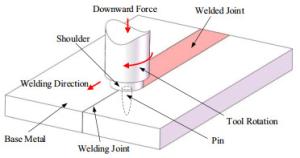
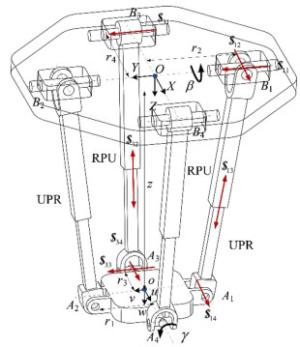
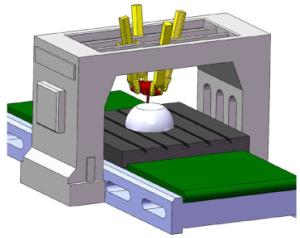
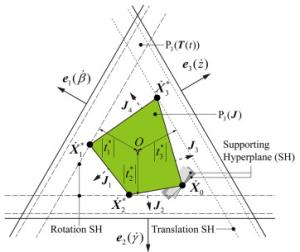
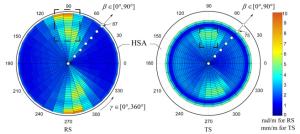
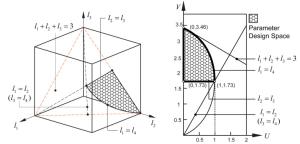
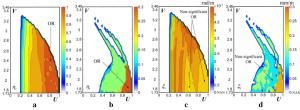
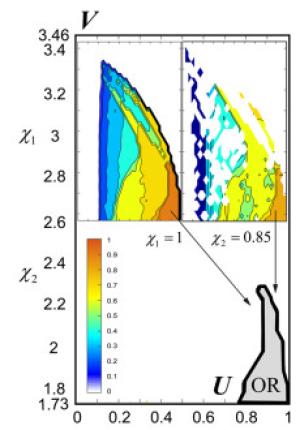
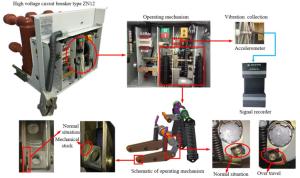

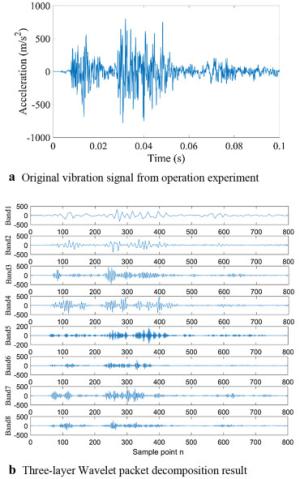
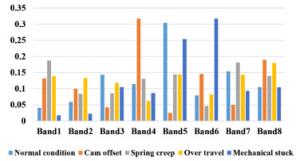
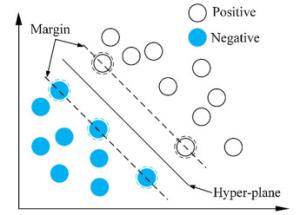

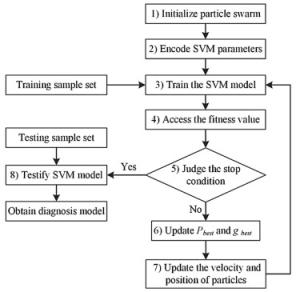
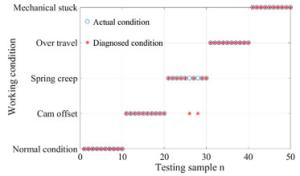
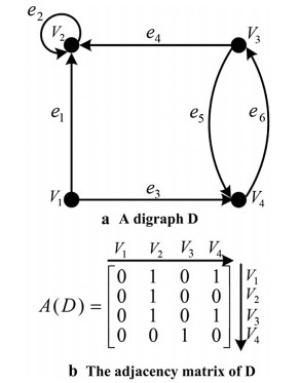
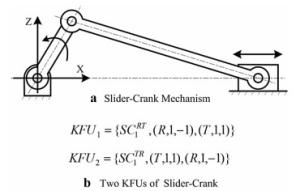
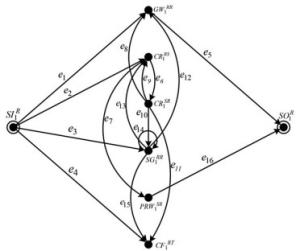
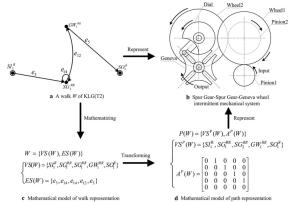
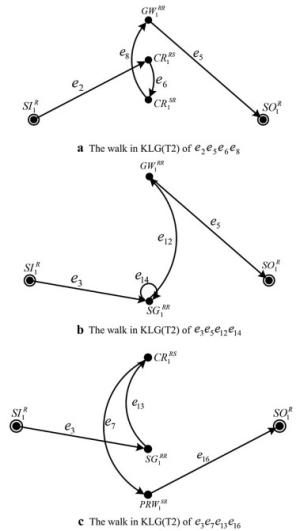
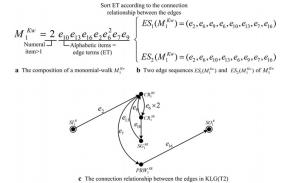
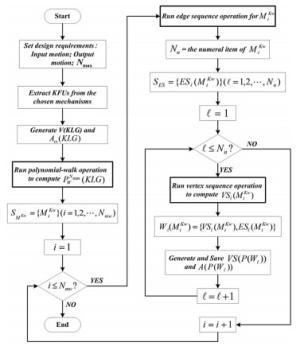
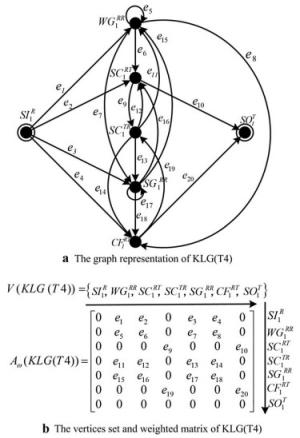
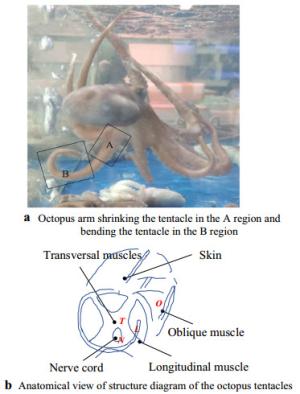
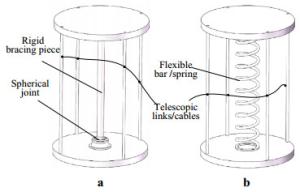
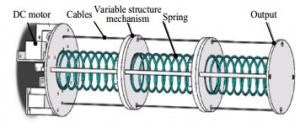
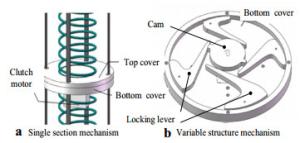
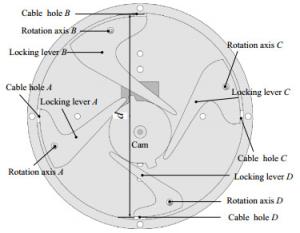
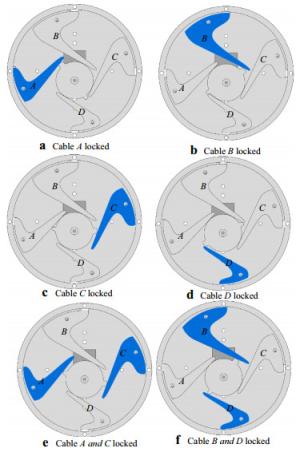
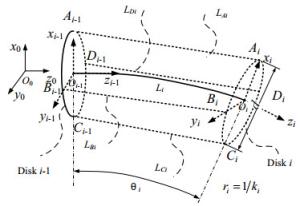
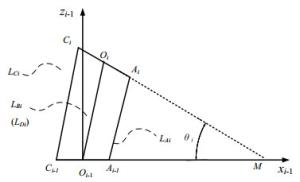
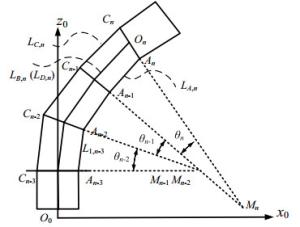
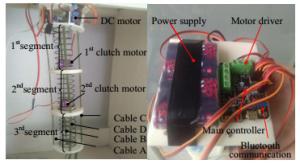


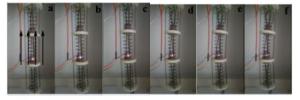
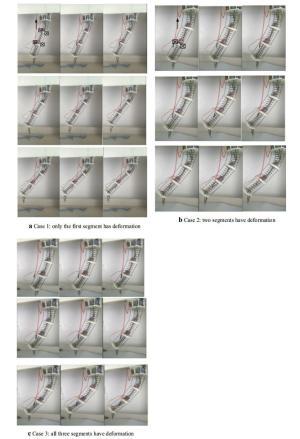
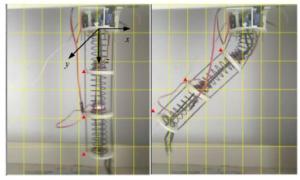
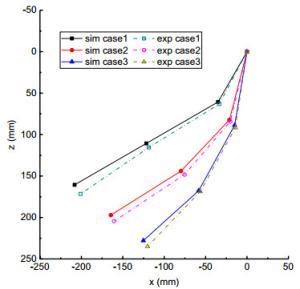
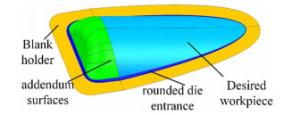
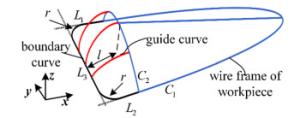
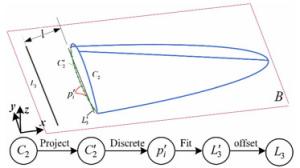
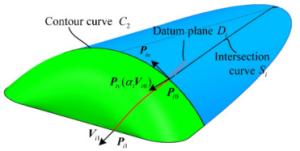
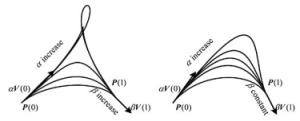
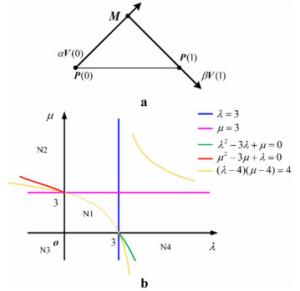
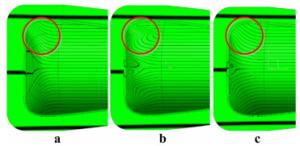
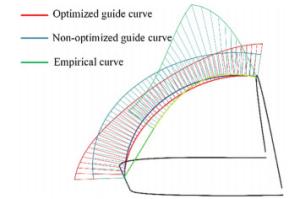
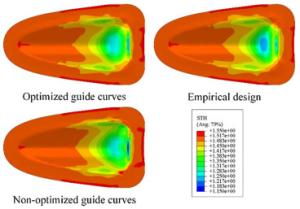
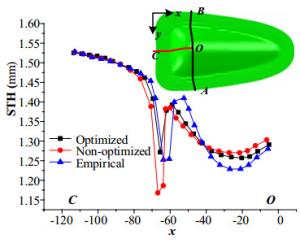
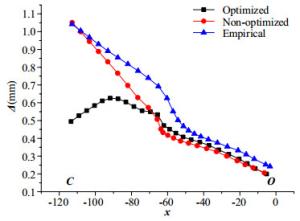
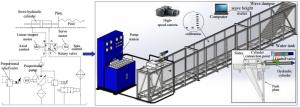
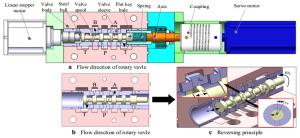
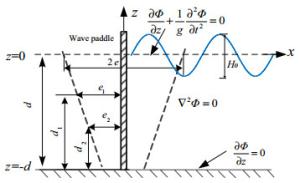
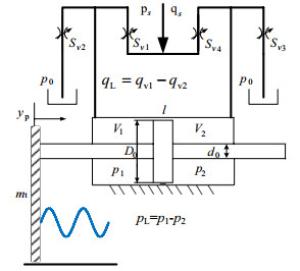

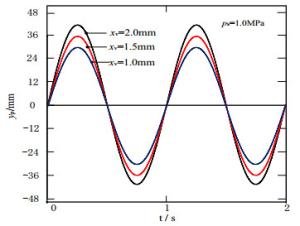
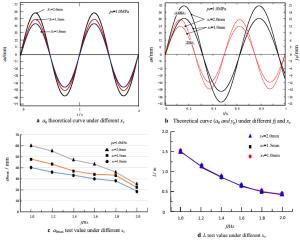
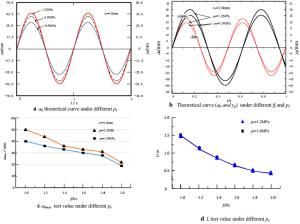
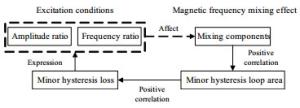
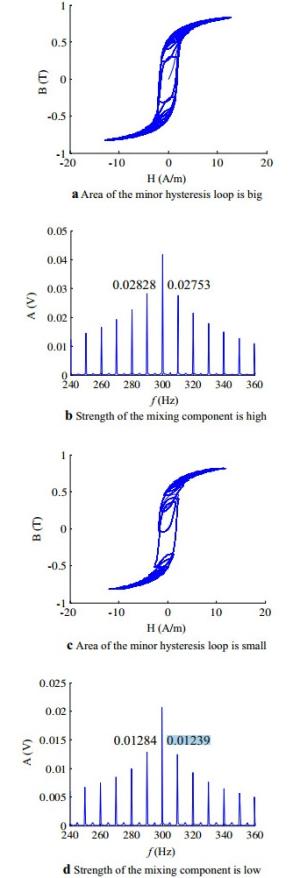
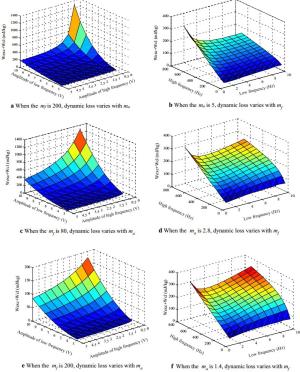
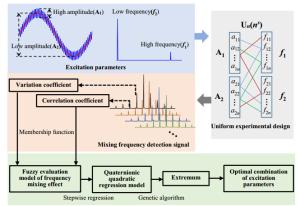
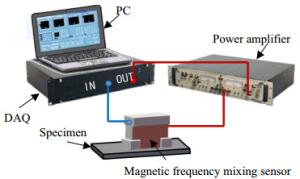
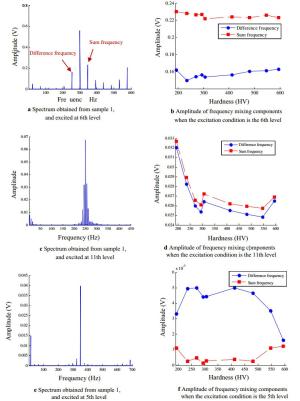
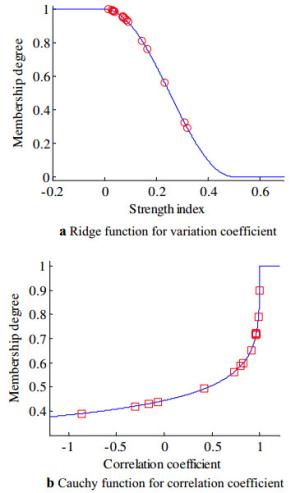
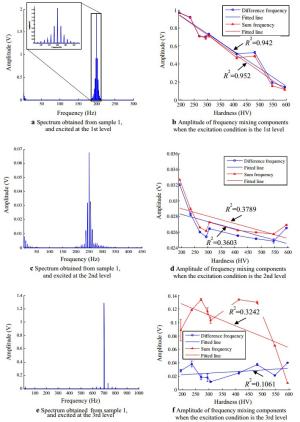
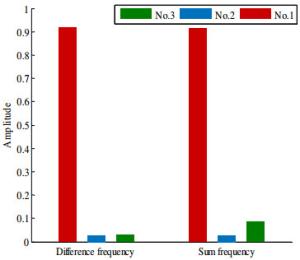
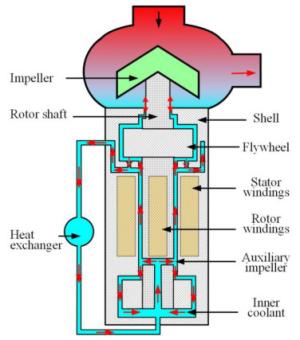
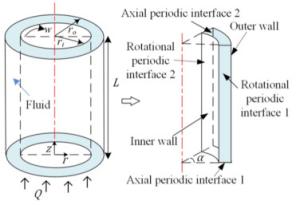
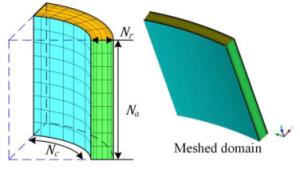
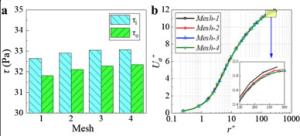
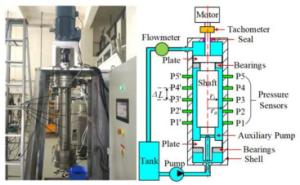
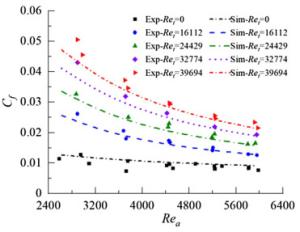
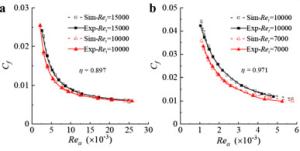
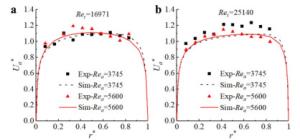
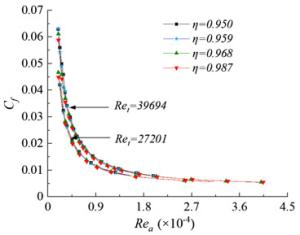
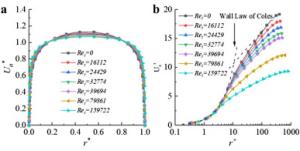
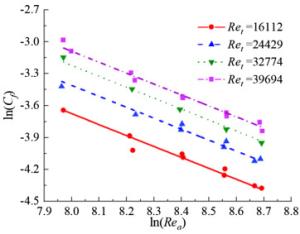
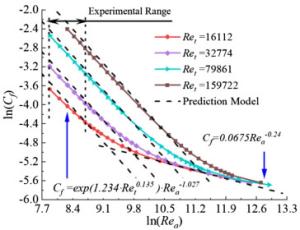
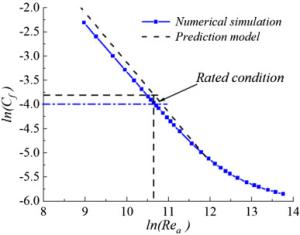
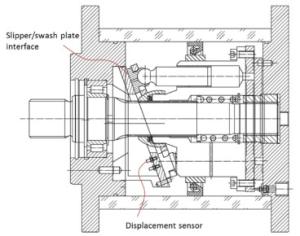
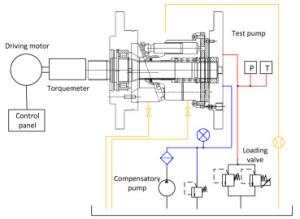
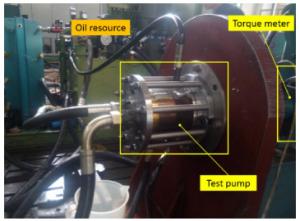
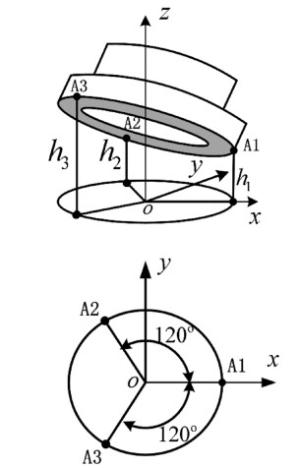
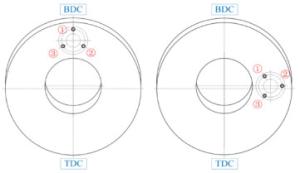
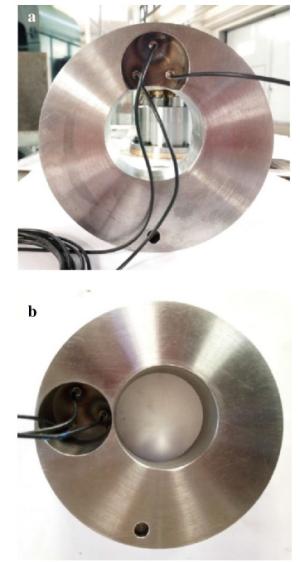
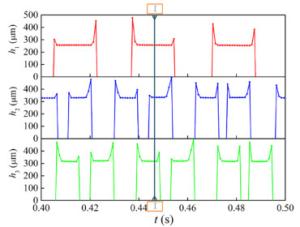
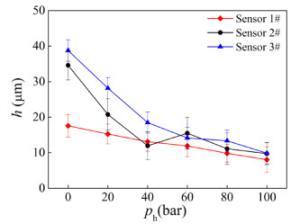

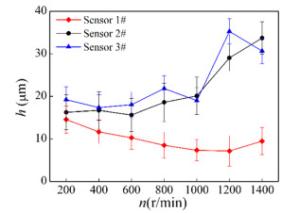
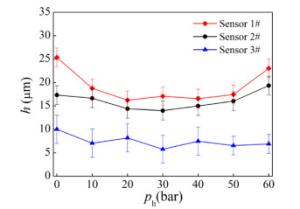
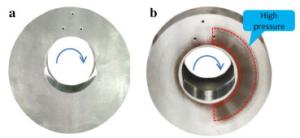
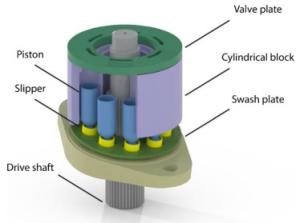
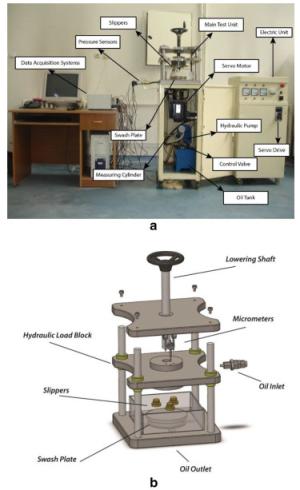
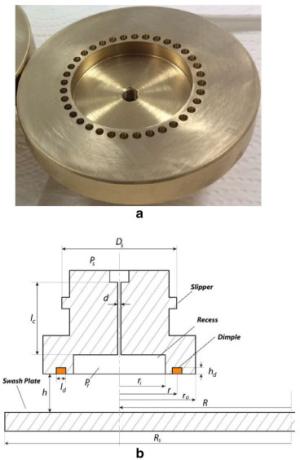
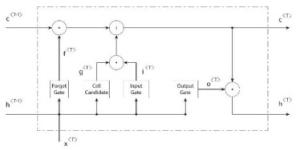
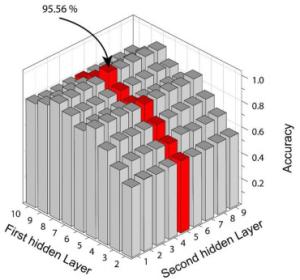
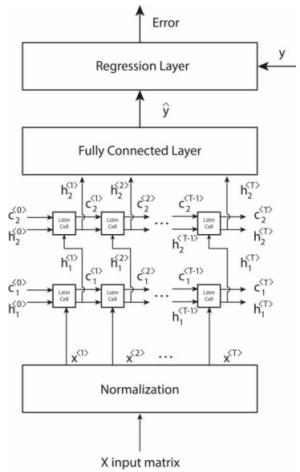
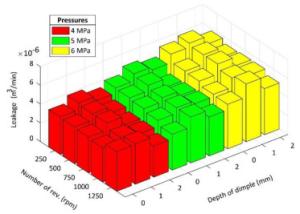
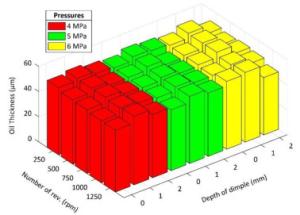
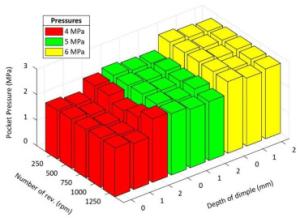
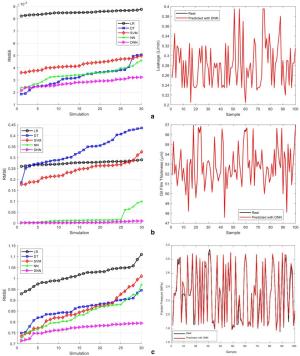
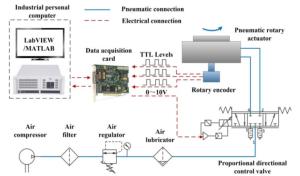
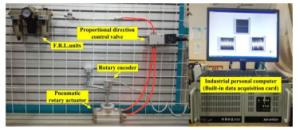
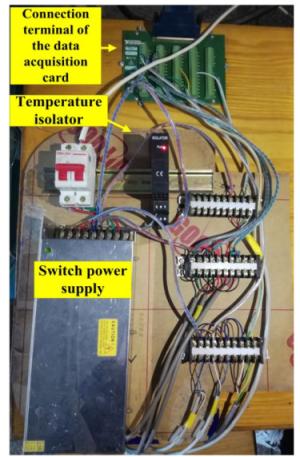
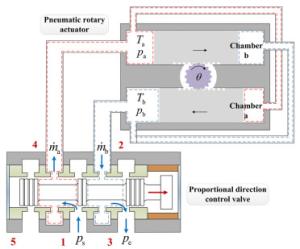
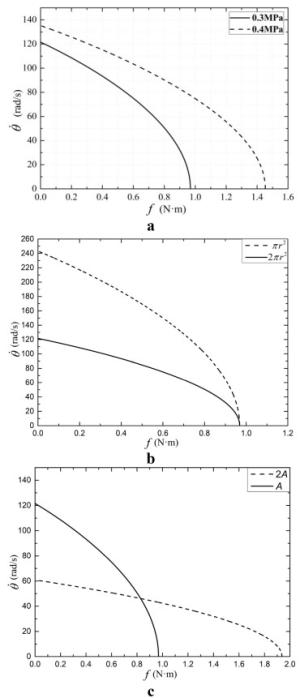
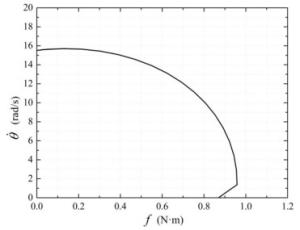
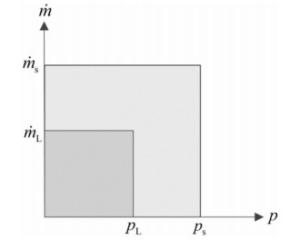
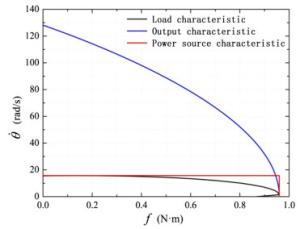
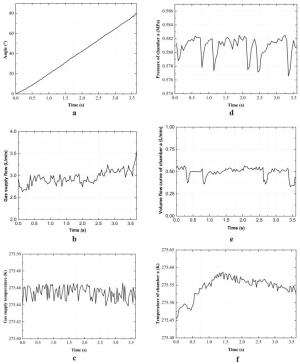
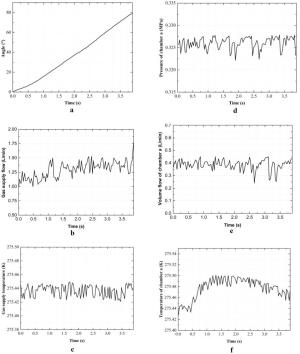
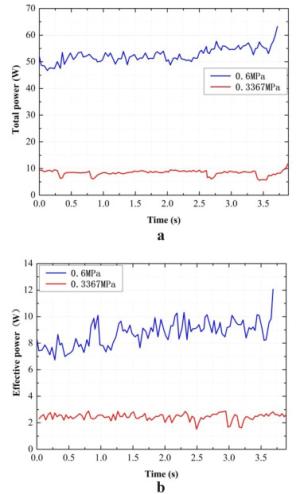
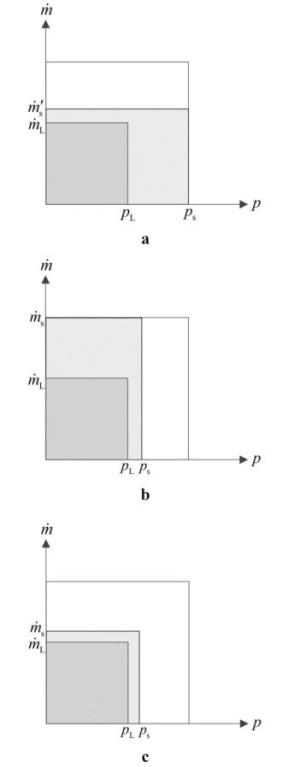
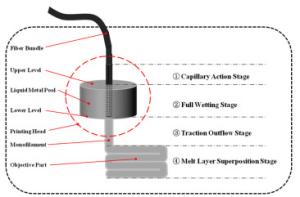

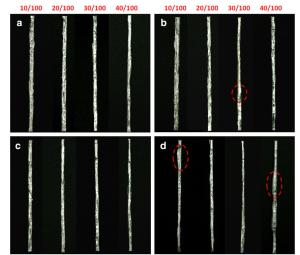
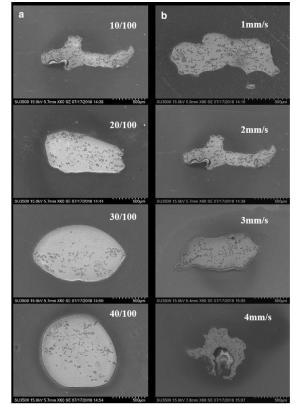
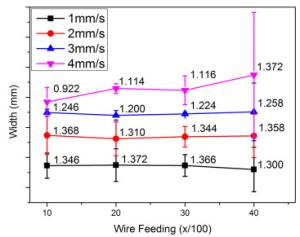
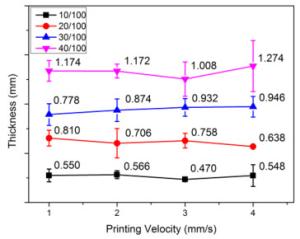
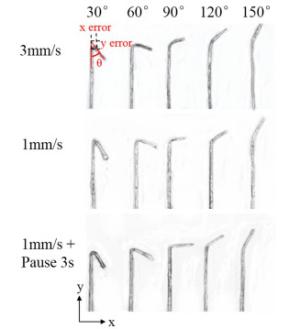
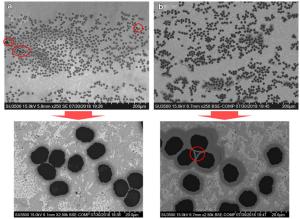
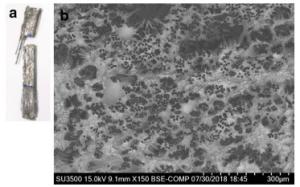
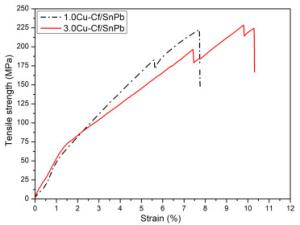

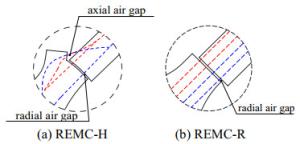

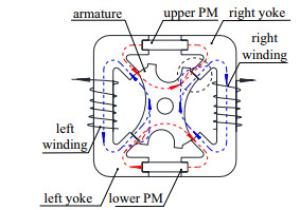


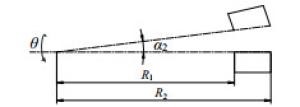
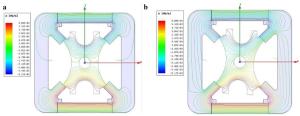
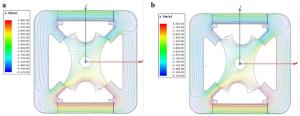
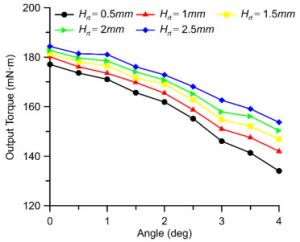
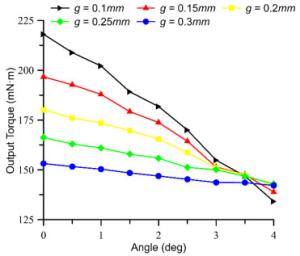
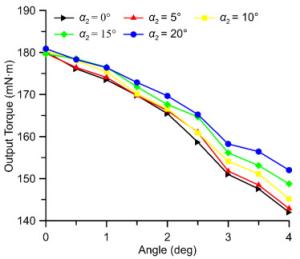
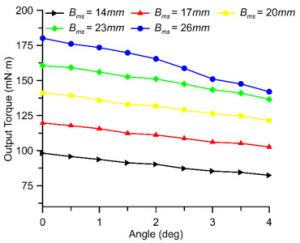
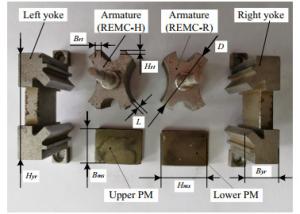
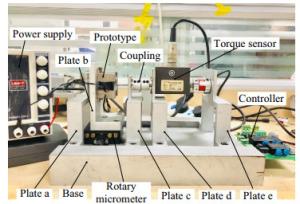
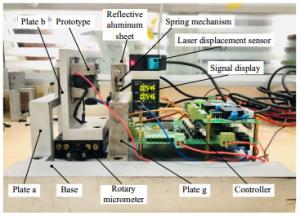
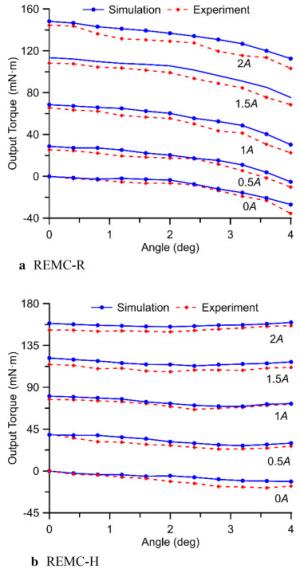
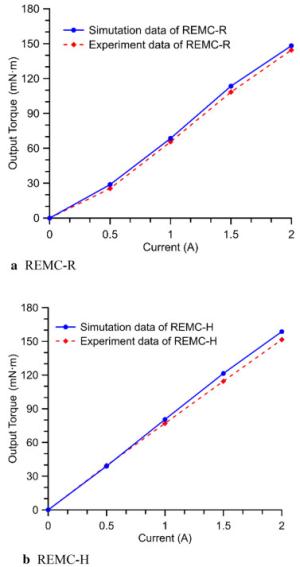
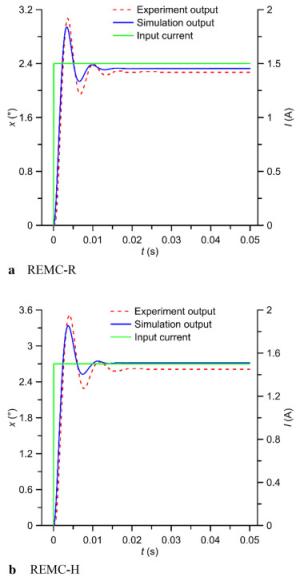
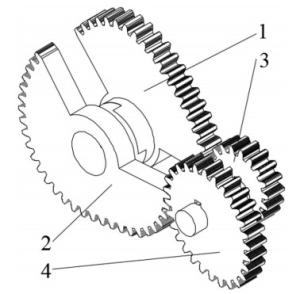
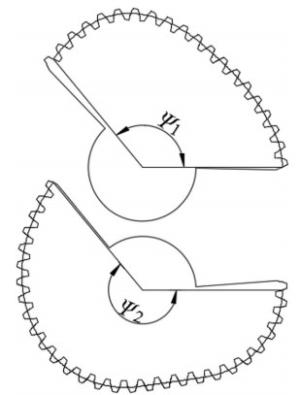
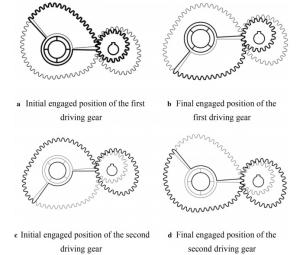
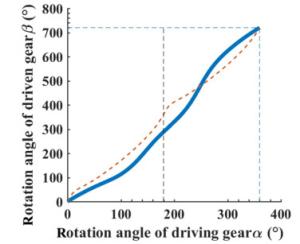
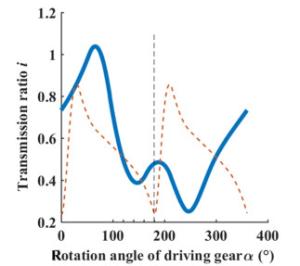
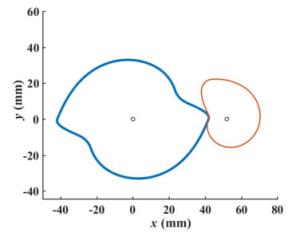
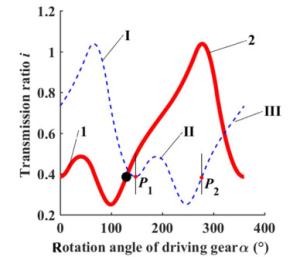
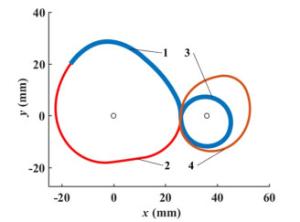
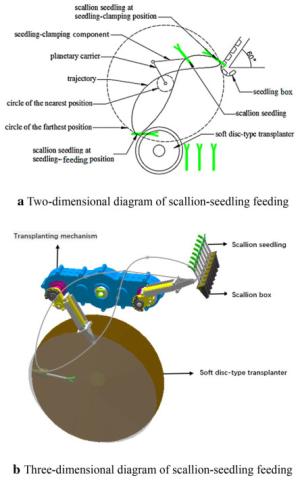
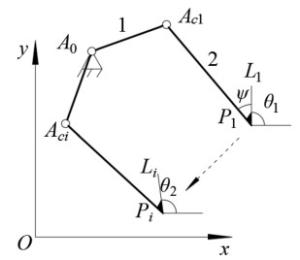
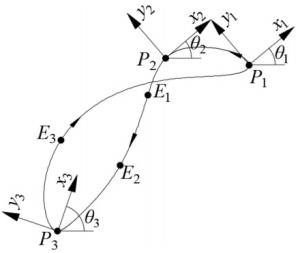
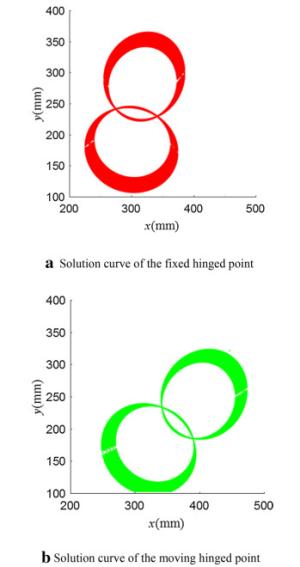
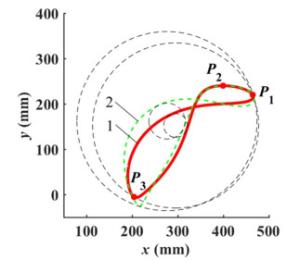
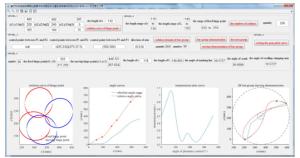
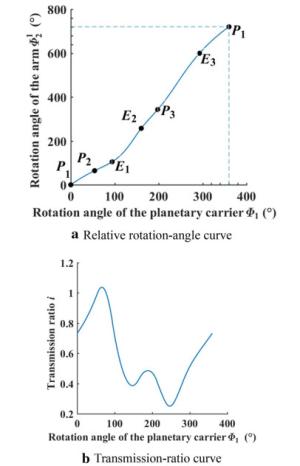
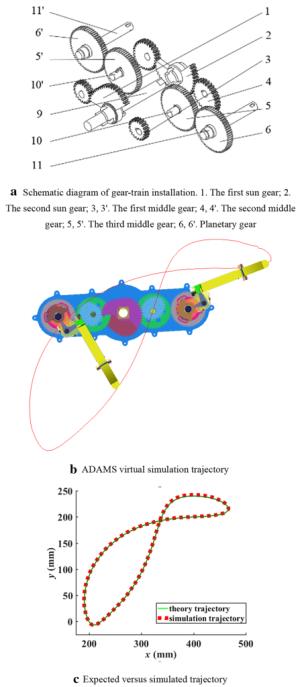
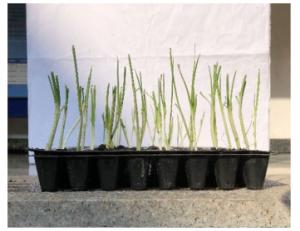
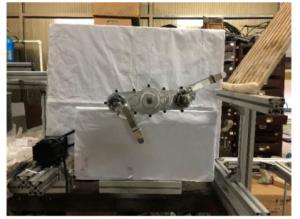
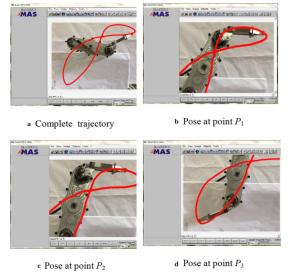
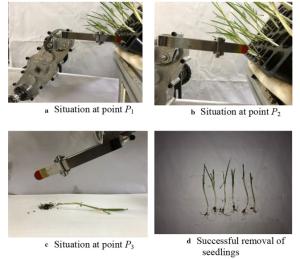
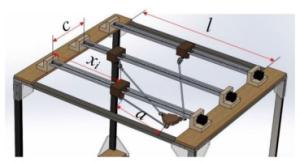
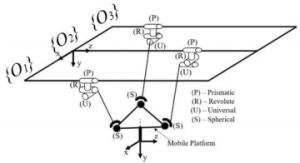
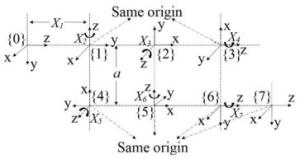
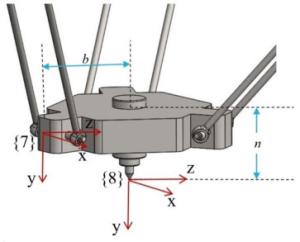
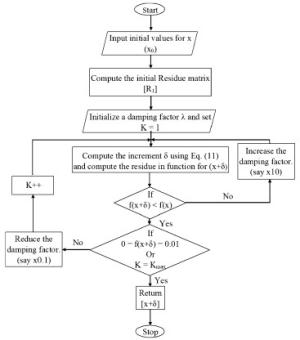
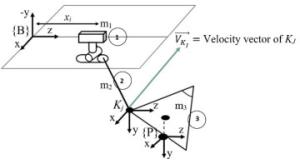
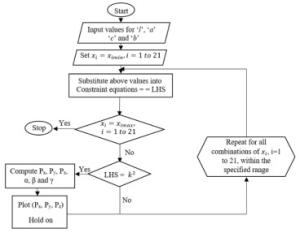
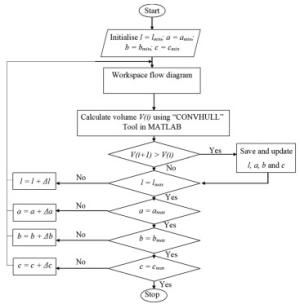
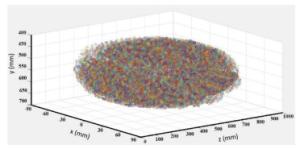

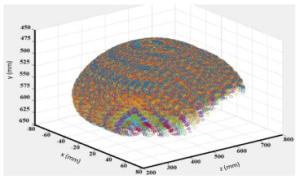
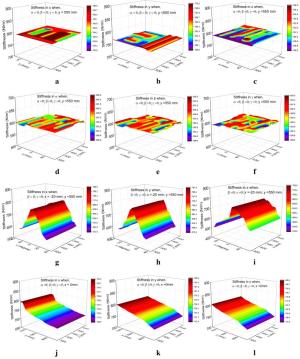
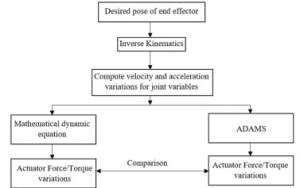
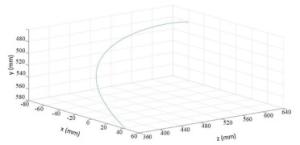

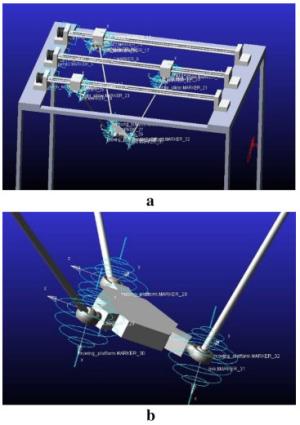
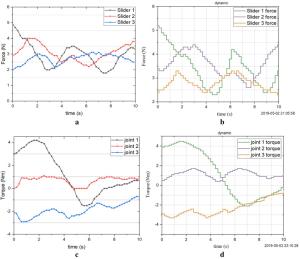

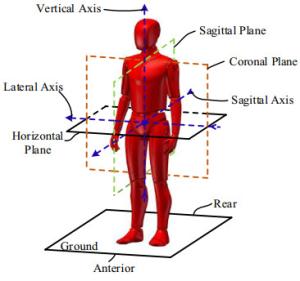
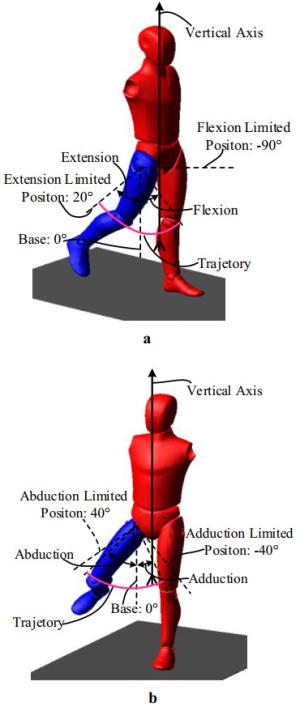
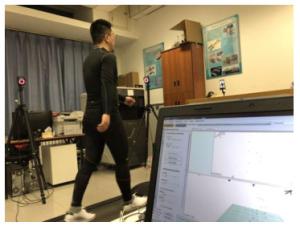

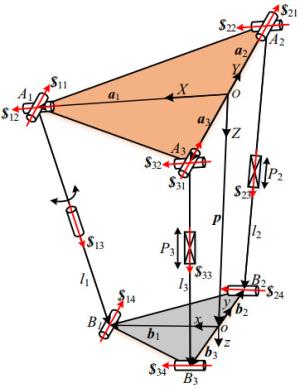
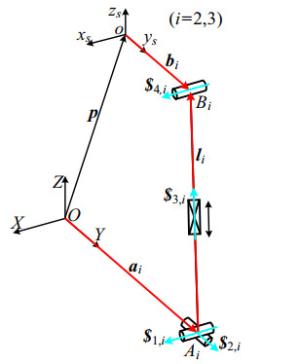
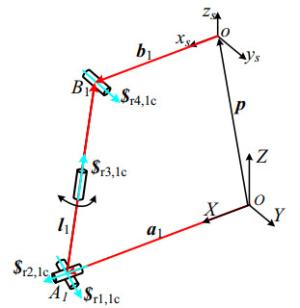
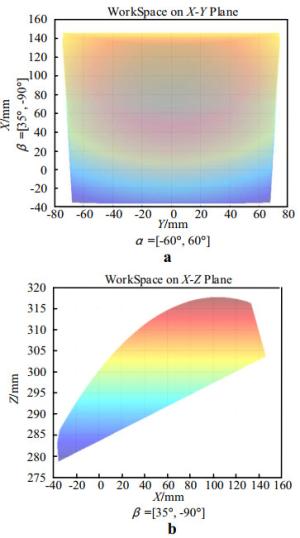
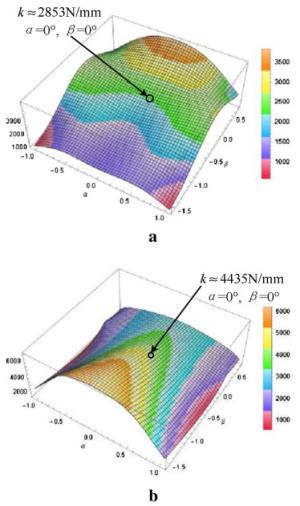
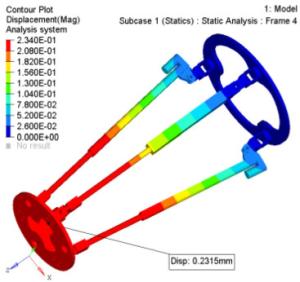
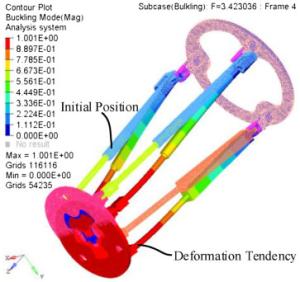
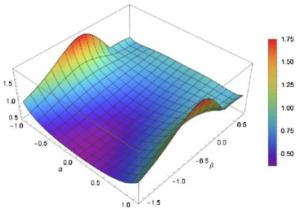
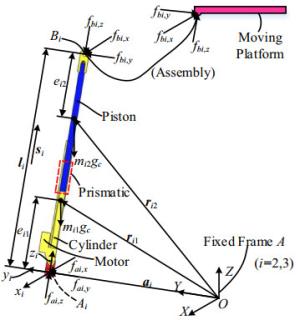
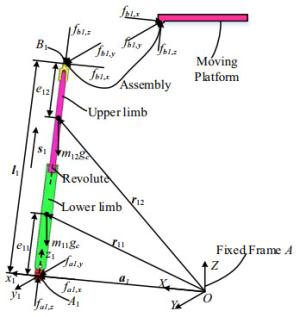
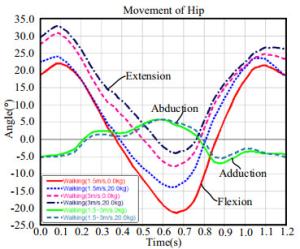
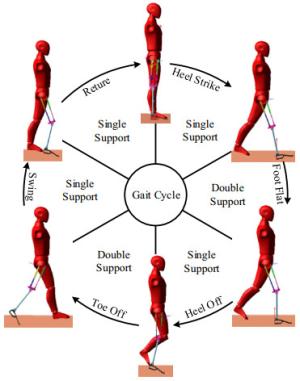

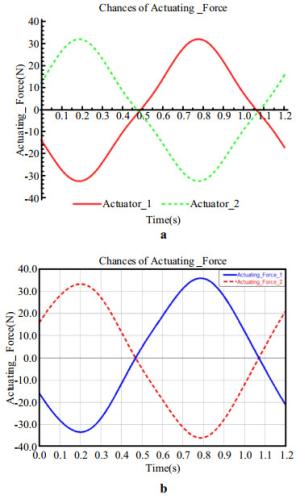

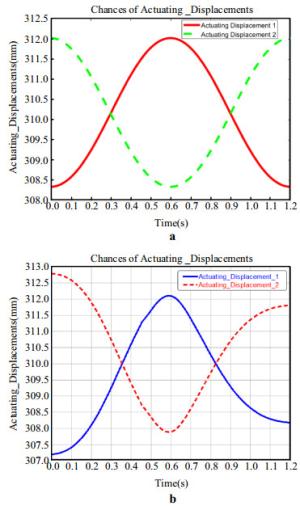
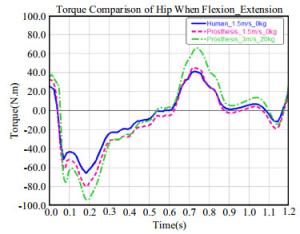
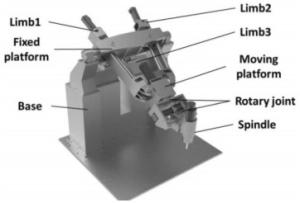
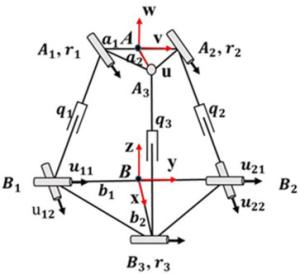

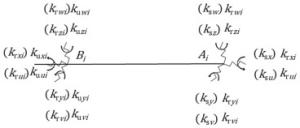
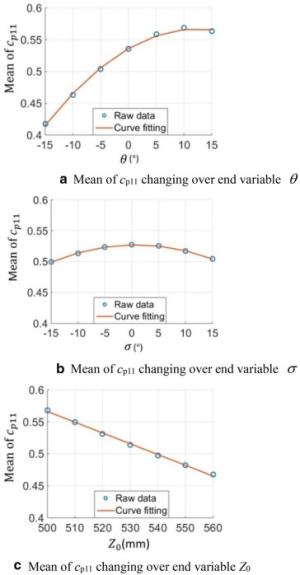
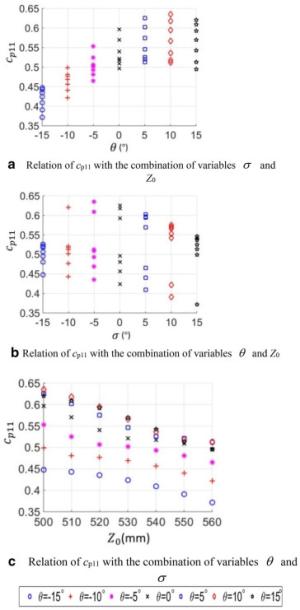
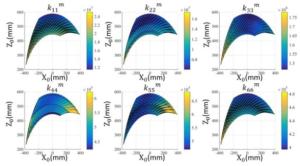
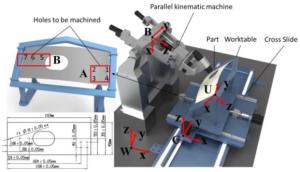
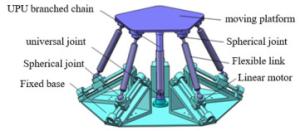
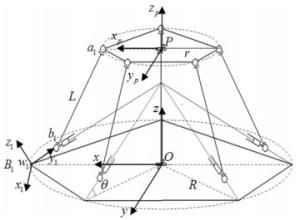
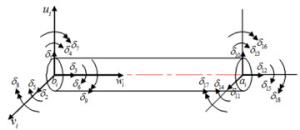

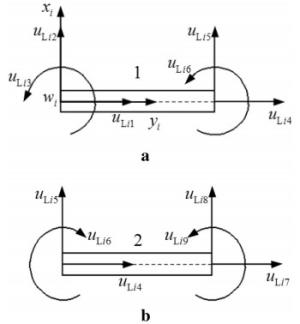
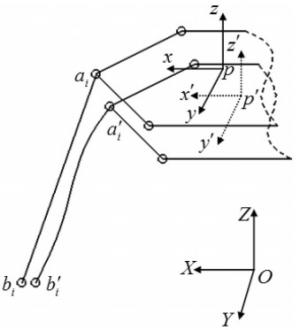
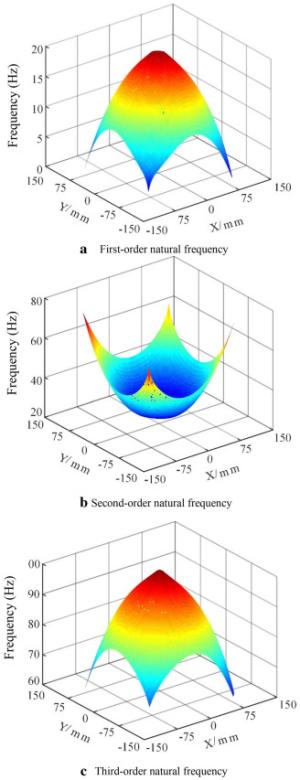

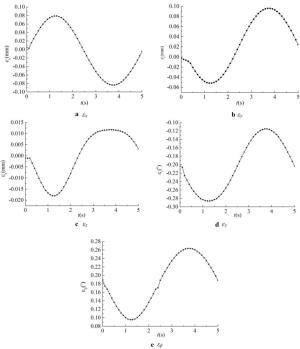
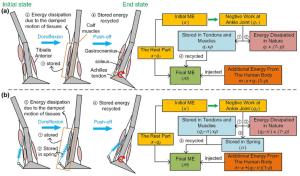
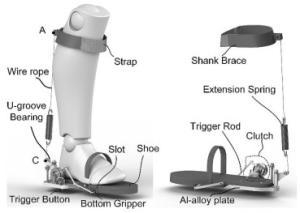
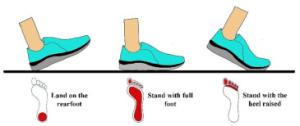

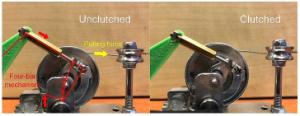

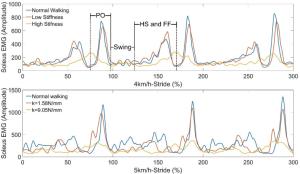
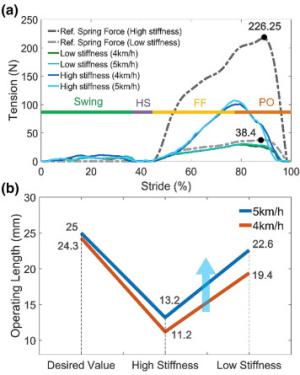
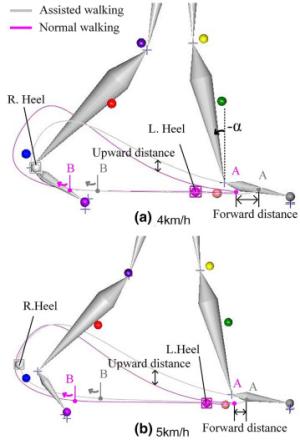
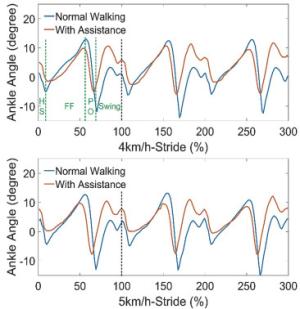

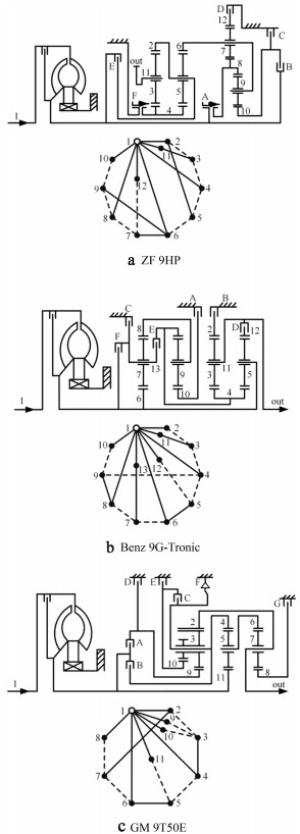
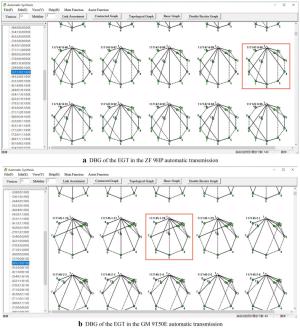

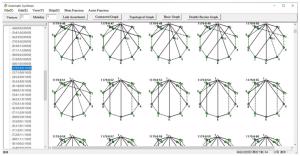
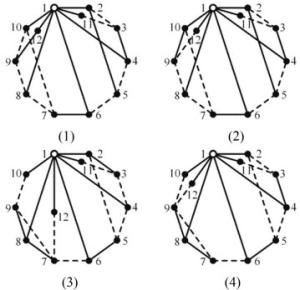

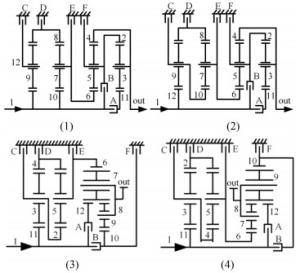
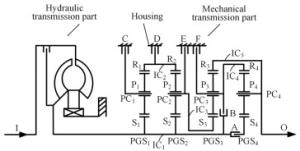
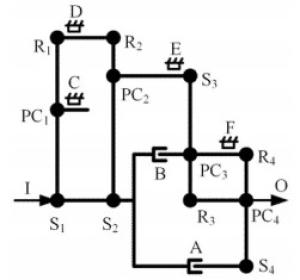
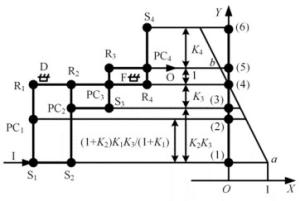
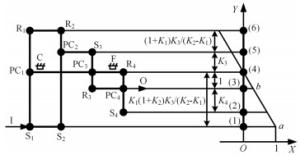

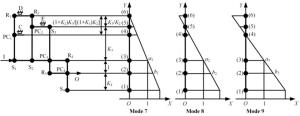
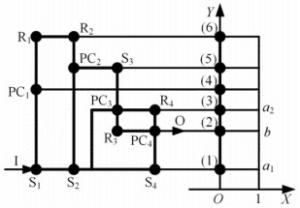
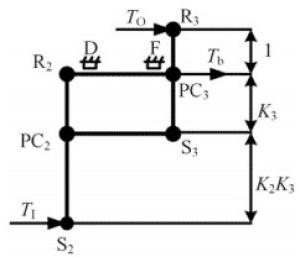
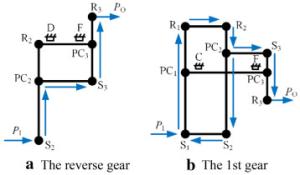
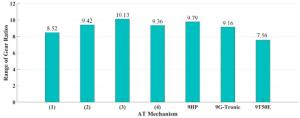
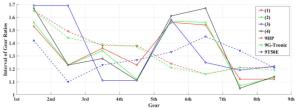
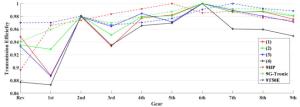

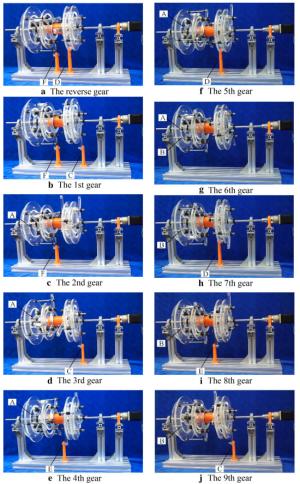
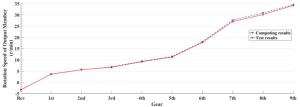
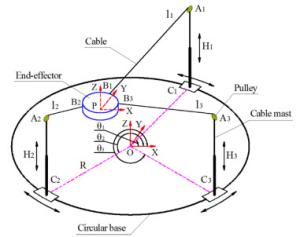
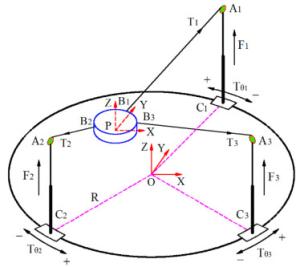
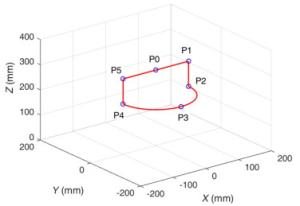
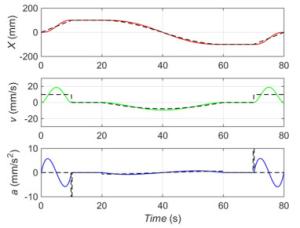
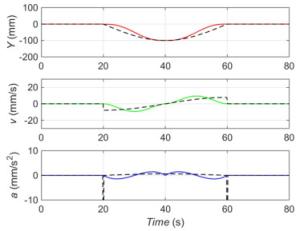
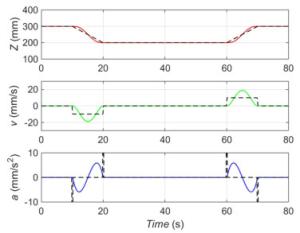
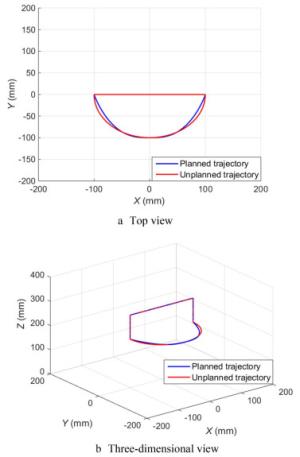
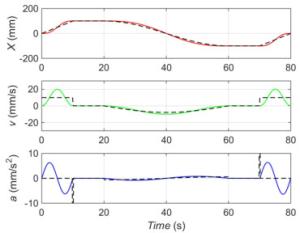
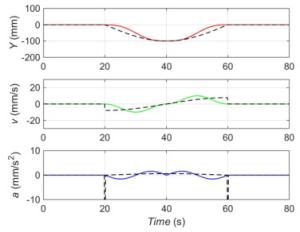

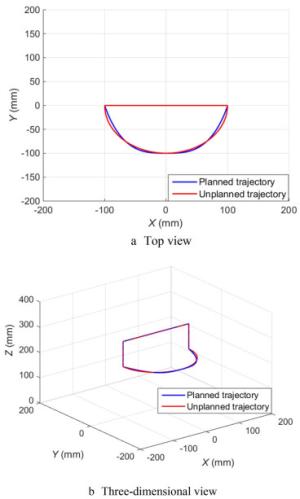
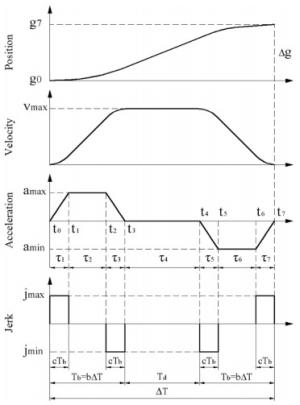
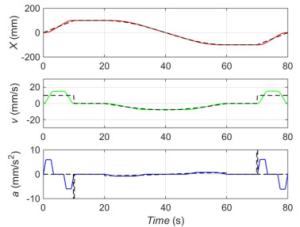
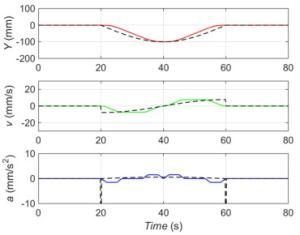


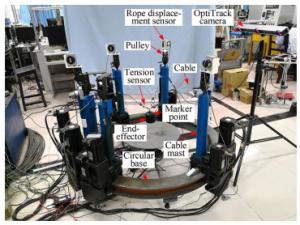
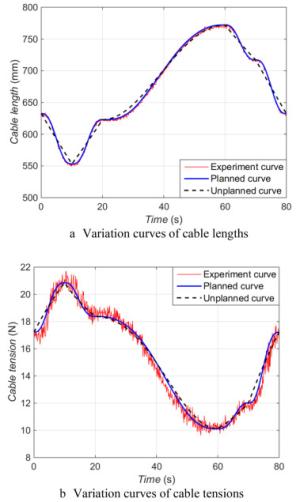
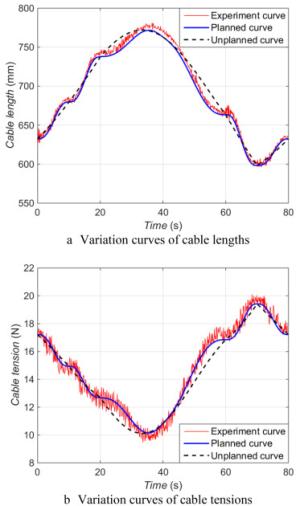
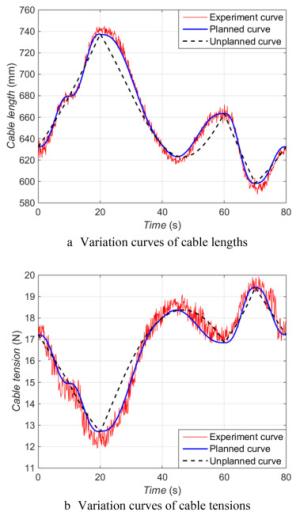

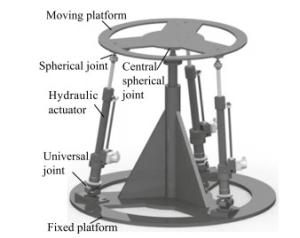
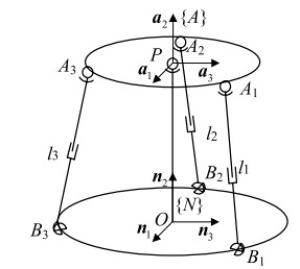
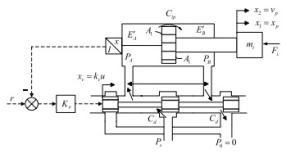
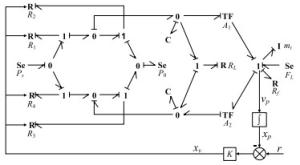

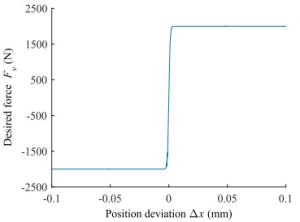

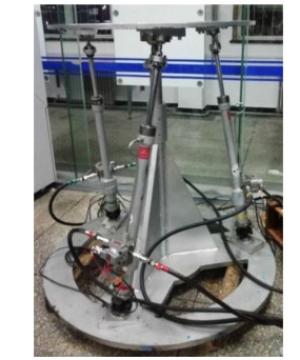


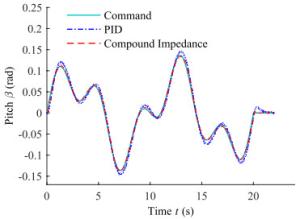
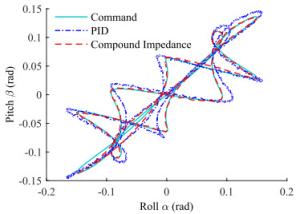
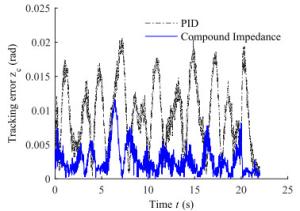
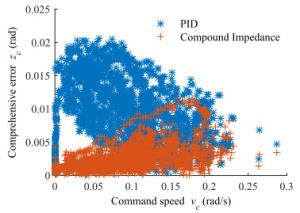
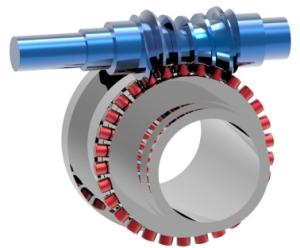
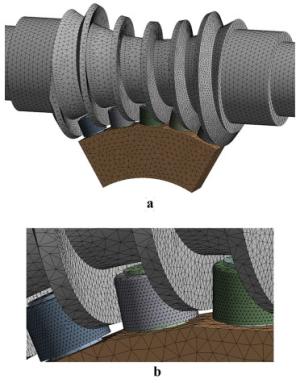
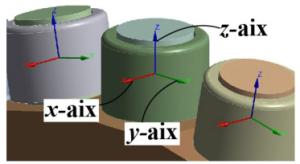
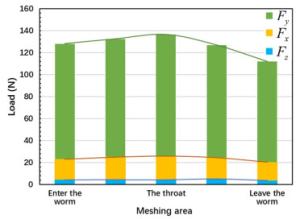
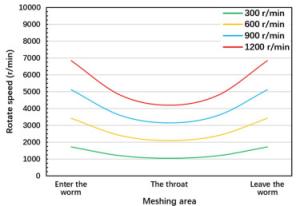
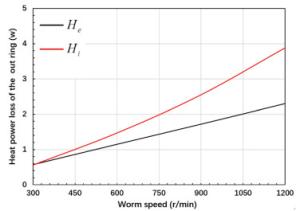

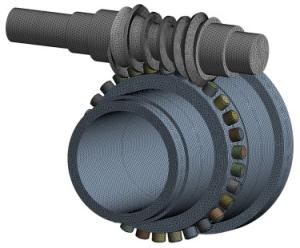
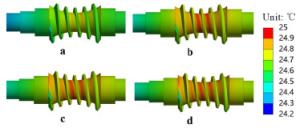
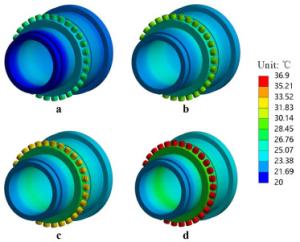
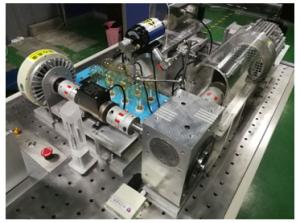
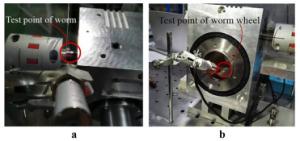
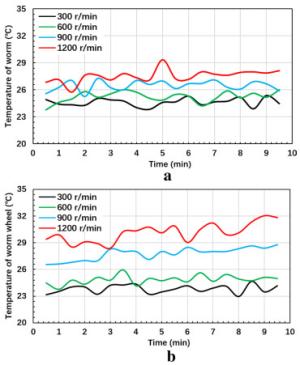
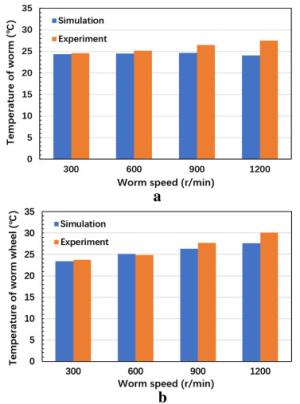
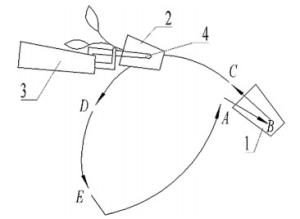
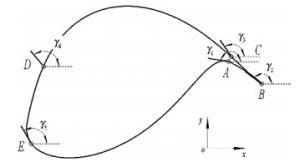
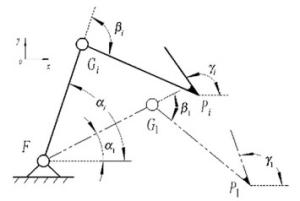
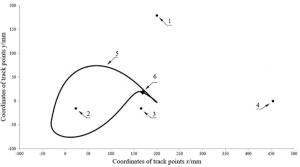
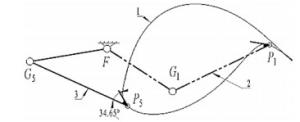

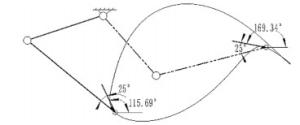
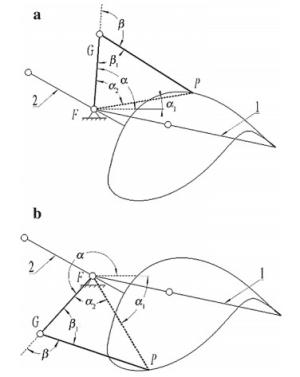
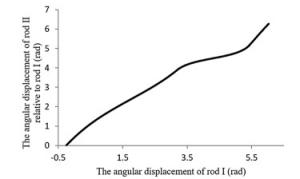
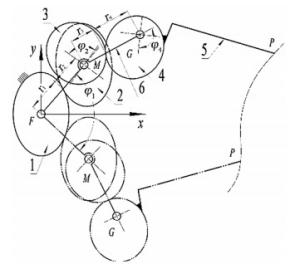
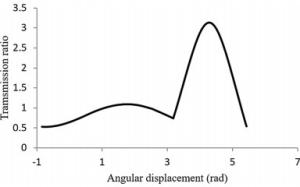
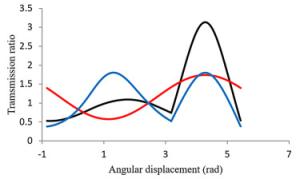
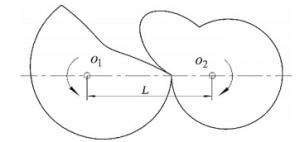
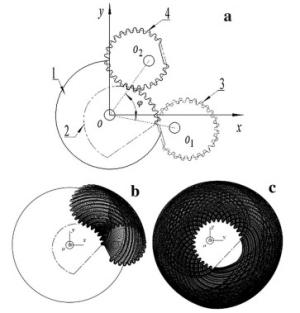
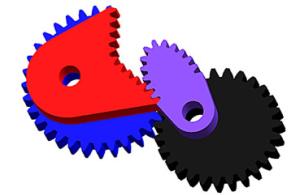
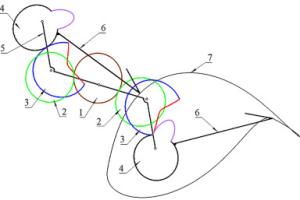
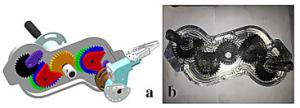
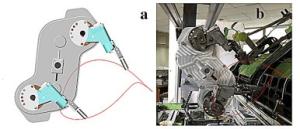

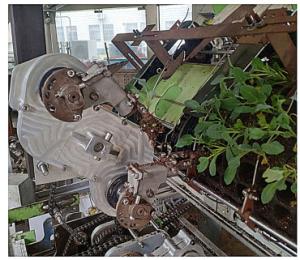
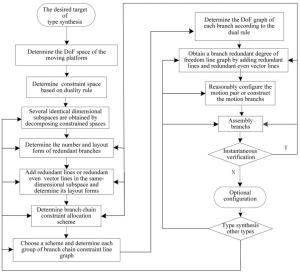
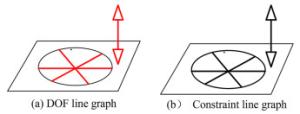
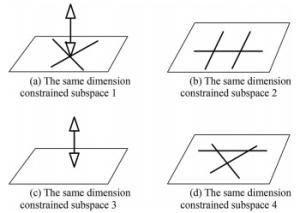
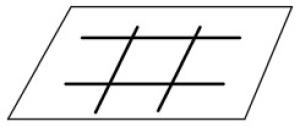
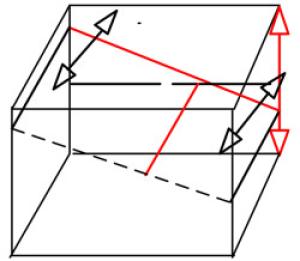
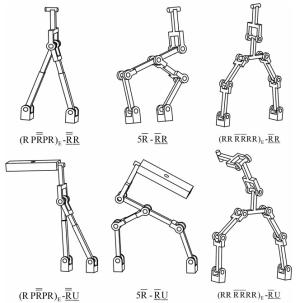

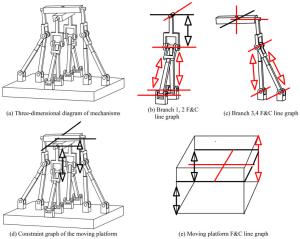
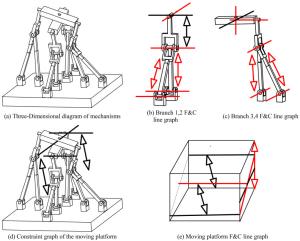

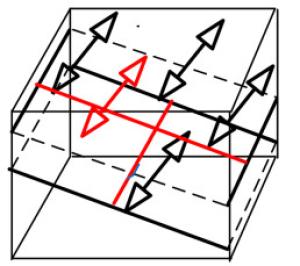

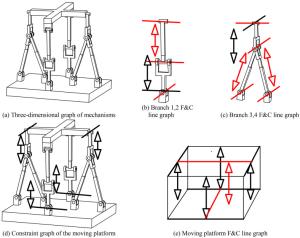
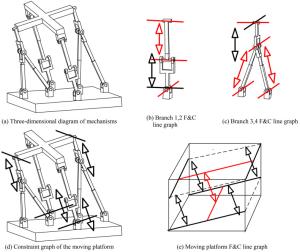
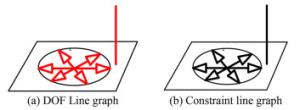
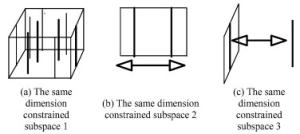
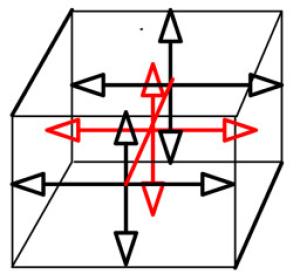

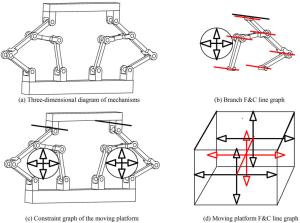
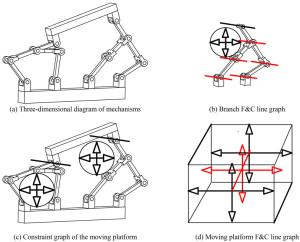
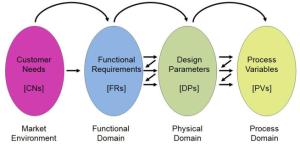
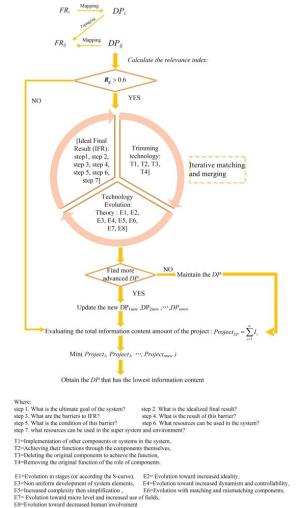
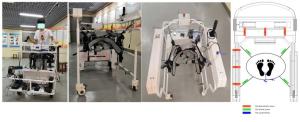
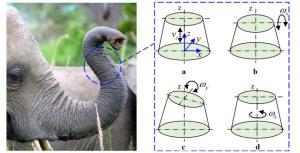

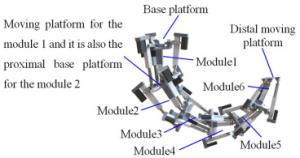
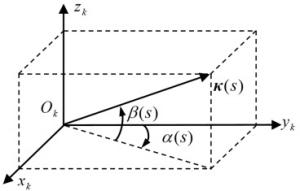

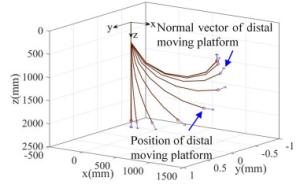
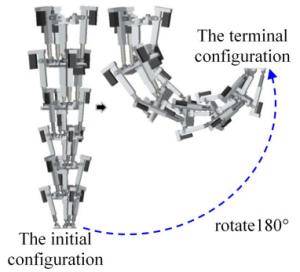
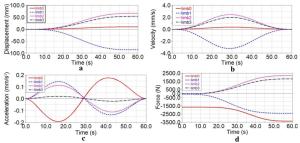
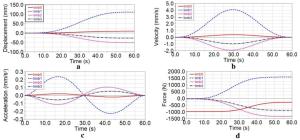

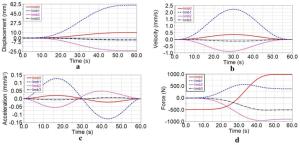
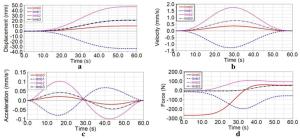
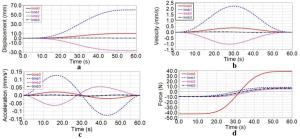
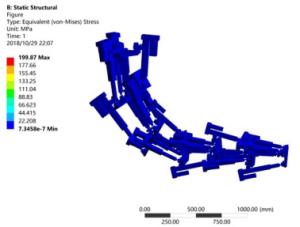
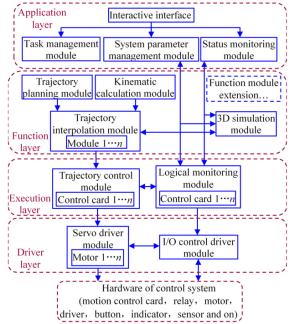
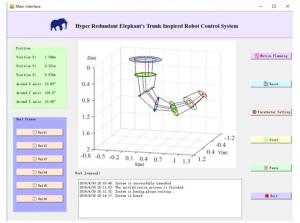
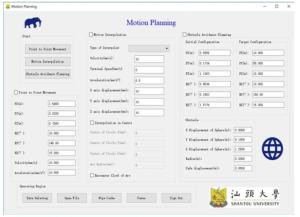
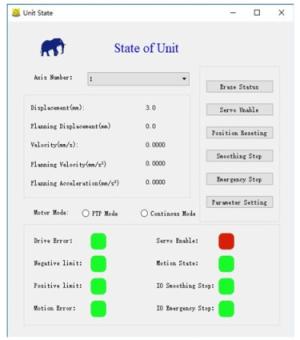
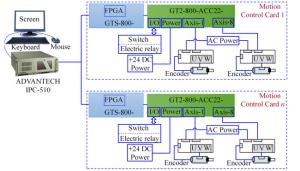

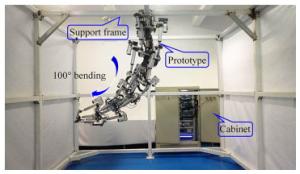
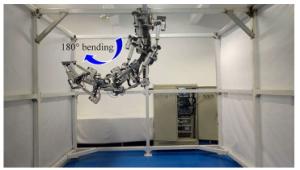
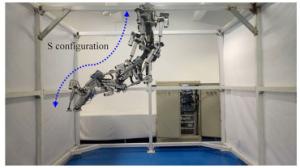
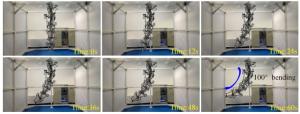
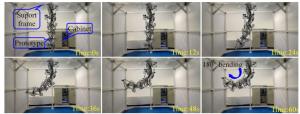
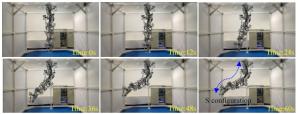
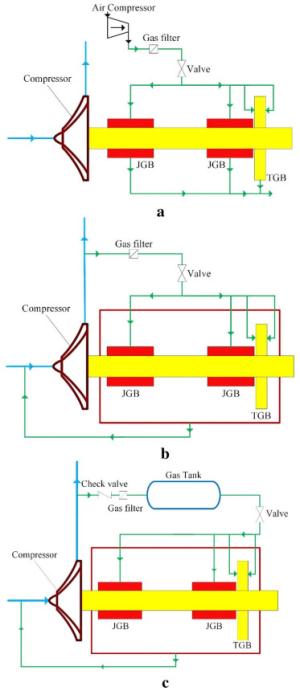
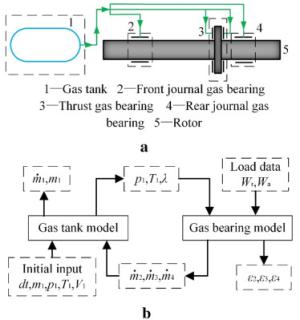
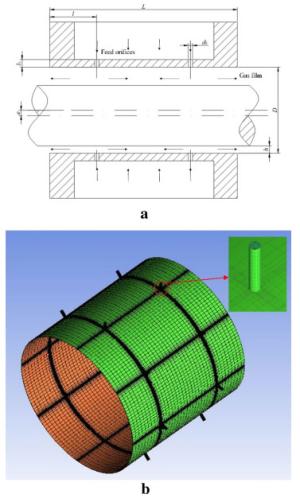
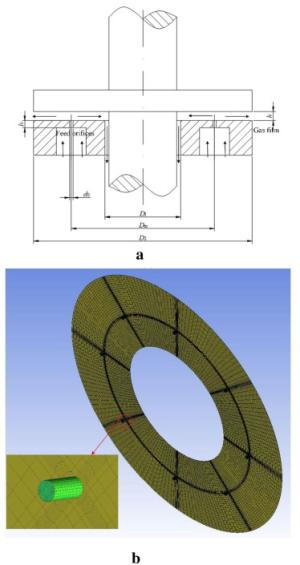
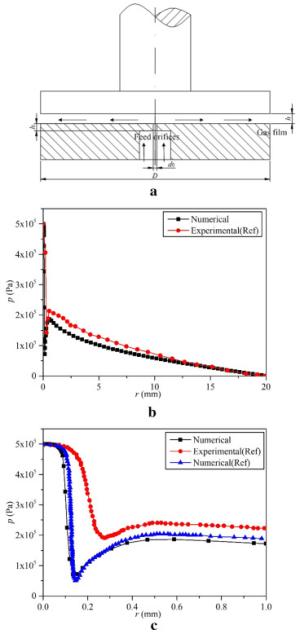
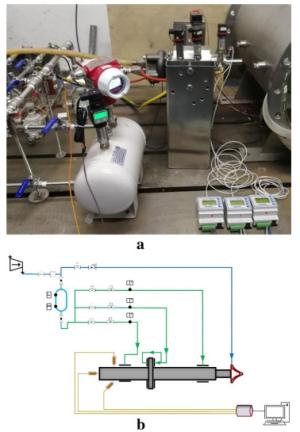
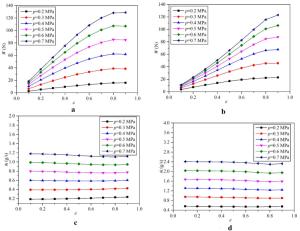
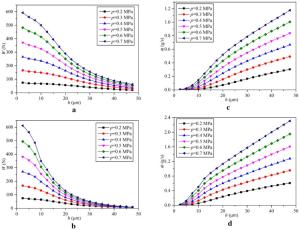
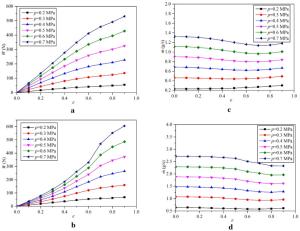
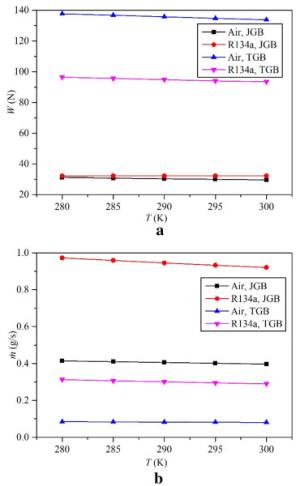
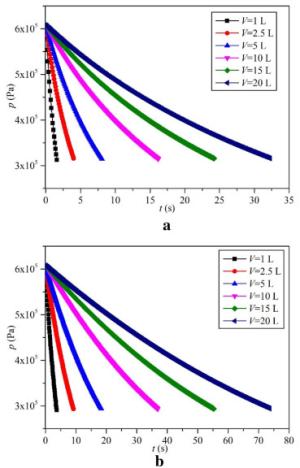

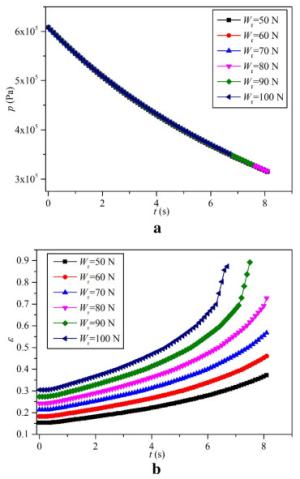
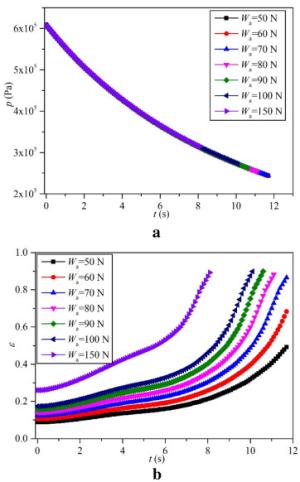
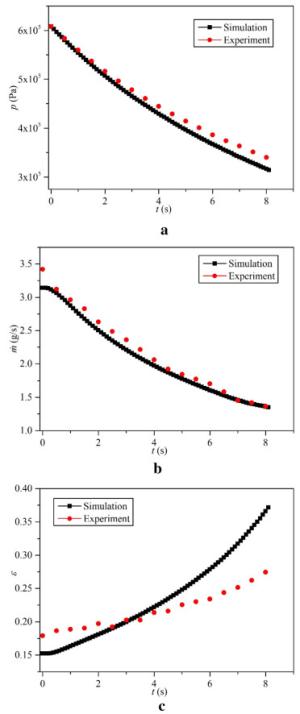

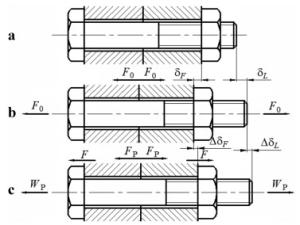
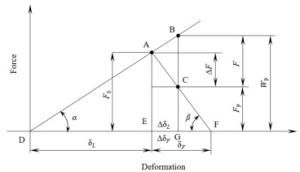
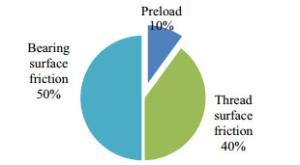

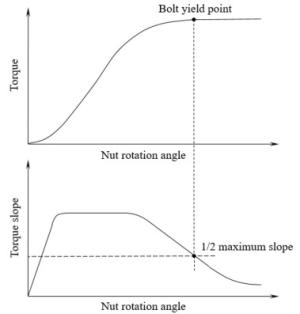

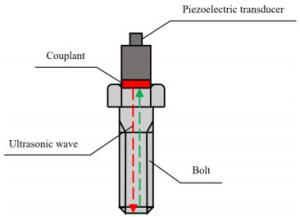

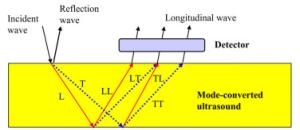
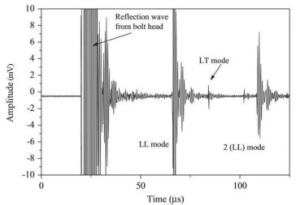
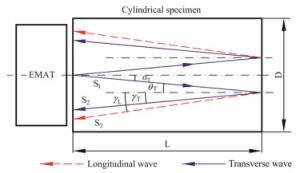
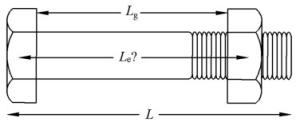
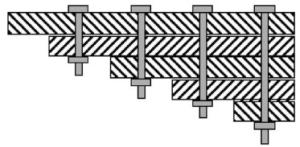
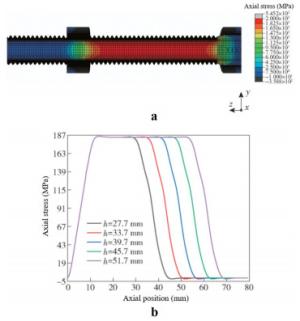

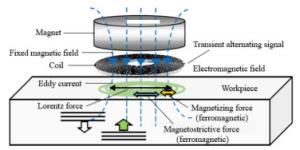
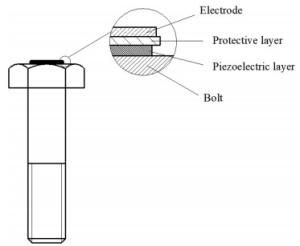

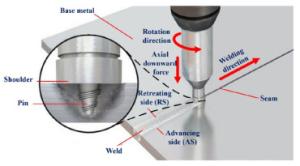
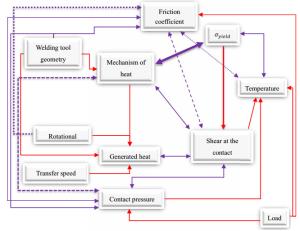
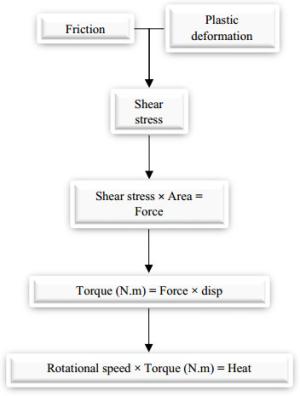
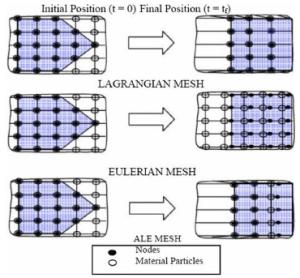
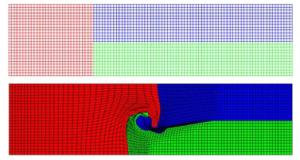
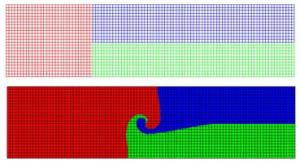

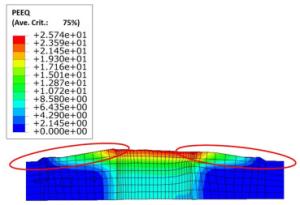
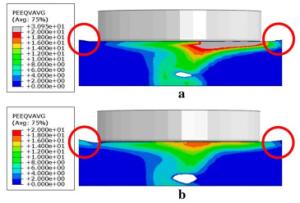

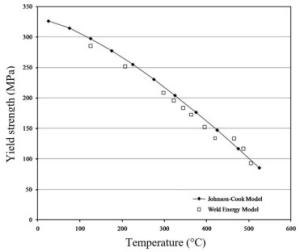
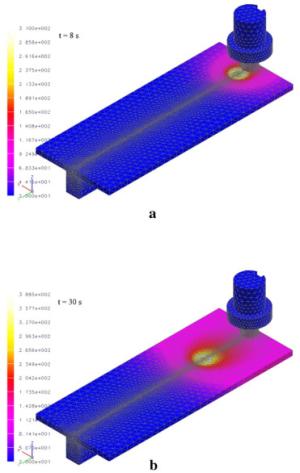
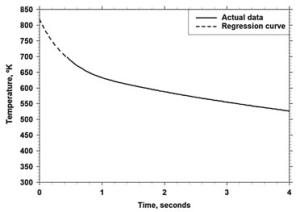
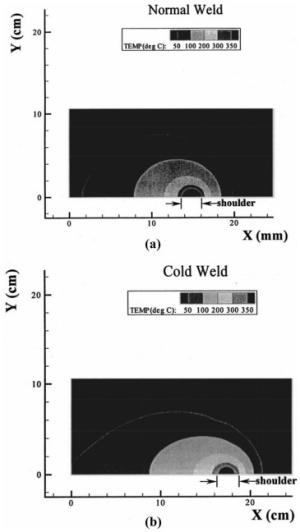
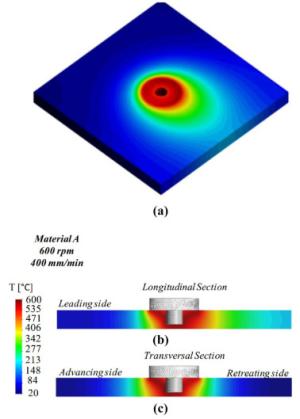
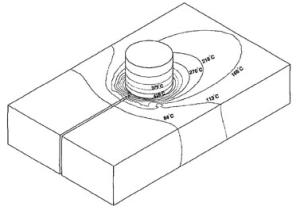
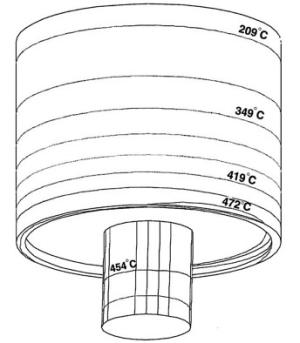
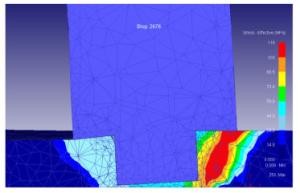
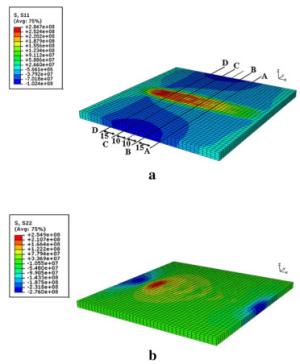
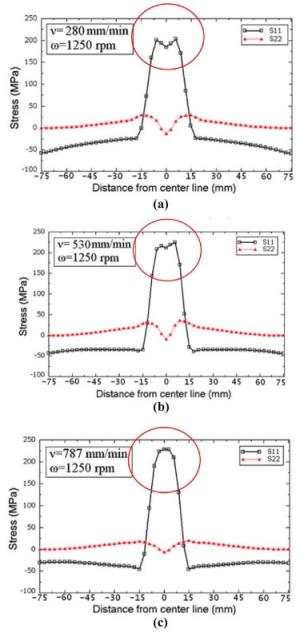
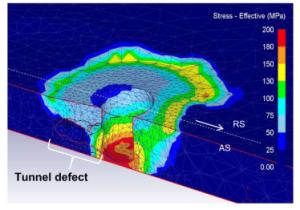
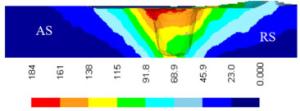
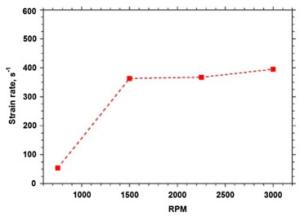
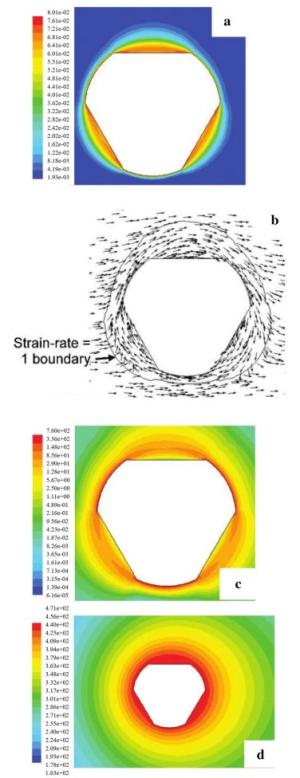
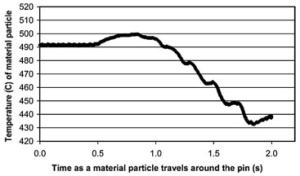

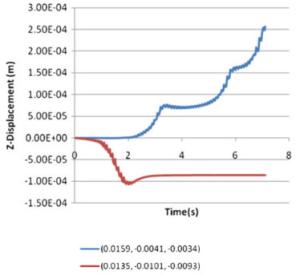

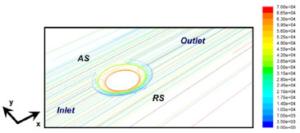
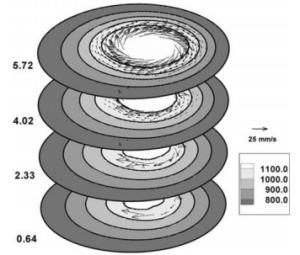
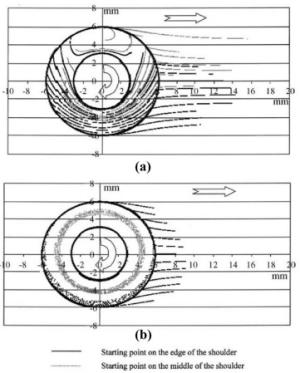
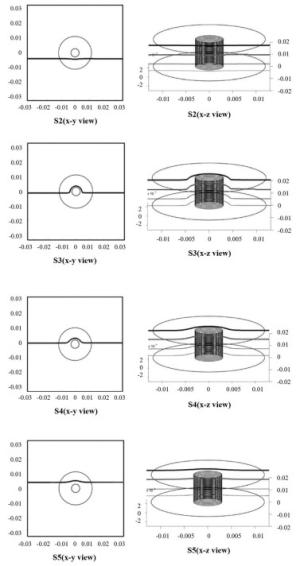
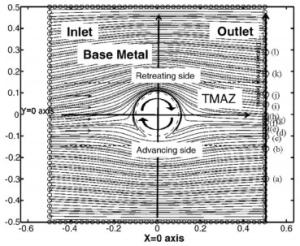
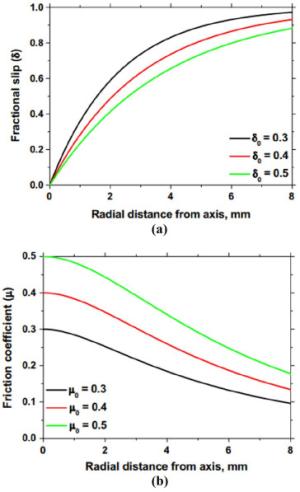
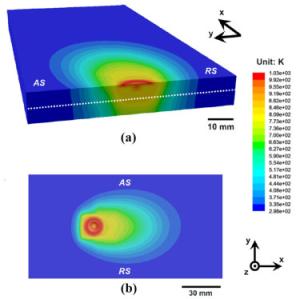
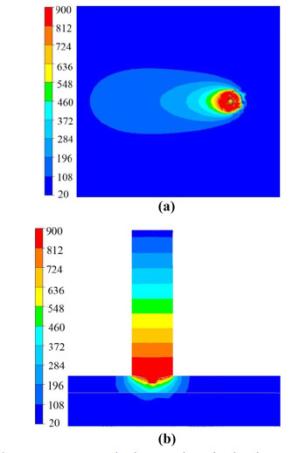
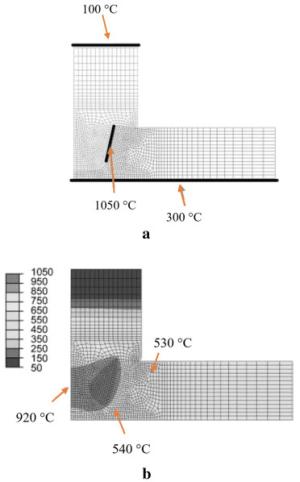
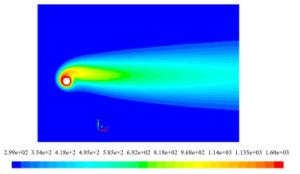

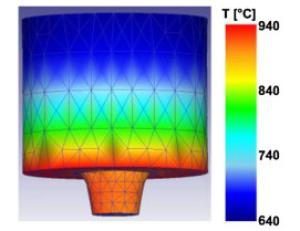
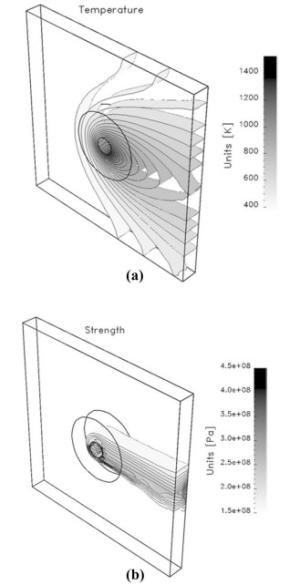
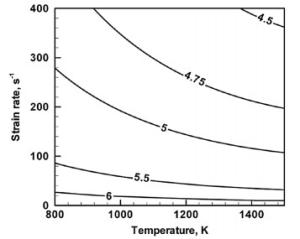
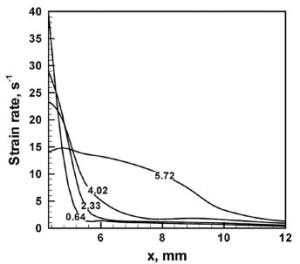
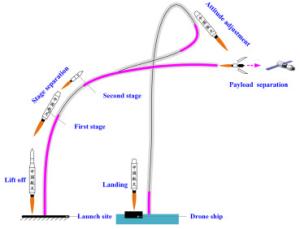
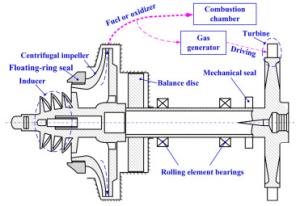
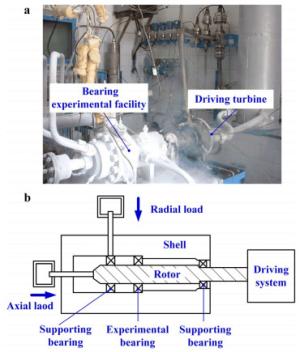
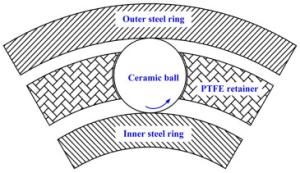
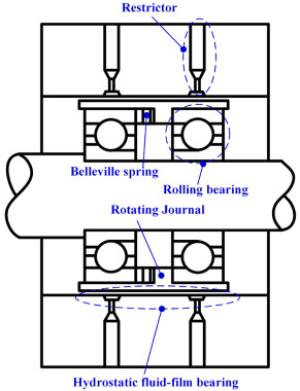
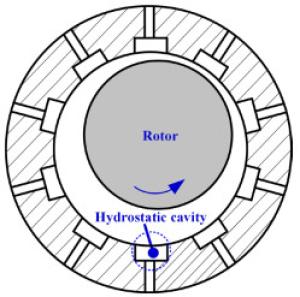
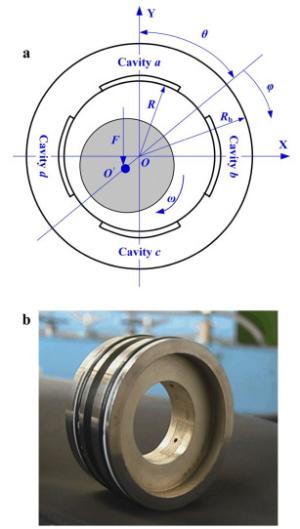
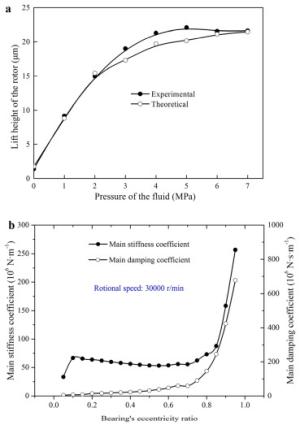
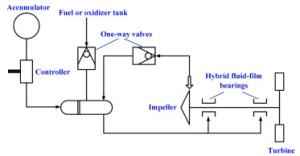
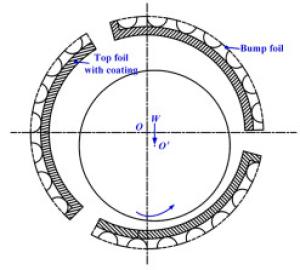
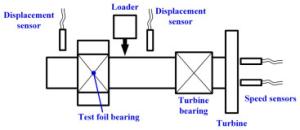
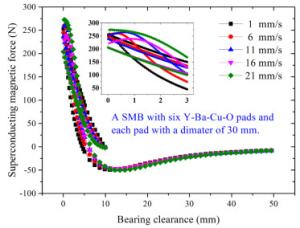
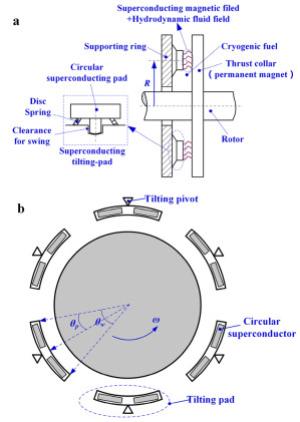
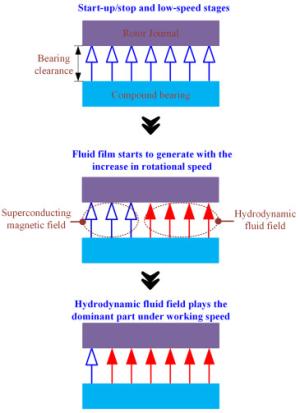
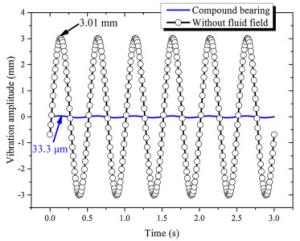
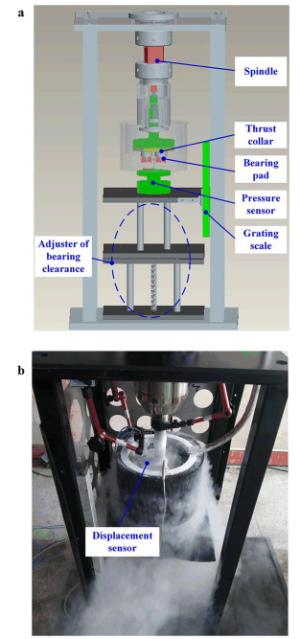
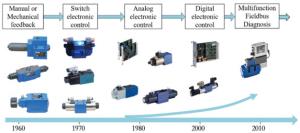
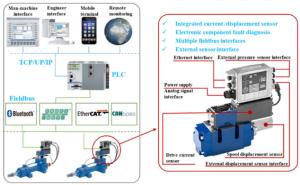
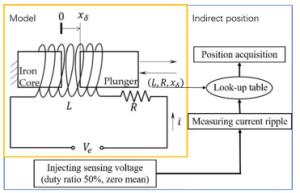
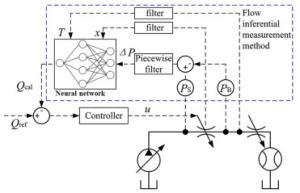

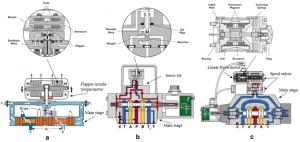
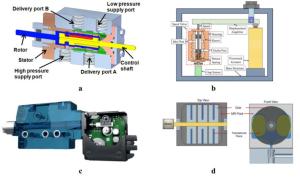

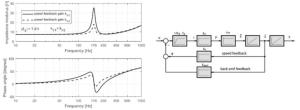
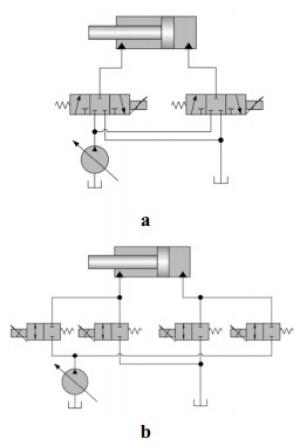
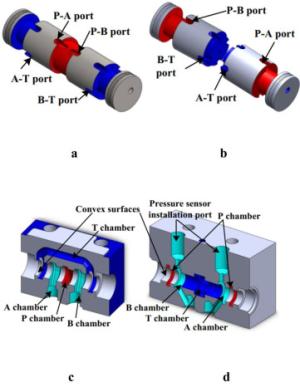
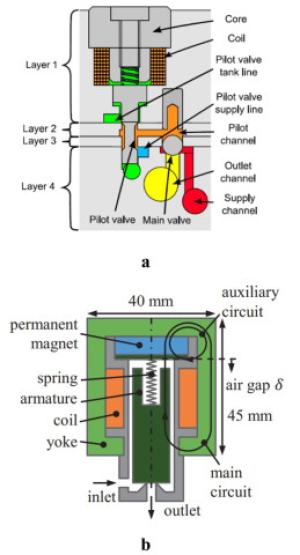

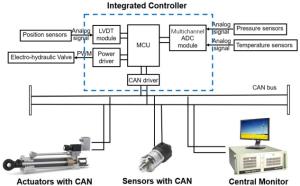
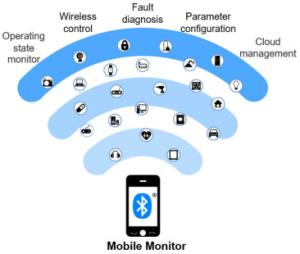
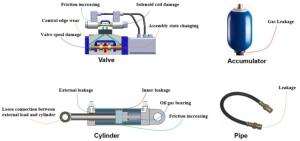
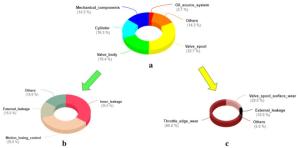
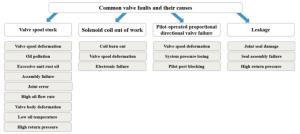
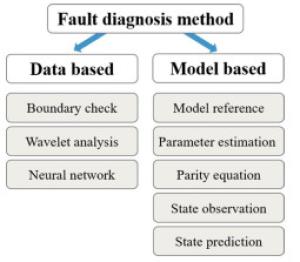

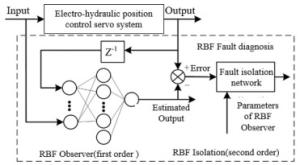
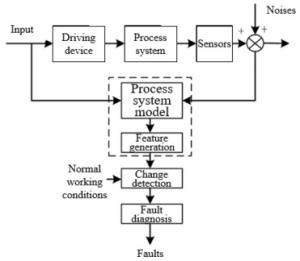
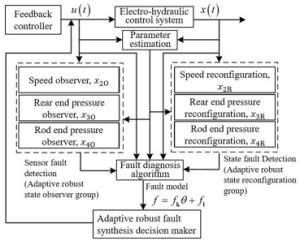
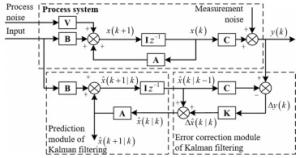
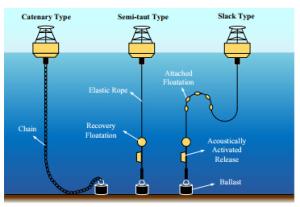
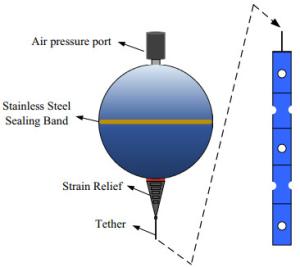
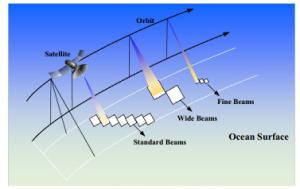
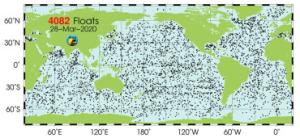
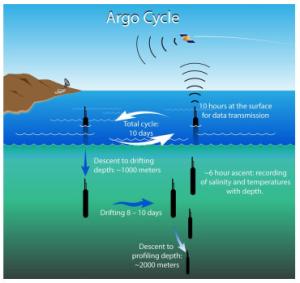
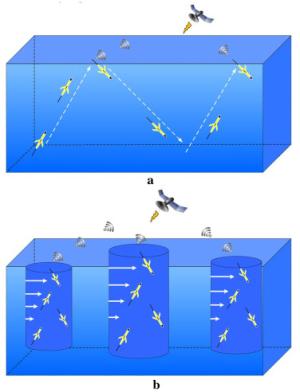
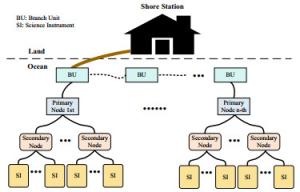

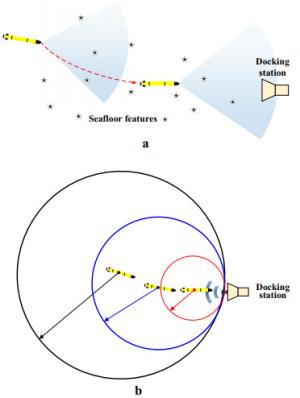
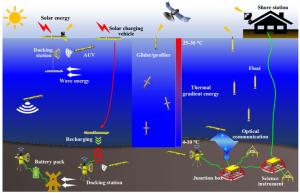
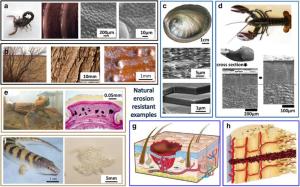
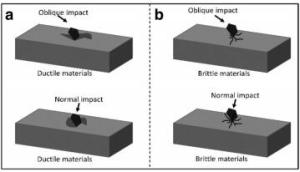
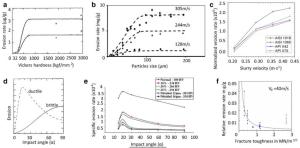
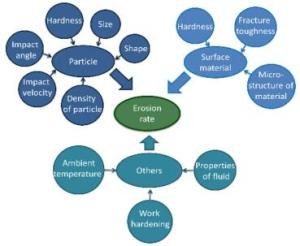
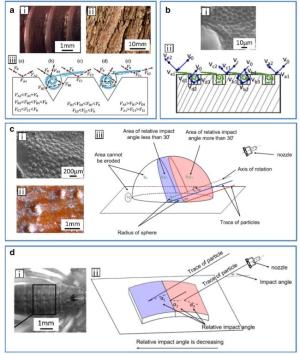
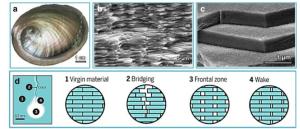
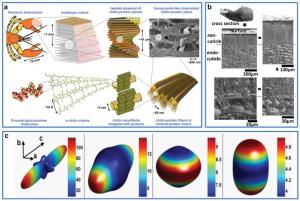
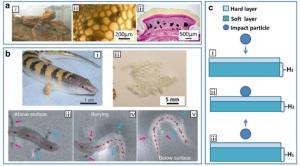
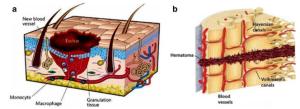

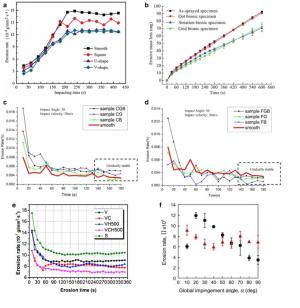
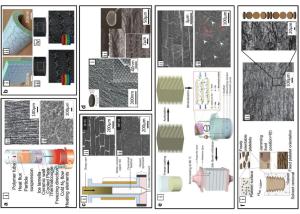
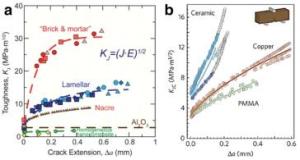
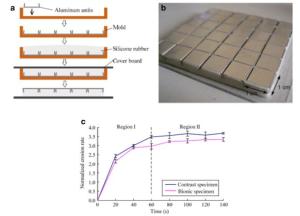
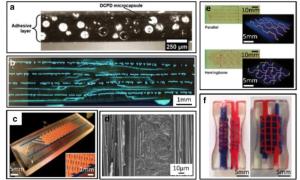
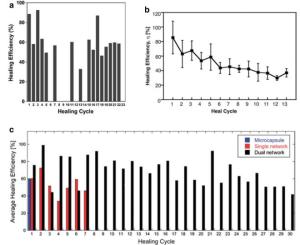
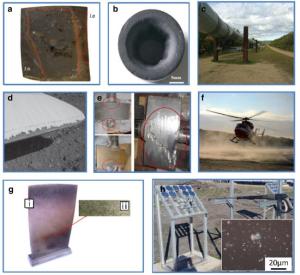
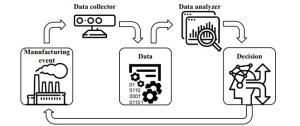
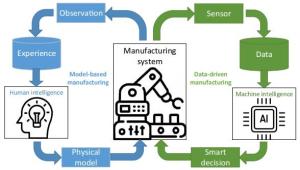
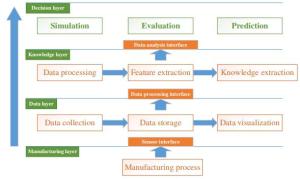
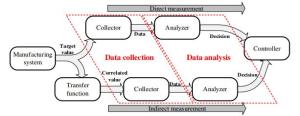
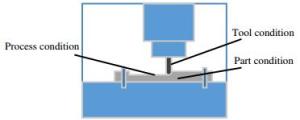


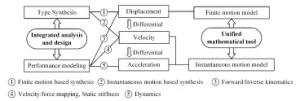
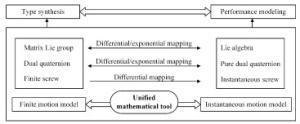
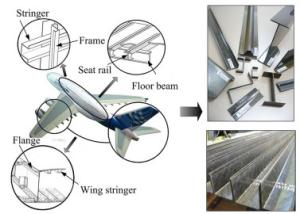
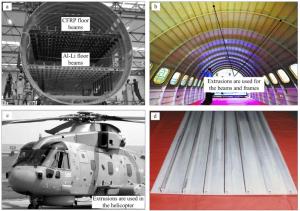
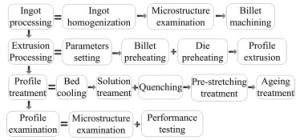
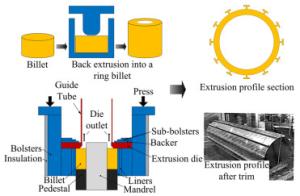
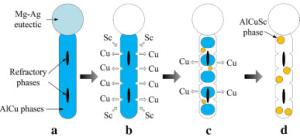
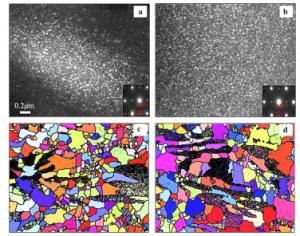
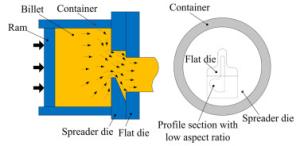
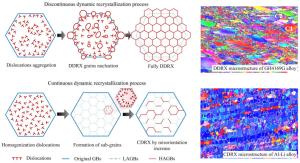
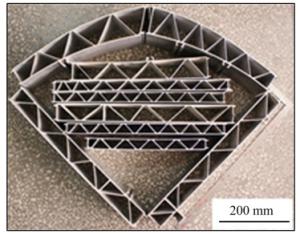

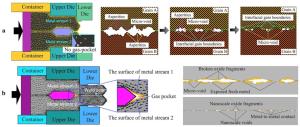
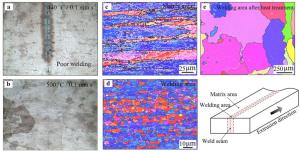


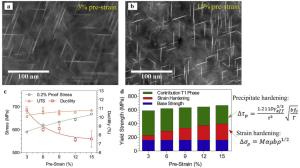





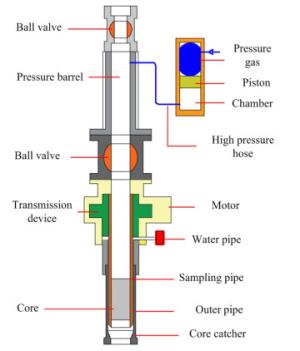
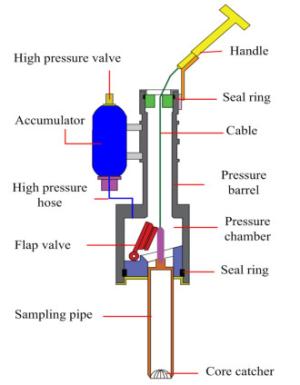
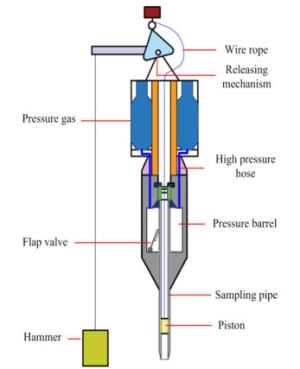

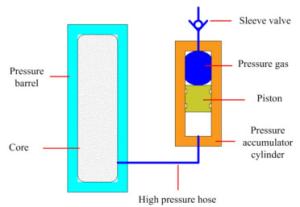
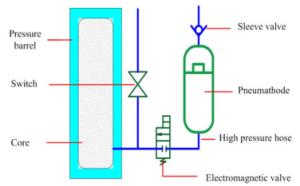



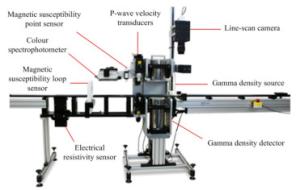
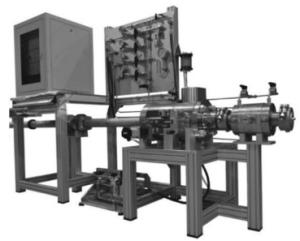
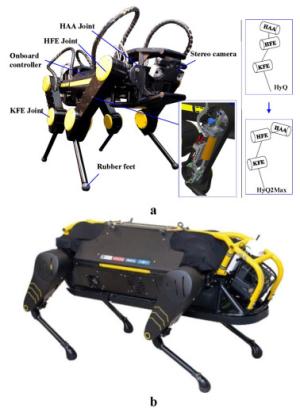
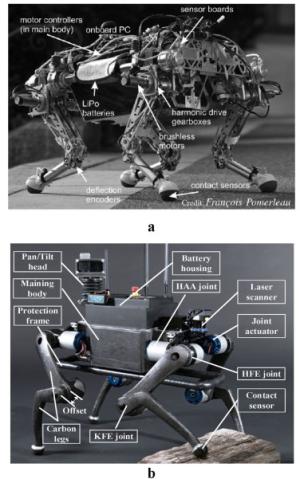
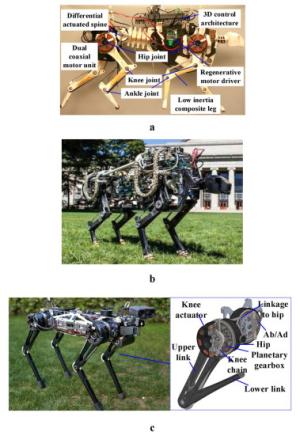
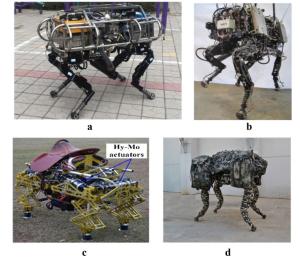
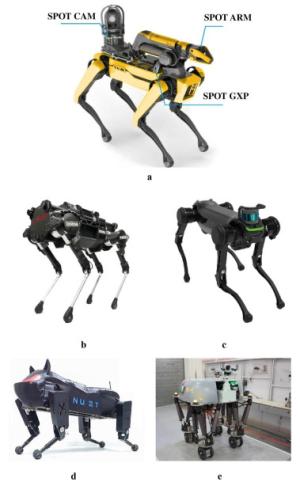
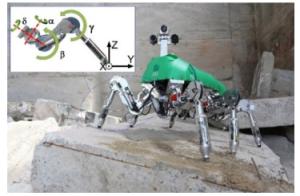
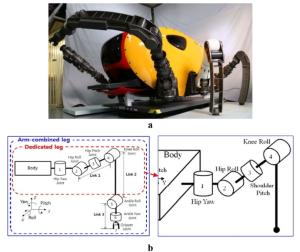
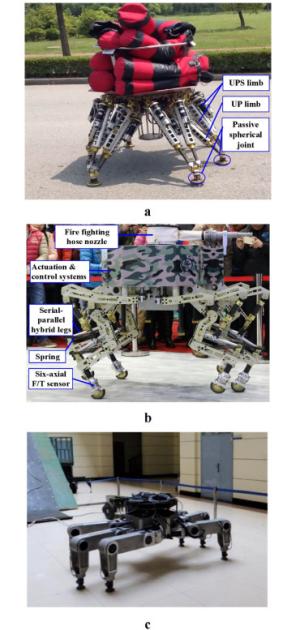
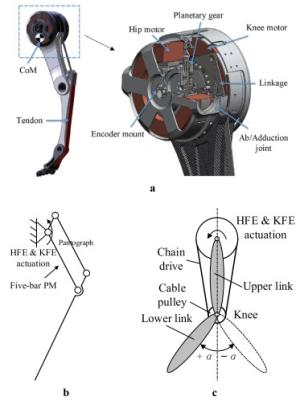
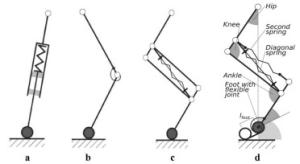
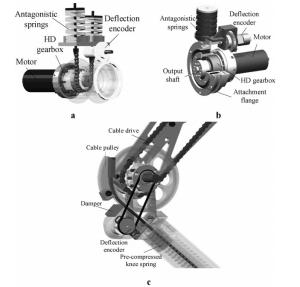
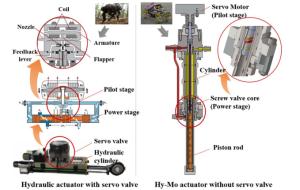
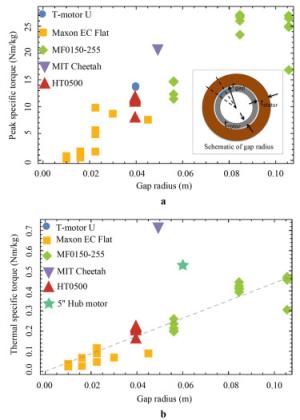
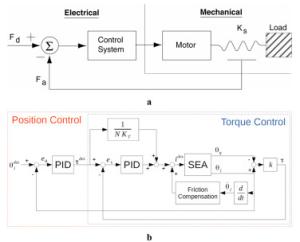
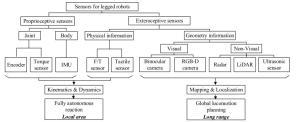
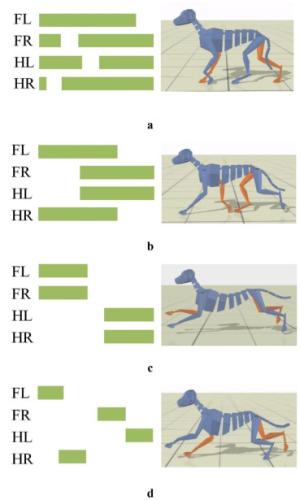

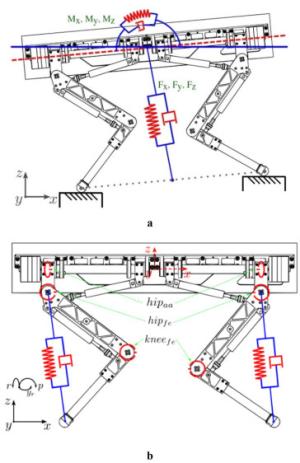
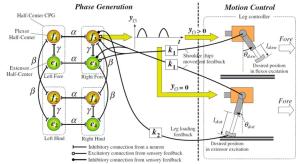
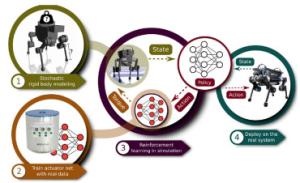
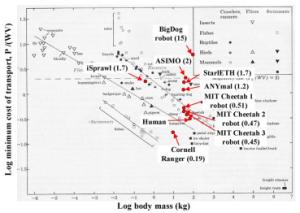
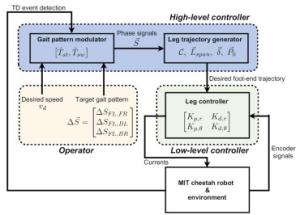
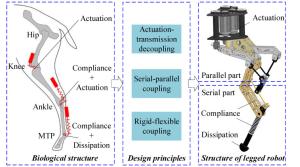
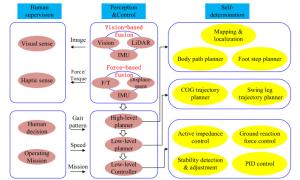
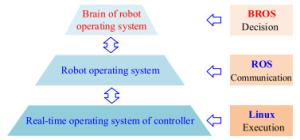
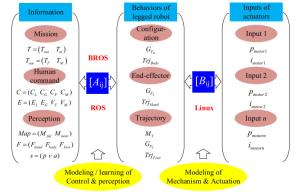
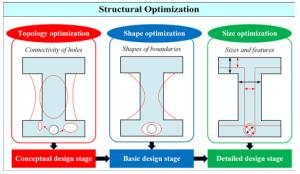

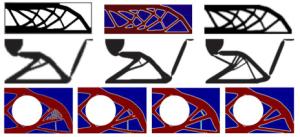
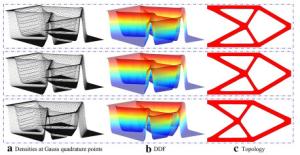
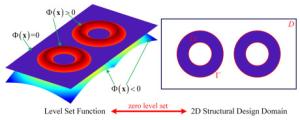
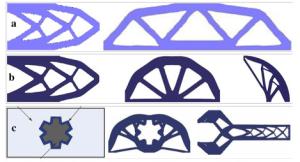
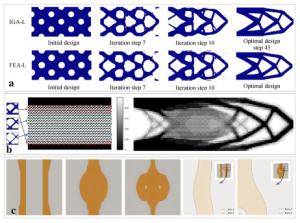
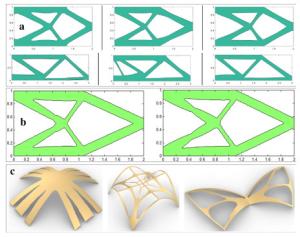
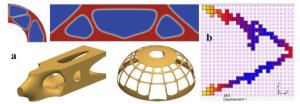
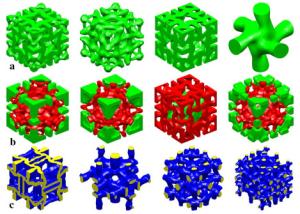
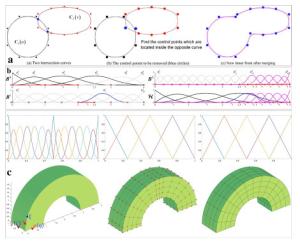
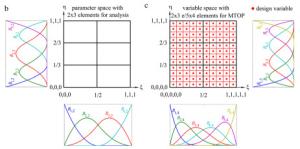

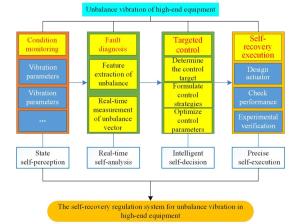
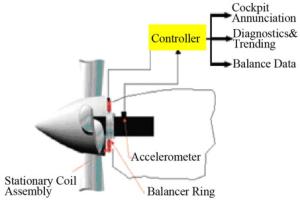
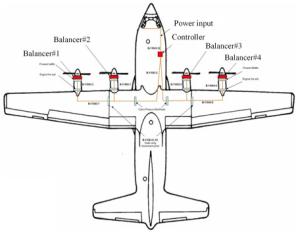
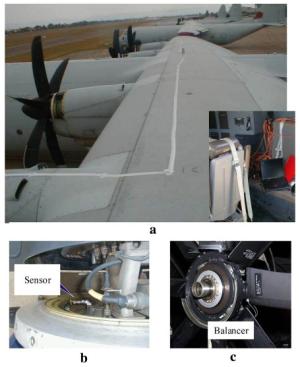
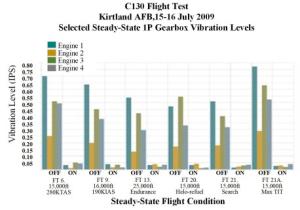
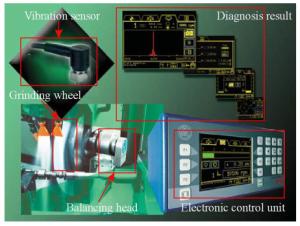
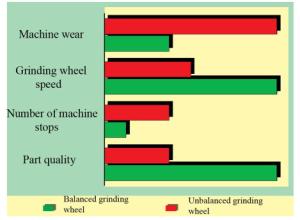
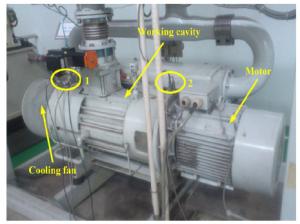
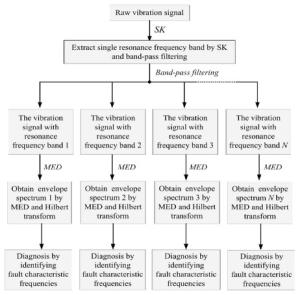
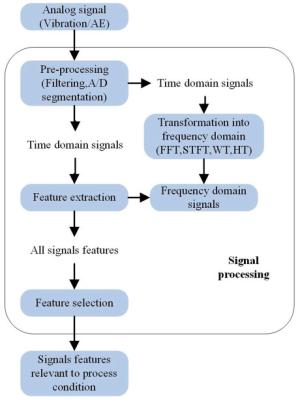
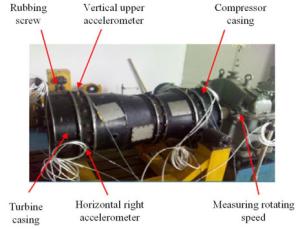
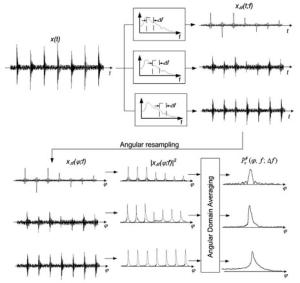
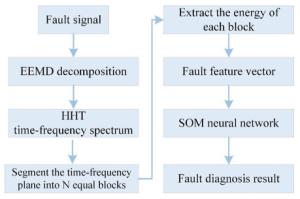
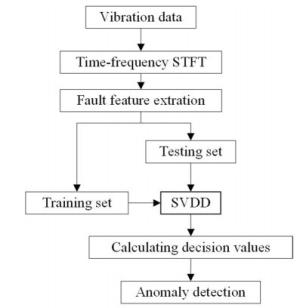
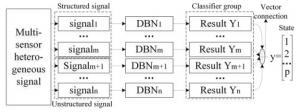
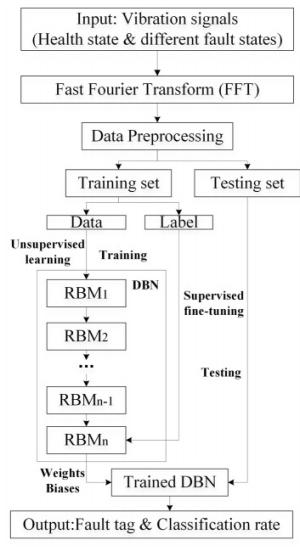
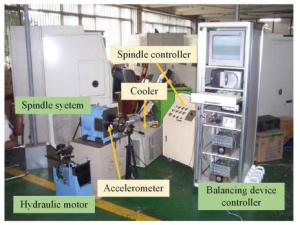

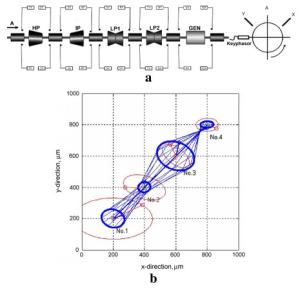
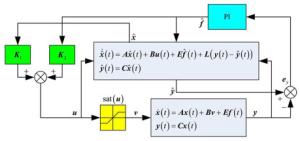
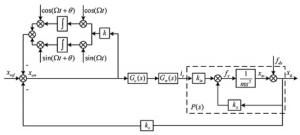
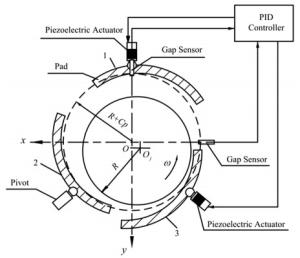
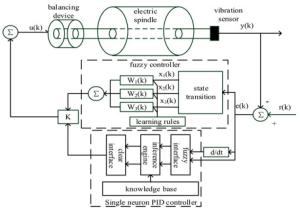
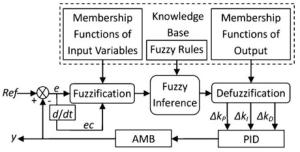
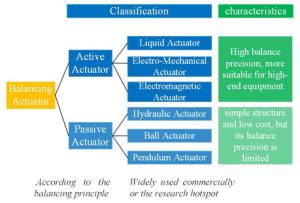
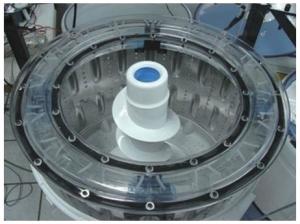
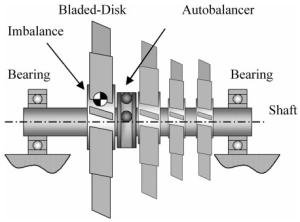
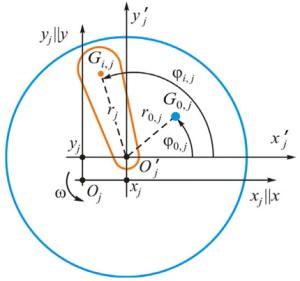
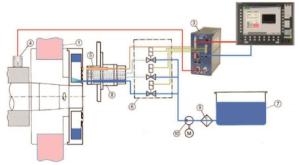
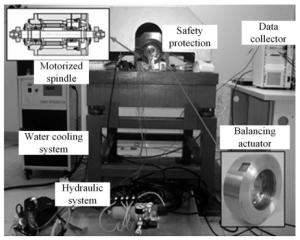
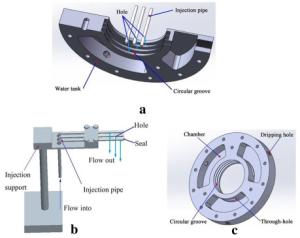
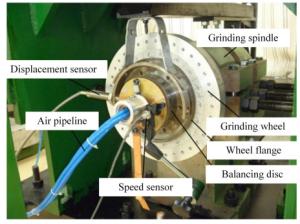
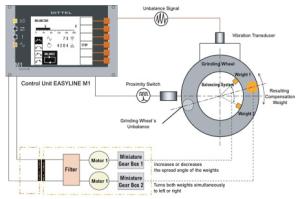
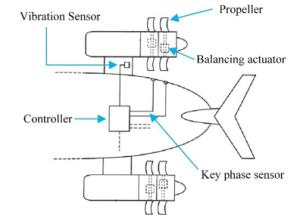
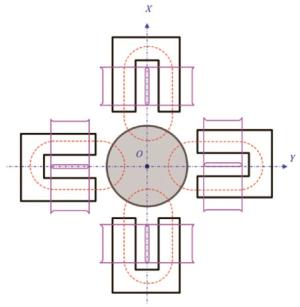
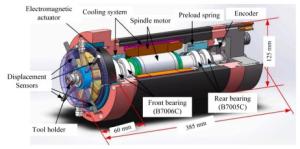
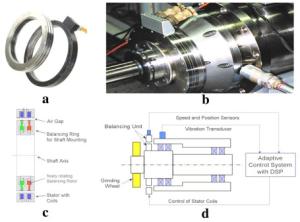
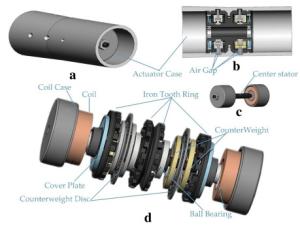
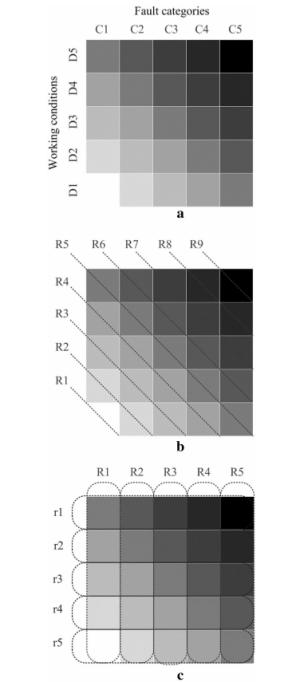
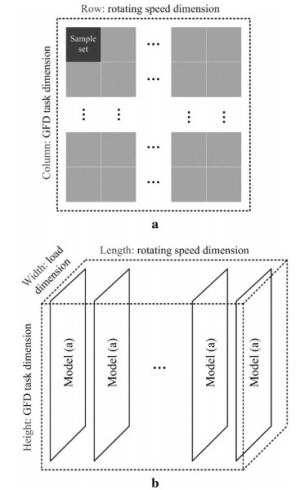
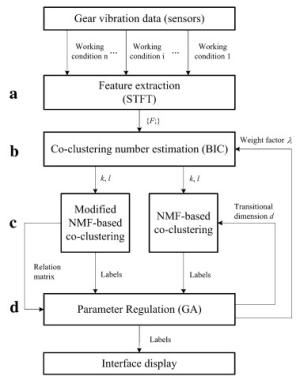
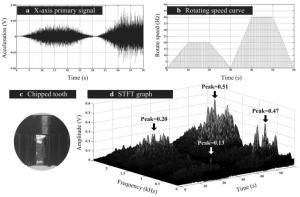
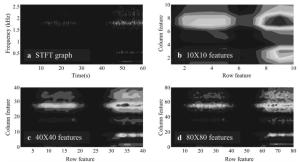
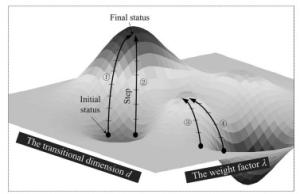
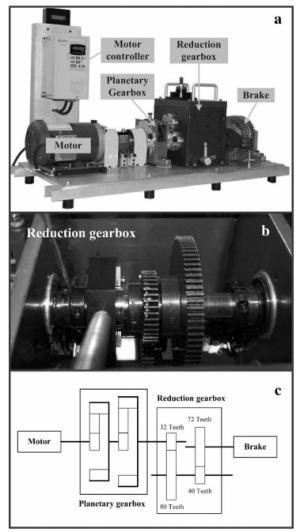
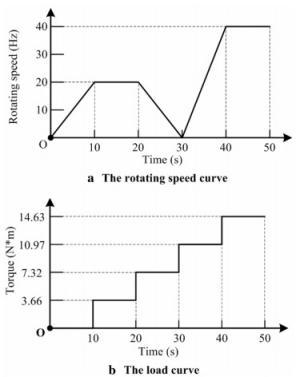

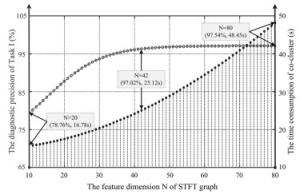
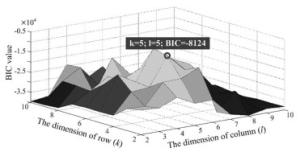
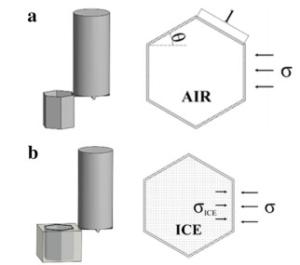

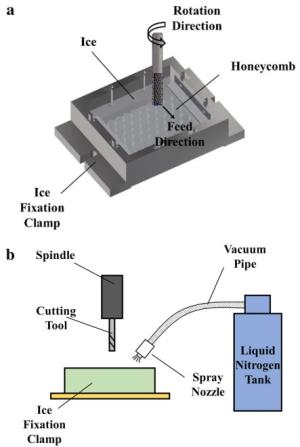
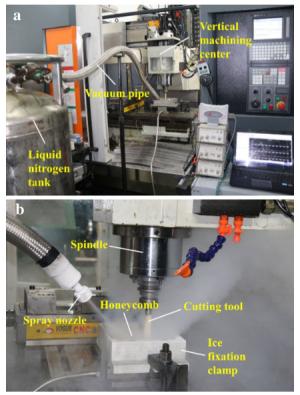


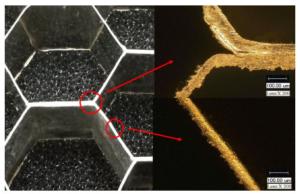
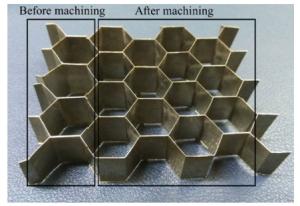
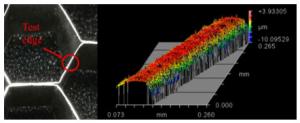
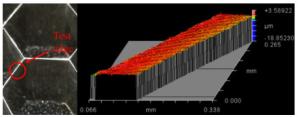
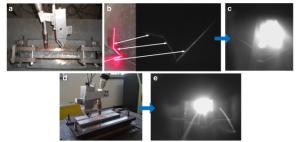
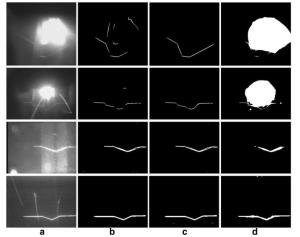
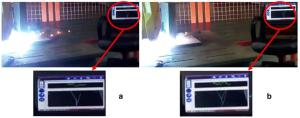
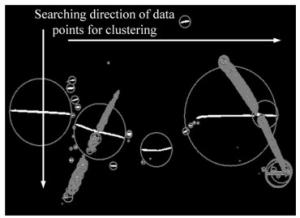

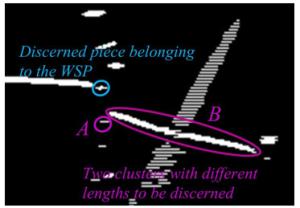
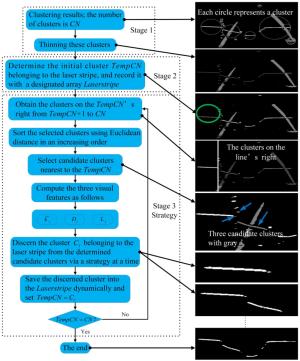
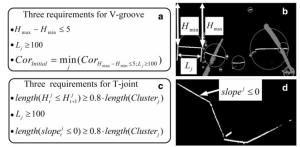
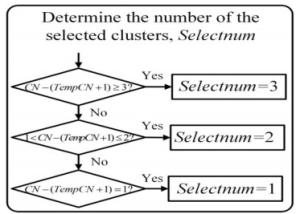
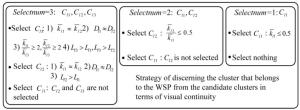
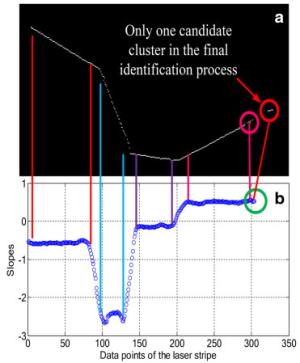
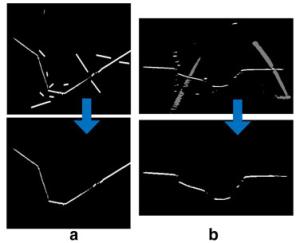
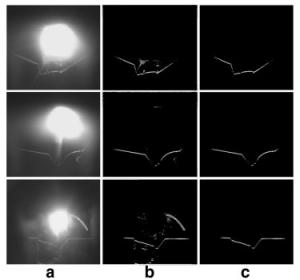
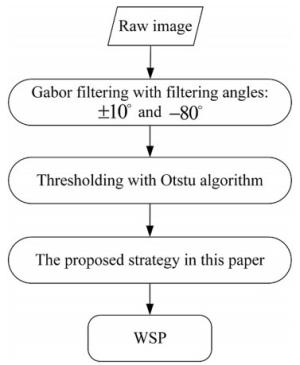
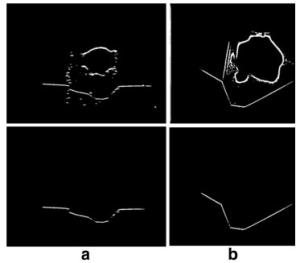
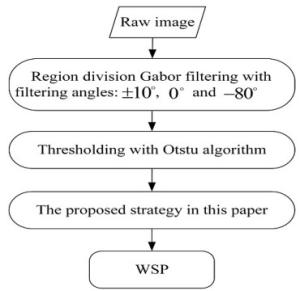
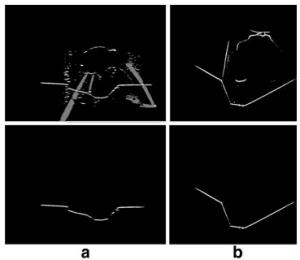

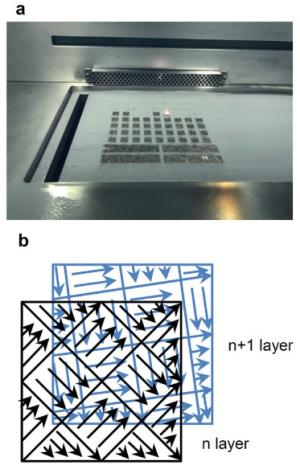
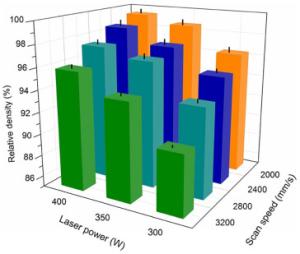
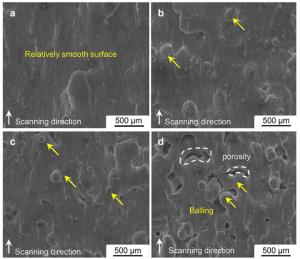
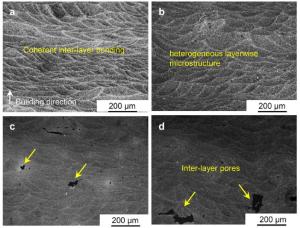
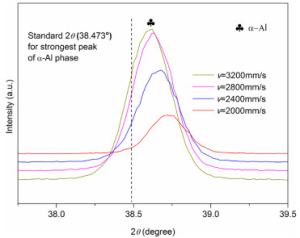
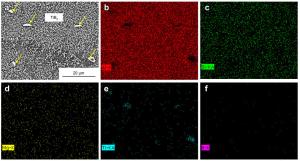
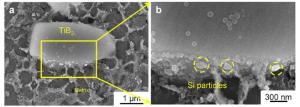
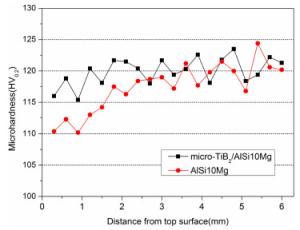
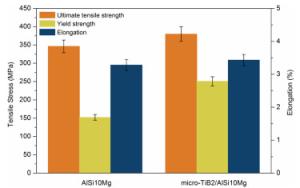
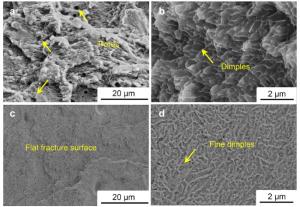
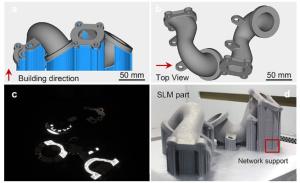
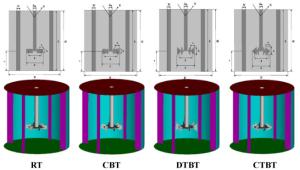
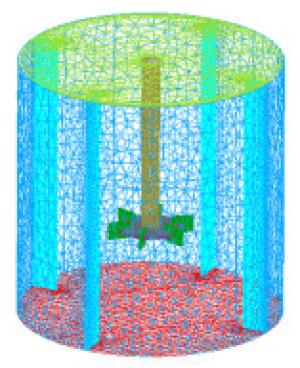

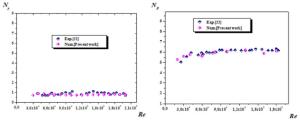
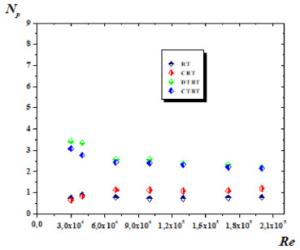
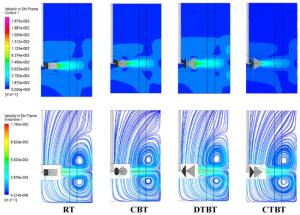
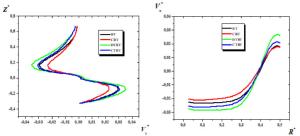
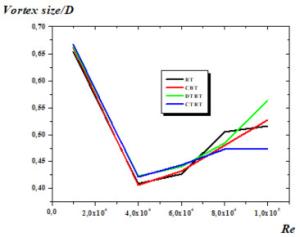
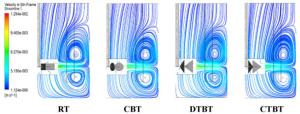
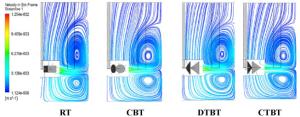
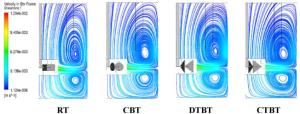
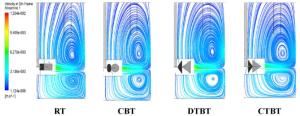
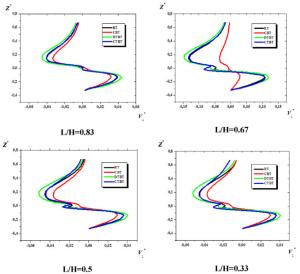
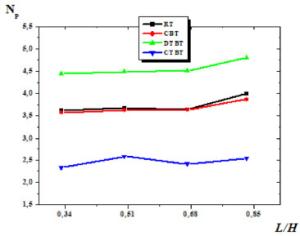
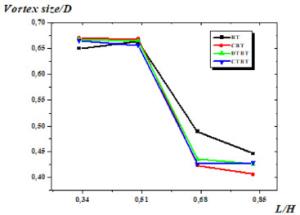
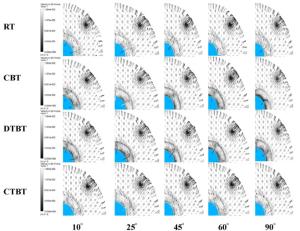
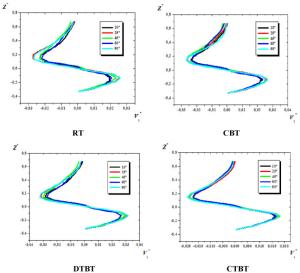

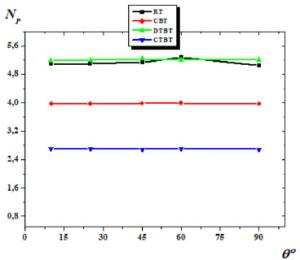

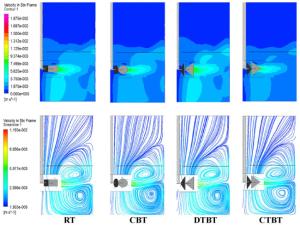
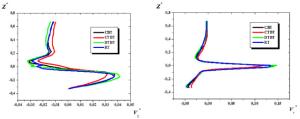
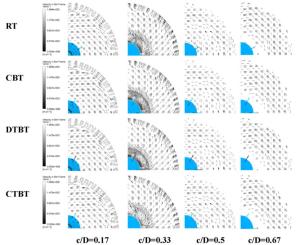
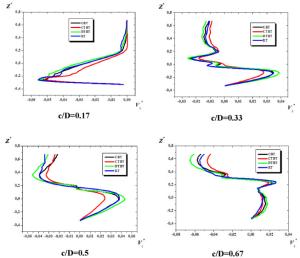
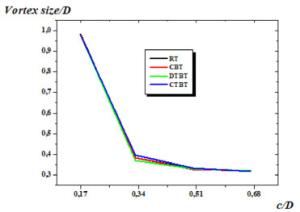
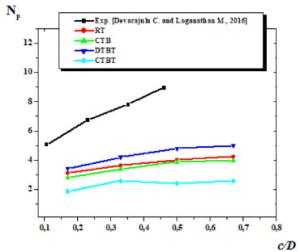
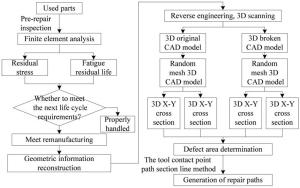

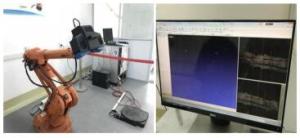

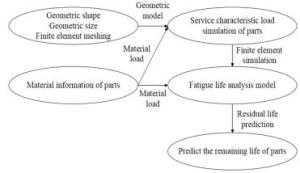

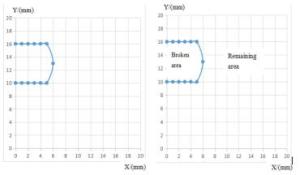

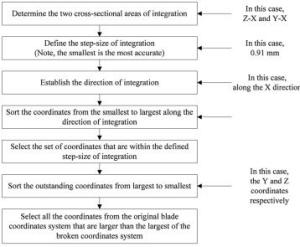
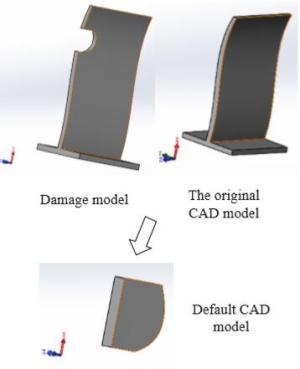
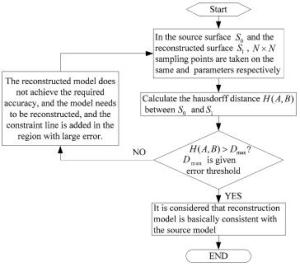
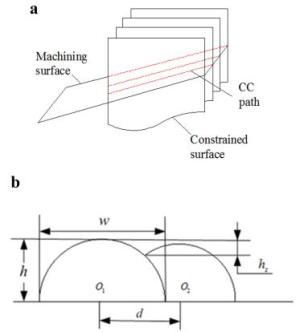
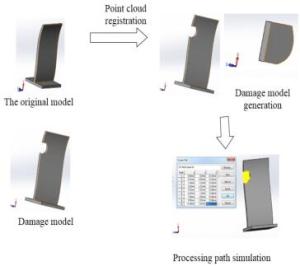
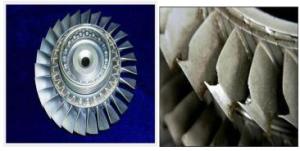
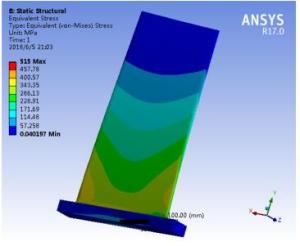
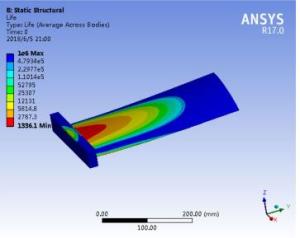
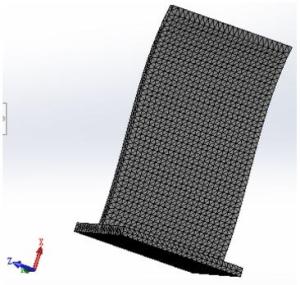
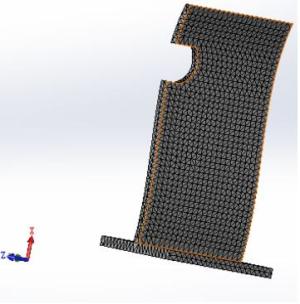
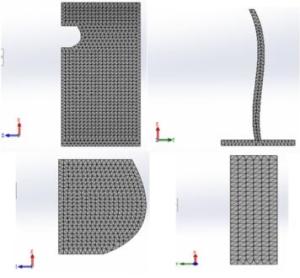
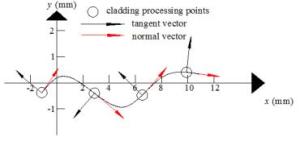
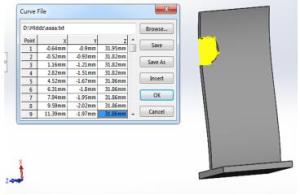
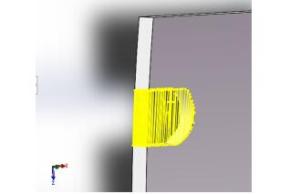
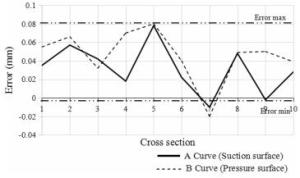
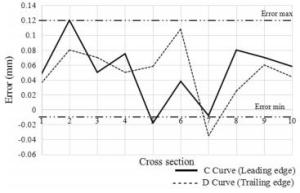
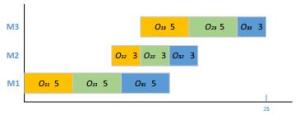
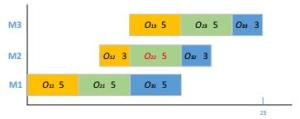
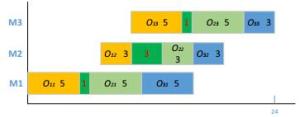

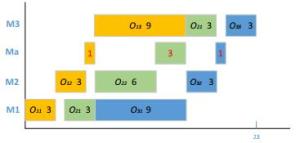
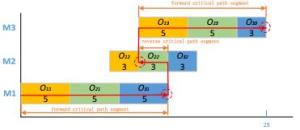
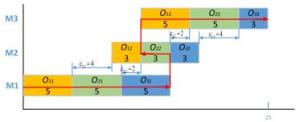
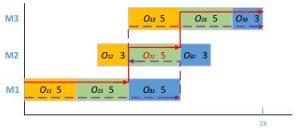
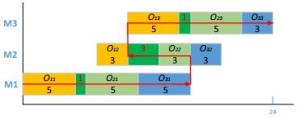
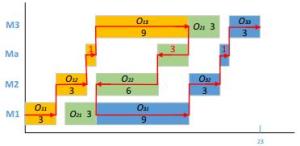

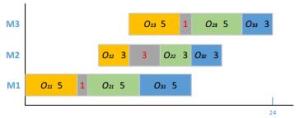
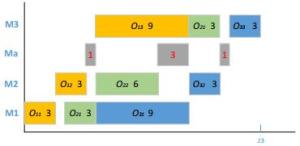


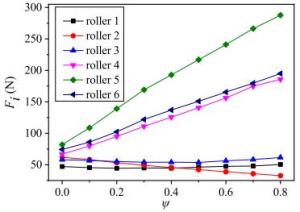
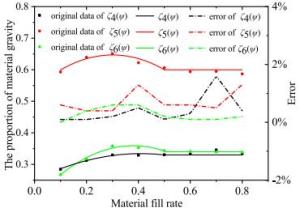
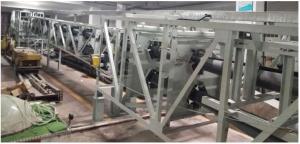
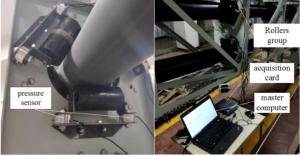
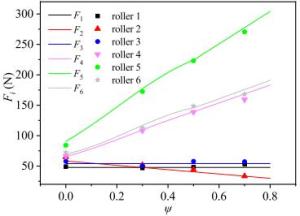
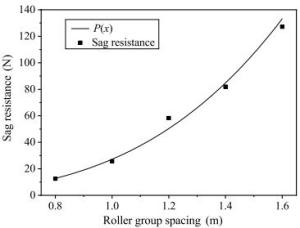
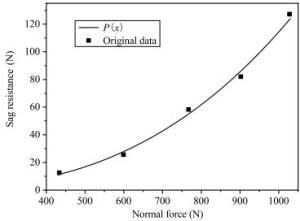
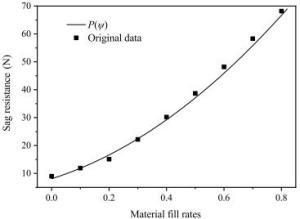
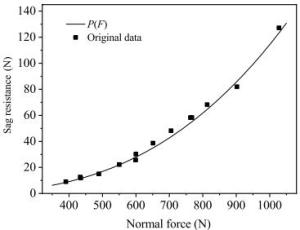
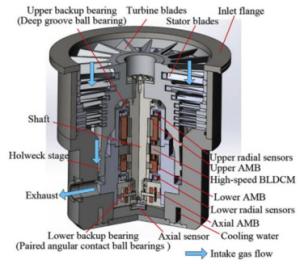
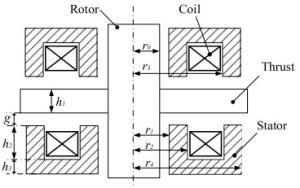
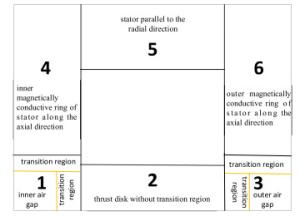
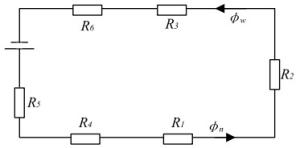
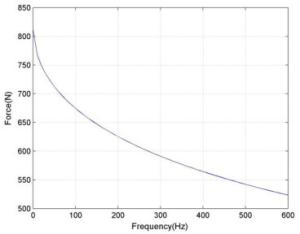
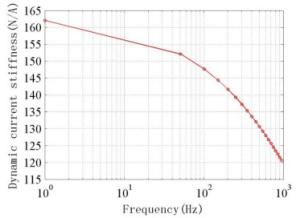


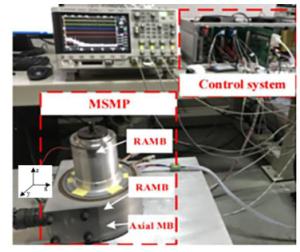
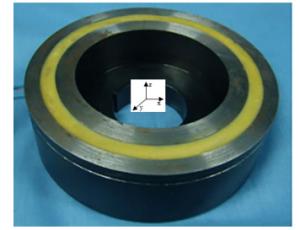
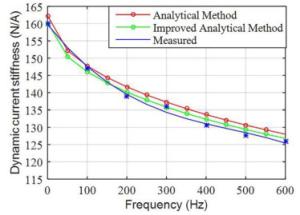
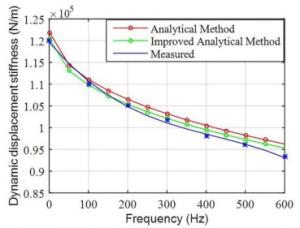
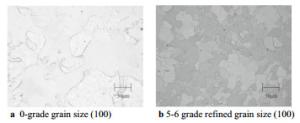
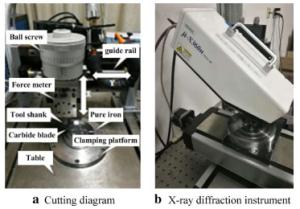
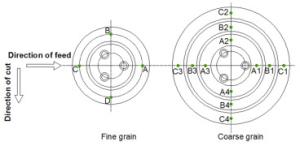
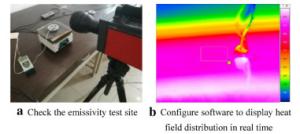
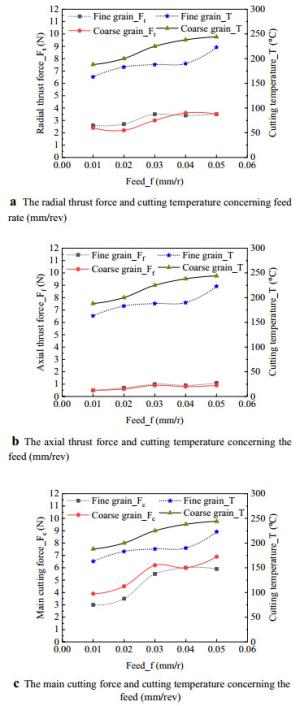
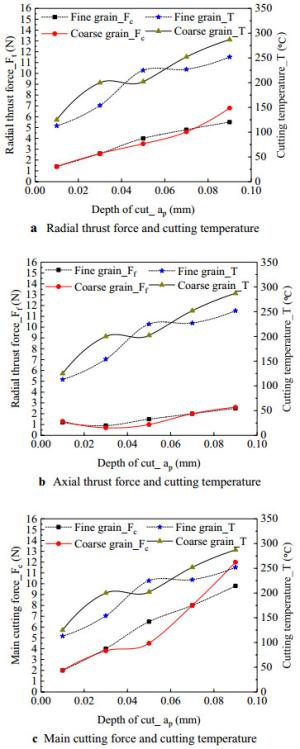
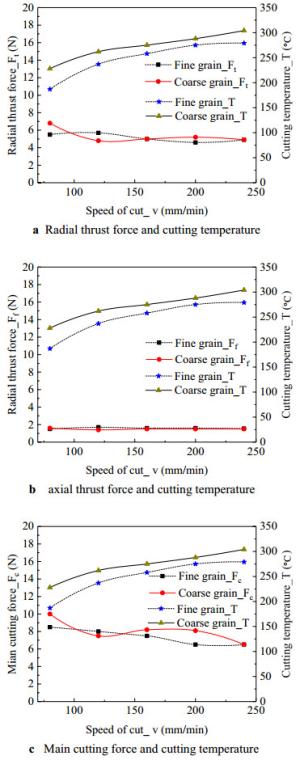
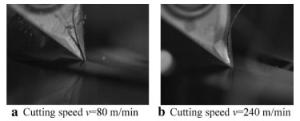
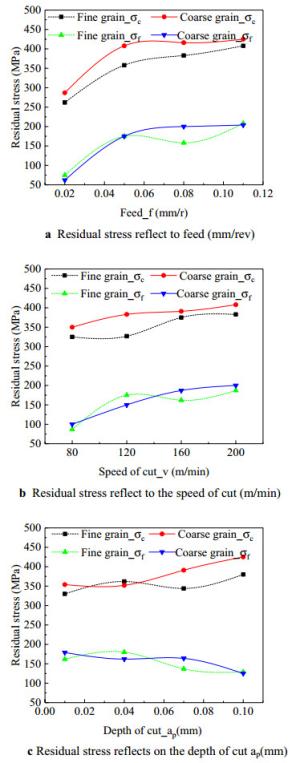
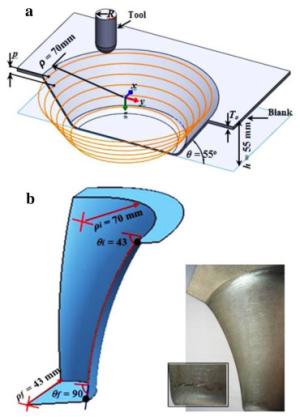
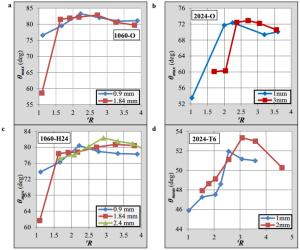
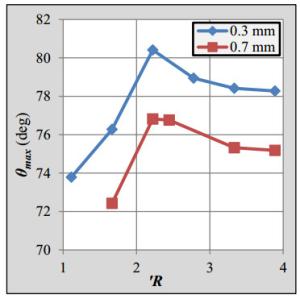
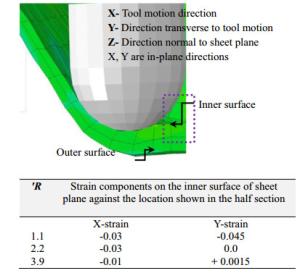
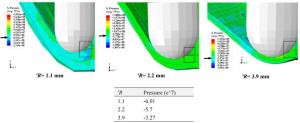
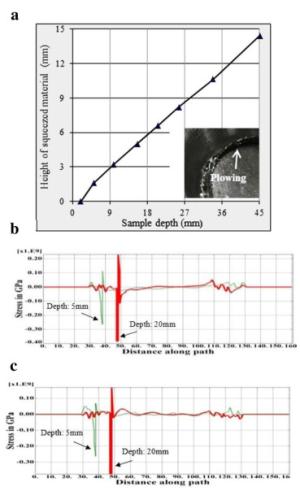
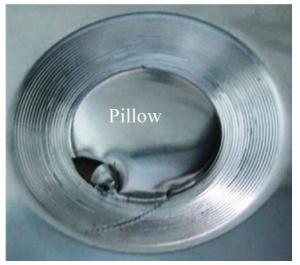

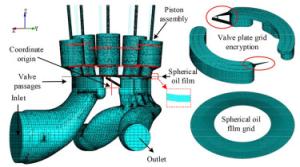
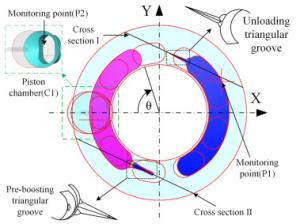
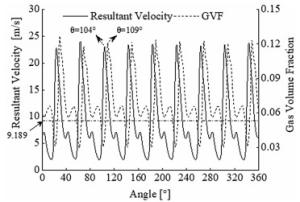
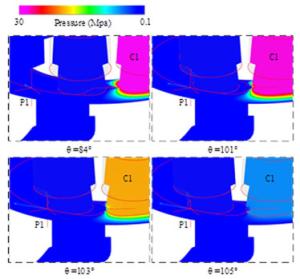
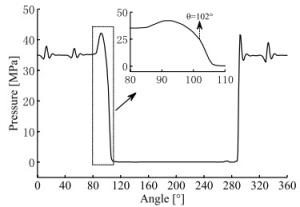
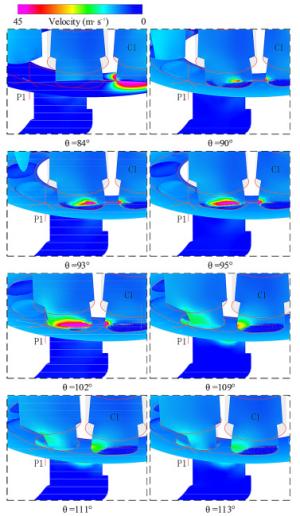
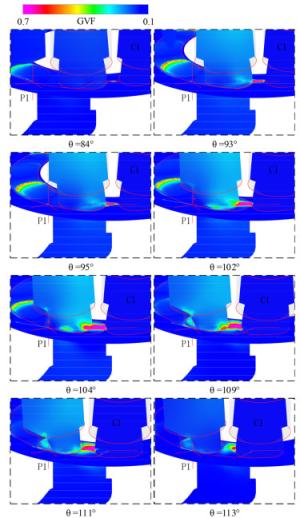
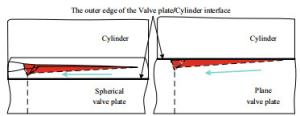
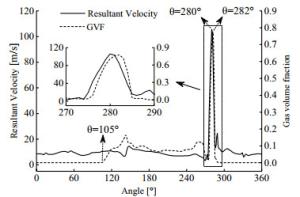
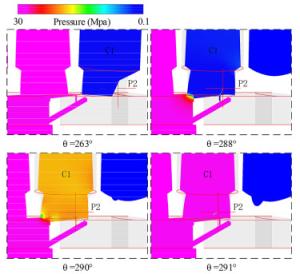
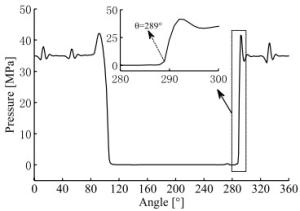
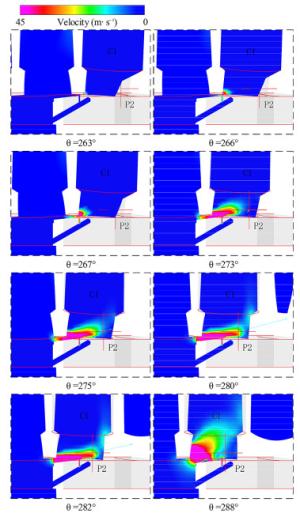
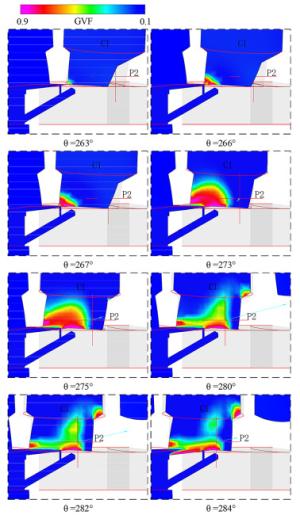
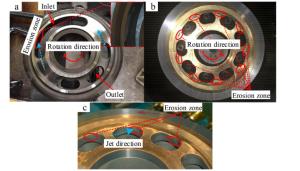
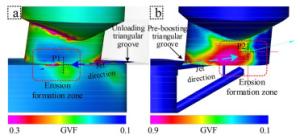
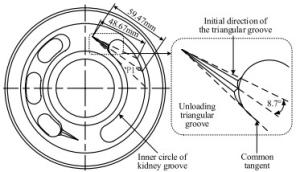
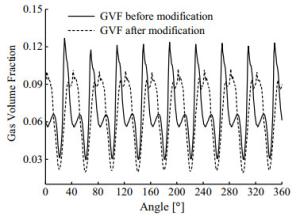
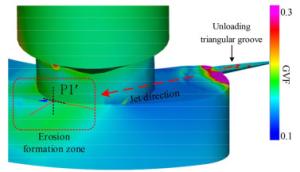
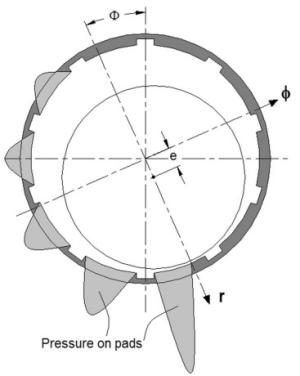
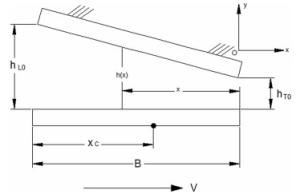
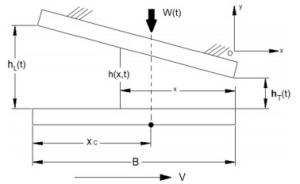
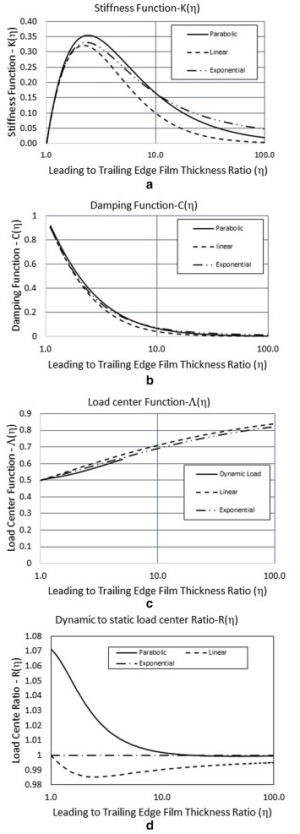
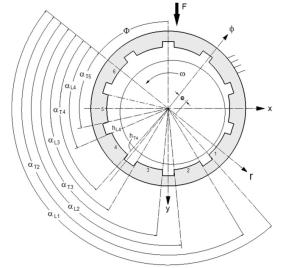
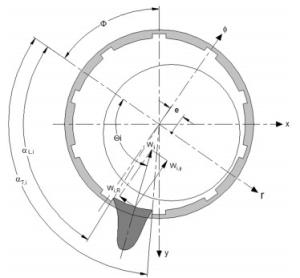
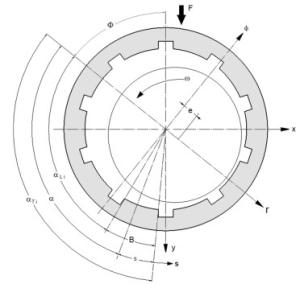
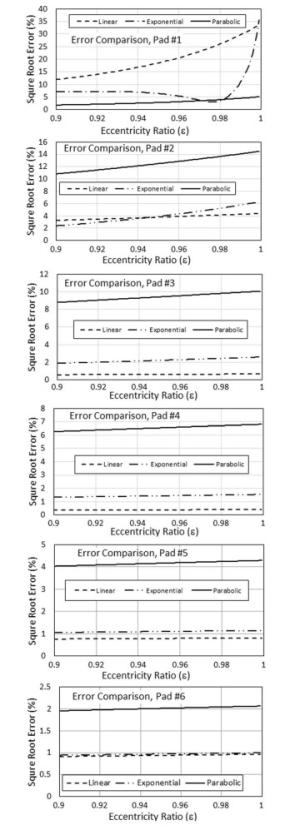
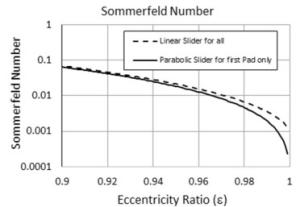
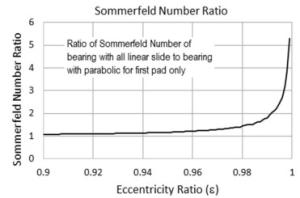

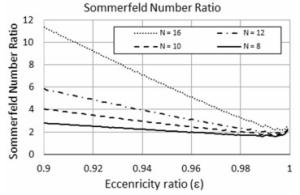
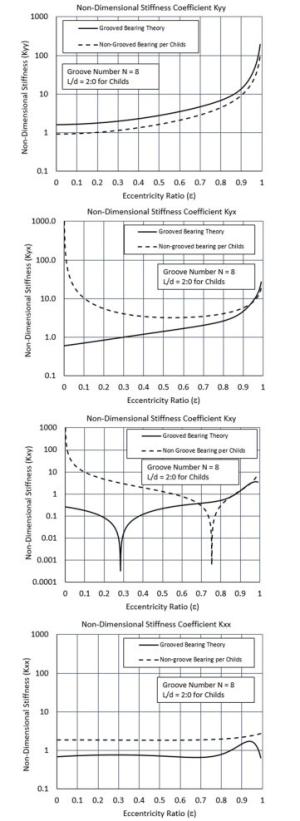
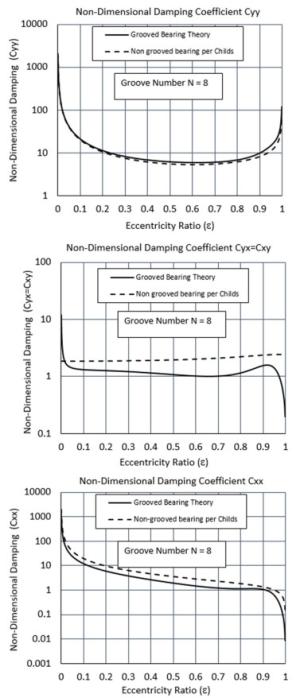
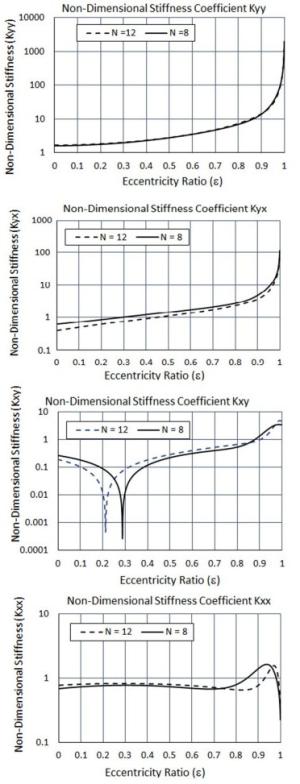
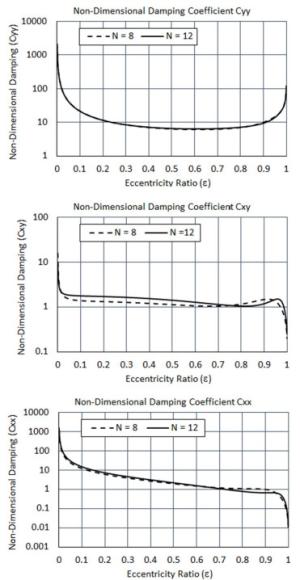
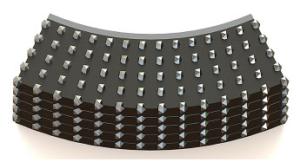
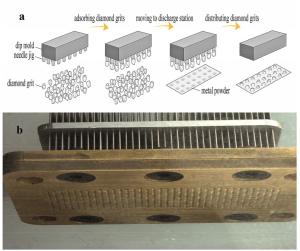
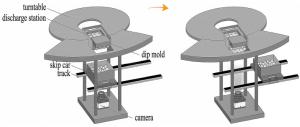
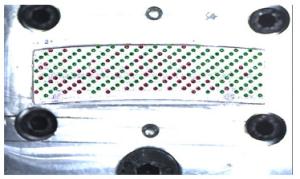
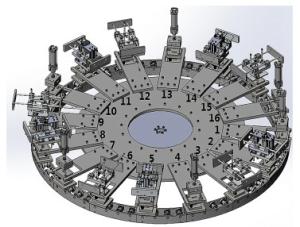
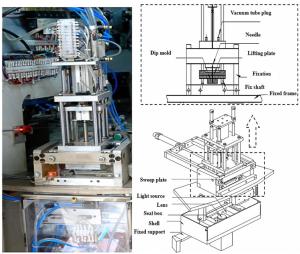

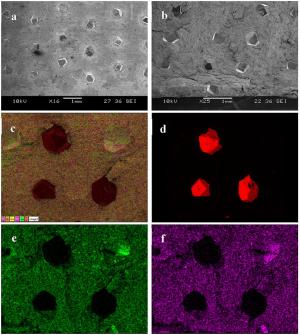
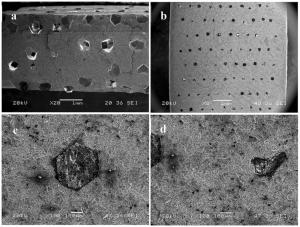
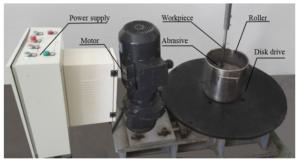
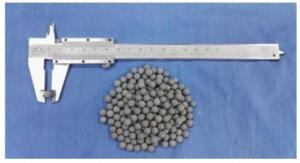
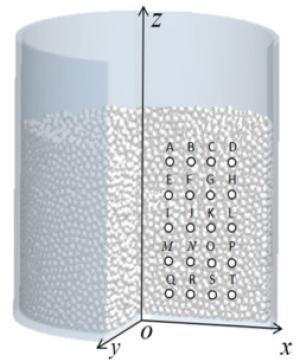
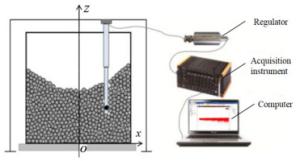

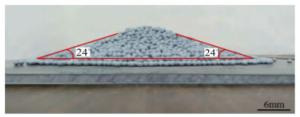
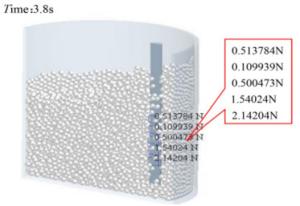
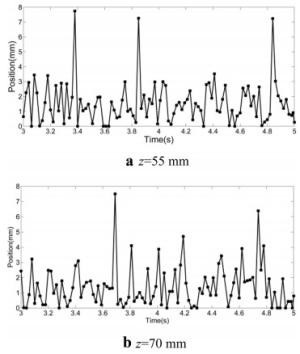
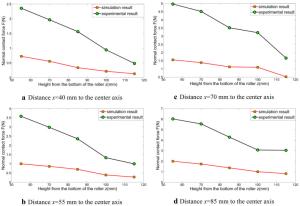
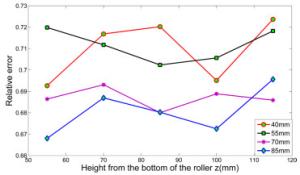
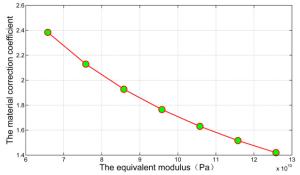
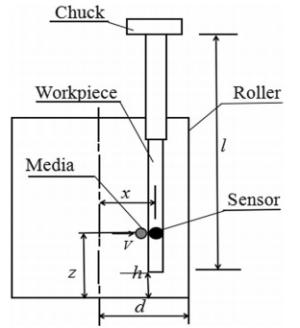
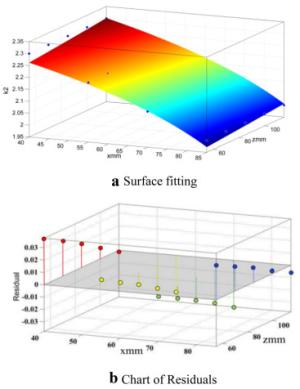
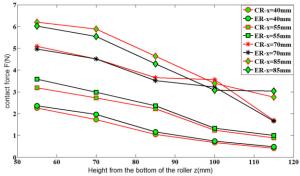
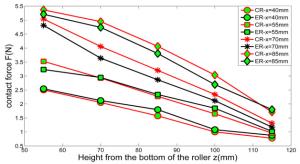
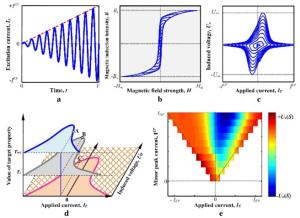
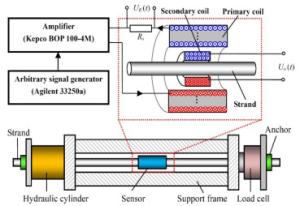
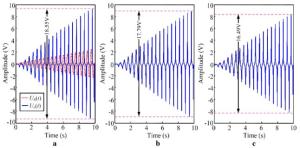
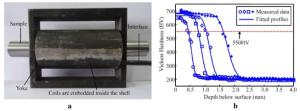
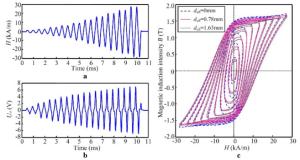
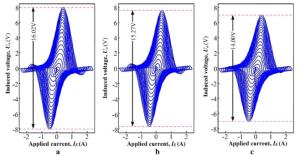
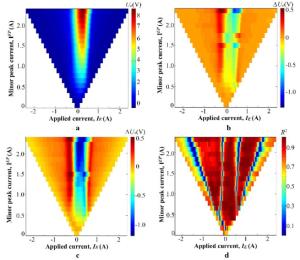
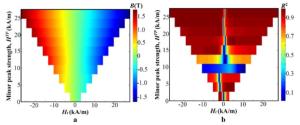
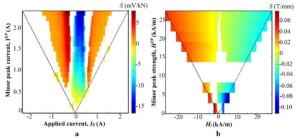
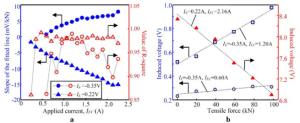
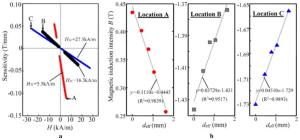
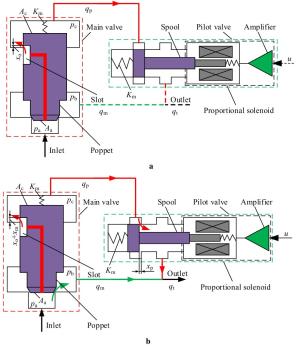

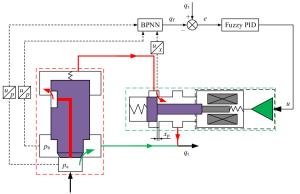
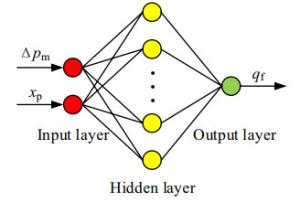
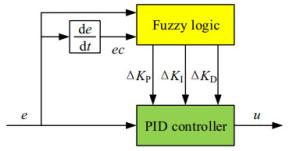
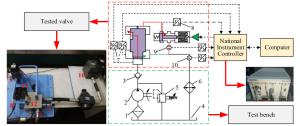
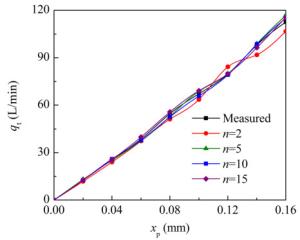
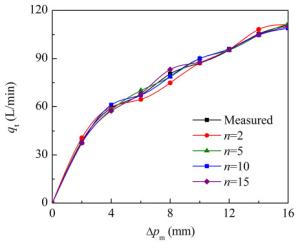
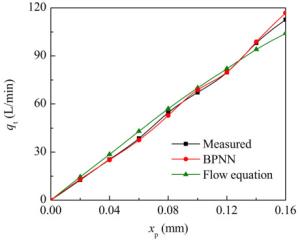
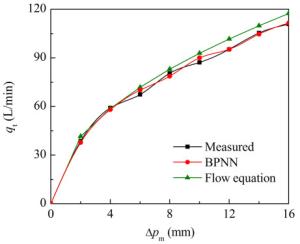
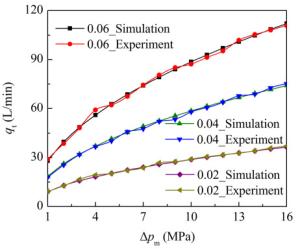
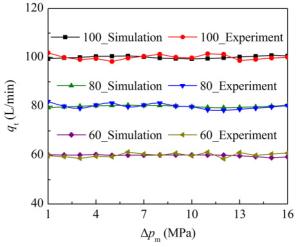
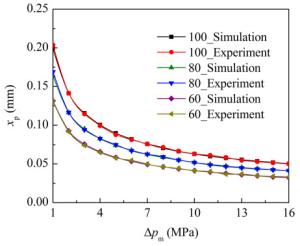
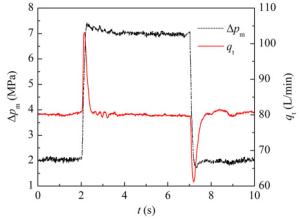
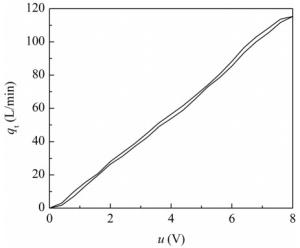
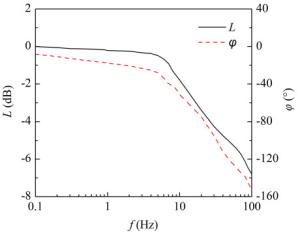
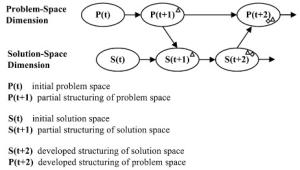

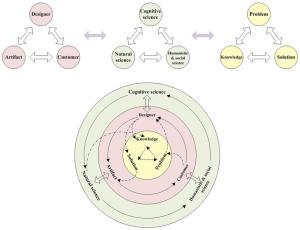
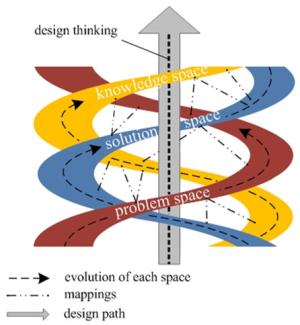
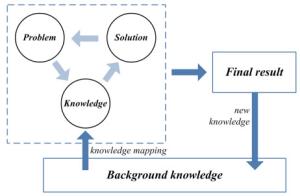
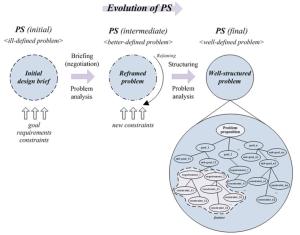
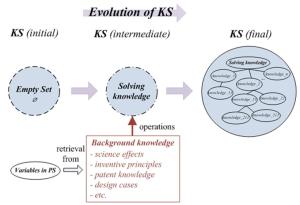
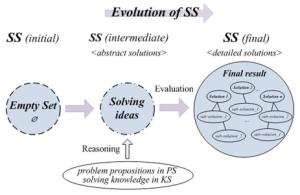
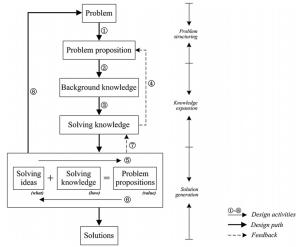
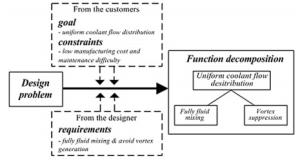
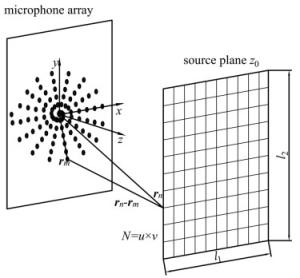
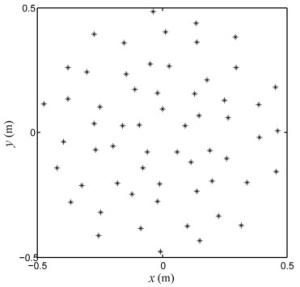
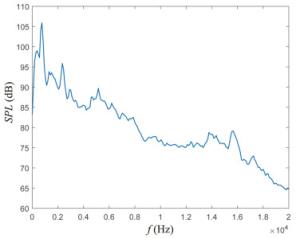
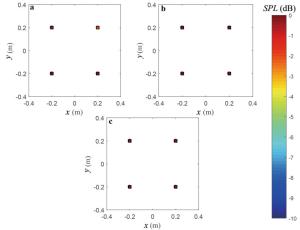
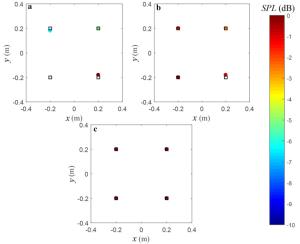
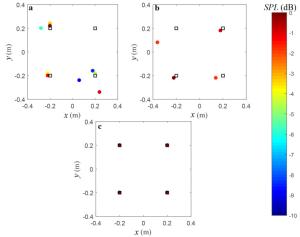

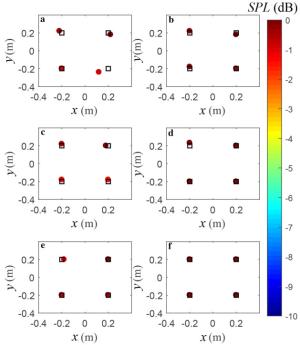
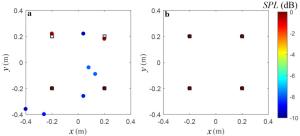
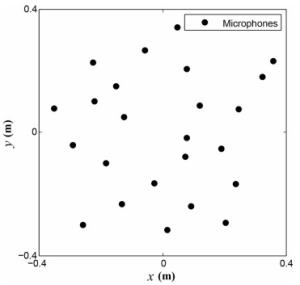
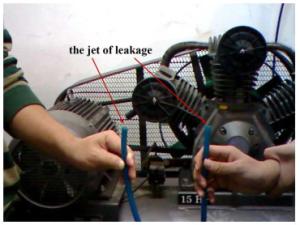
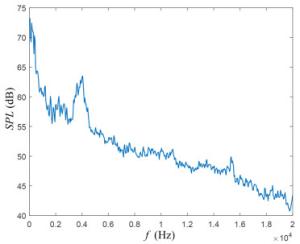



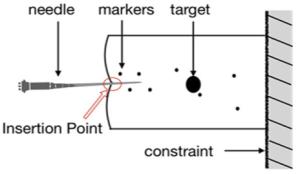
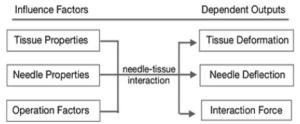
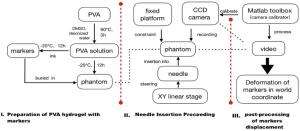
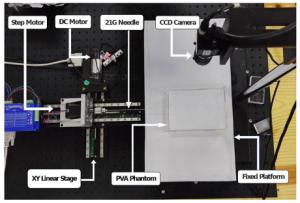
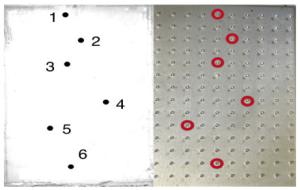
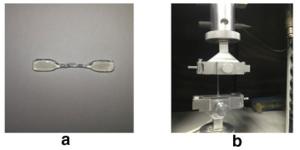

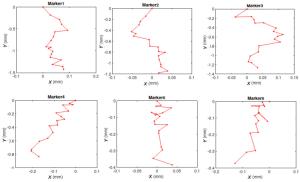
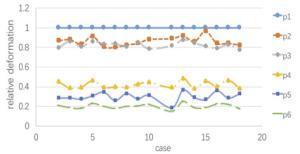


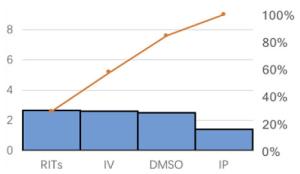
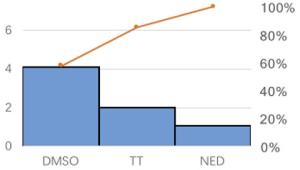
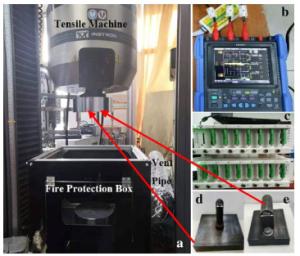
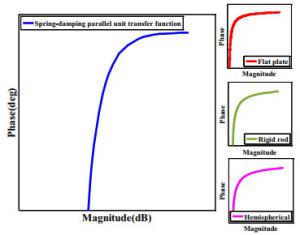
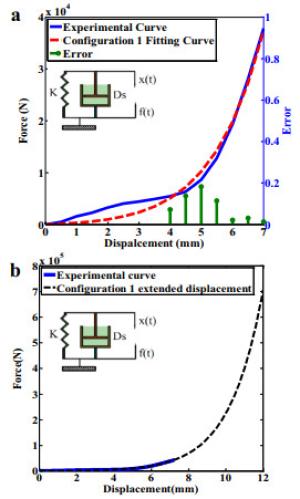
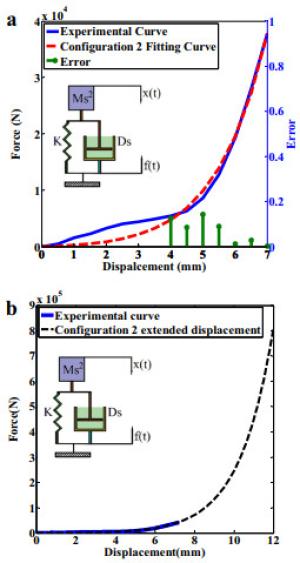

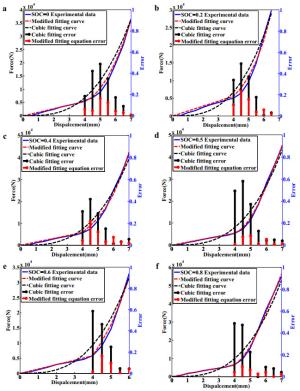

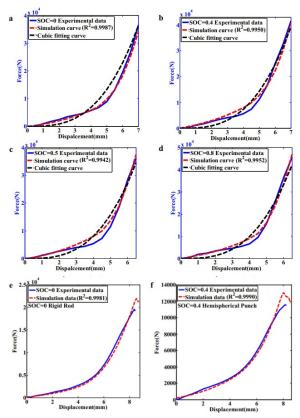
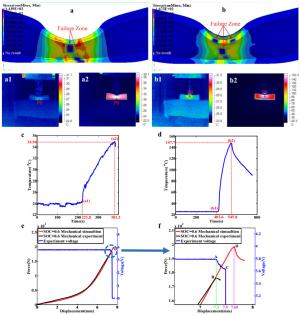
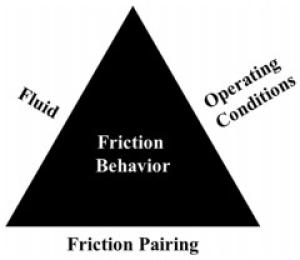
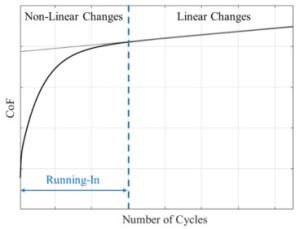
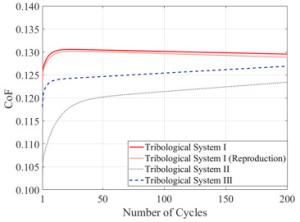
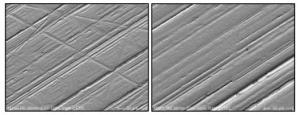
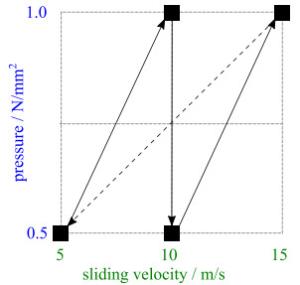
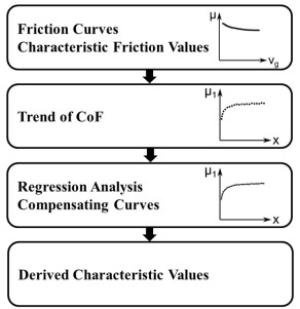
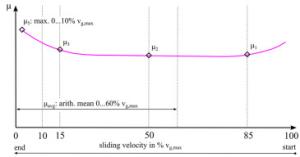
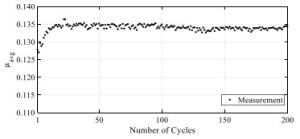
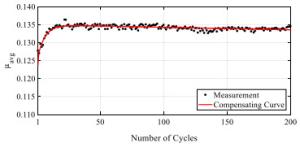
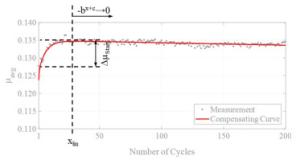
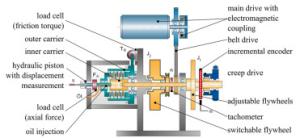

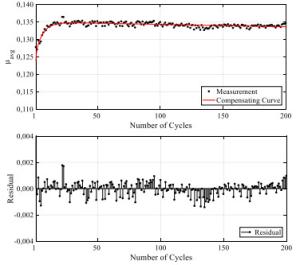
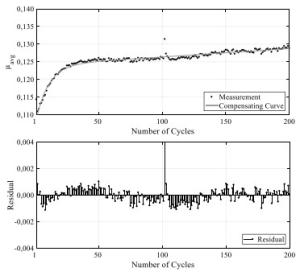
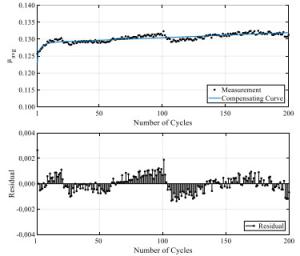
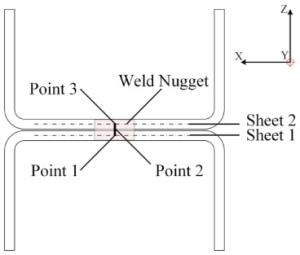
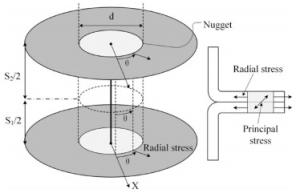

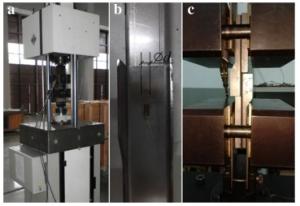
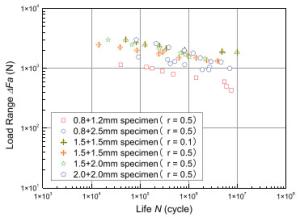
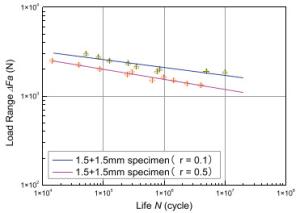
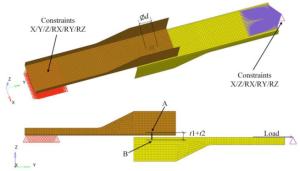
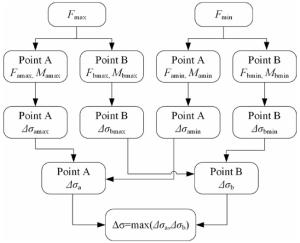

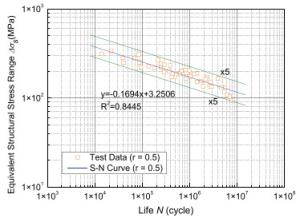
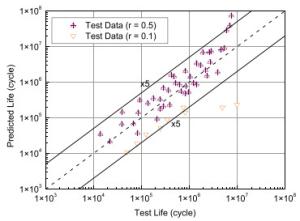
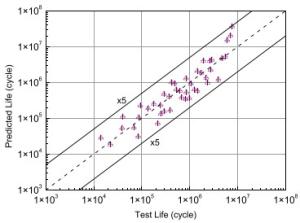
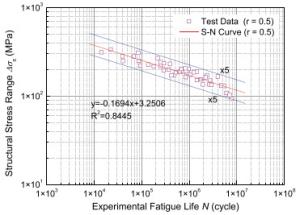

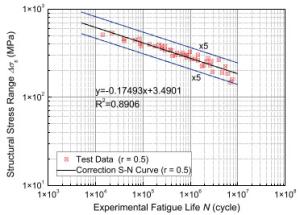
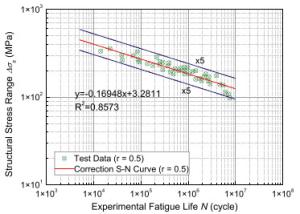
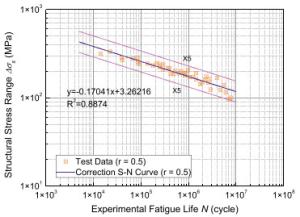

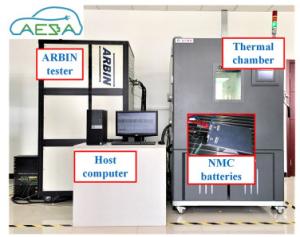
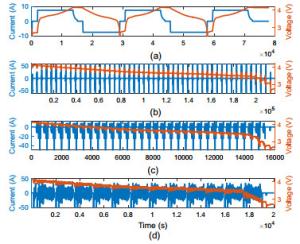
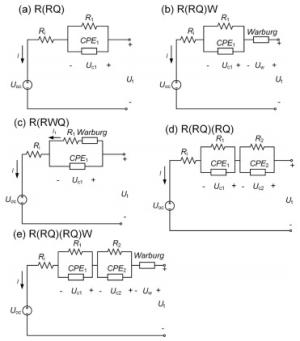
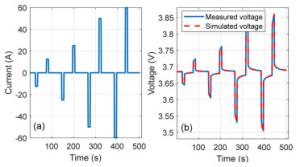
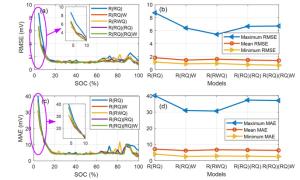
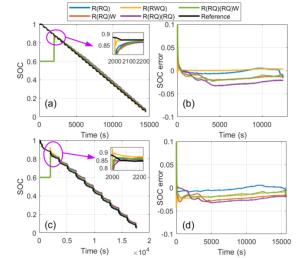
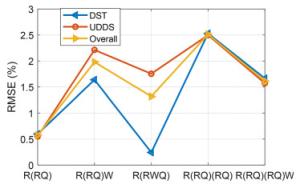
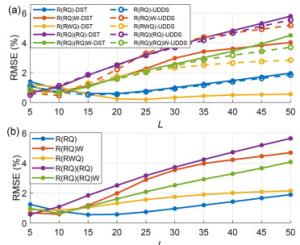
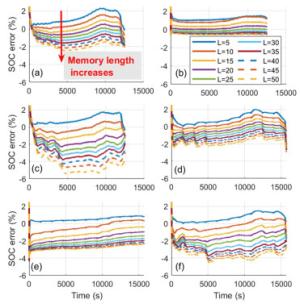
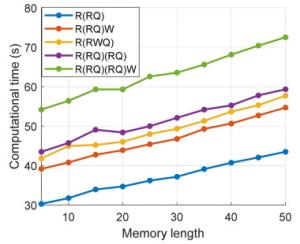
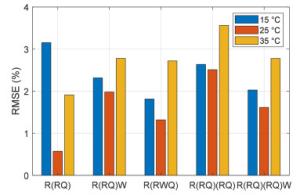
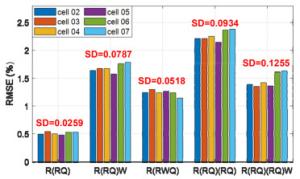
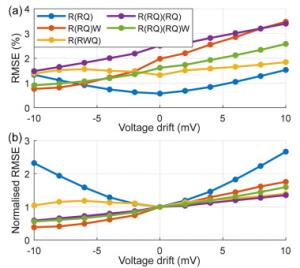
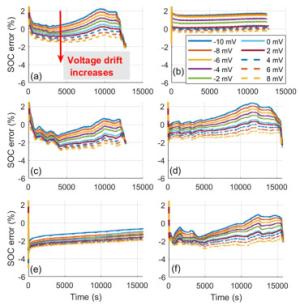
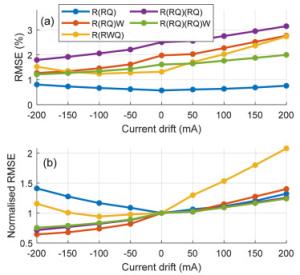
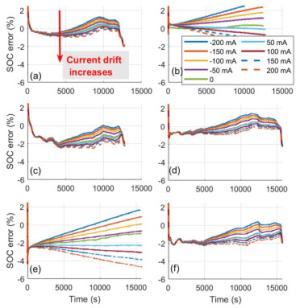

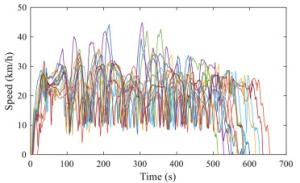
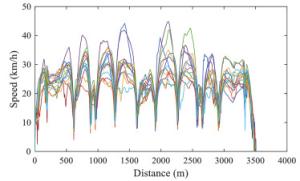
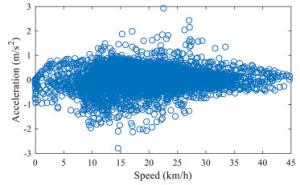
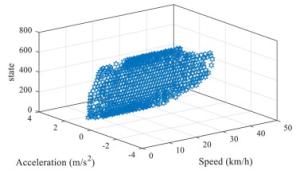
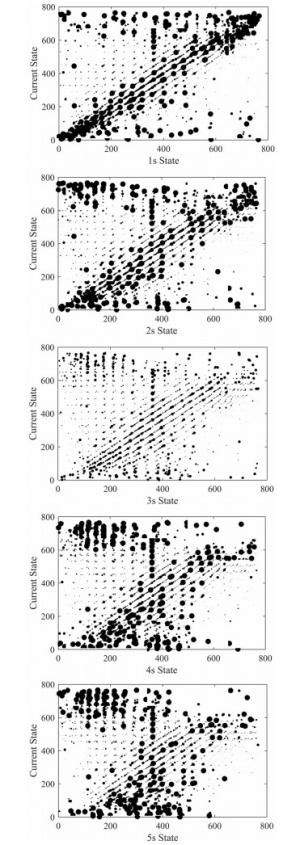
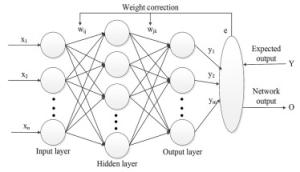



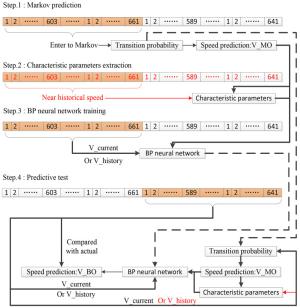
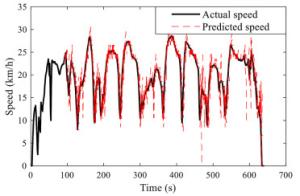
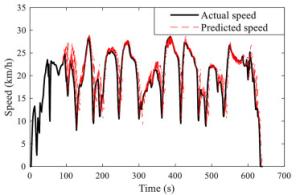
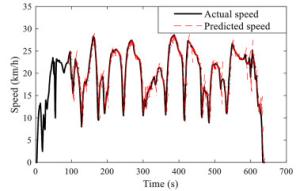
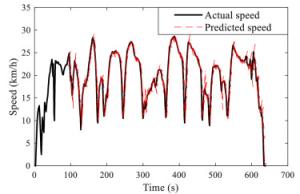
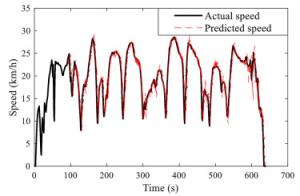

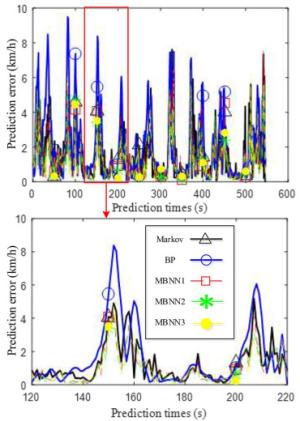
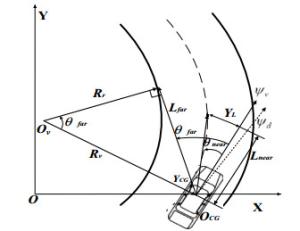
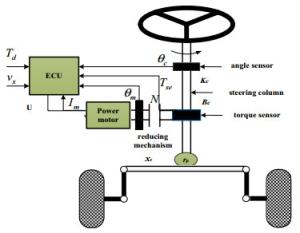
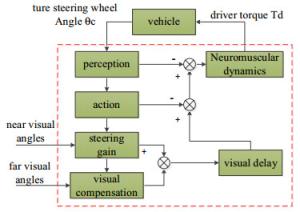
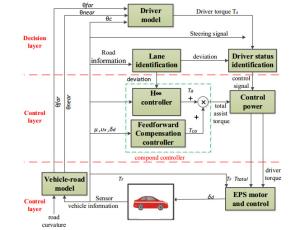
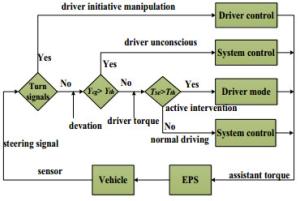
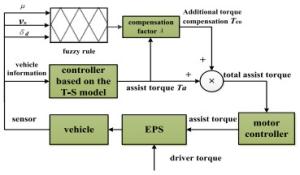
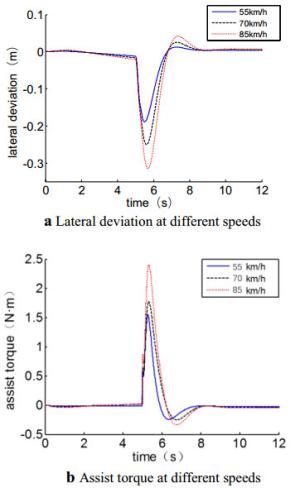
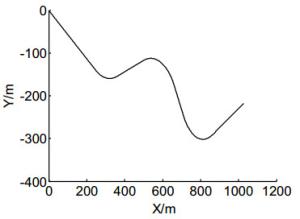
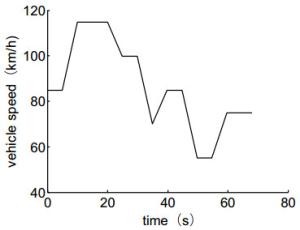
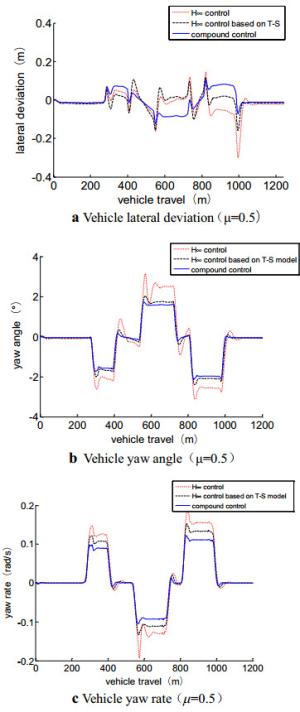
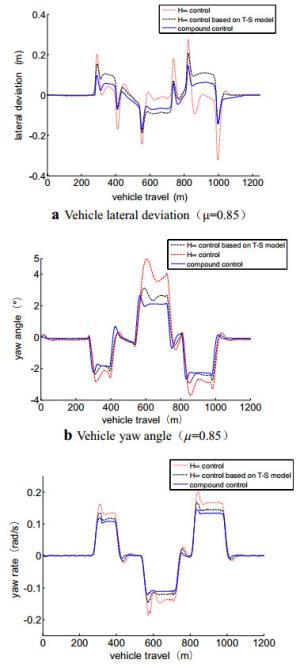
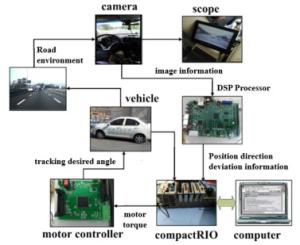
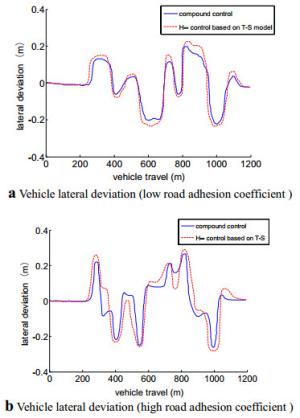
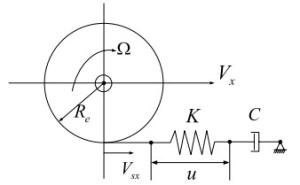
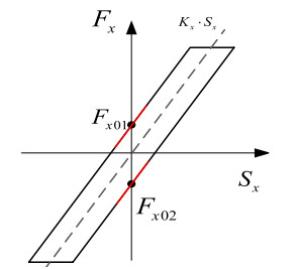
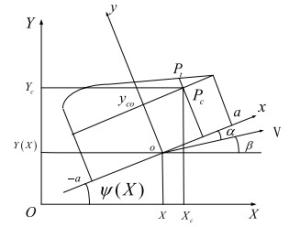
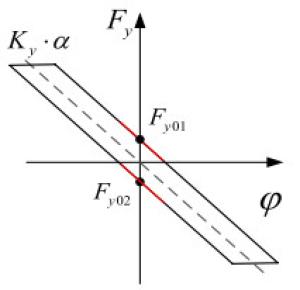
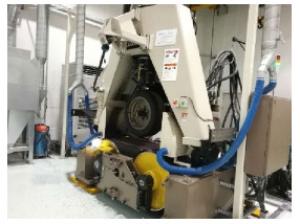
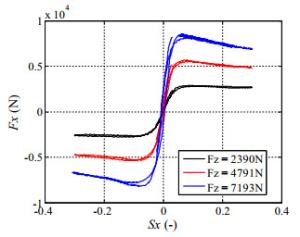
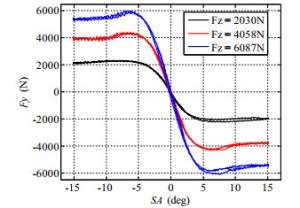
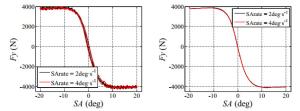
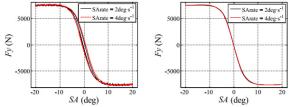
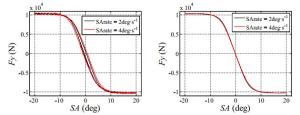

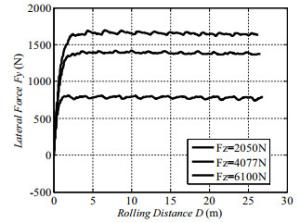


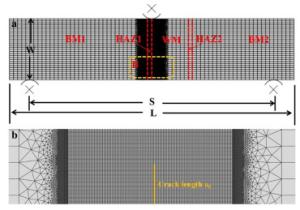
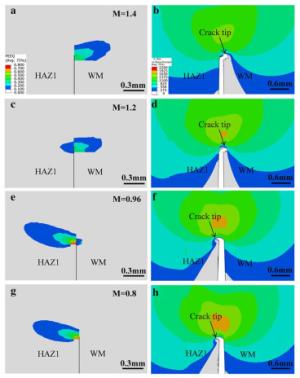
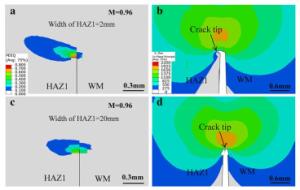
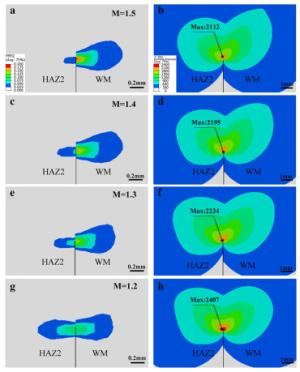
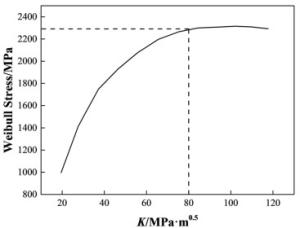
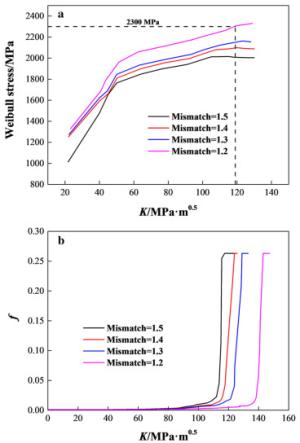
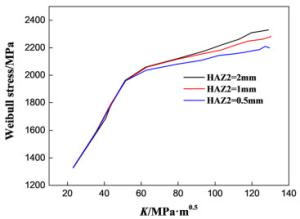
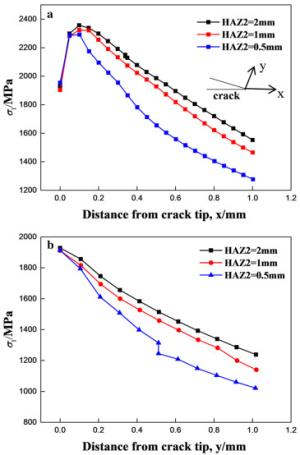
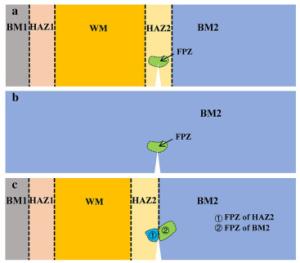
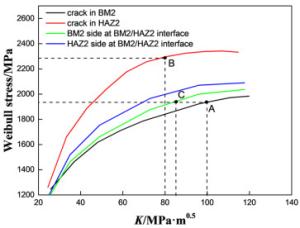

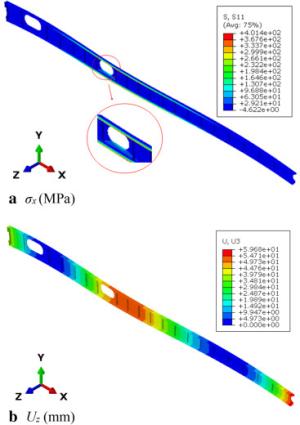
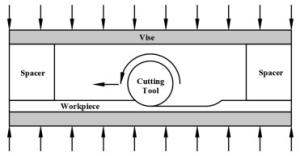

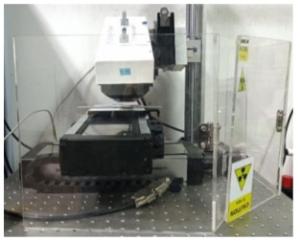
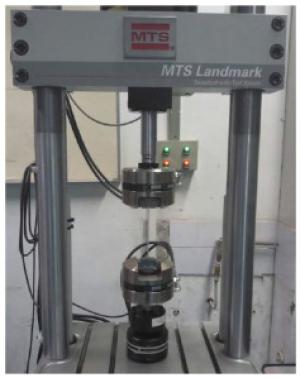
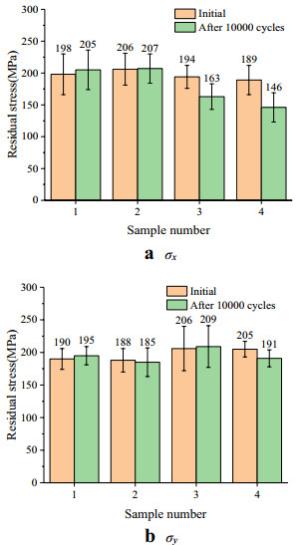
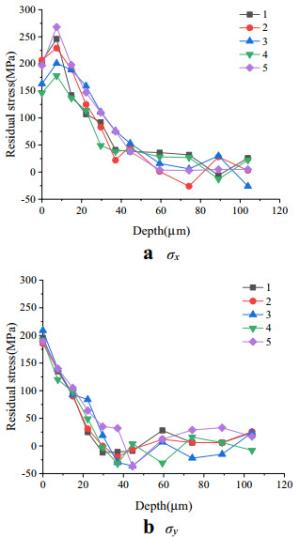
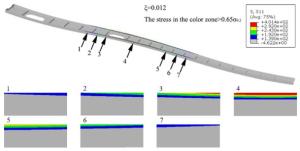
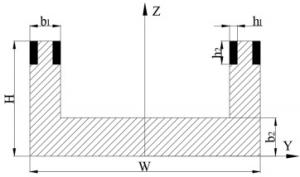
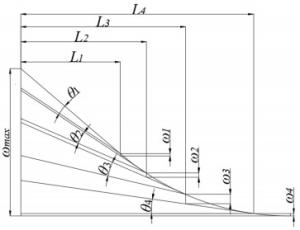
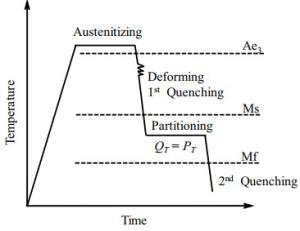
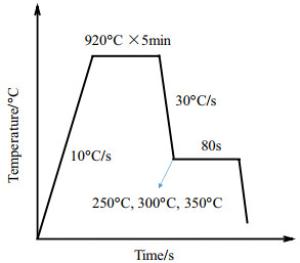
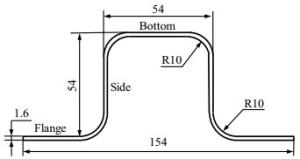

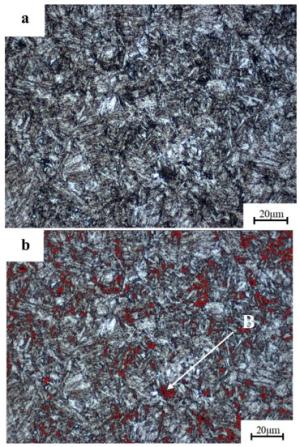
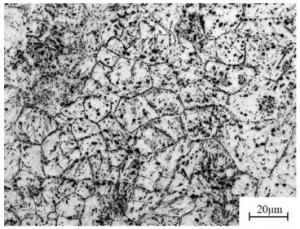
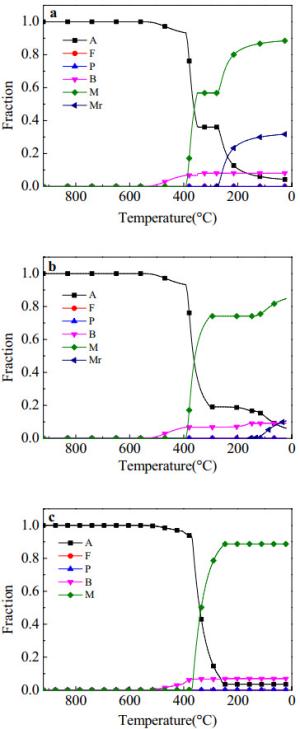
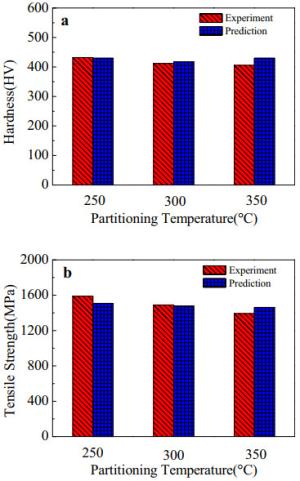
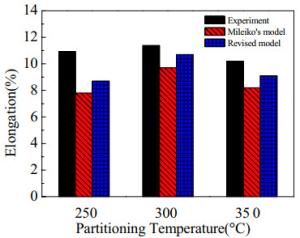
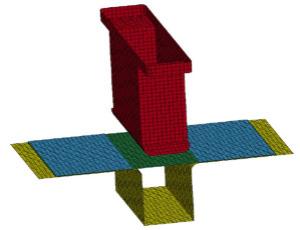
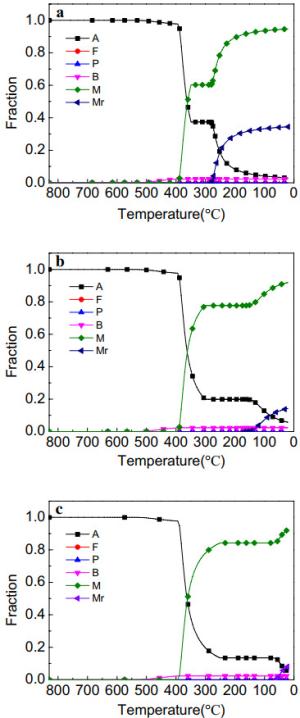
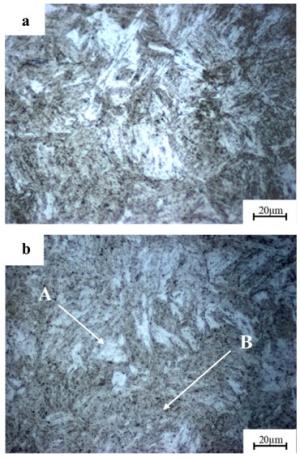
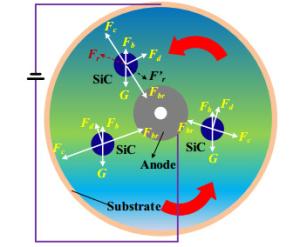
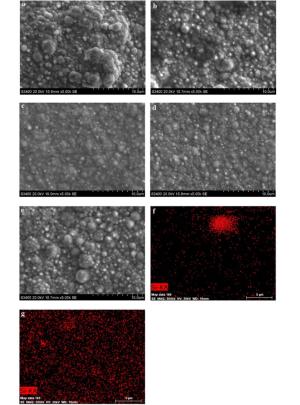
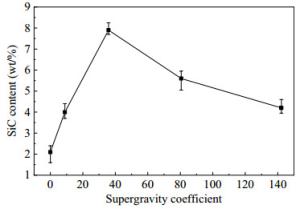

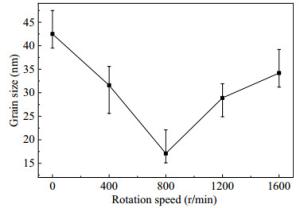
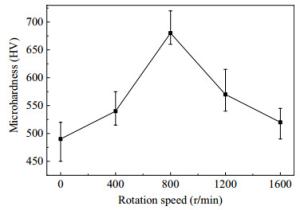
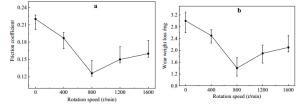
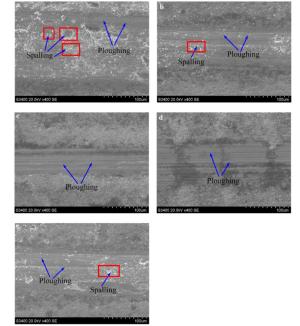
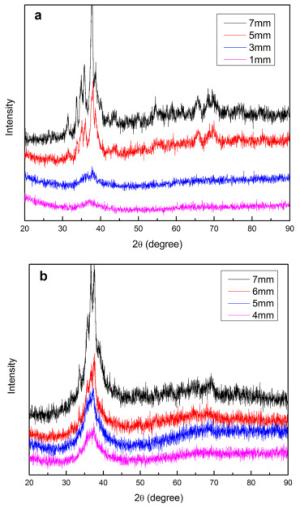
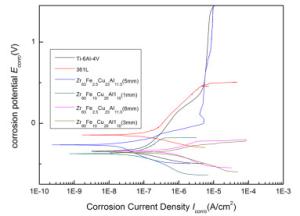
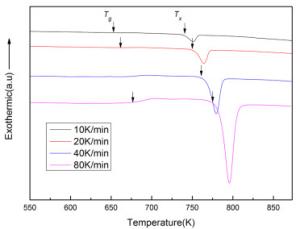
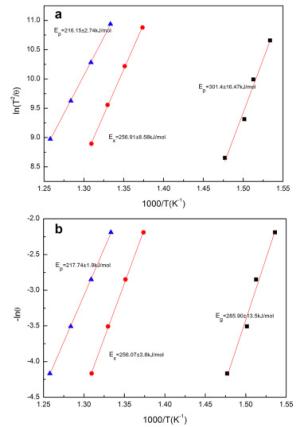
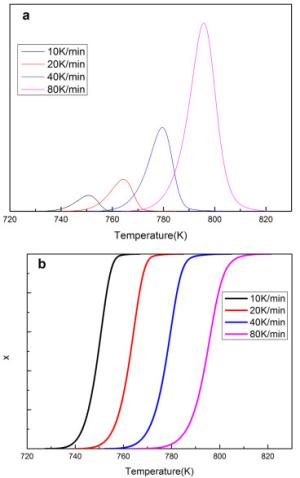
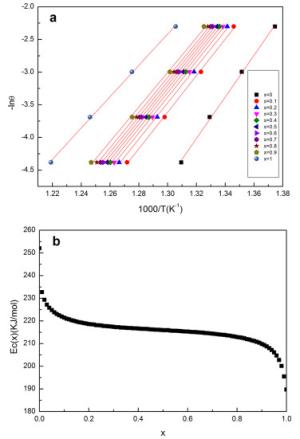
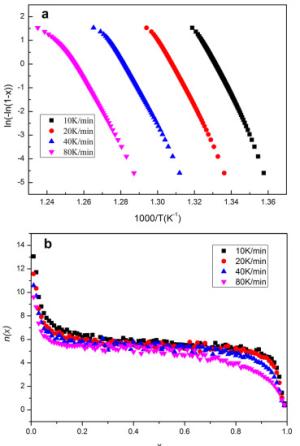
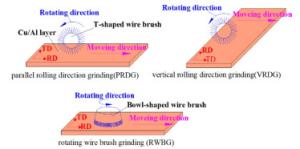
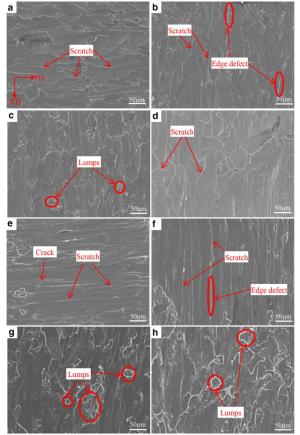
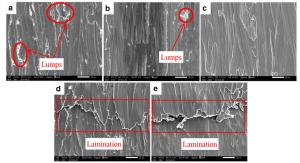
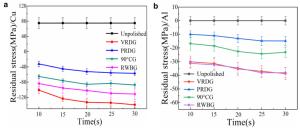
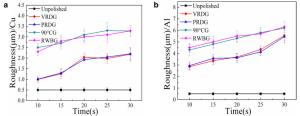
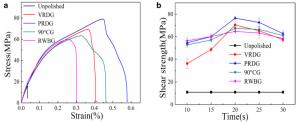
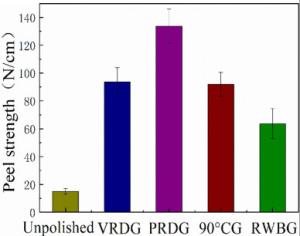
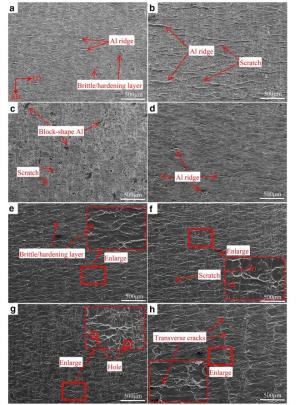
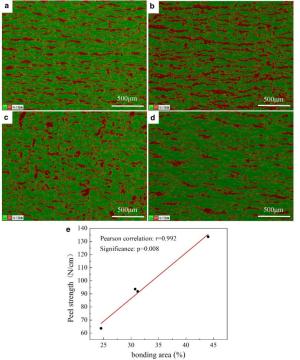
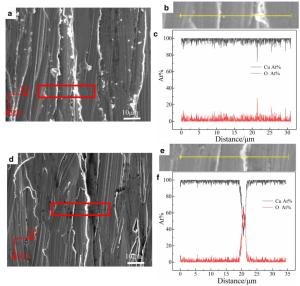
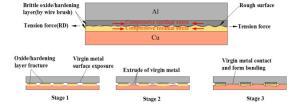

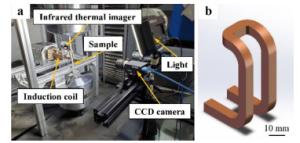
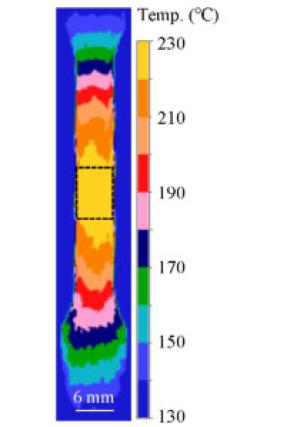
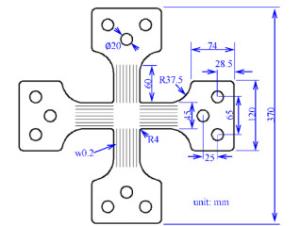
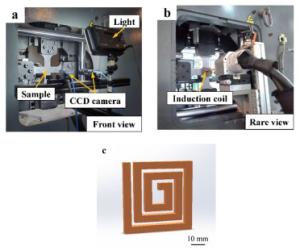
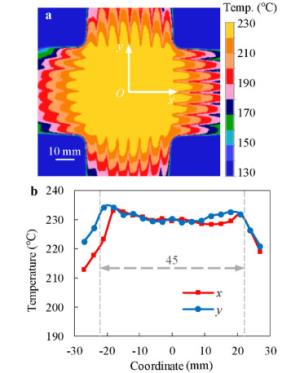
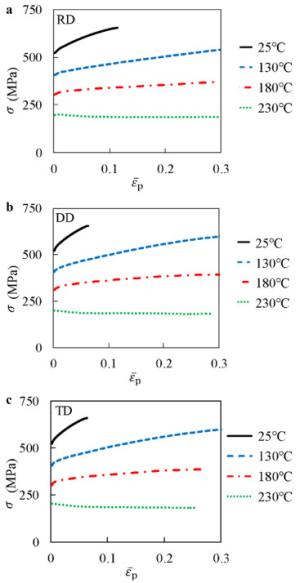
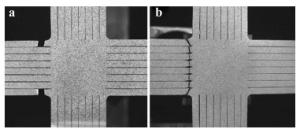
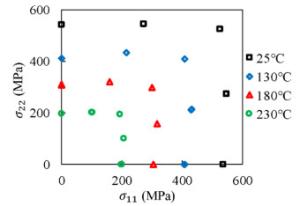
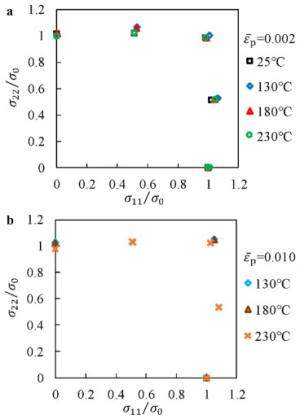
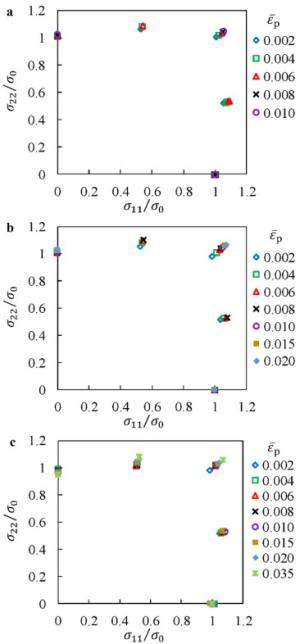
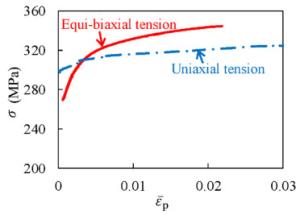
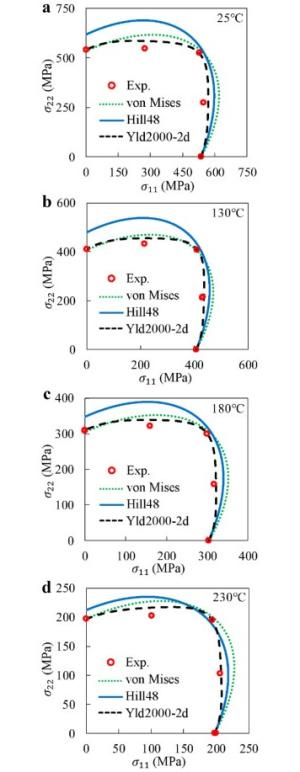
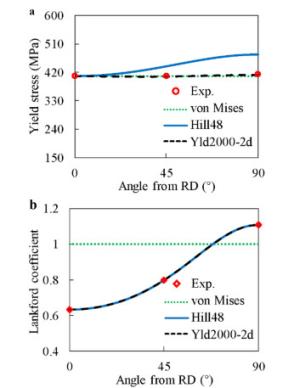
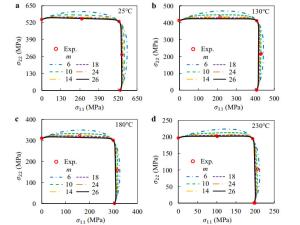
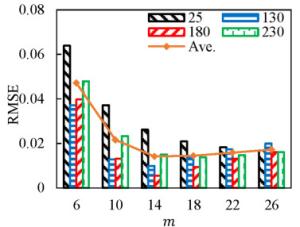
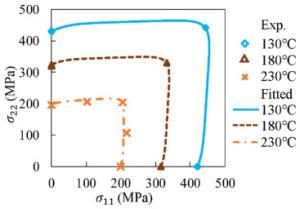
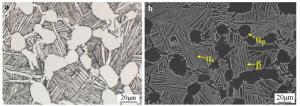
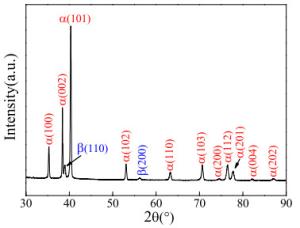
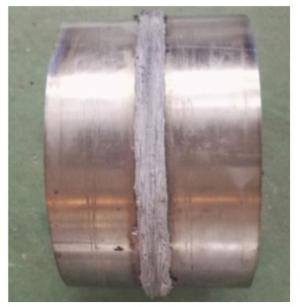
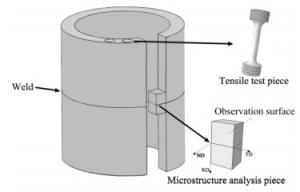

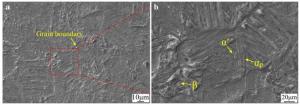
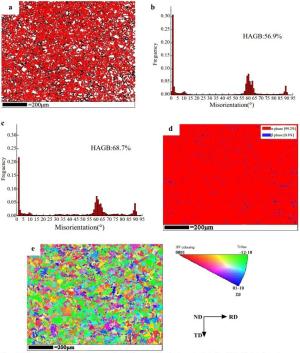

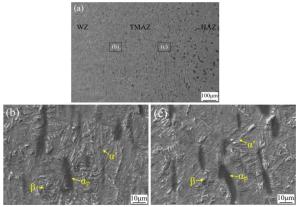

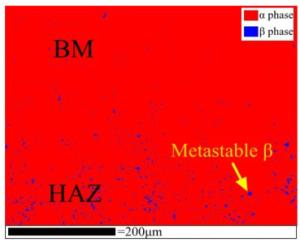
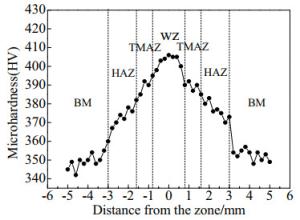
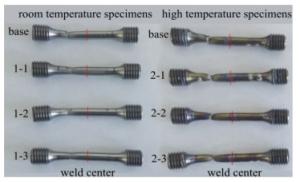
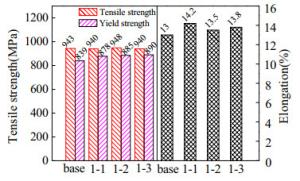
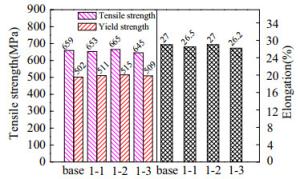
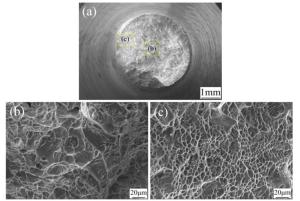
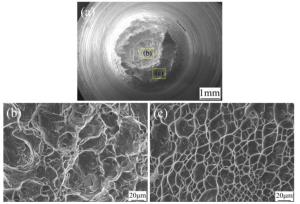
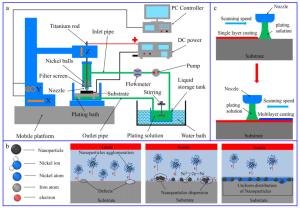
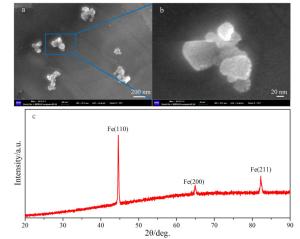
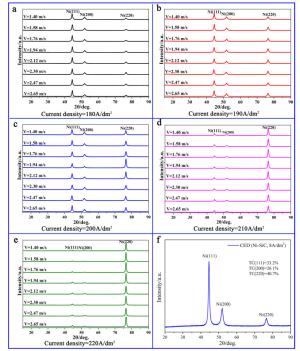
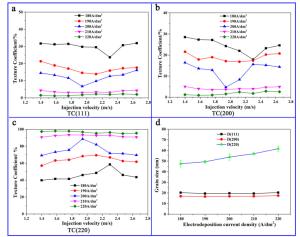
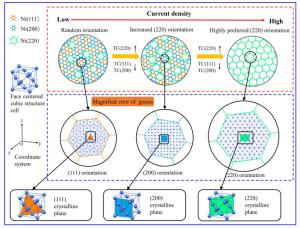
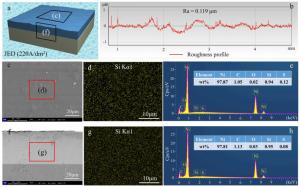
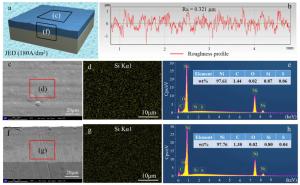
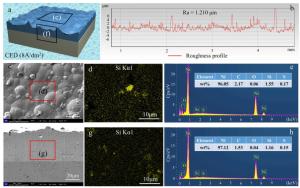
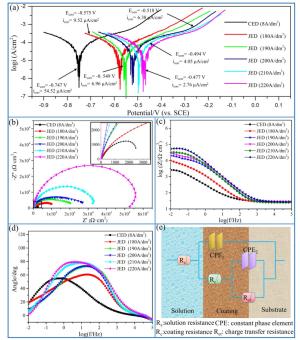
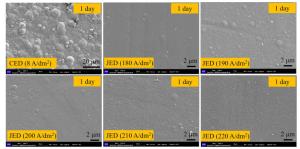
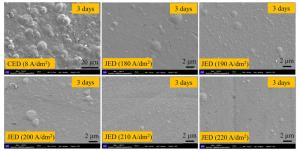

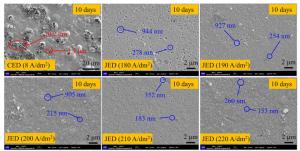
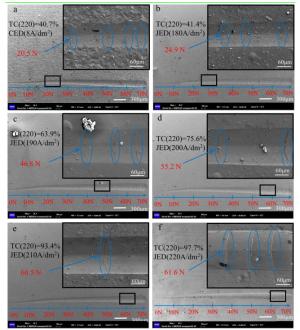
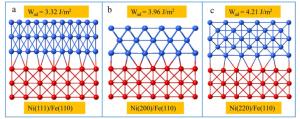
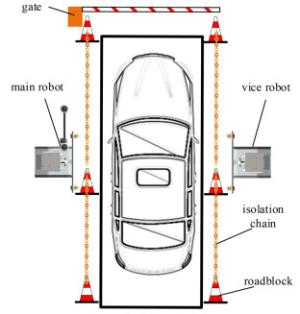
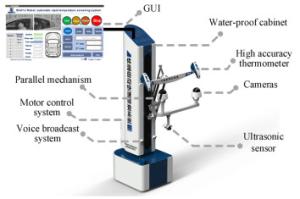
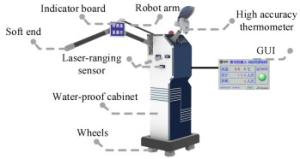
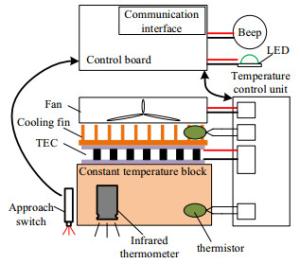
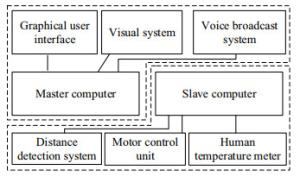
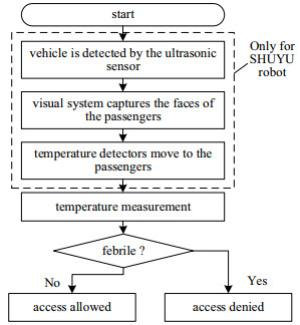


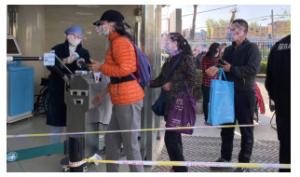

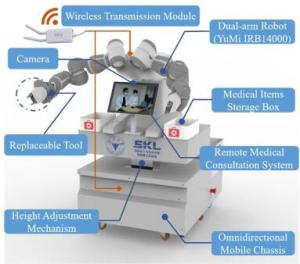
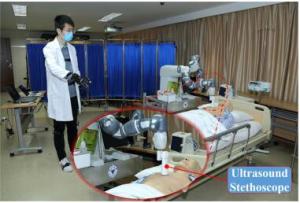
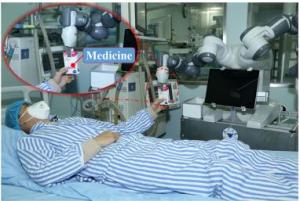
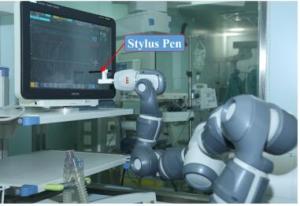
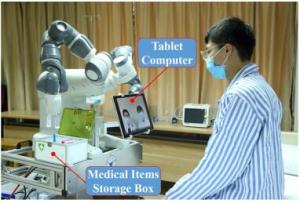
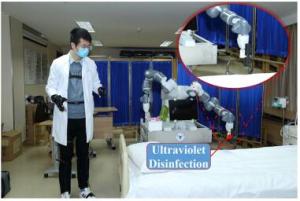
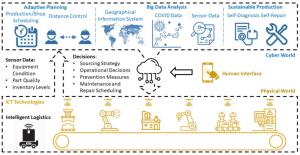



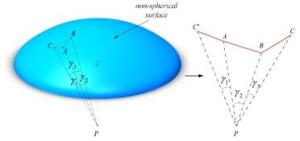
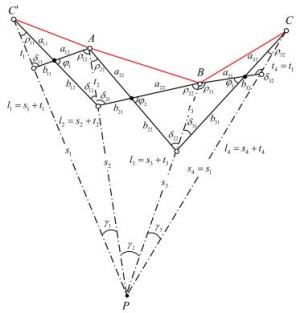
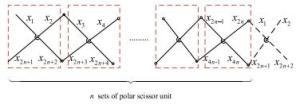
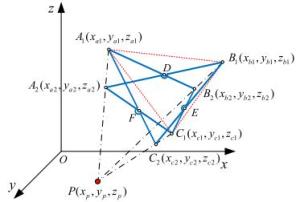
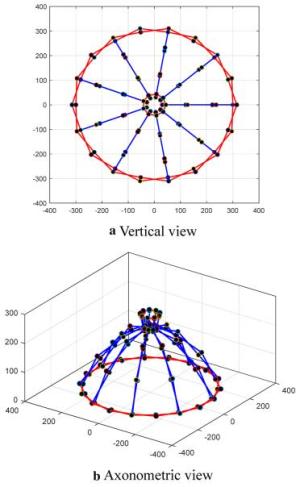
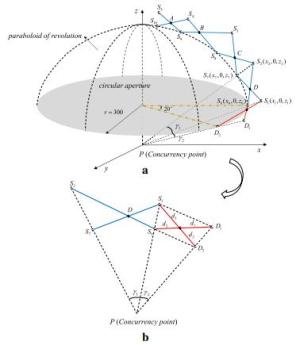
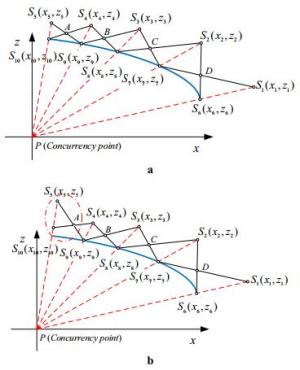
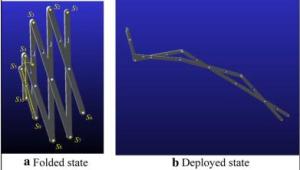
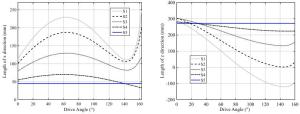

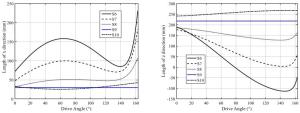
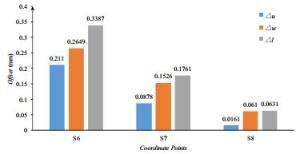



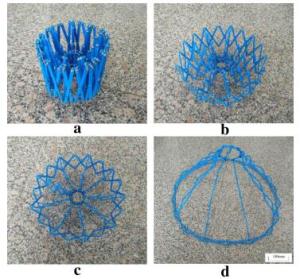


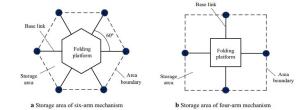
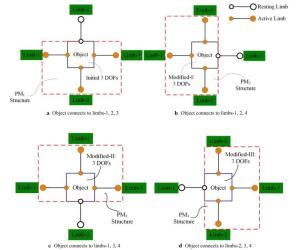
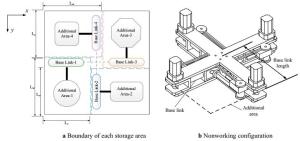
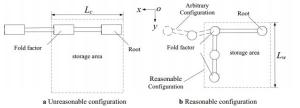
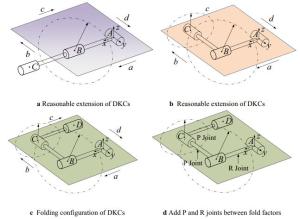


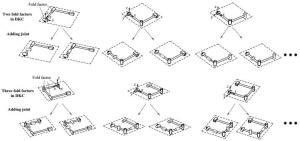


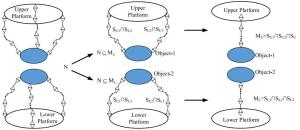
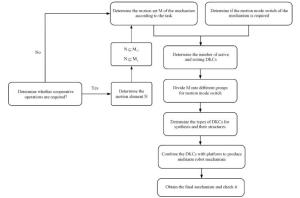



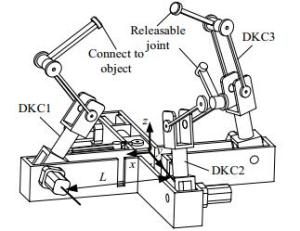
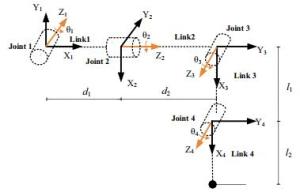
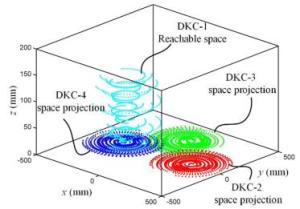
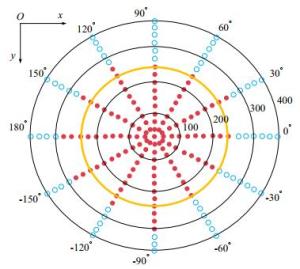

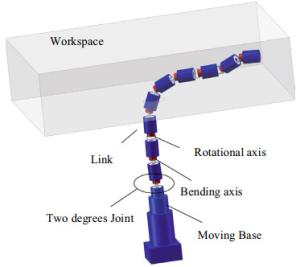
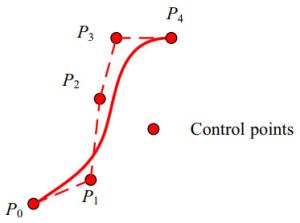
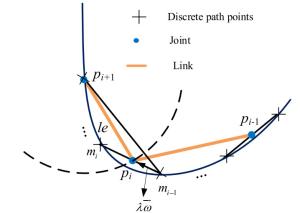
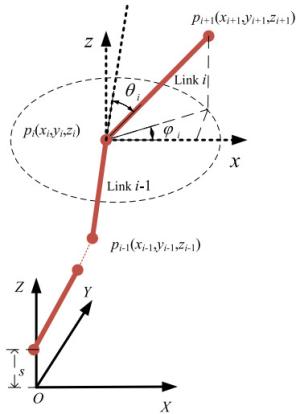
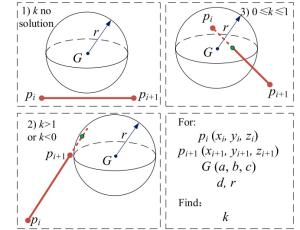
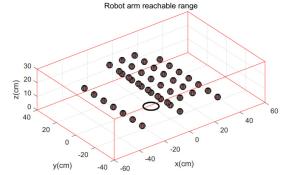
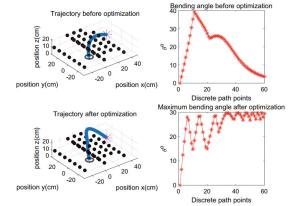
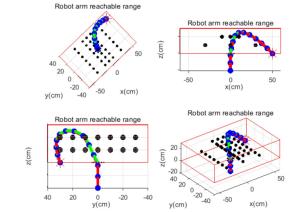
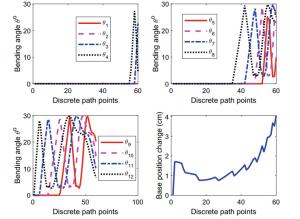
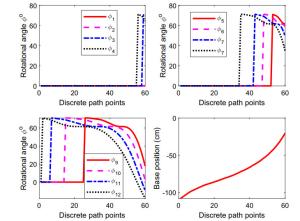
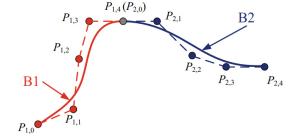
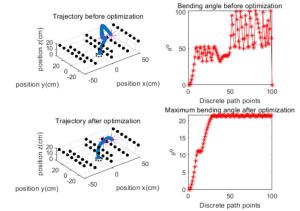
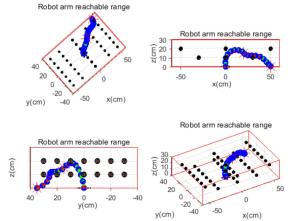
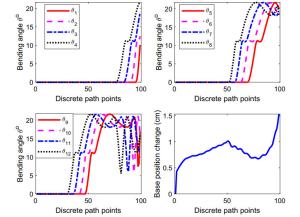
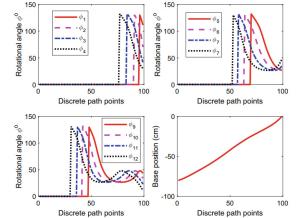
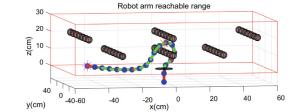
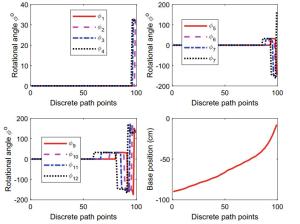
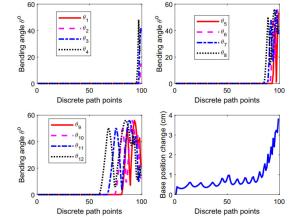
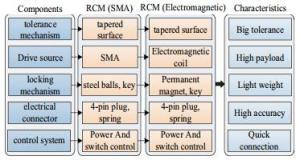
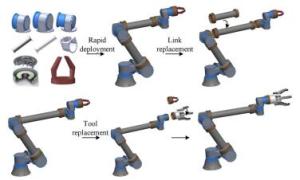
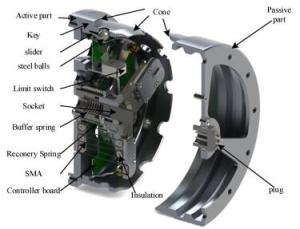
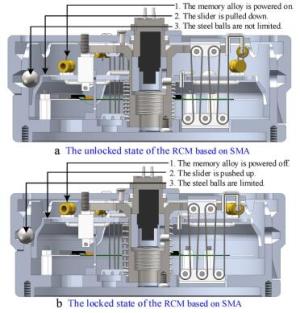
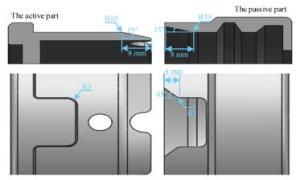
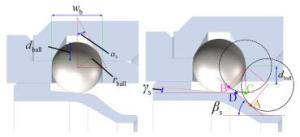
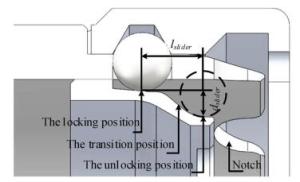
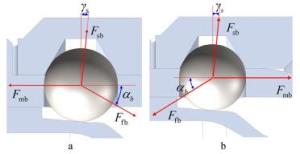
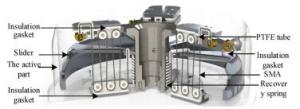
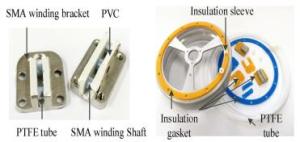
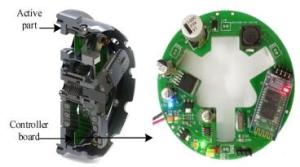

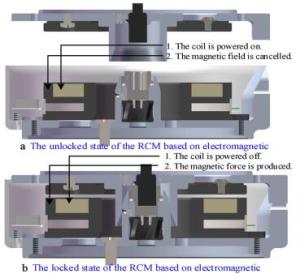
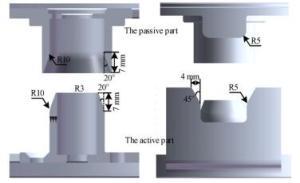
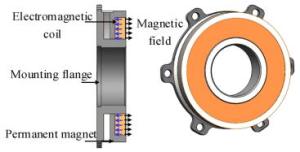
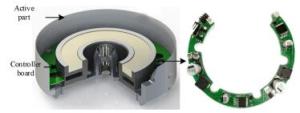


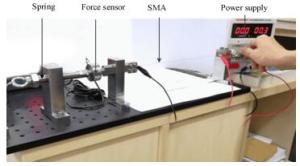
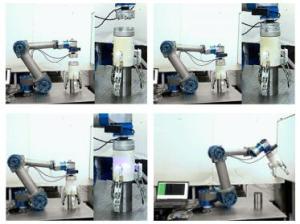

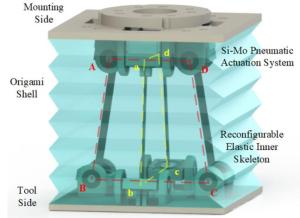
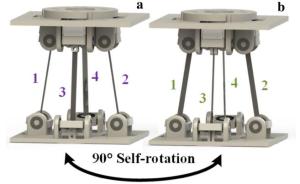
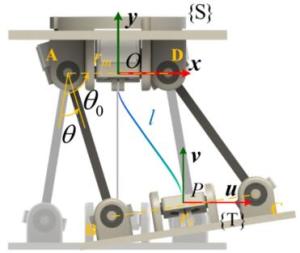
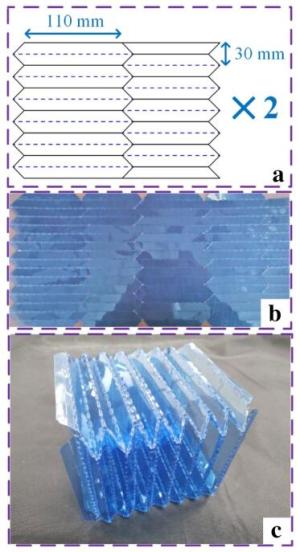
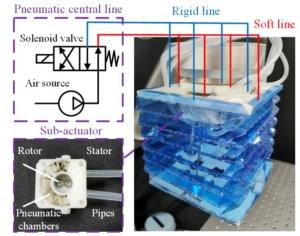
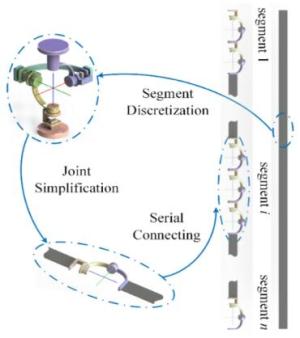
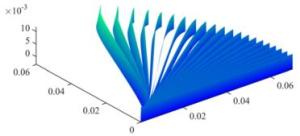
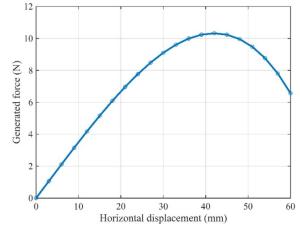
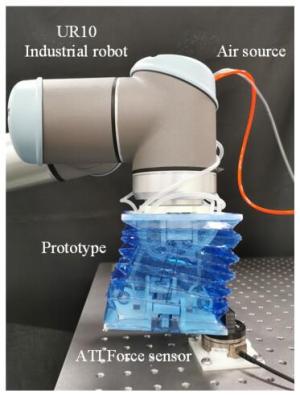
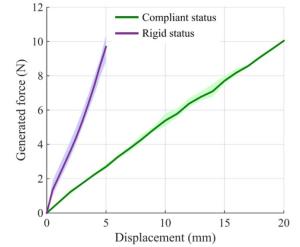
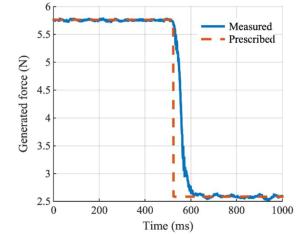
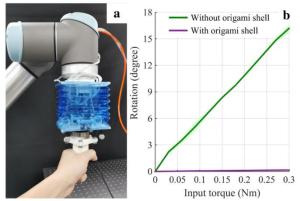
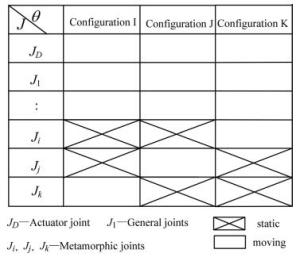
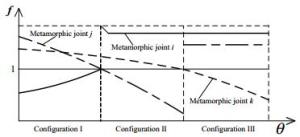
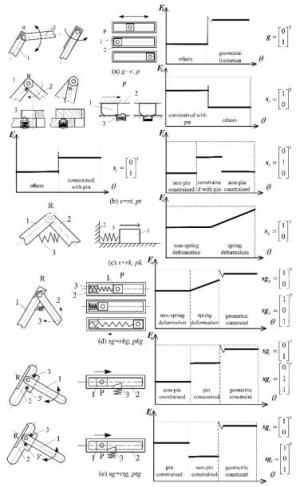


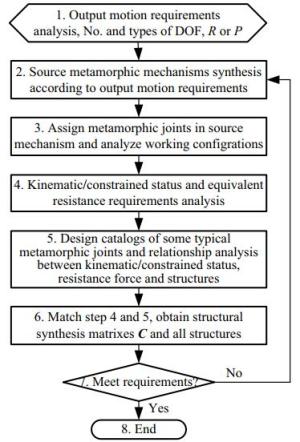
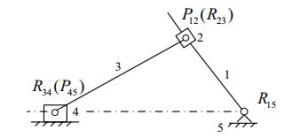
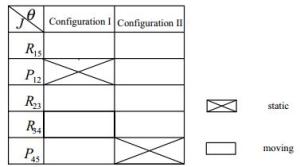
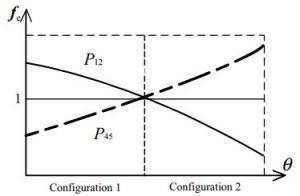
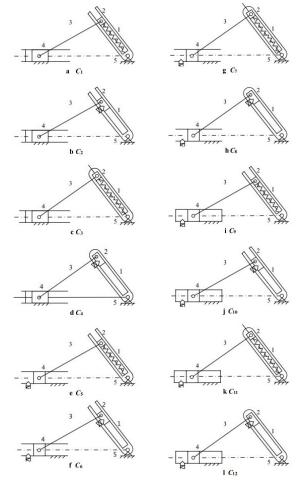

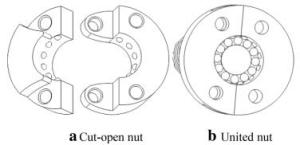
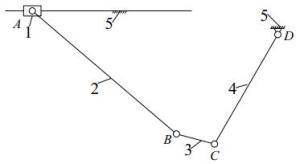
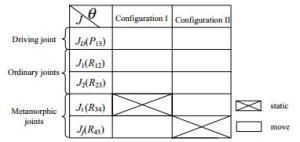
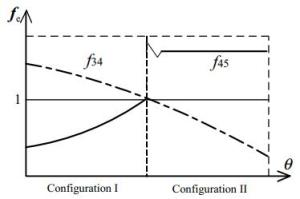
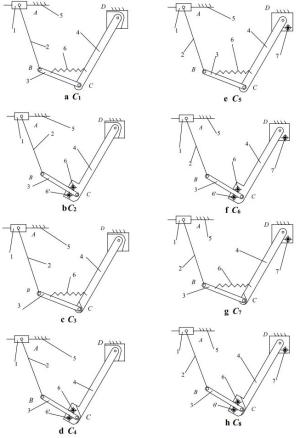
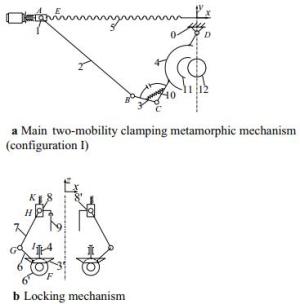
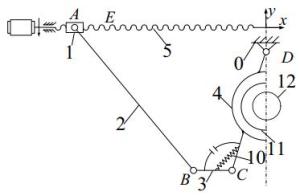
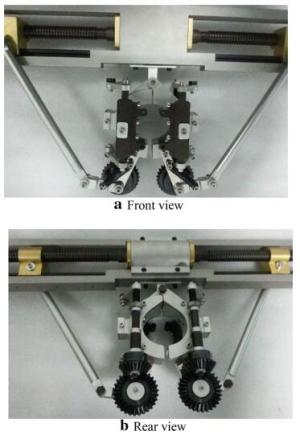
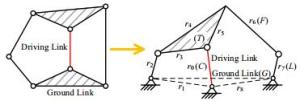
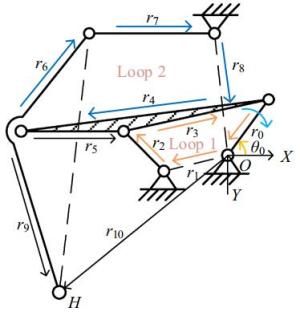
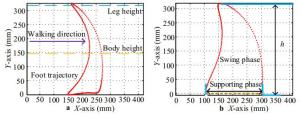
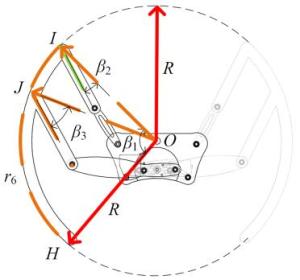
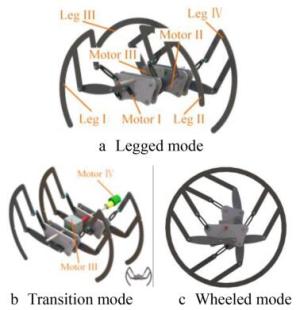
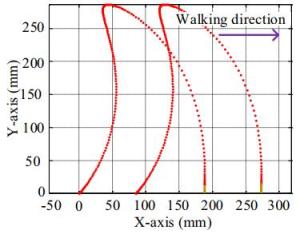
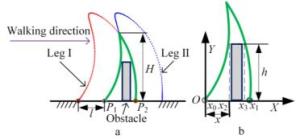
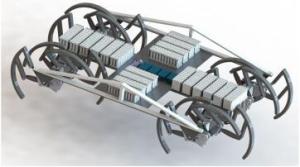
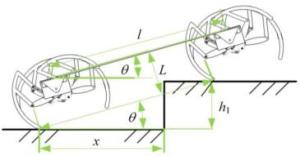

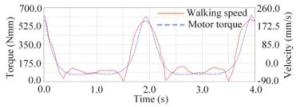

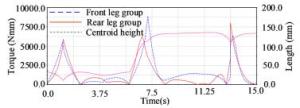
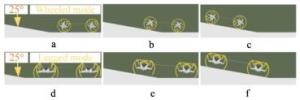

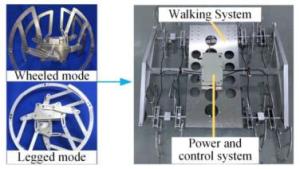

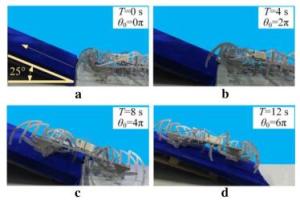
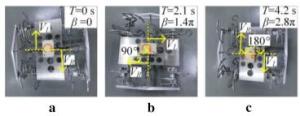
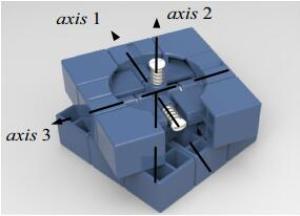
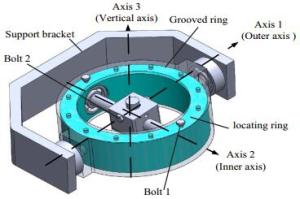
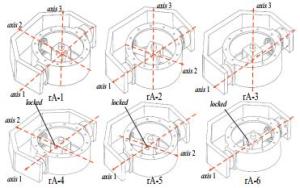
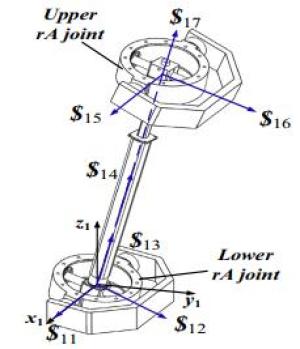
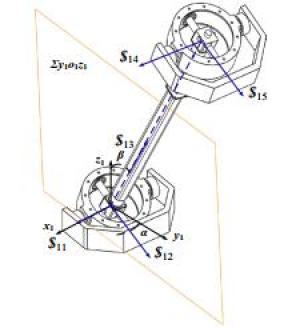
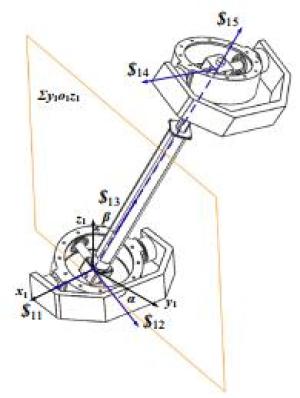
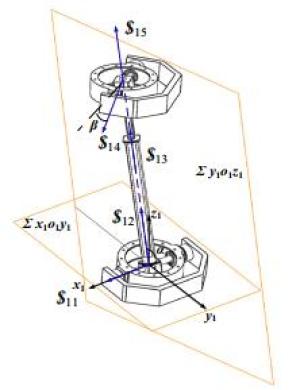
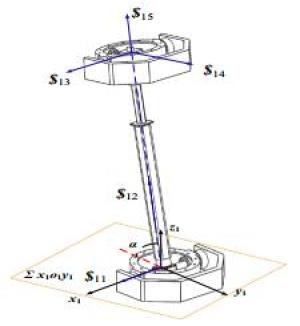
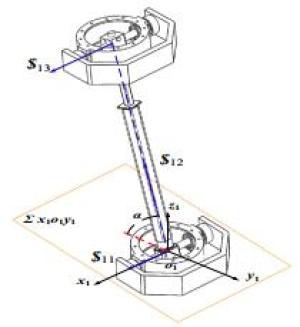
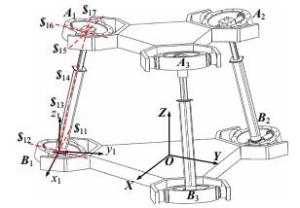
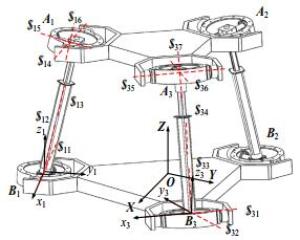

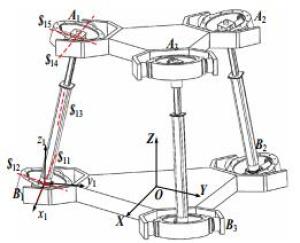
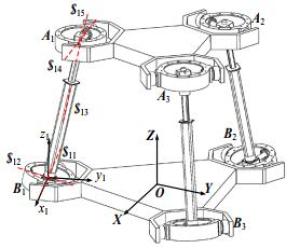
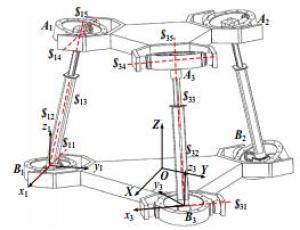
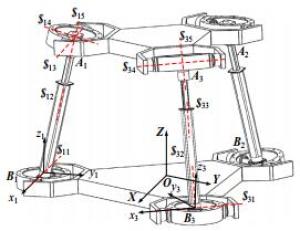
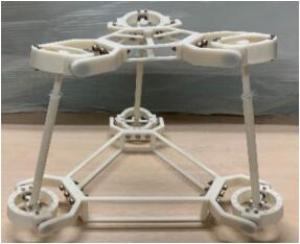

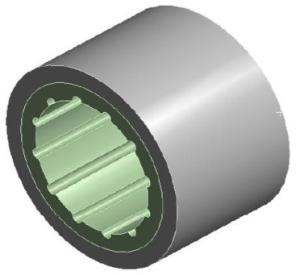
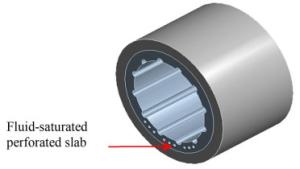
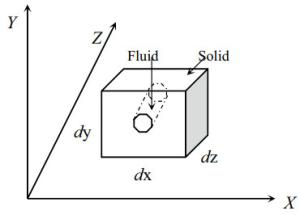
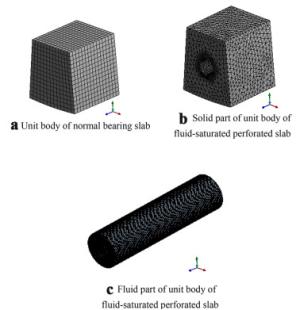
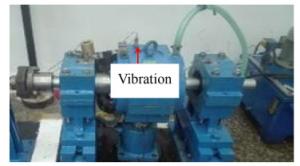
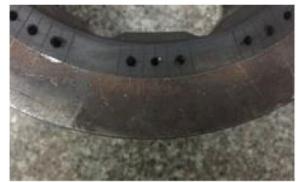
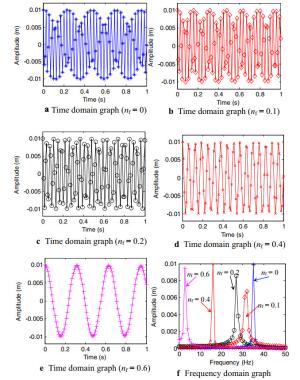
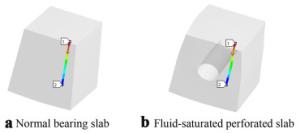
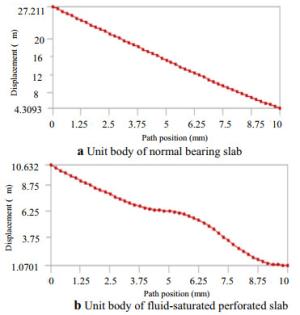
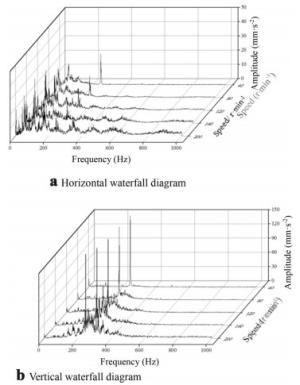

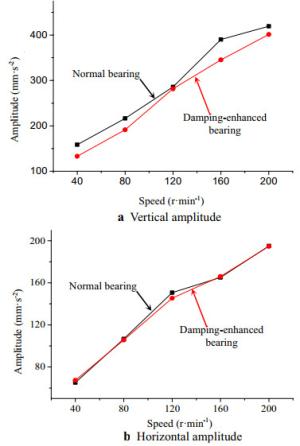
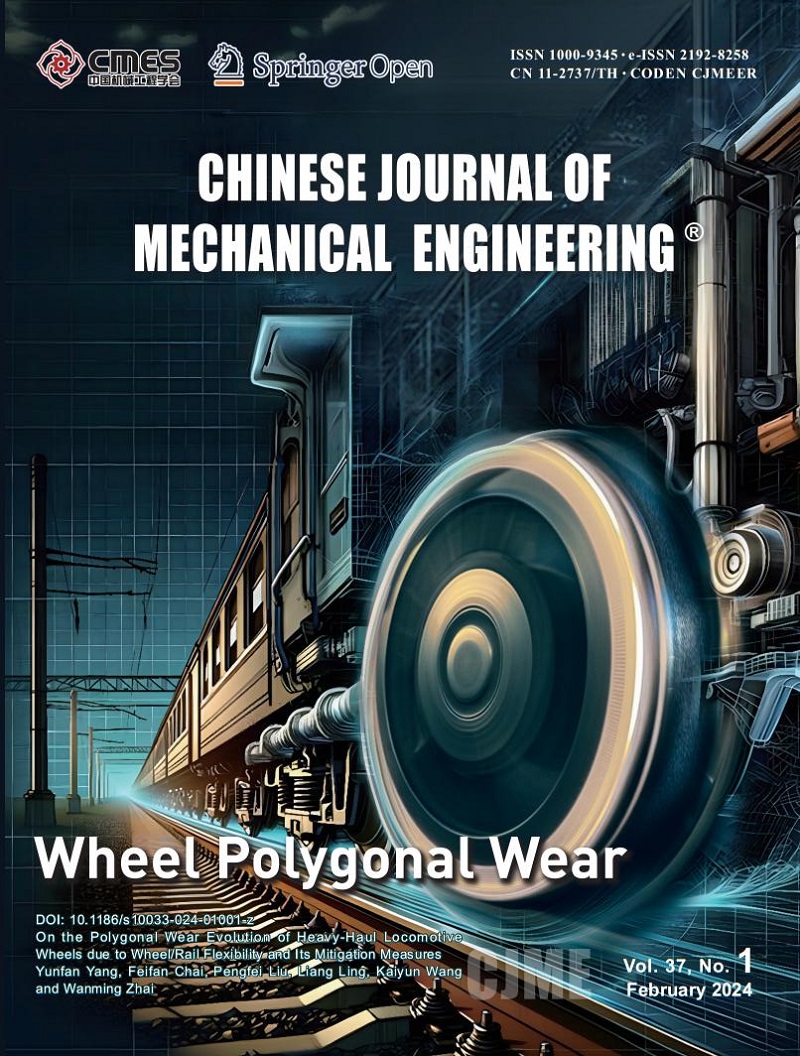
 E-mail Alerts
E-mail Alerts
